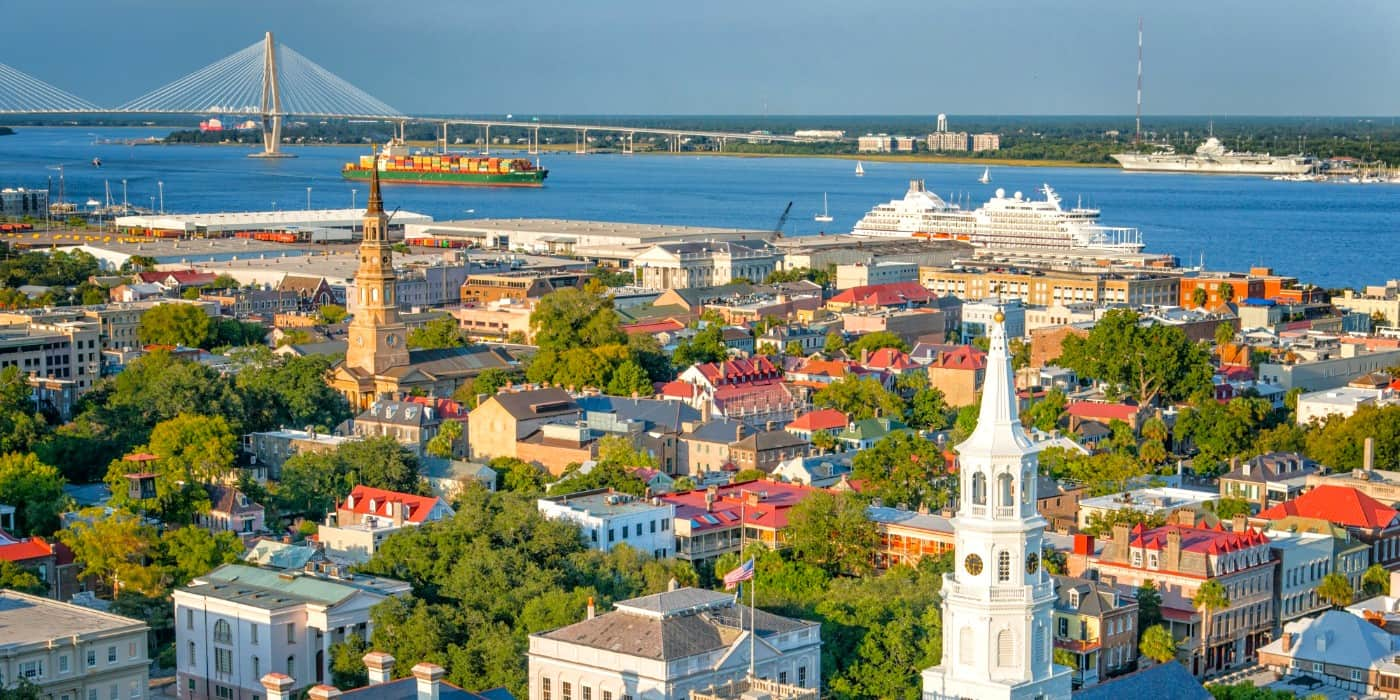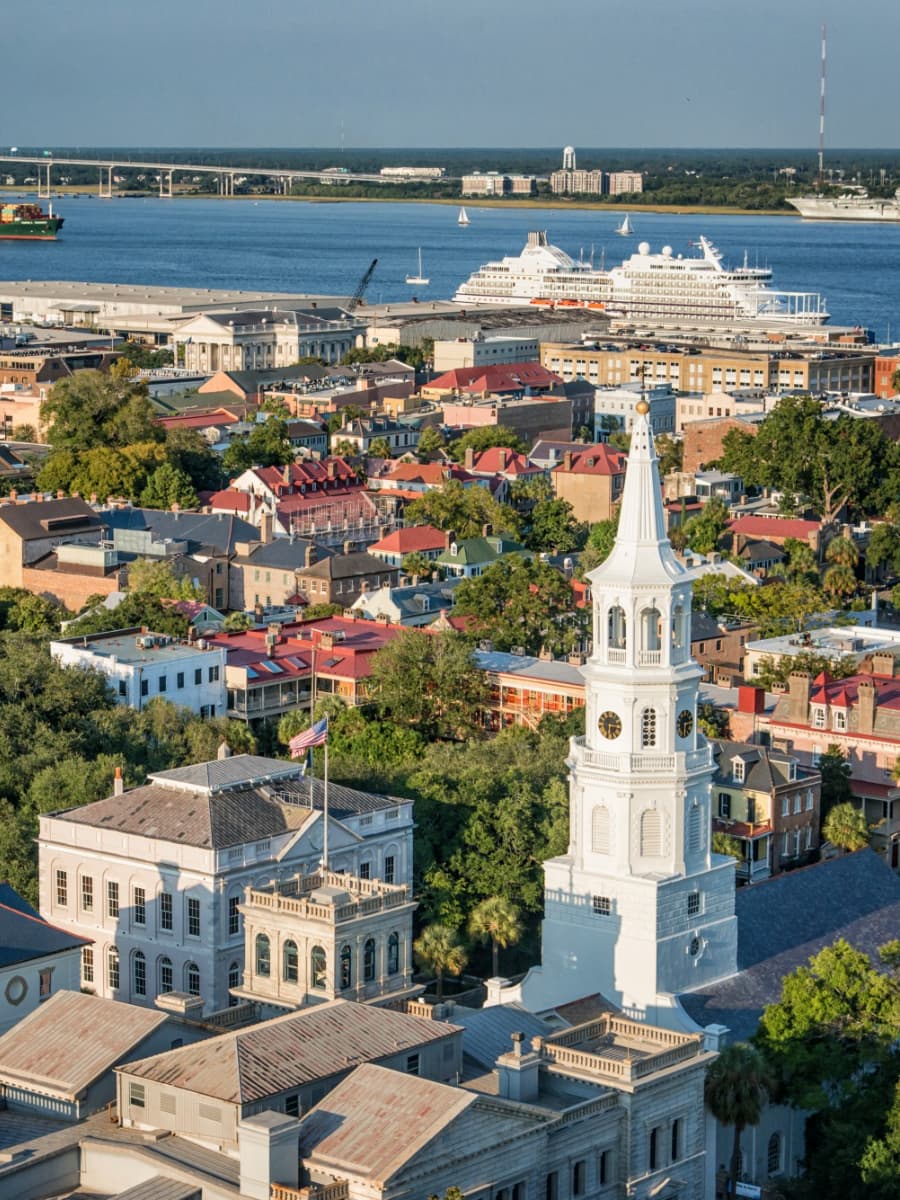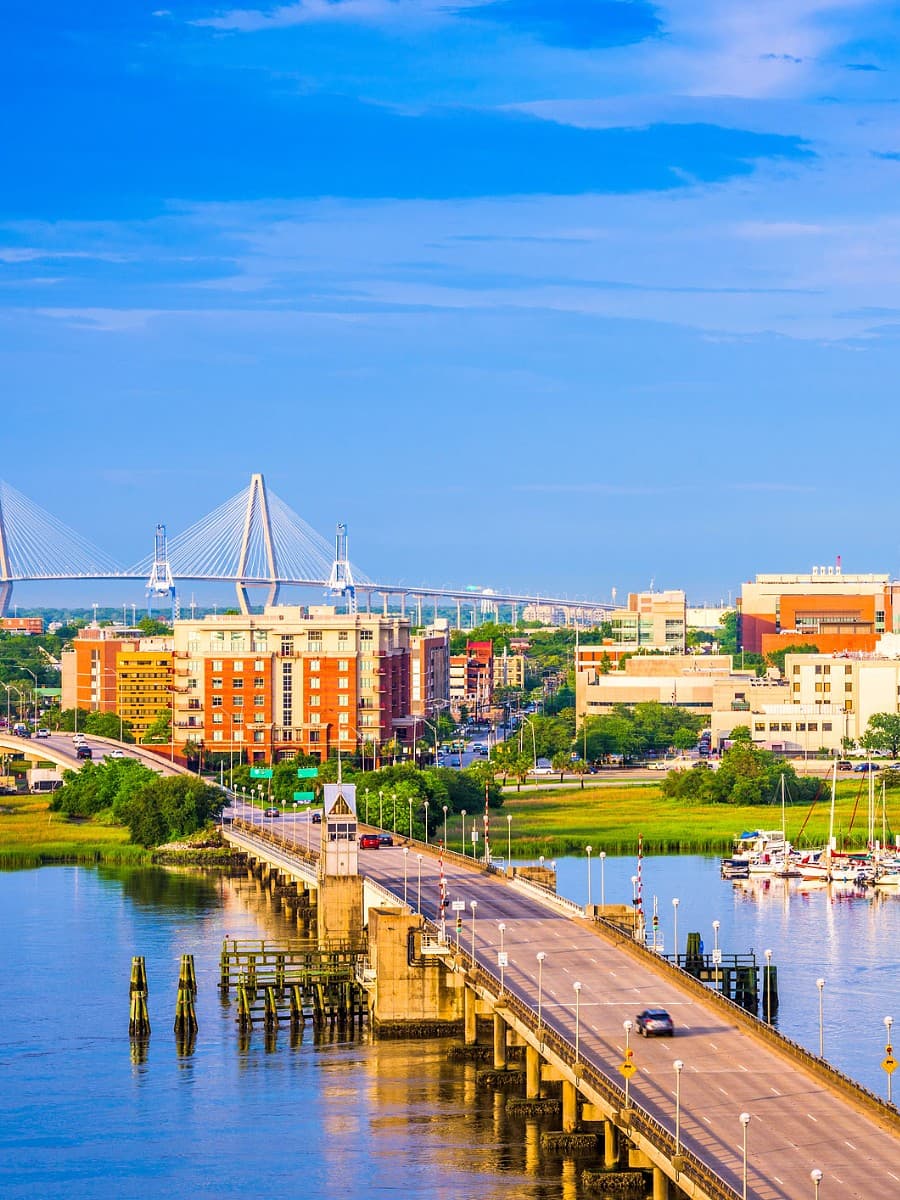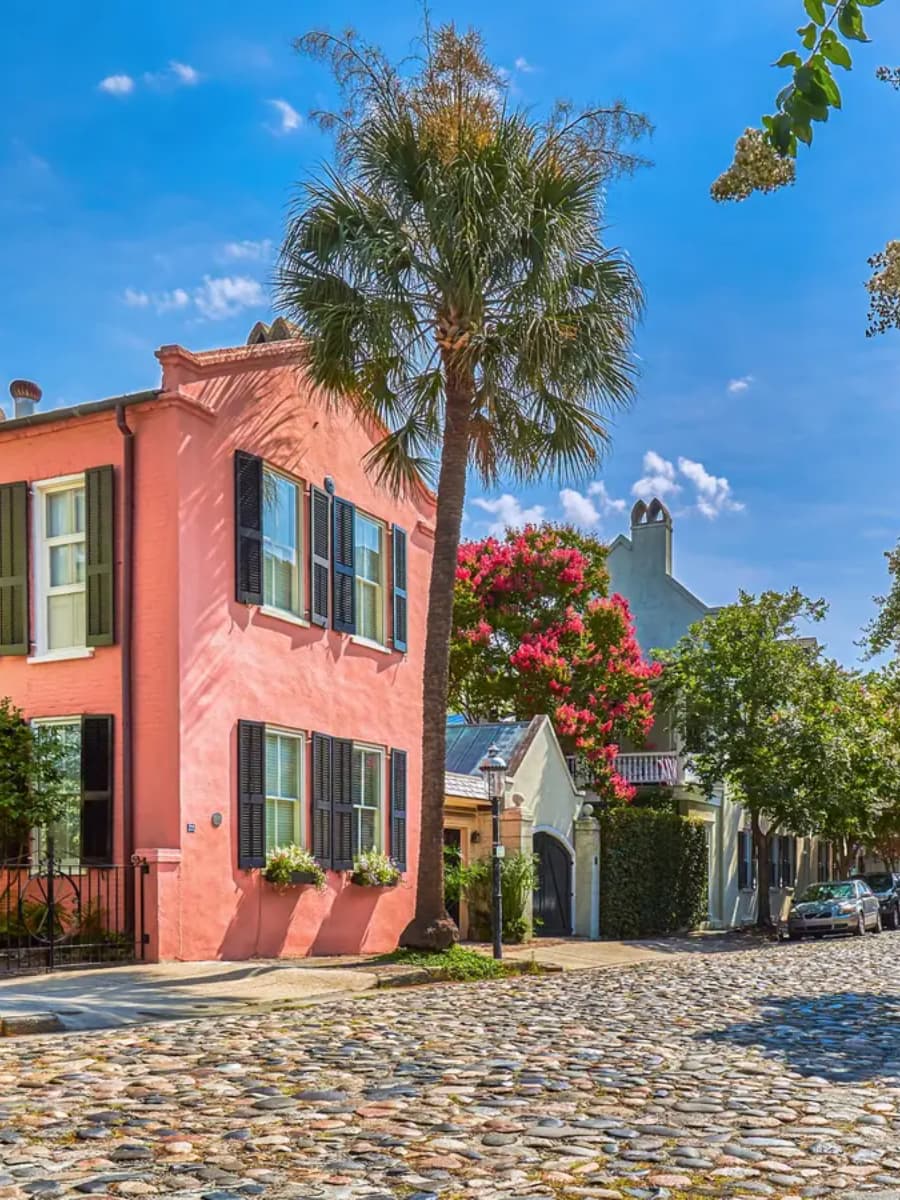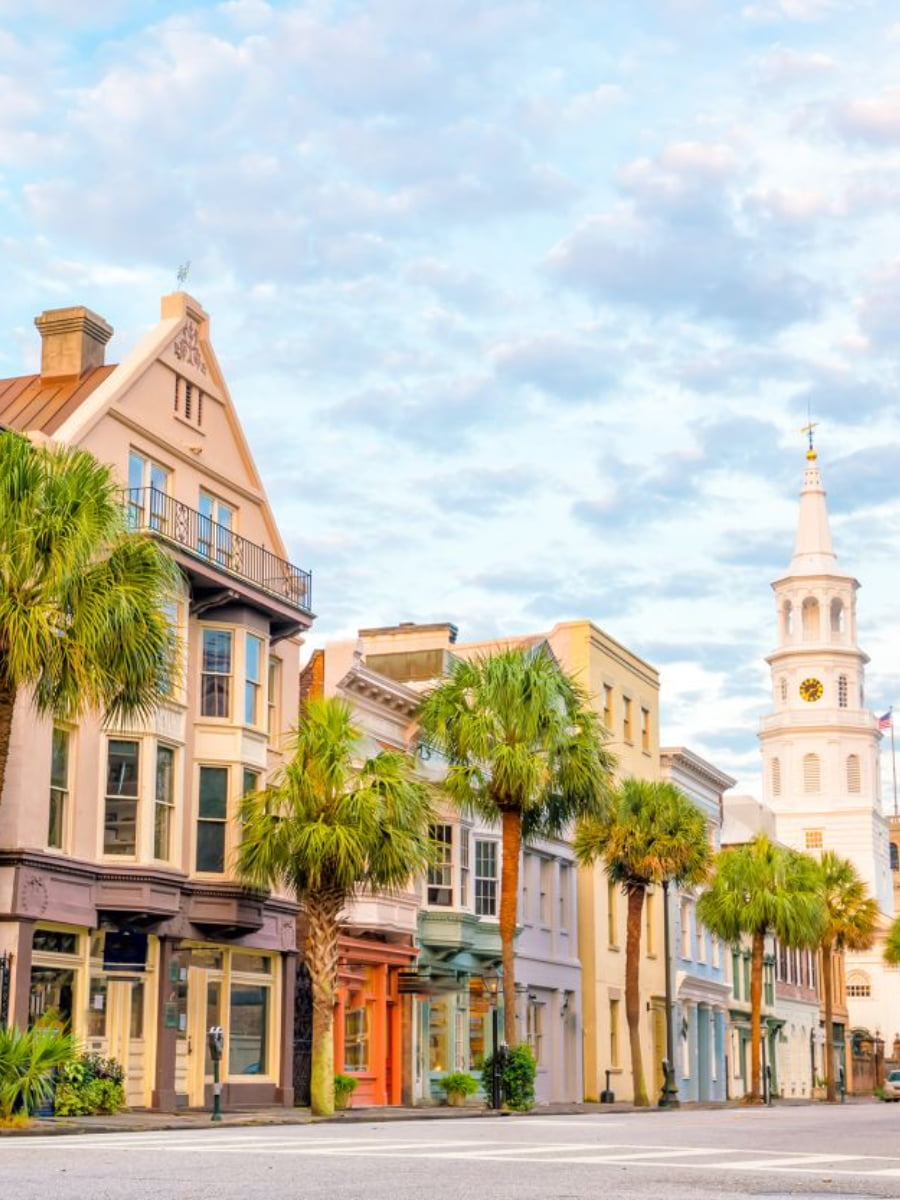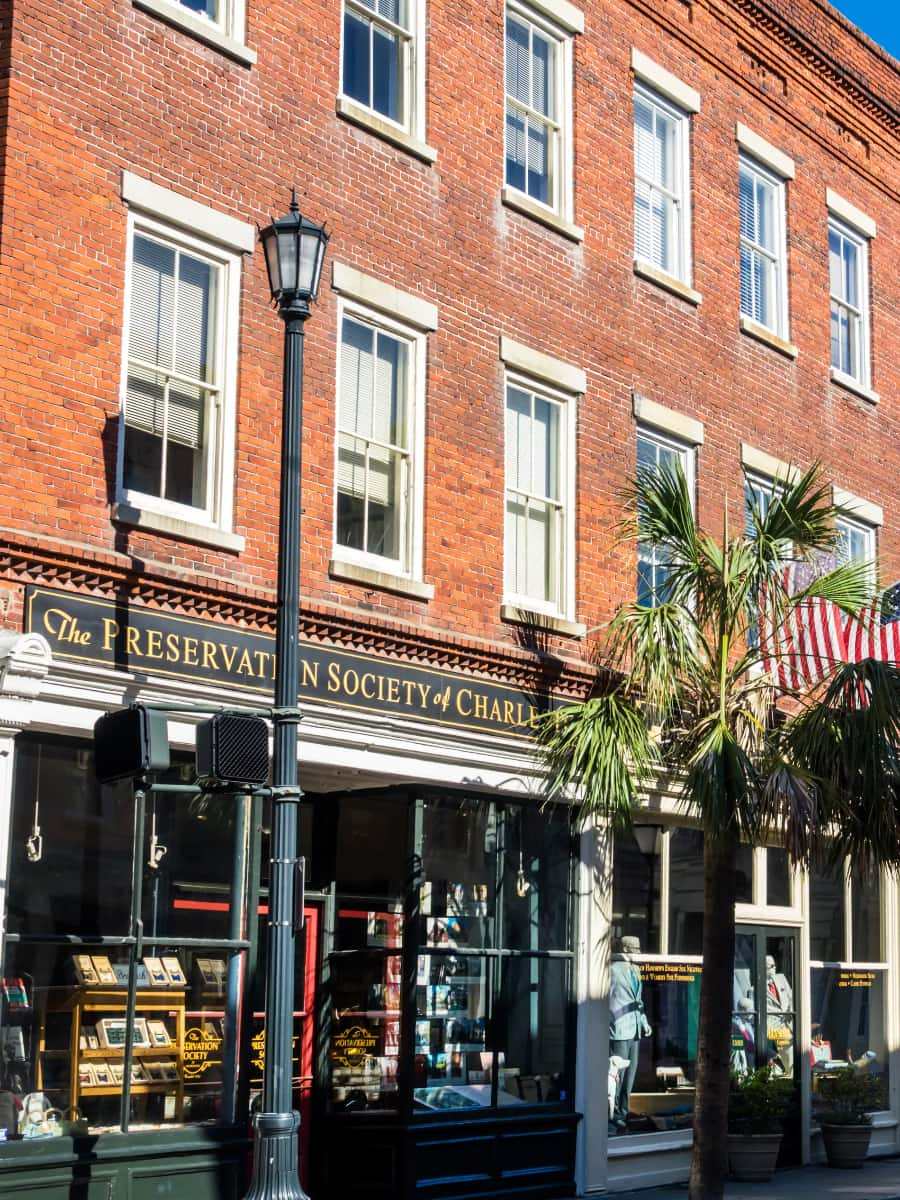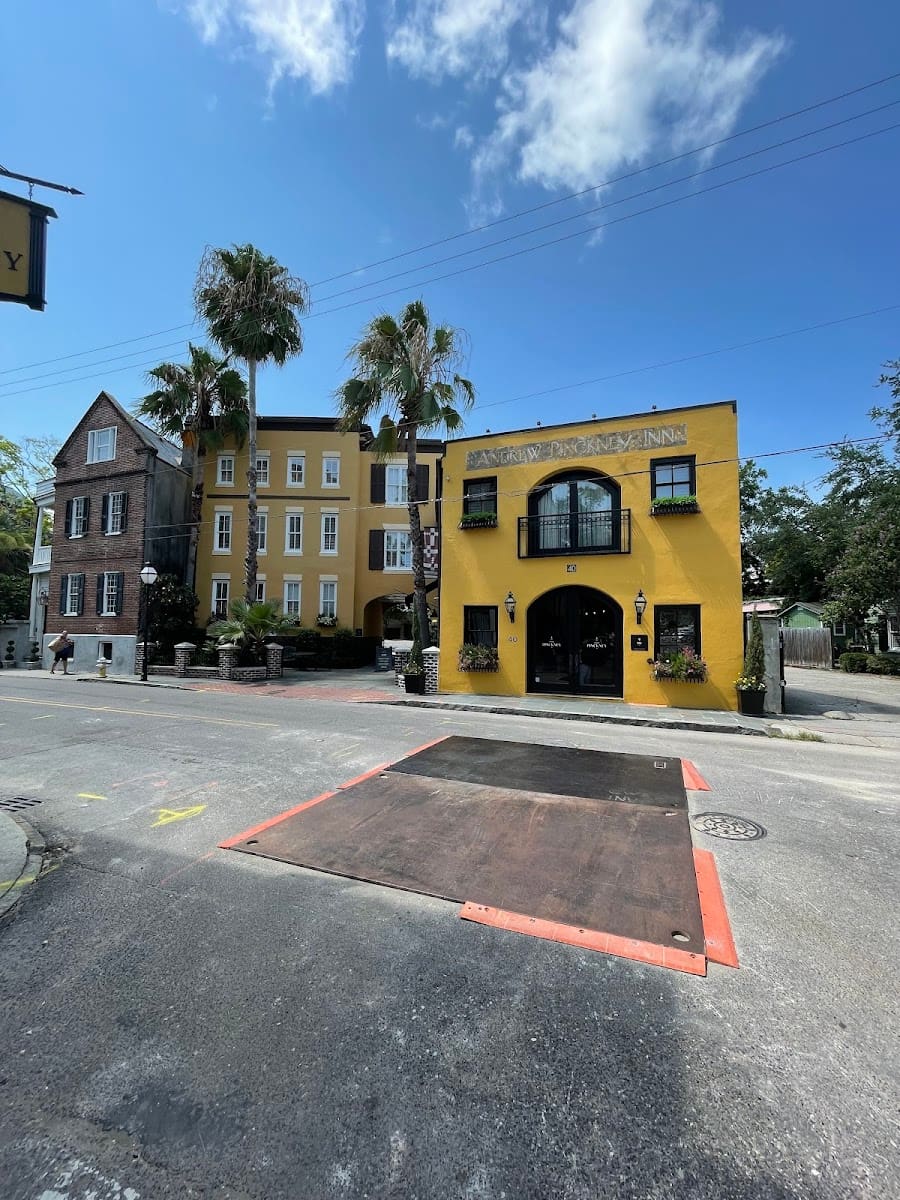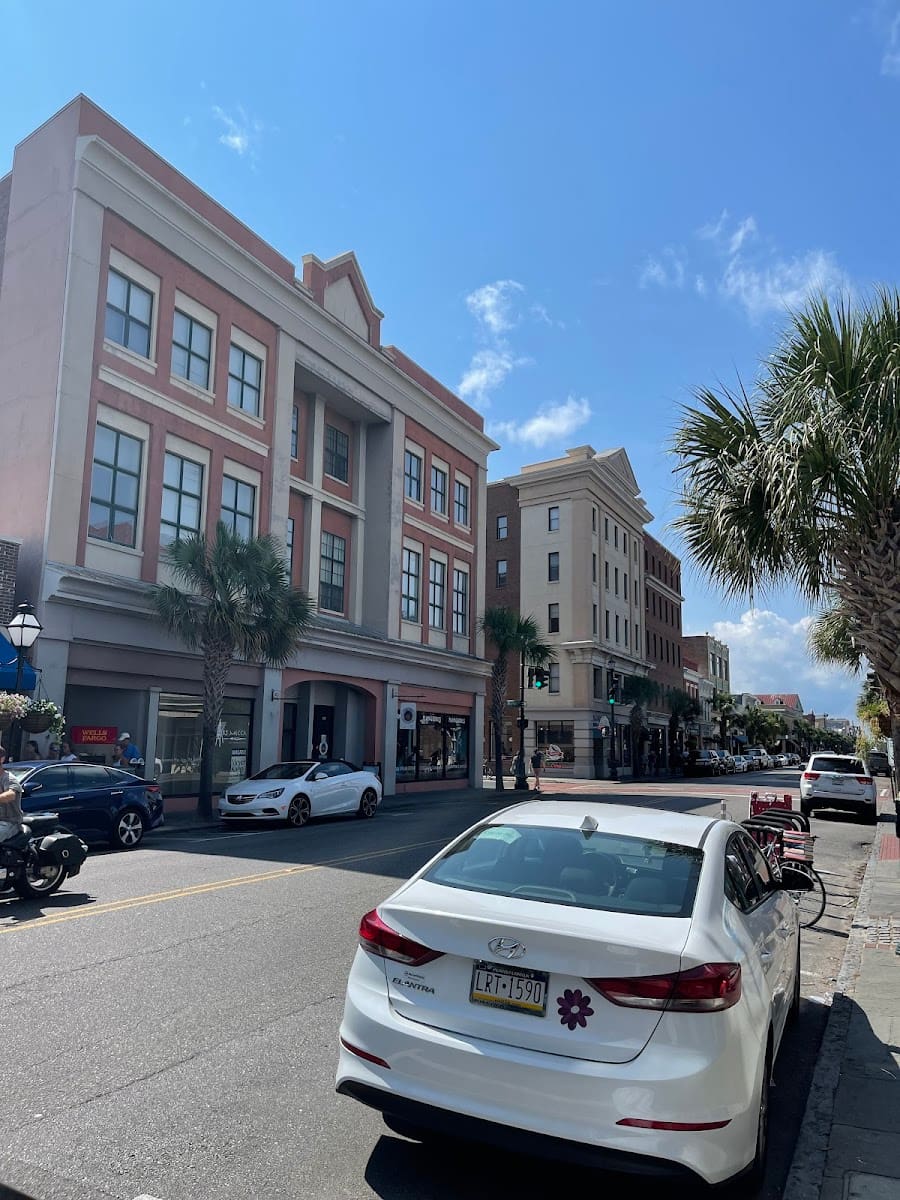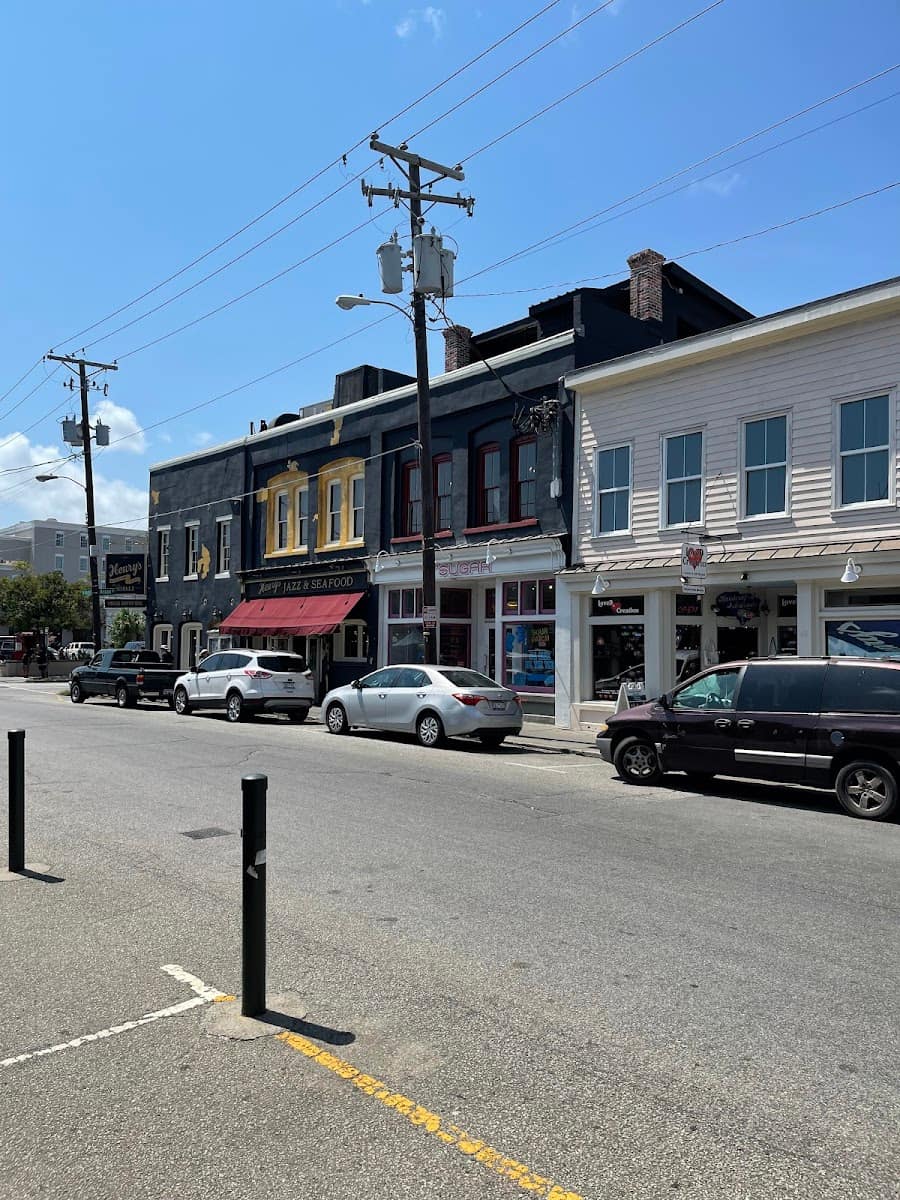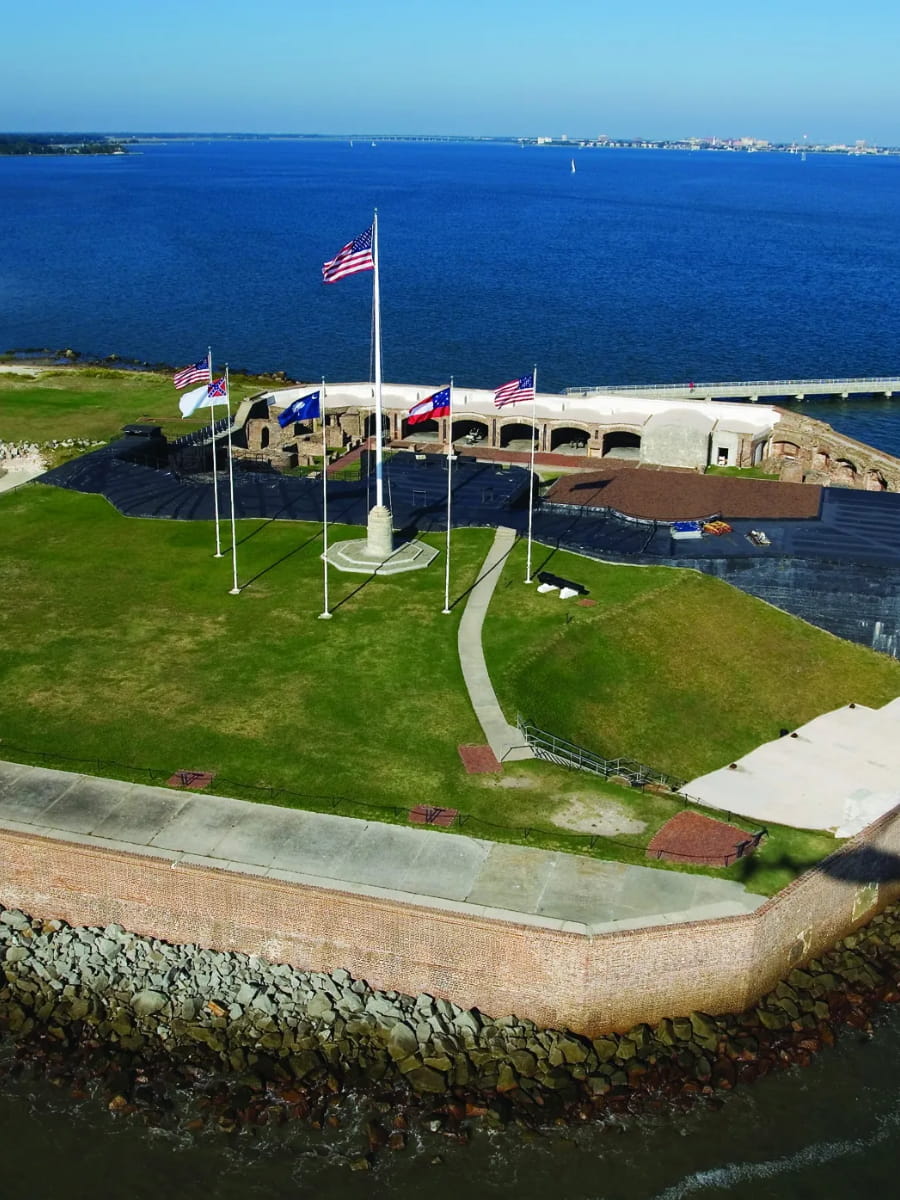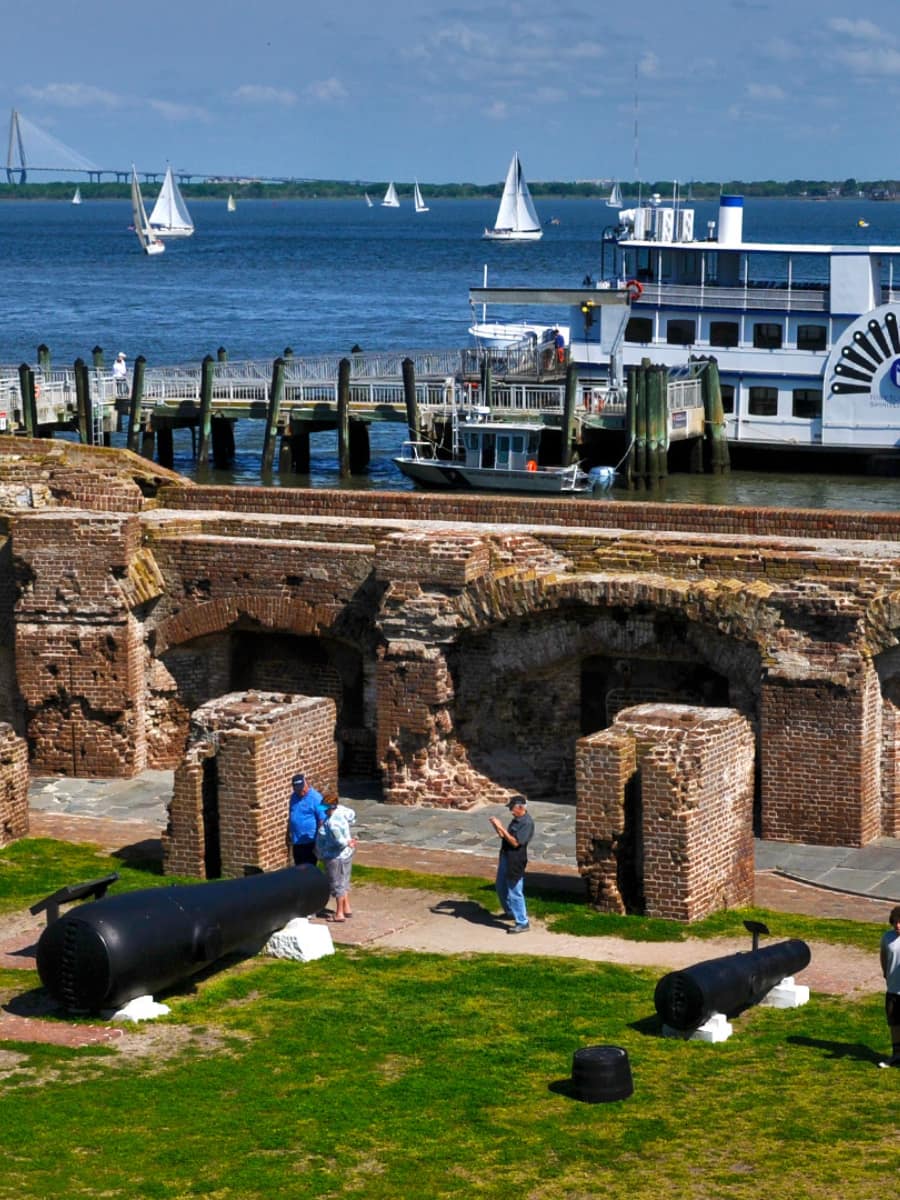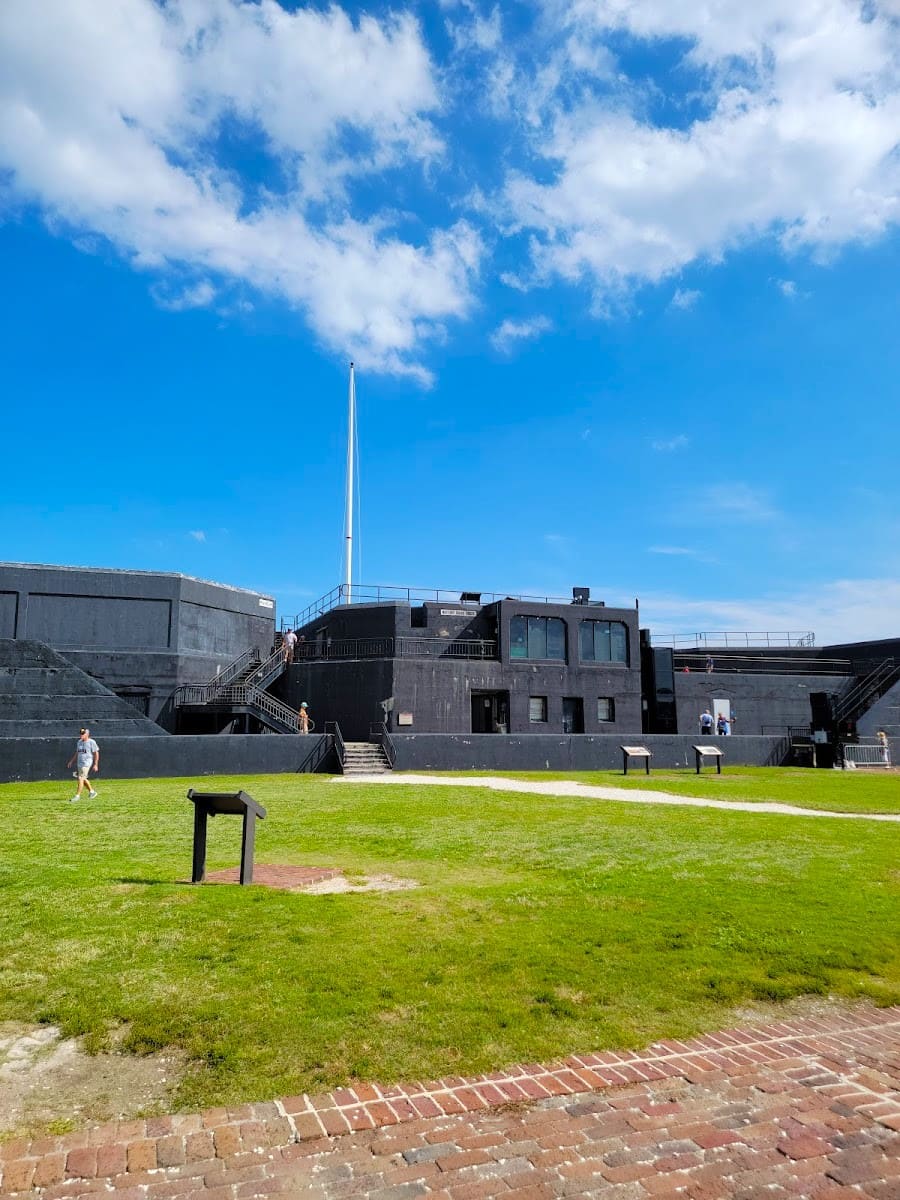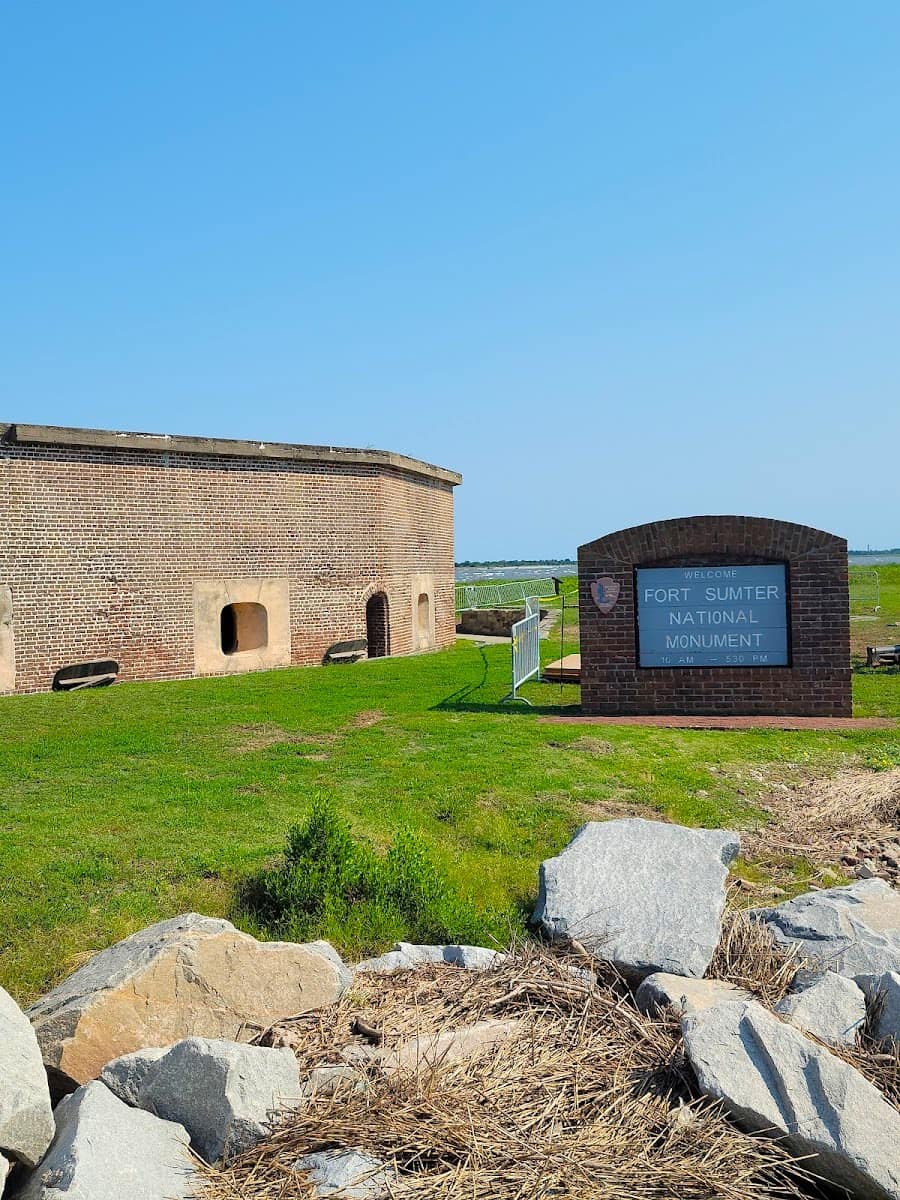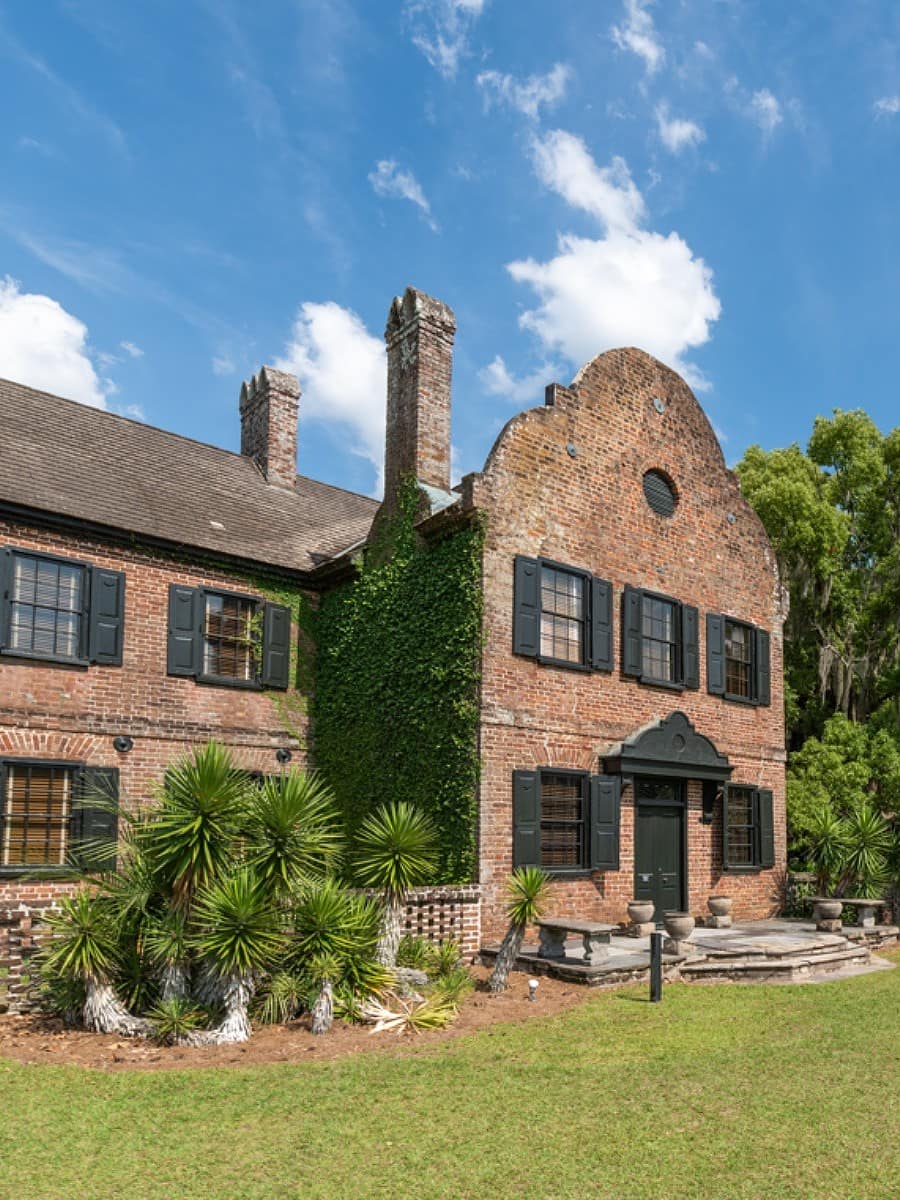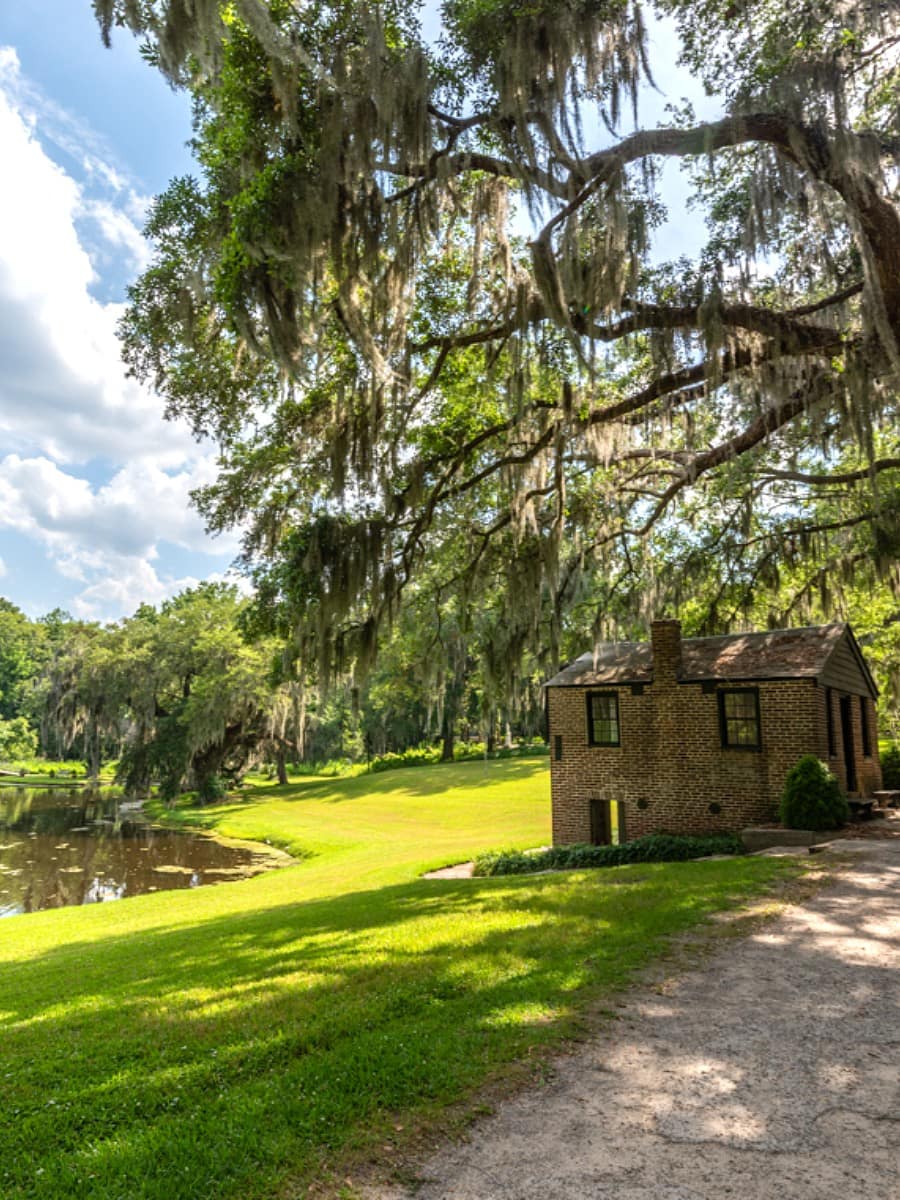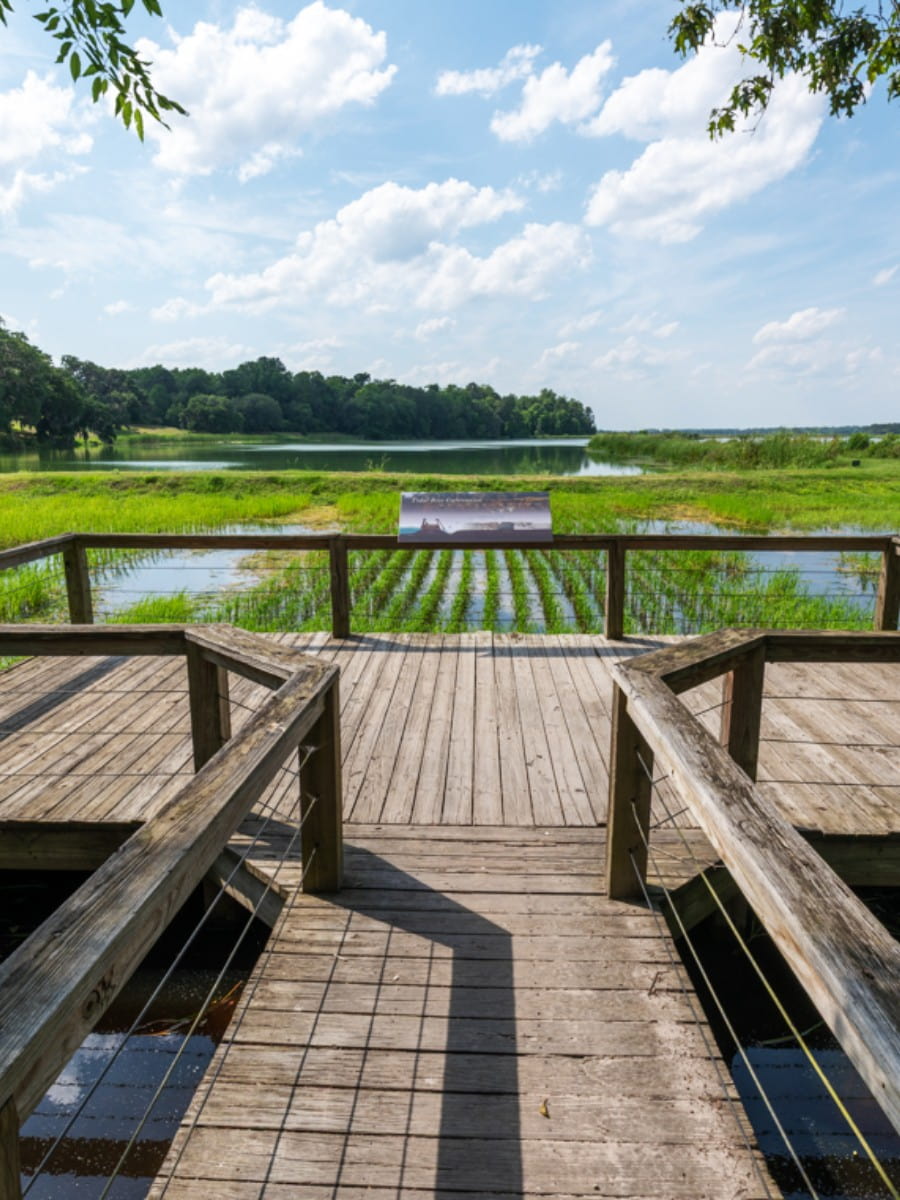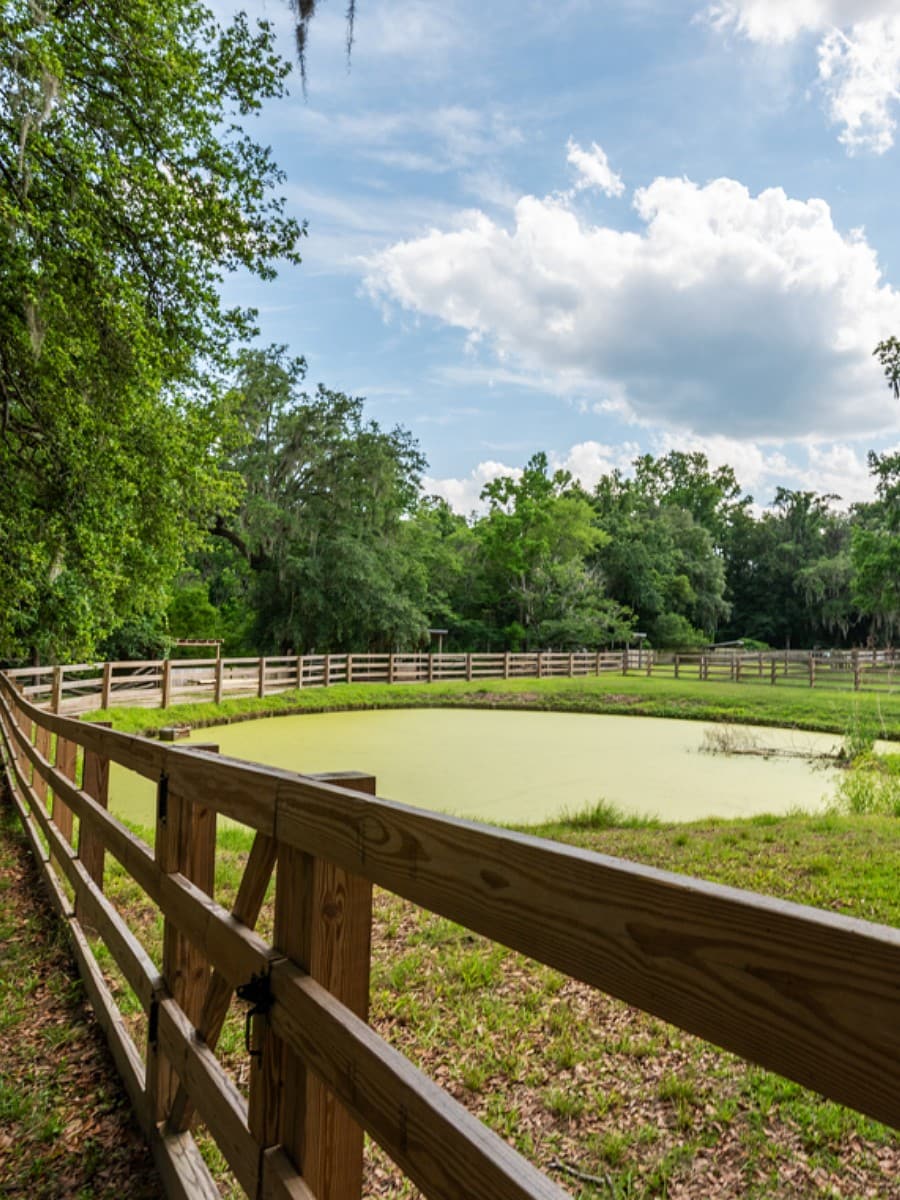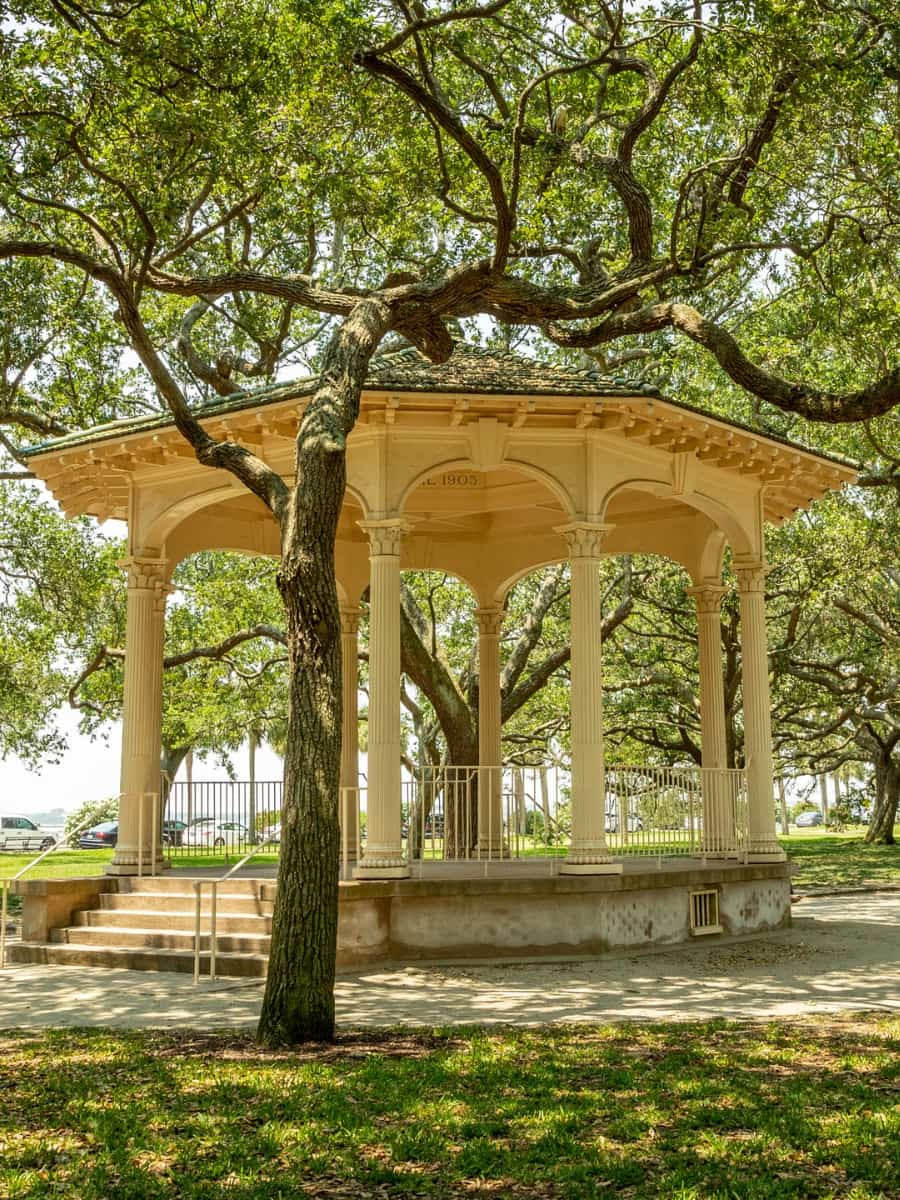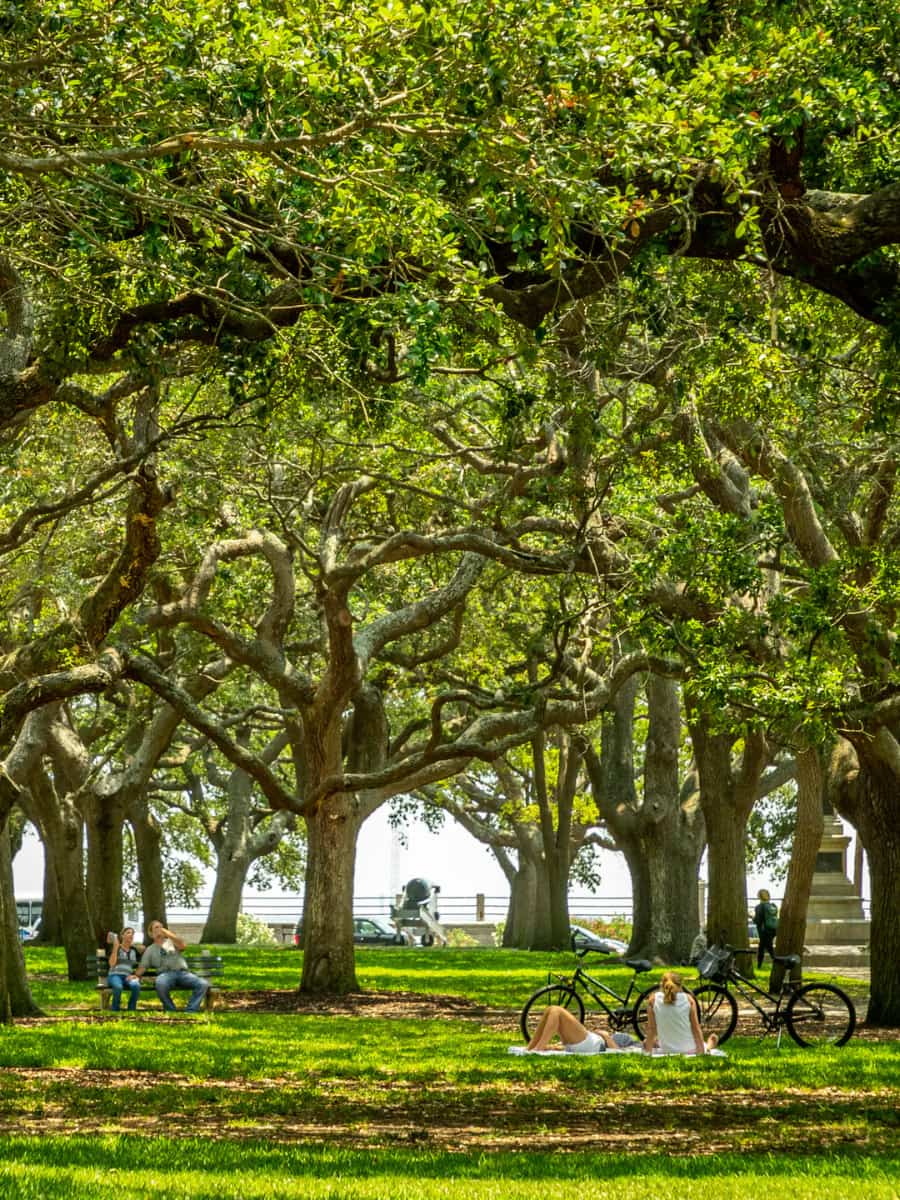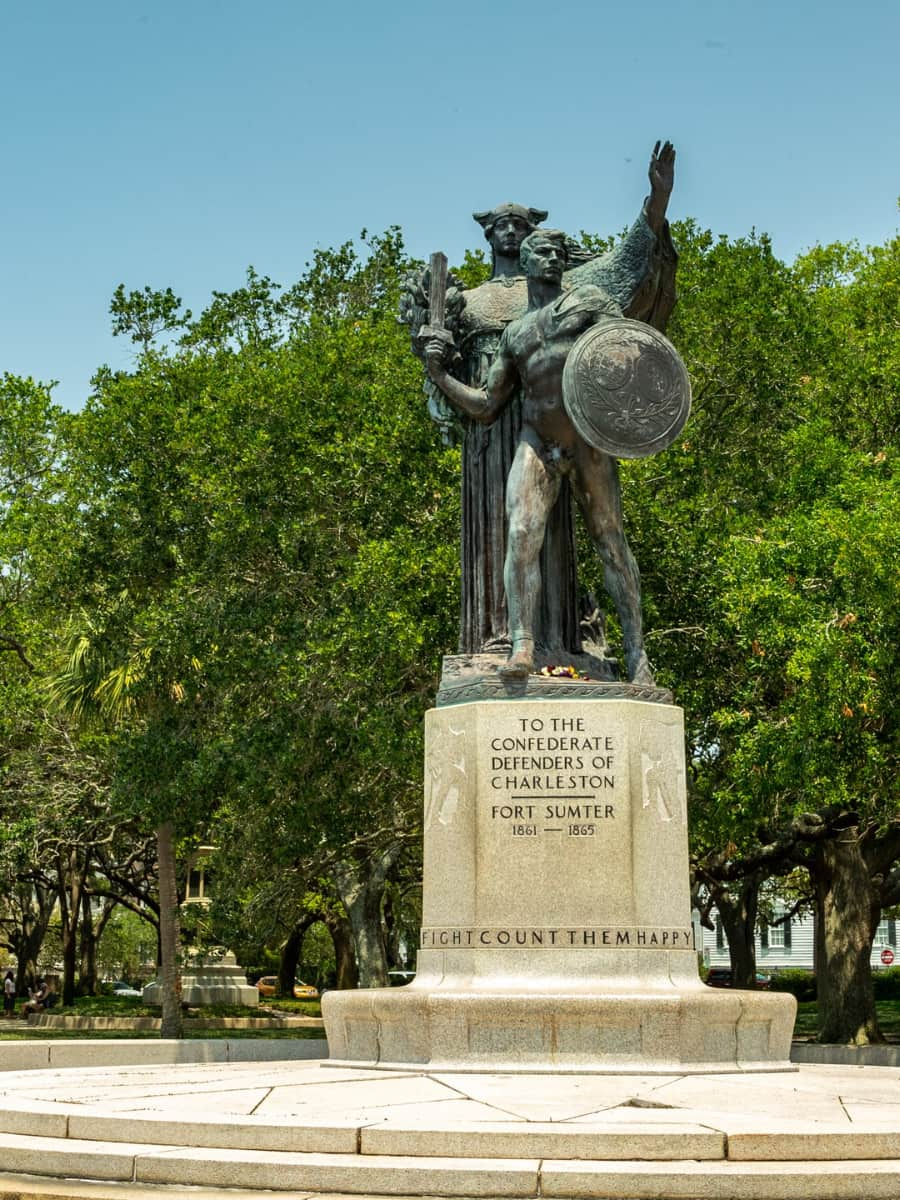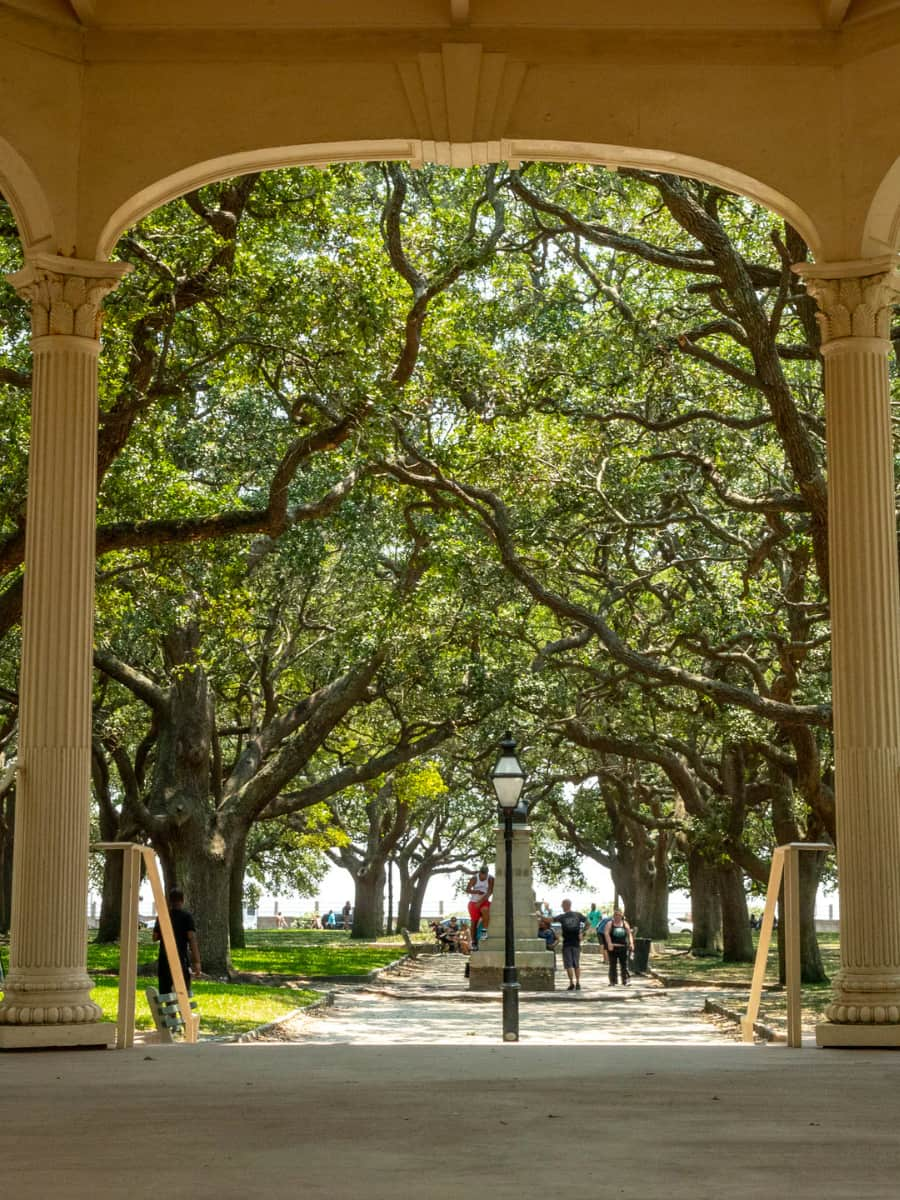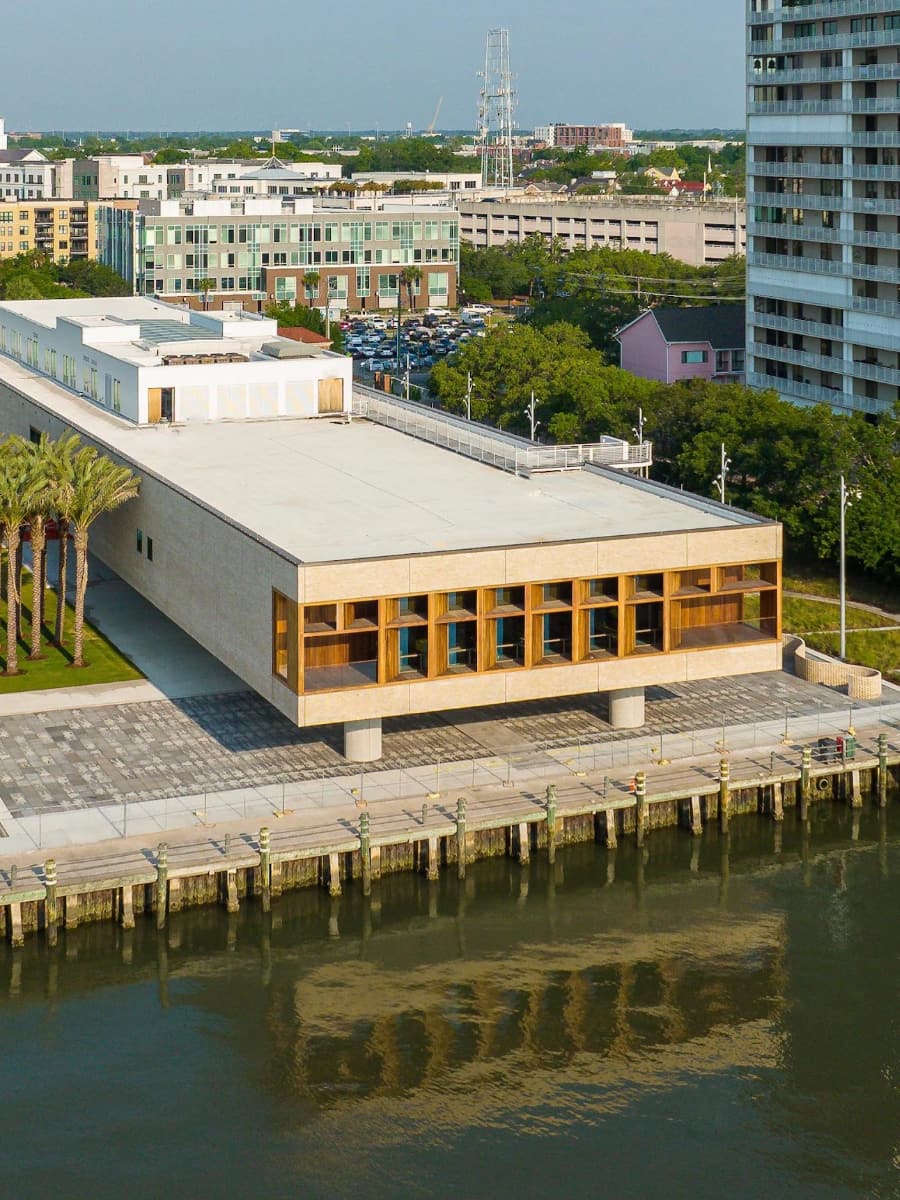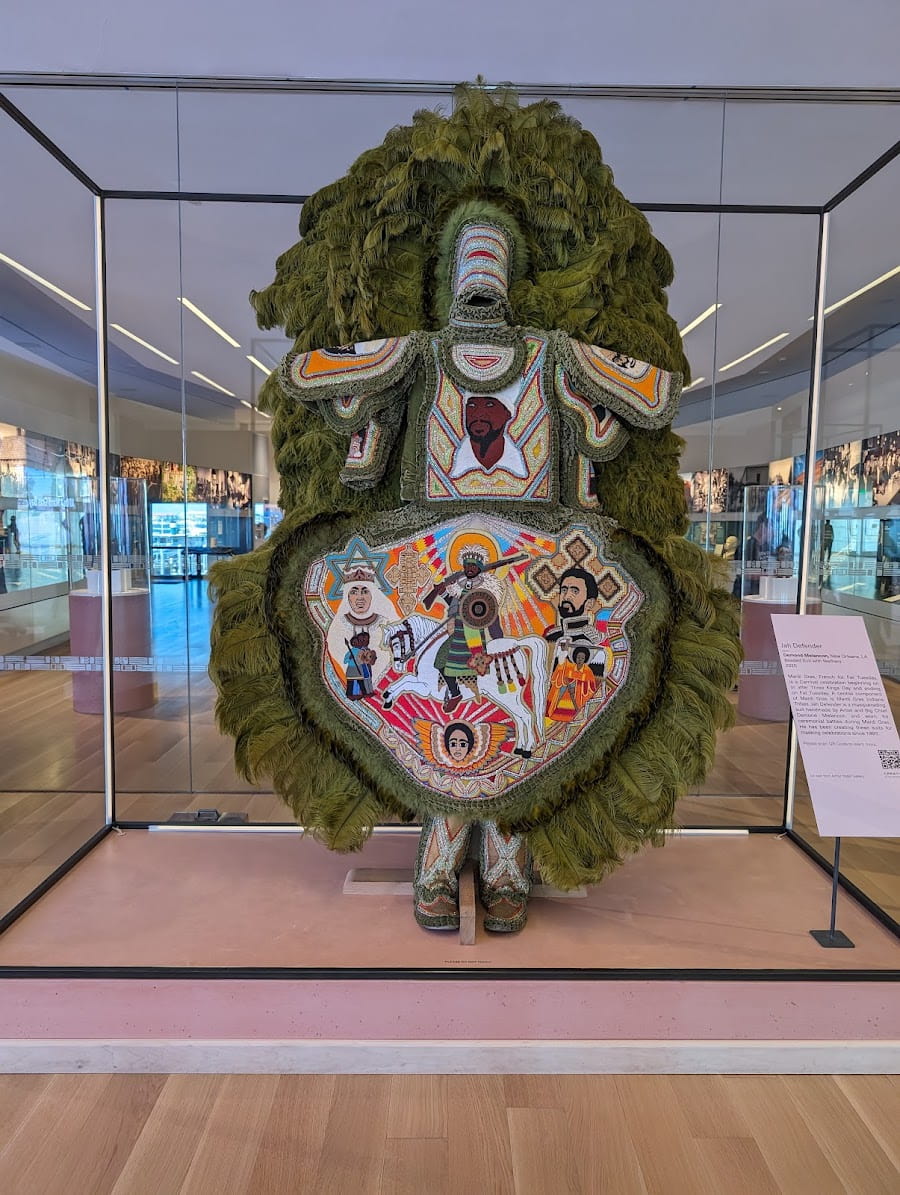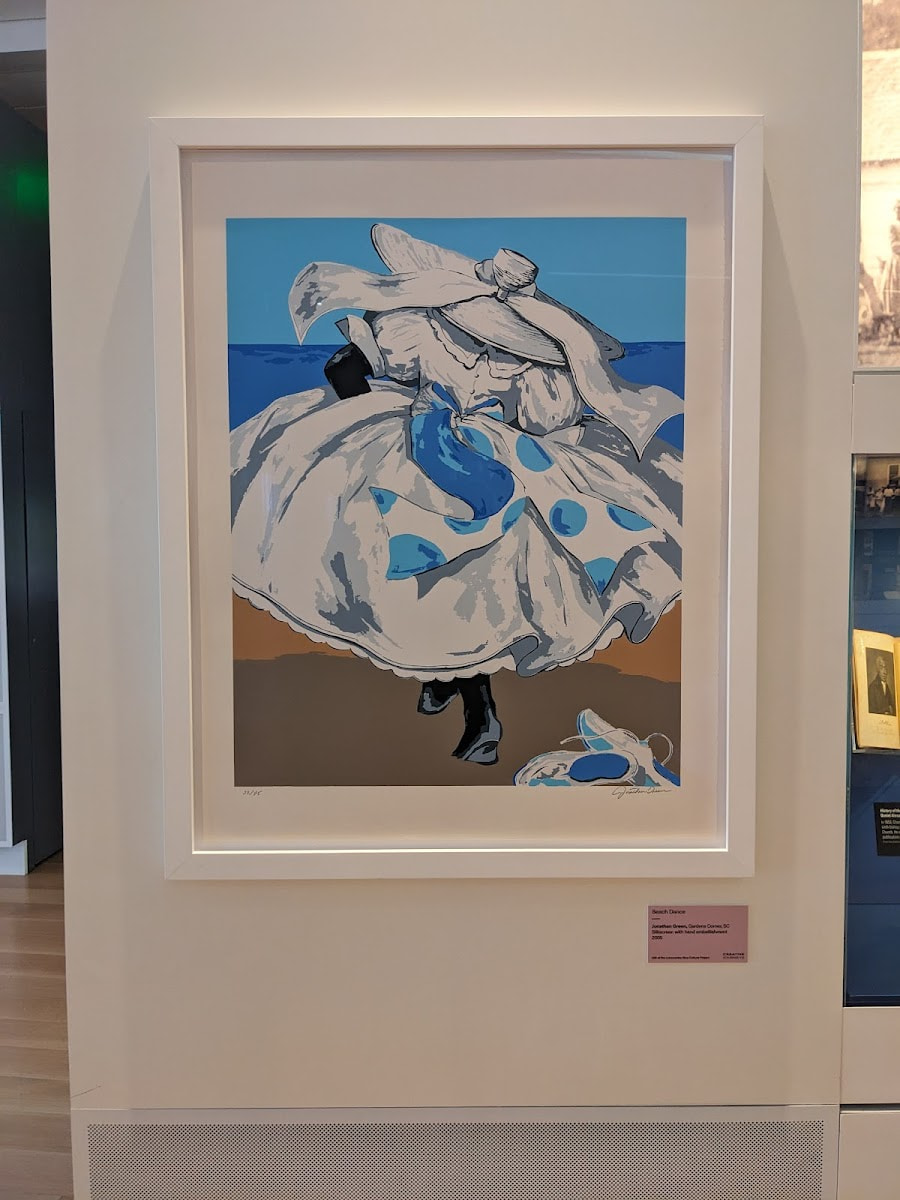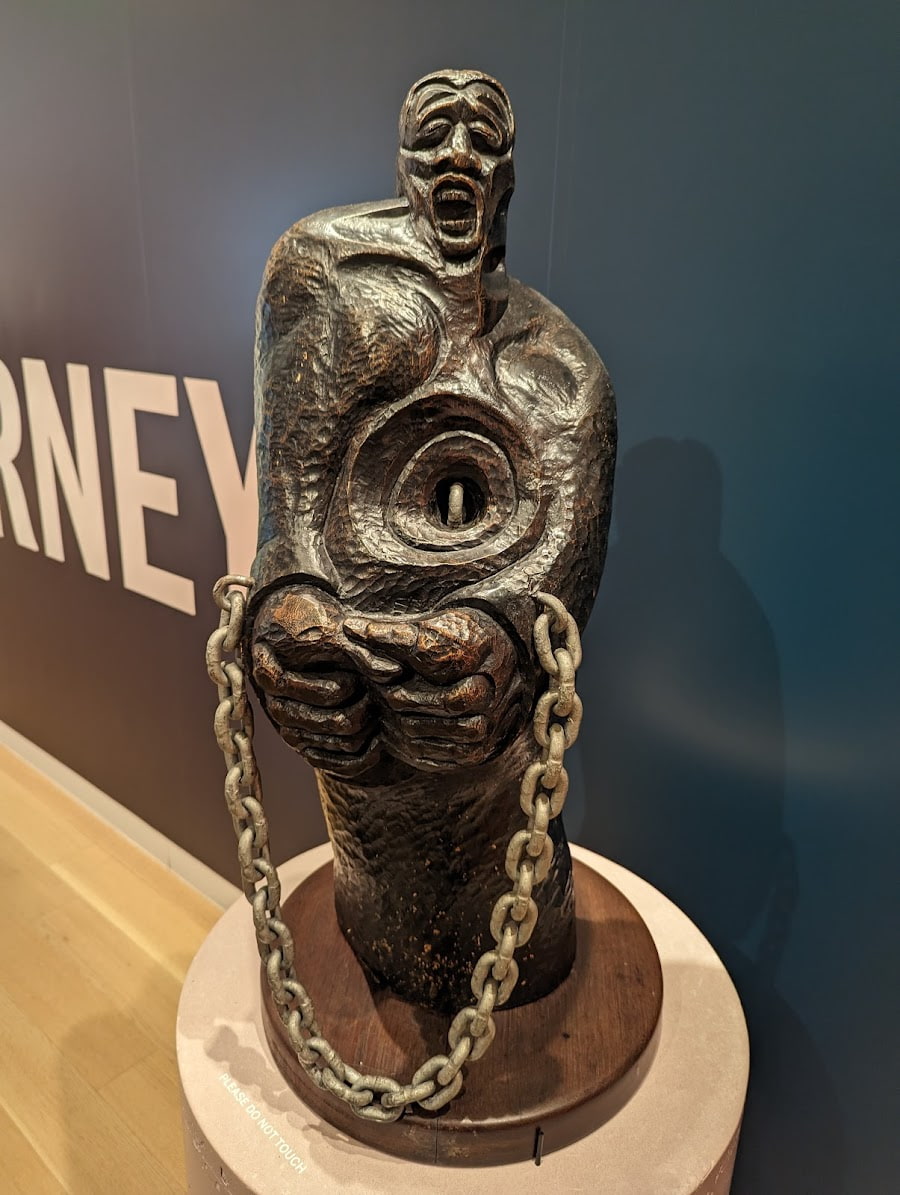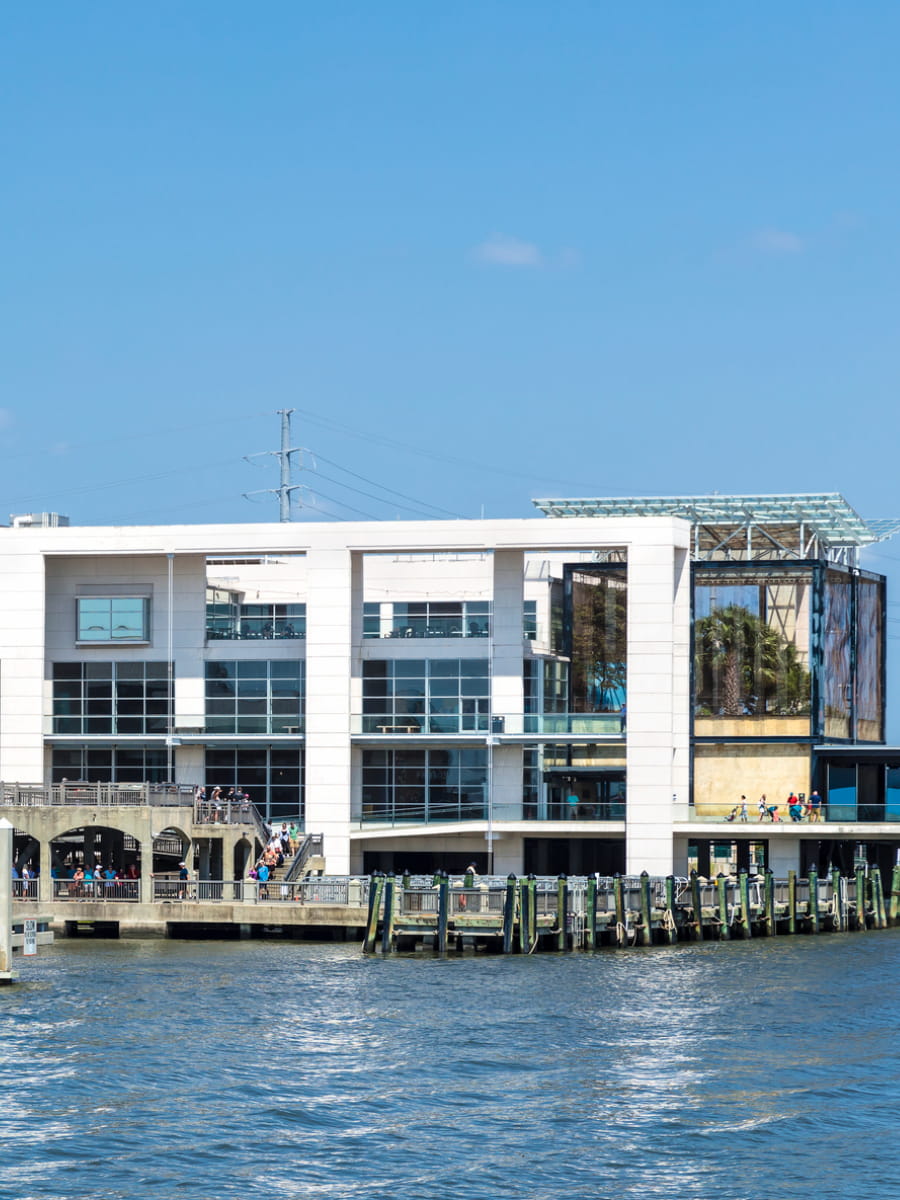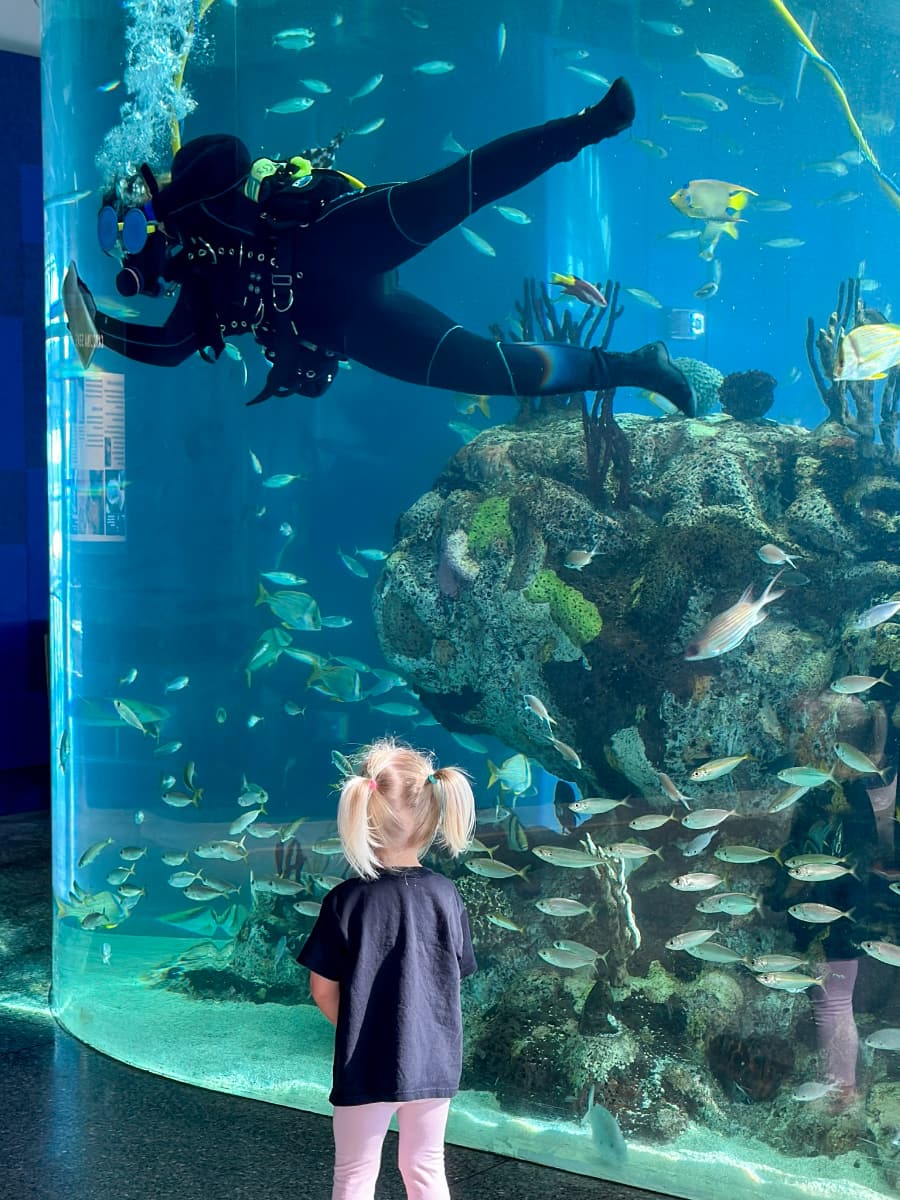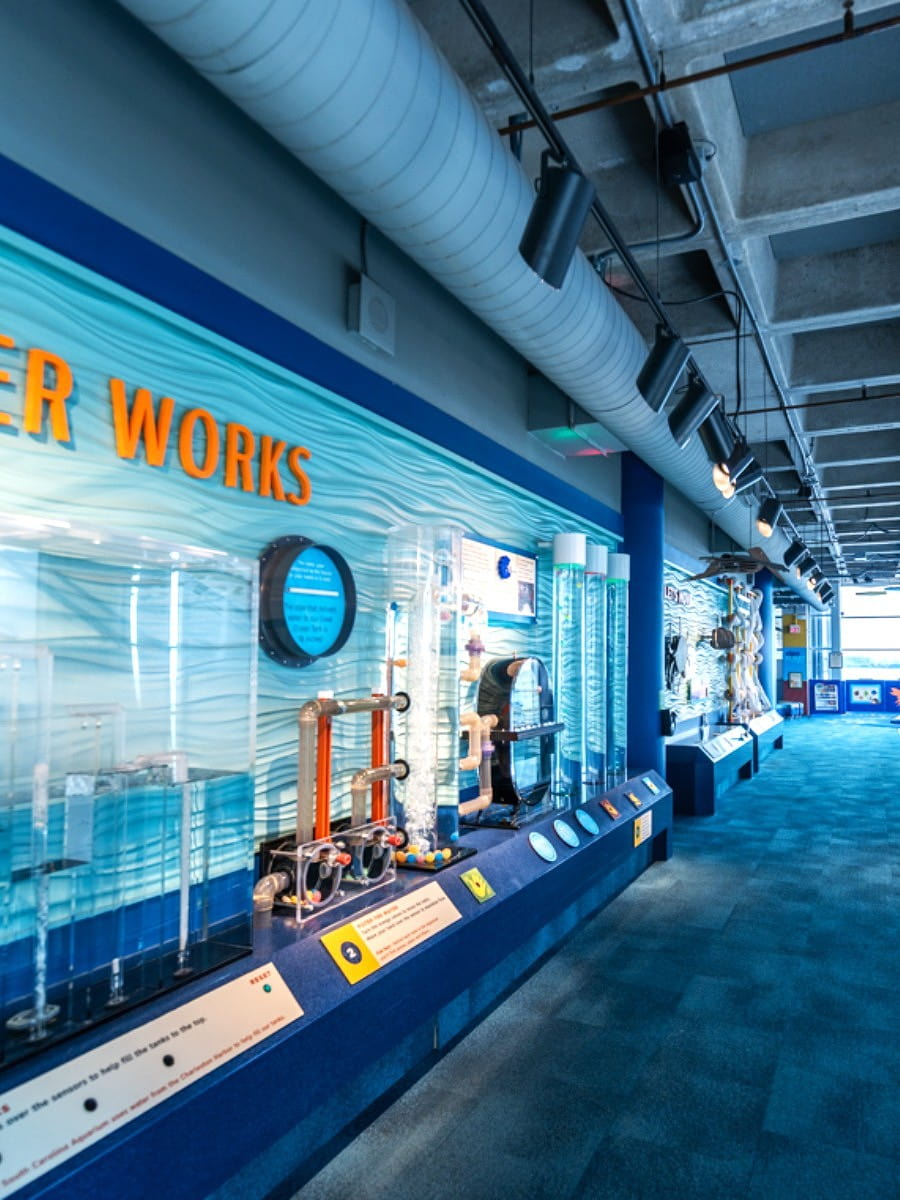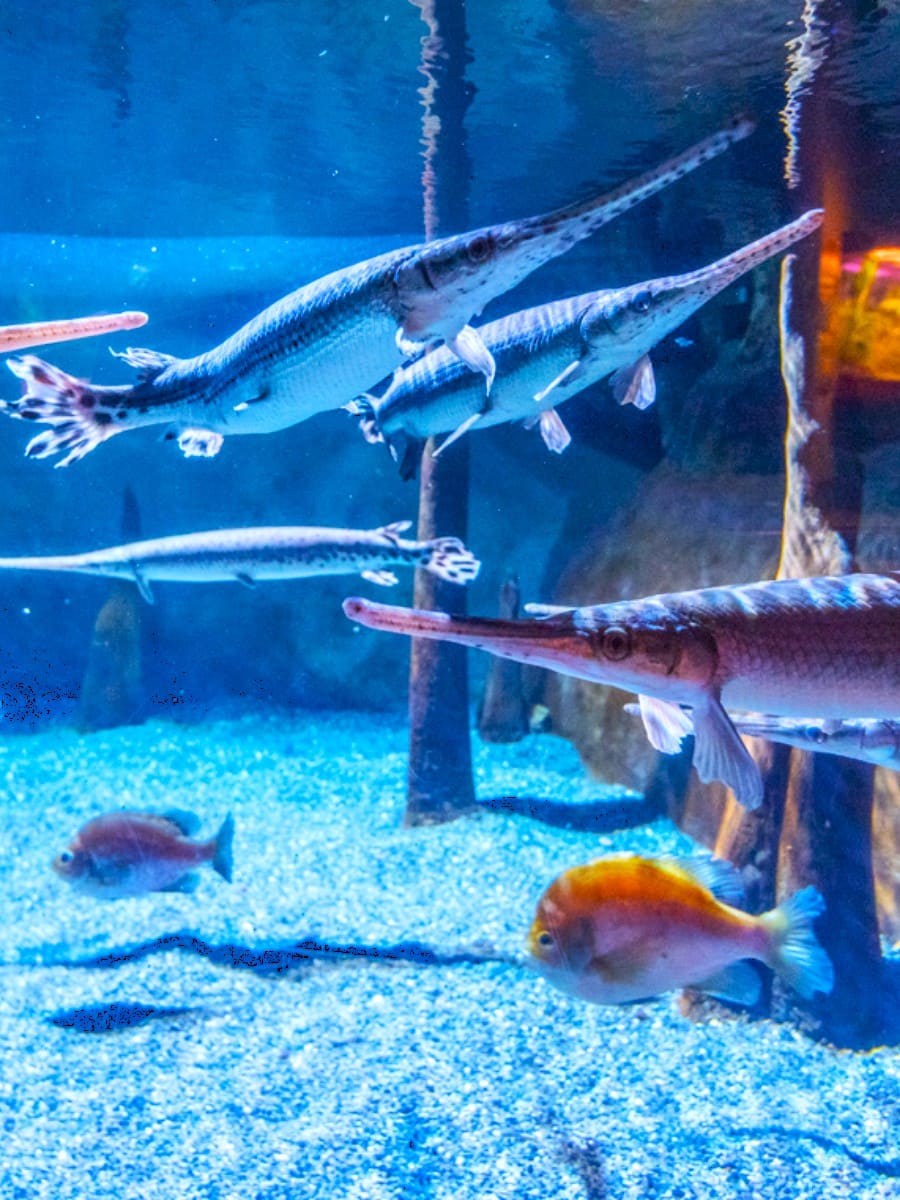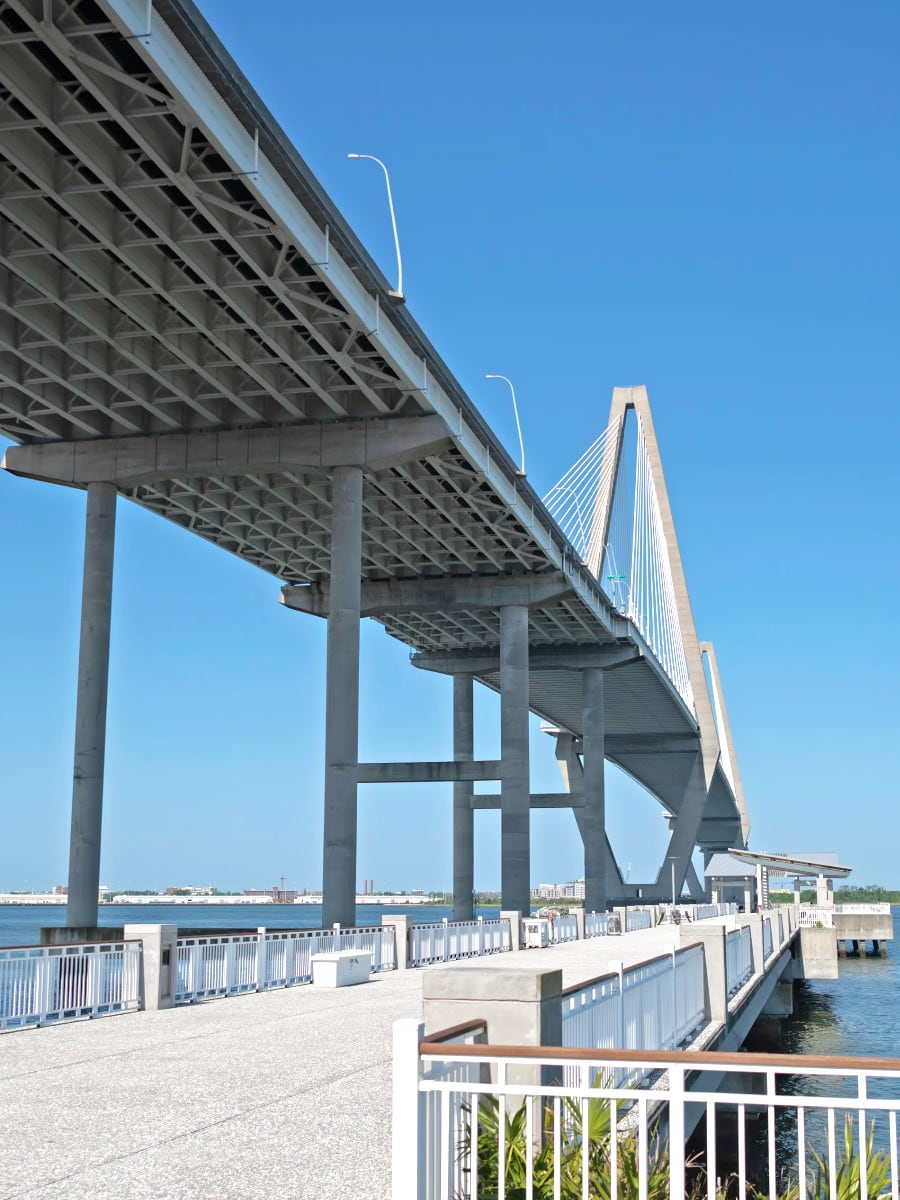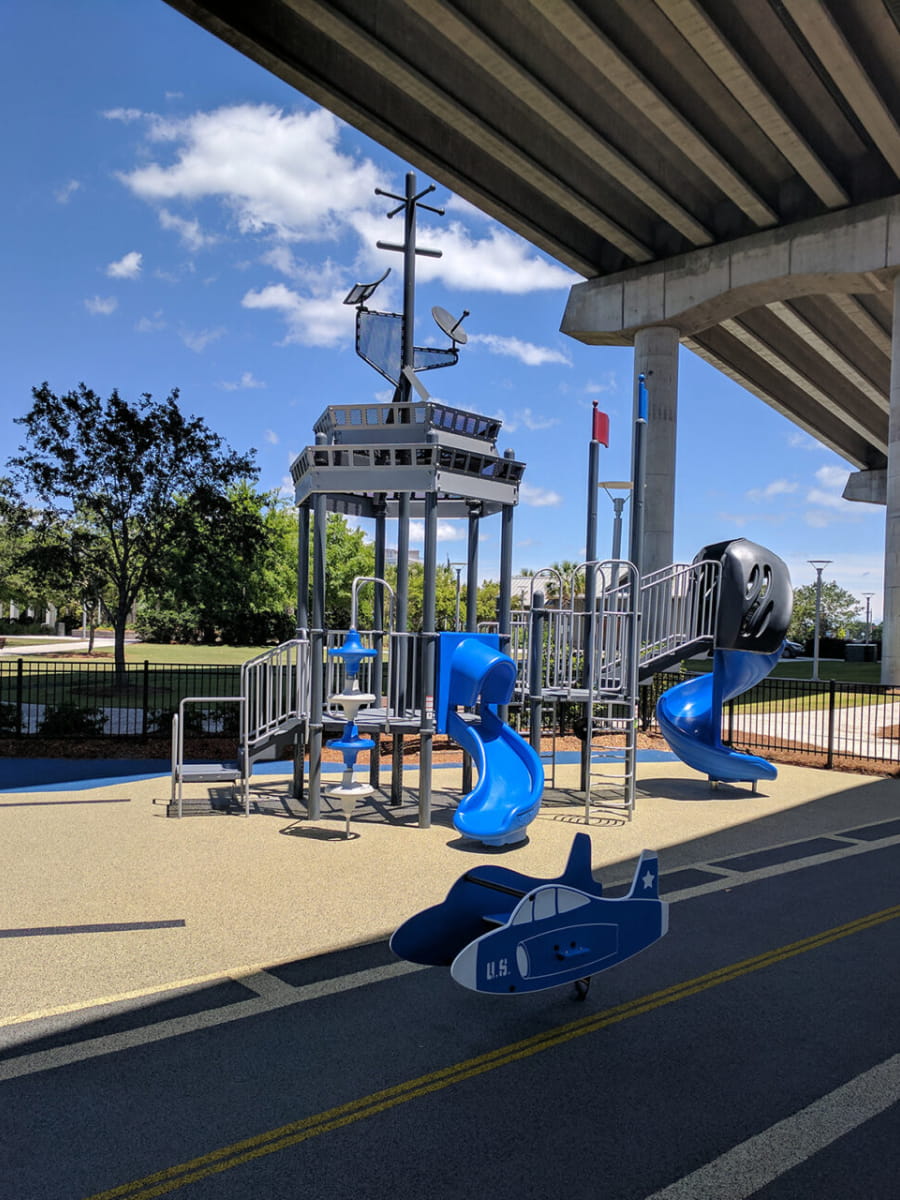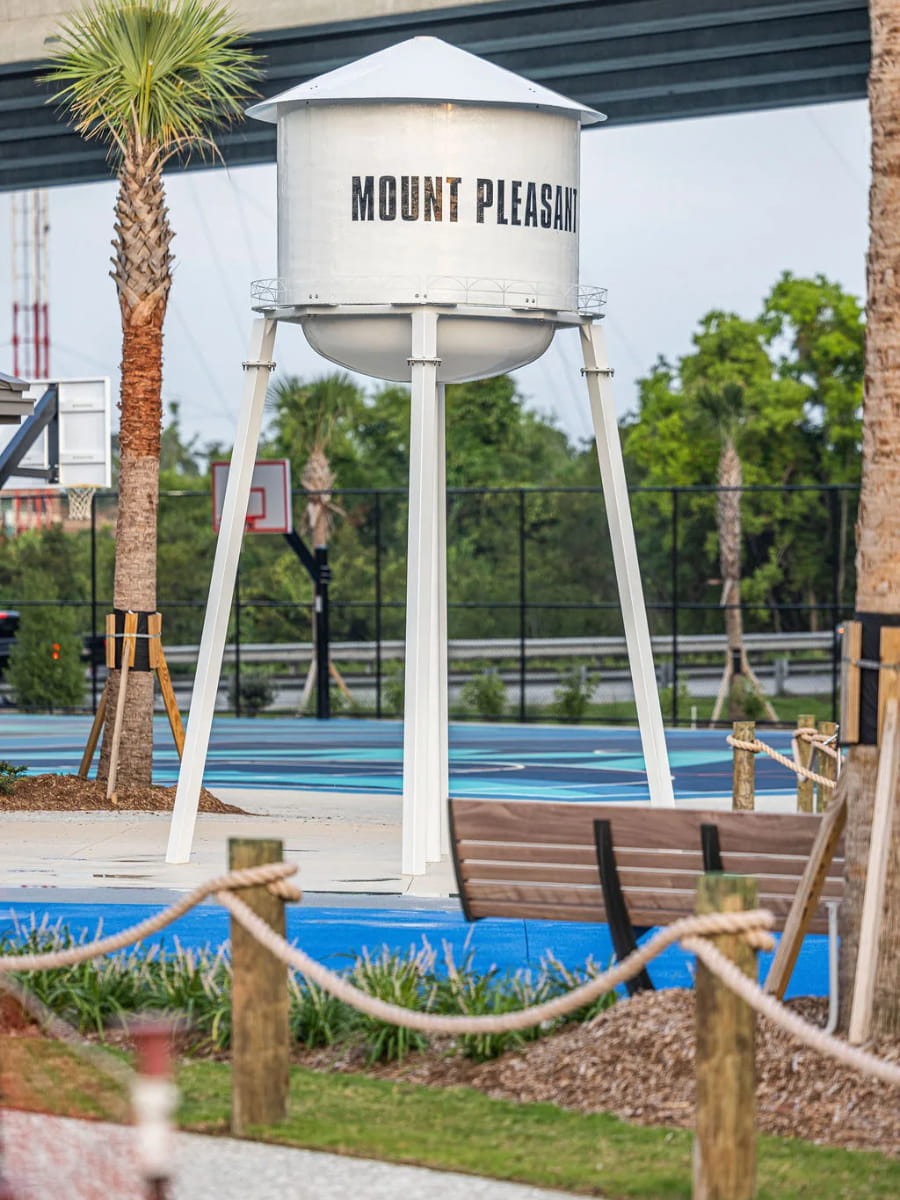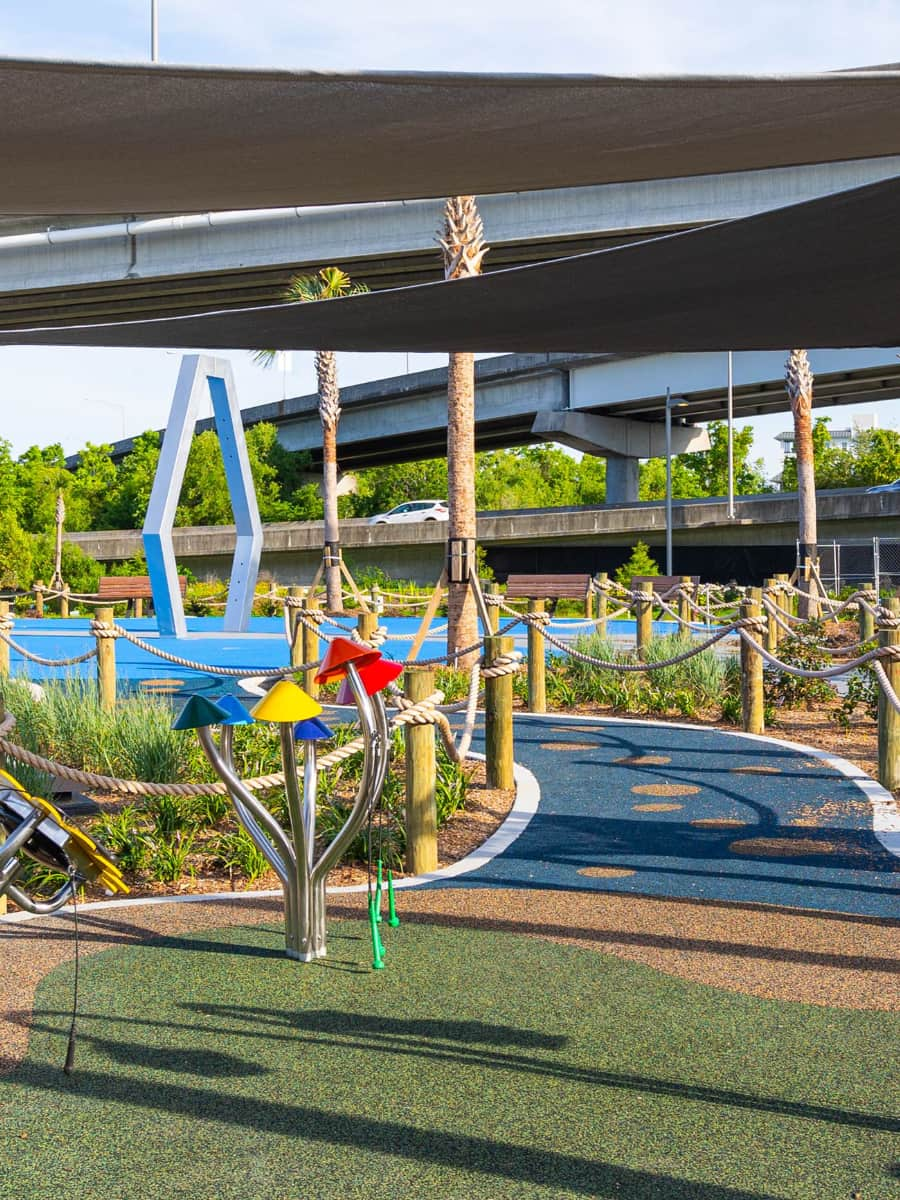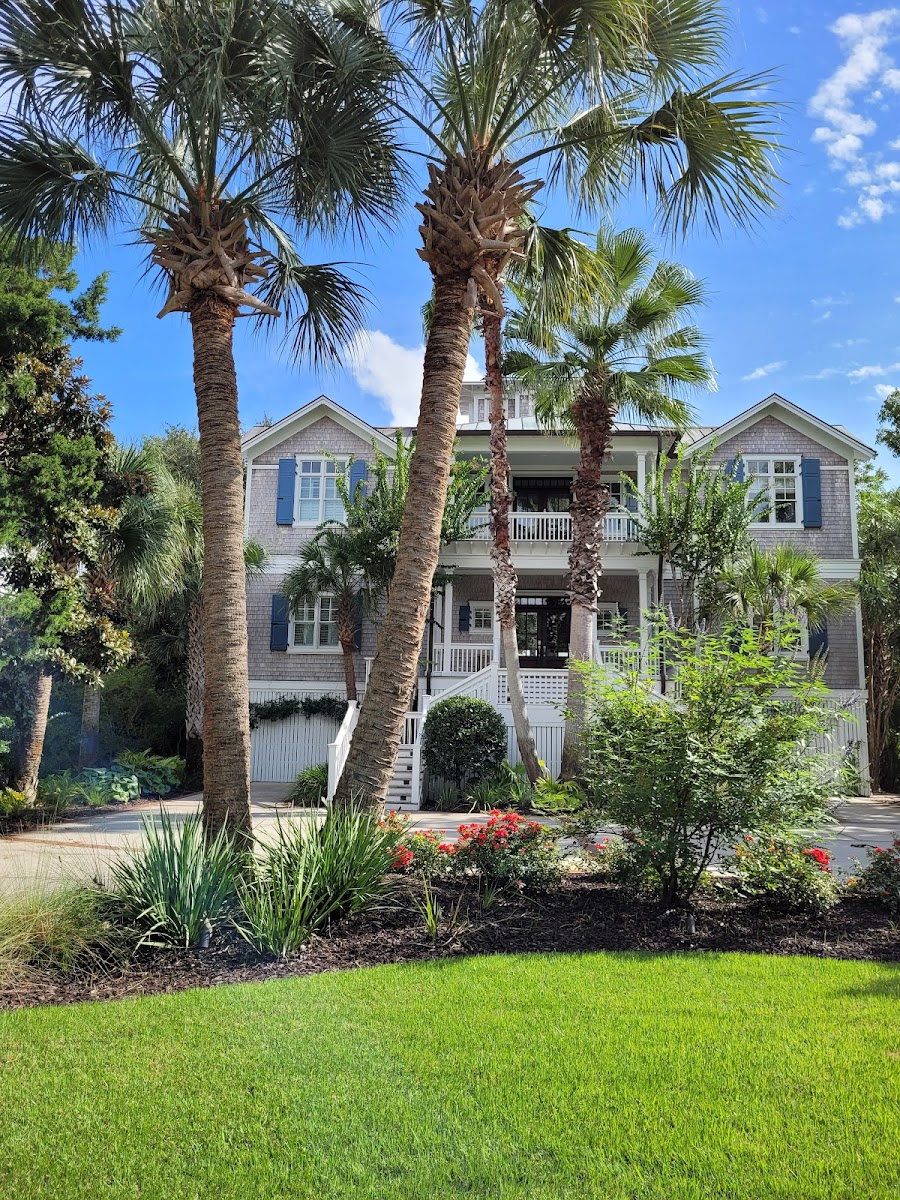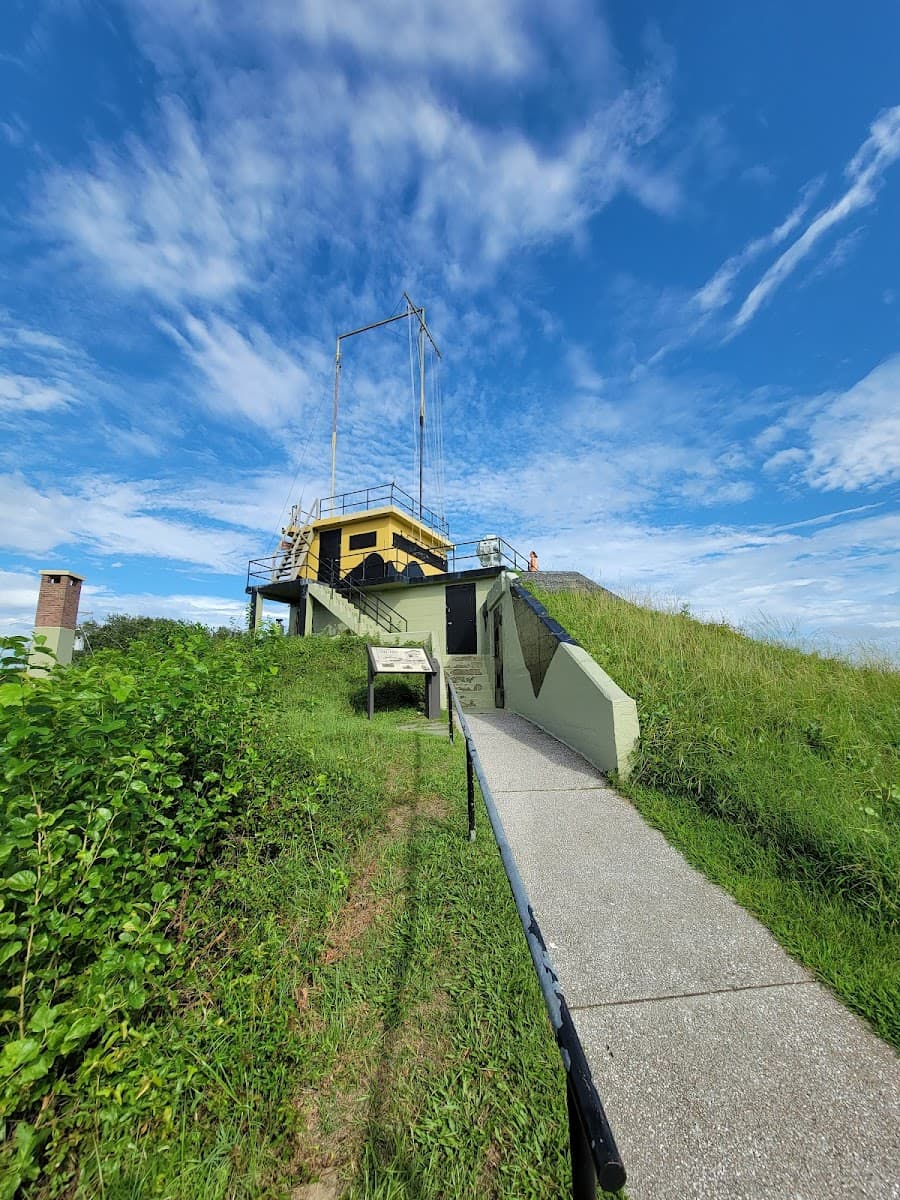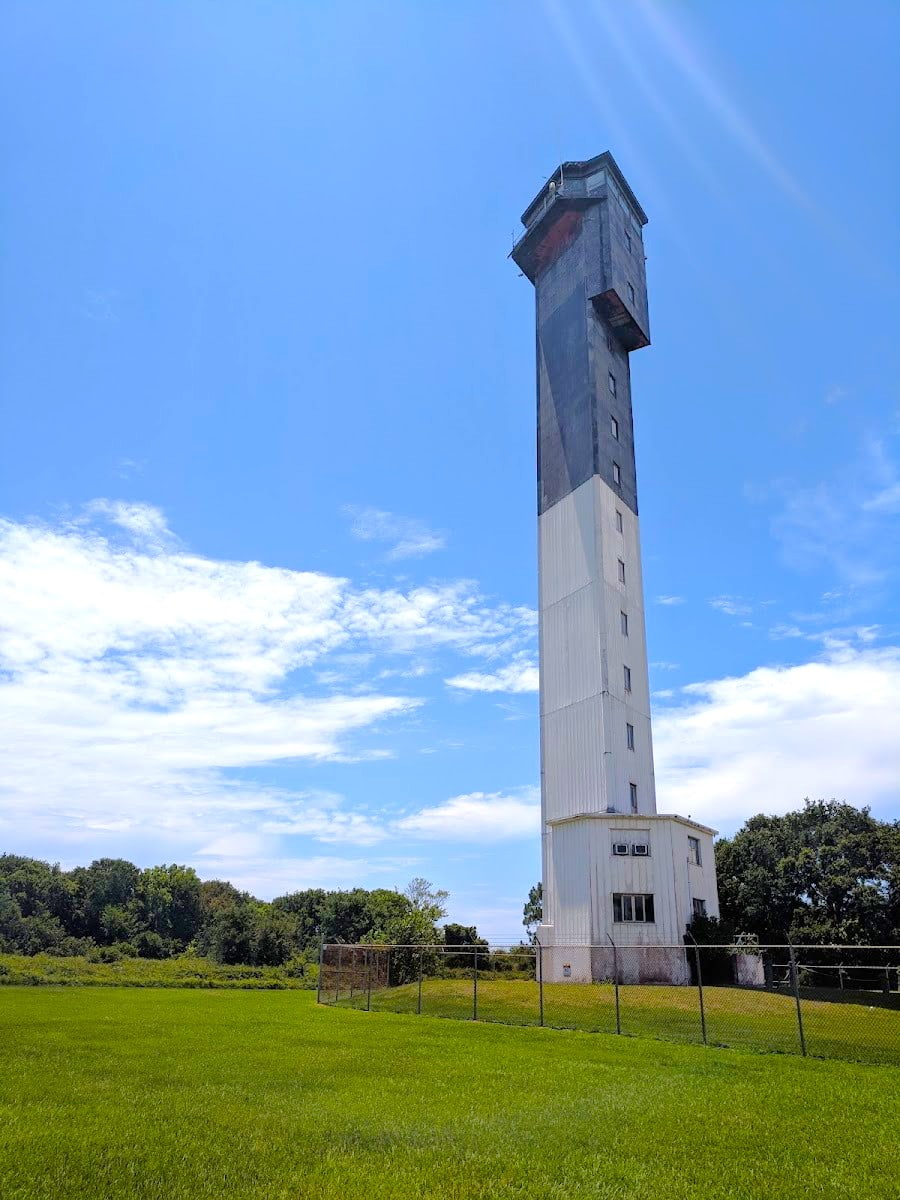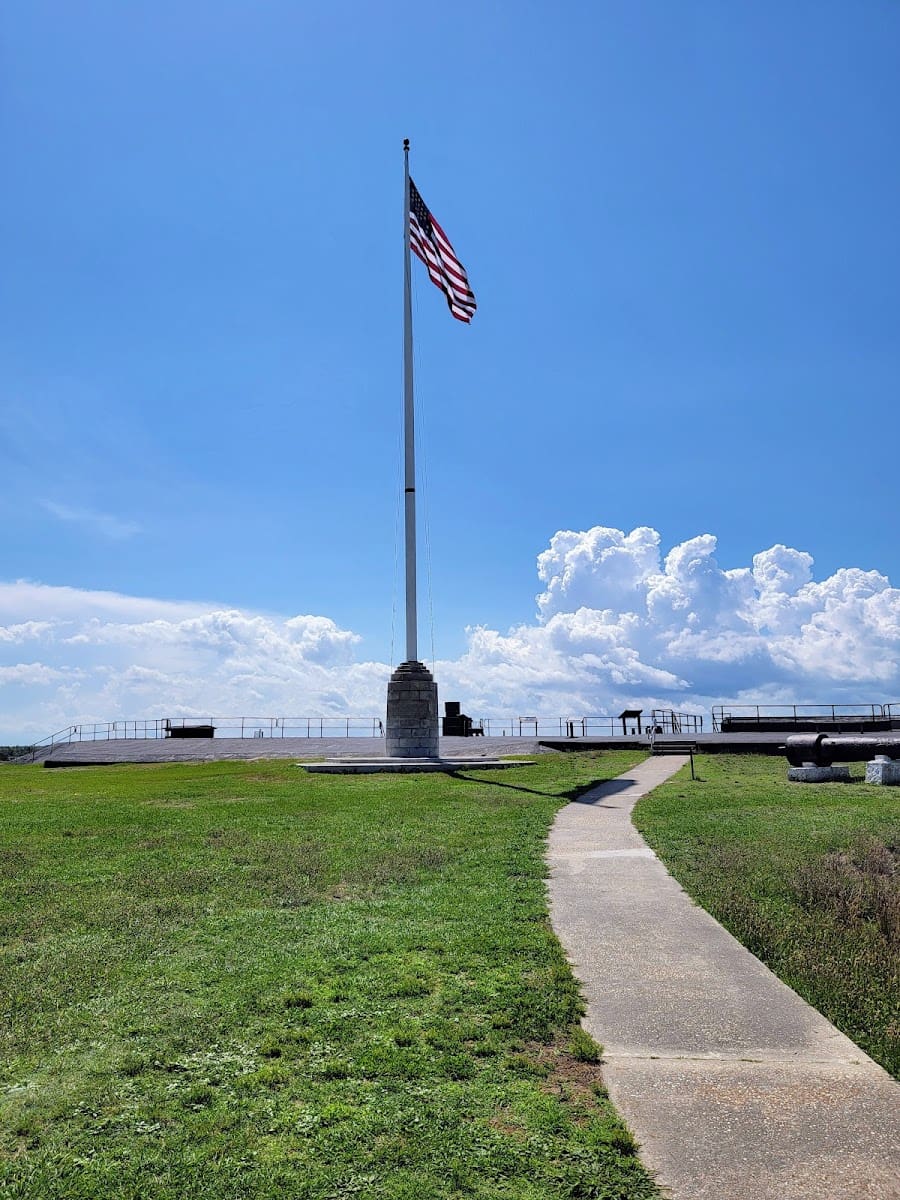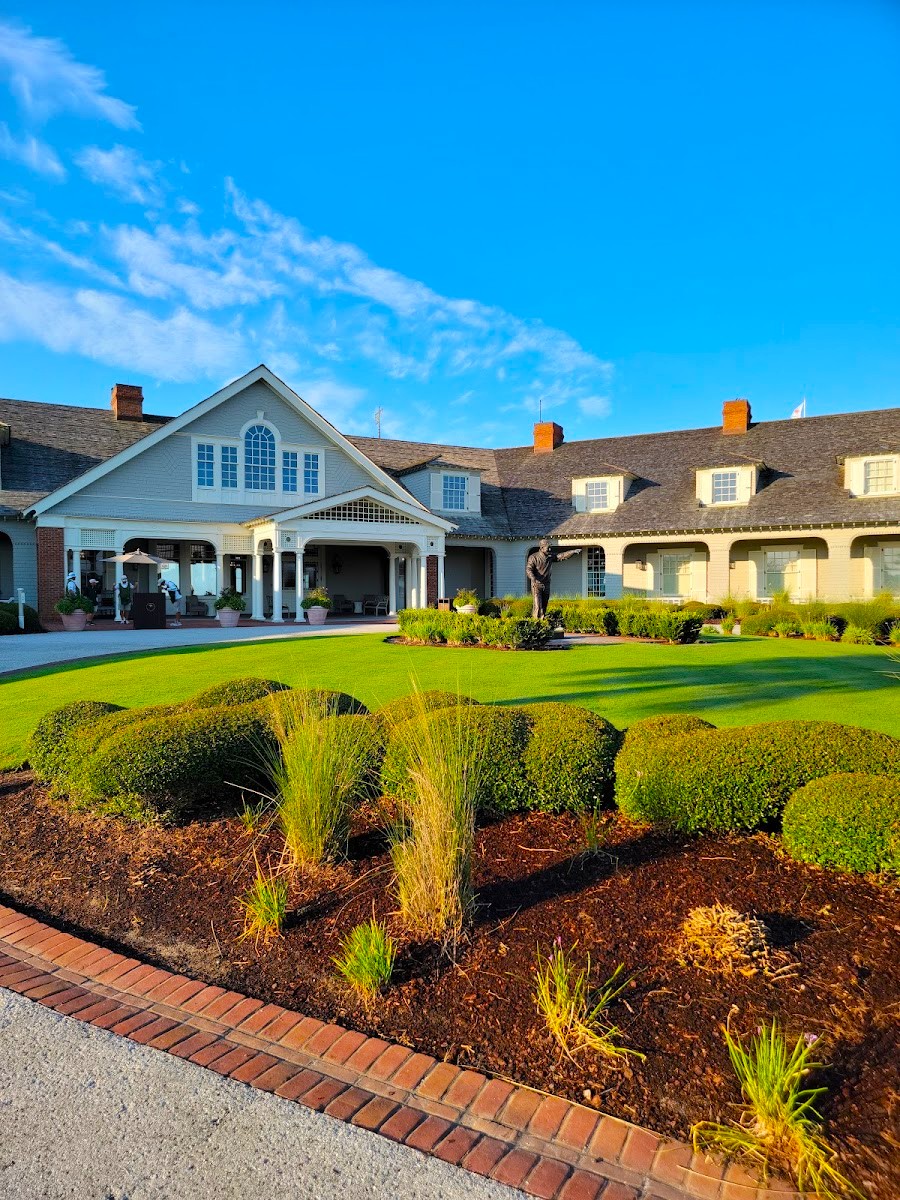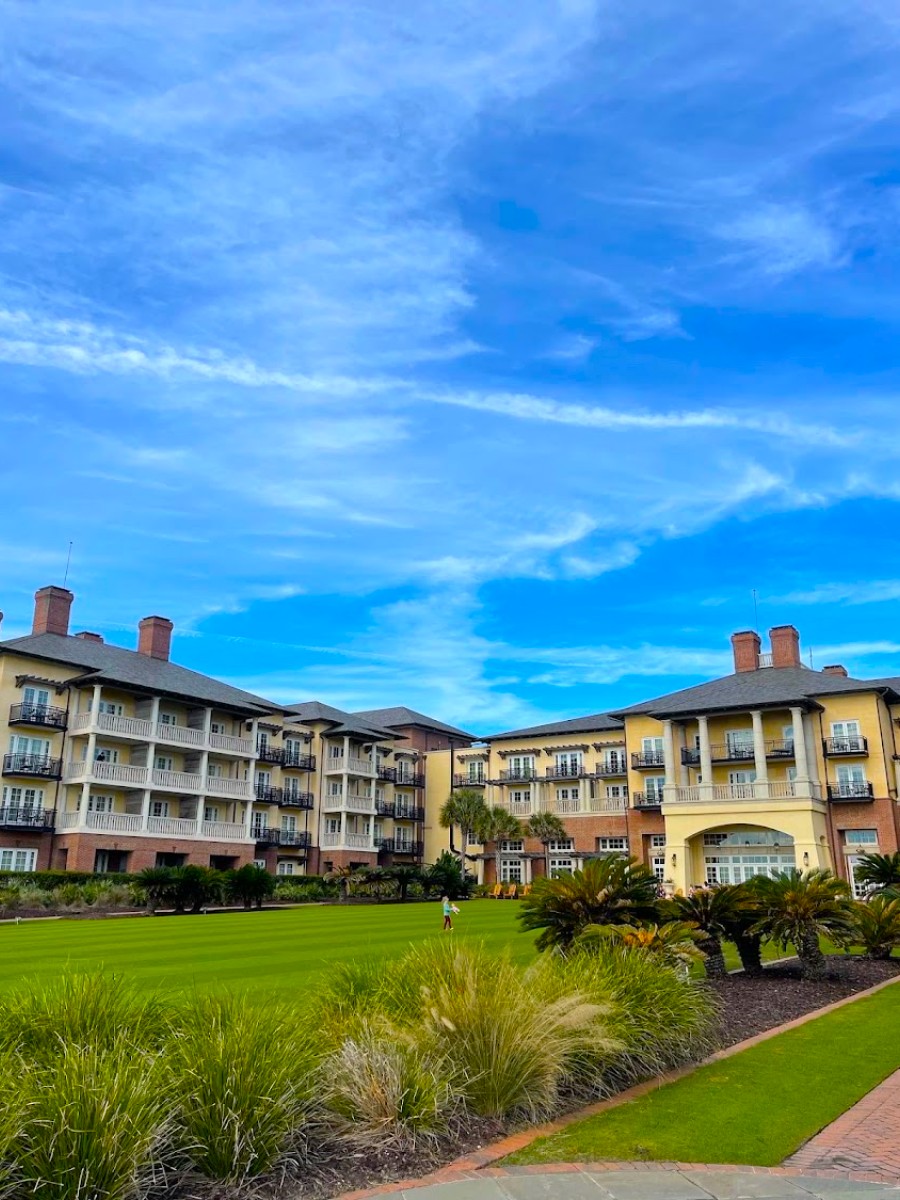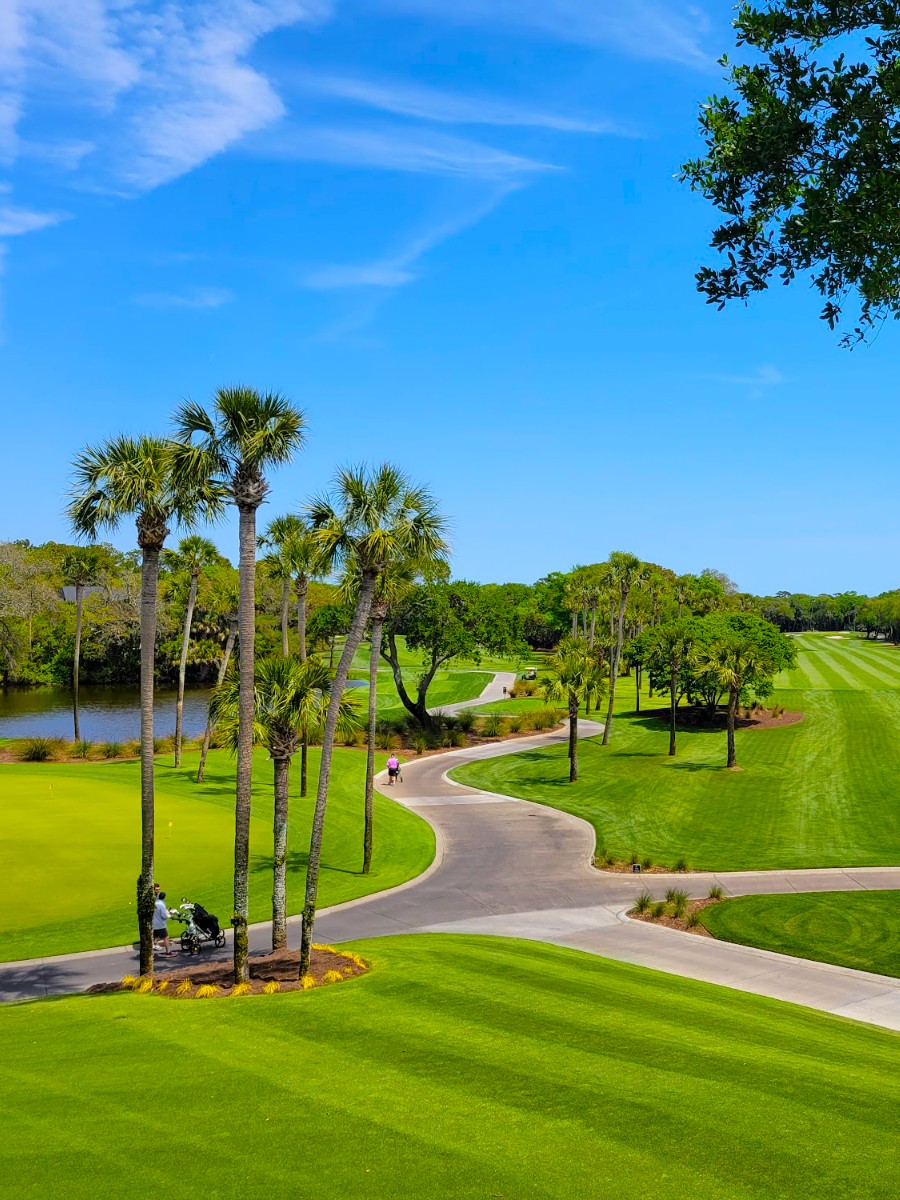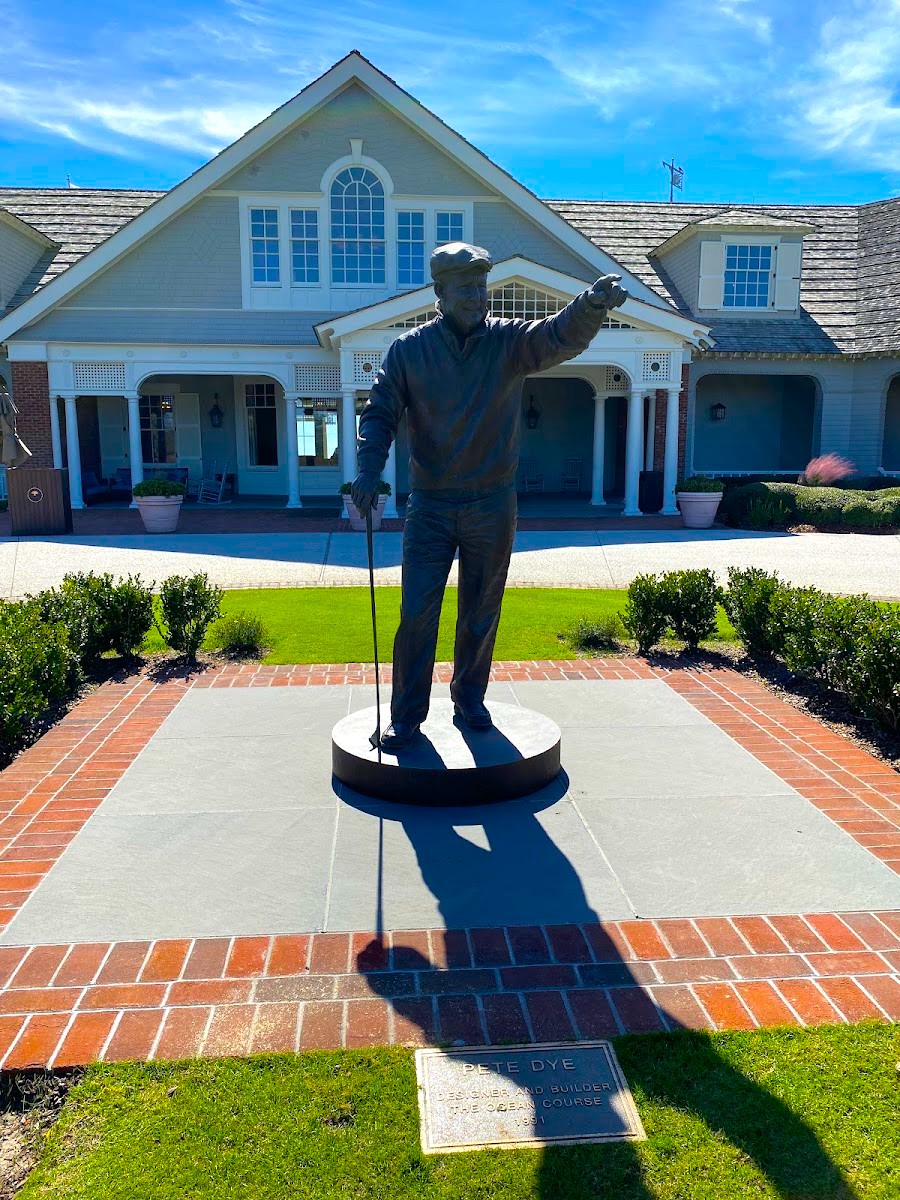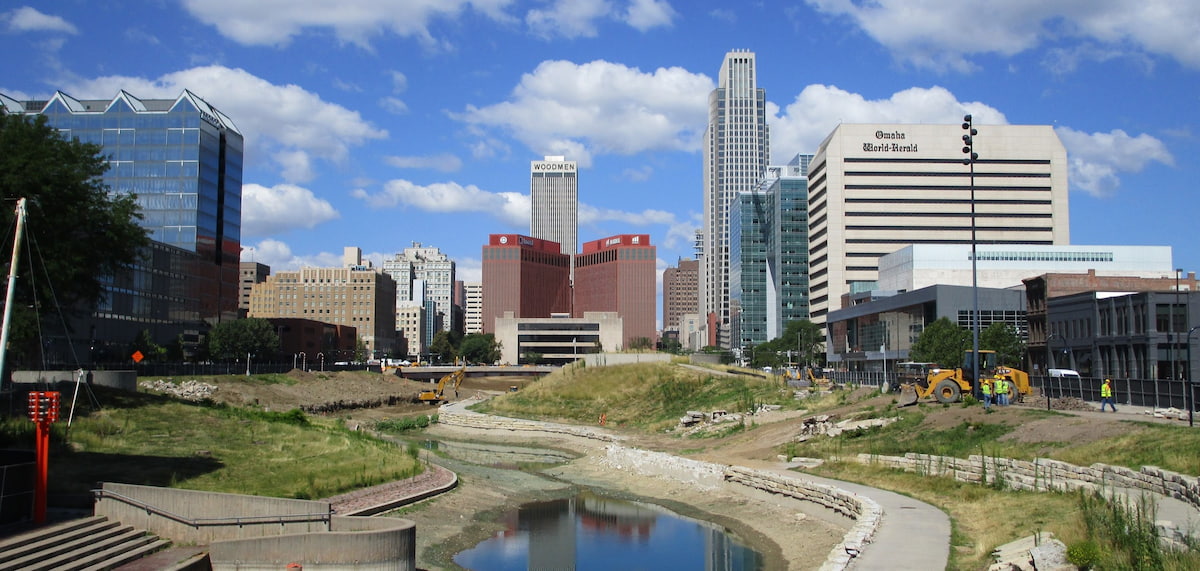Charleston, South Carolina captures hearts with its cobblestone streets, pastel-colored houses, and Spanish moss-draped oak trees that create one of America’s most photogenic cities. I’ve spent countless hours wandering through the Historic District, discovering hidden courtyards and secret gardens while sampling world-class Lowcountry cuisine that blends African, French, and English influences into unforgettable flavors.
Whether you’re planning a romantic weekend getaway, family vacation, or solo adventure, Charleston offers experiences for every type of traveler without breaking the bank. From free beach days at Sullivan’s Island to carriage tours through antebellum neighborhoods, this comprehensive guide reveals 24 must-do activities that showcase why Charleston consistently ranks as America’s top travel destination.
🏠 Where to Stay in Charleston, SC
- 💎 Luxury Hotel: The Bennett Charleston
- ✨ 5-Star: The Saint Charleston
- 🏨 4-Star: Hyatt Place Charleston Historic District
- 🛏️ 3-Star: Homewood Suites by Hilton Charleston Historic District
- 💸 Cheap: Hampton Inn Charleston Patriots Point
- 🏢 Apartment: Hilton Club Liberty Place Charleston Hilton Club
- 👨👩👧👦 For Families: Residence Inn Charleston Mt Pleasant
- 🏩 For Couples: French Quarter Inn
💁 Best Guided Tours
- Charleston's Old South Carriage Historic Horse & Carriage Tour from $45 (⭐4.8/5)
- Charleston Harbor History Day-Time or Sunset Boat Cruise from $45 (⭐4.4/5)
- Downtown Charleston Food Tour from $110 (⭐4.7/5)
- Charleston Harbor Luxury Dinner Cruise with Live Music from $90 (⭐4.5/5)
Best Things To Do in Charleston, SC
1. Charleston Historic District
Cobblestone streets. Walking through Charleston’s Historic District feels like stepping into a living museum where every corner reveals another architectural masterpiece. I’ve spent countless hours wandering these streets, discovering hidden courtyards and secret gardens tucked behind wrought-iron gates. The district spans from the Cooper River to the Ashley River, encompassing neighborhoods like the French Quarter and South of Broad. Rainbow Row’s pastel-colored Georgian houses create the perfect backdrop for photos, while The Battery offers stunning harbor views.
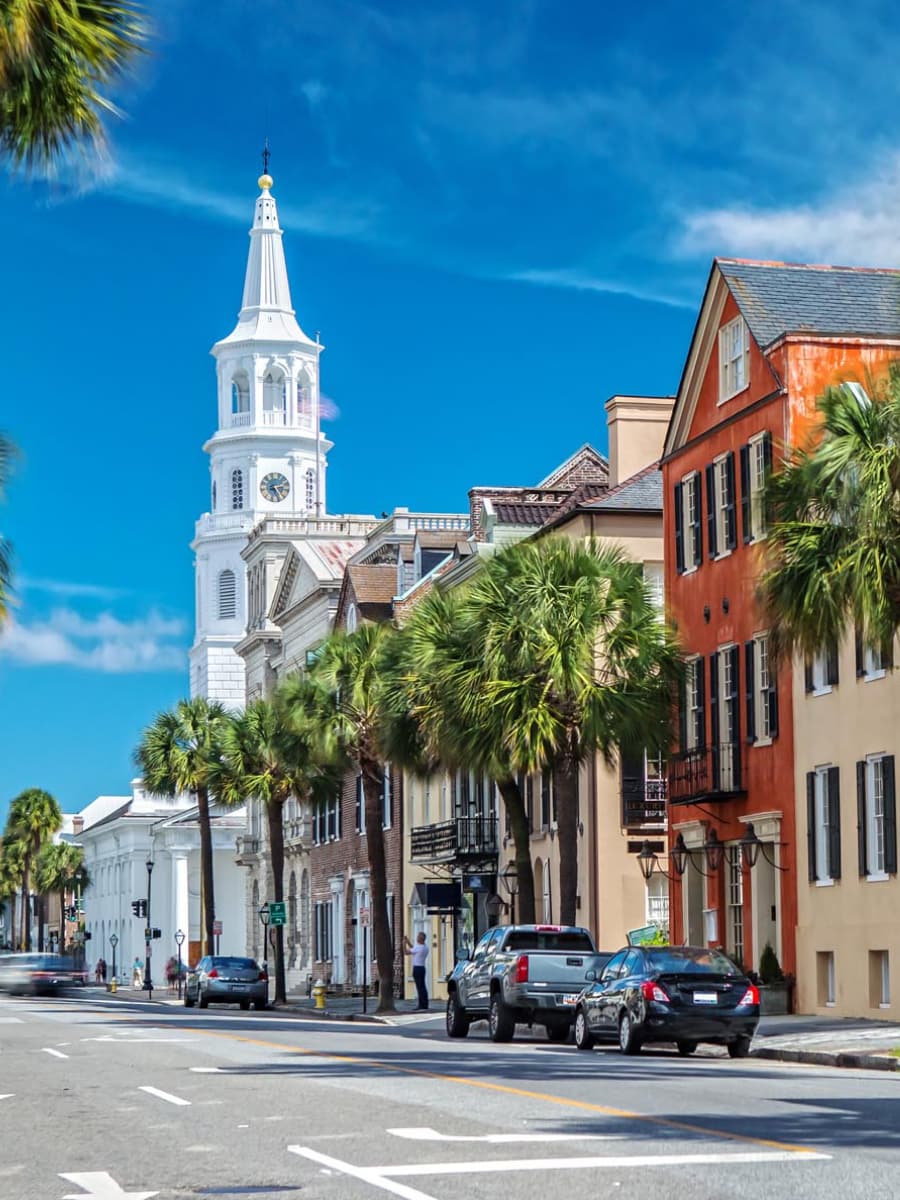
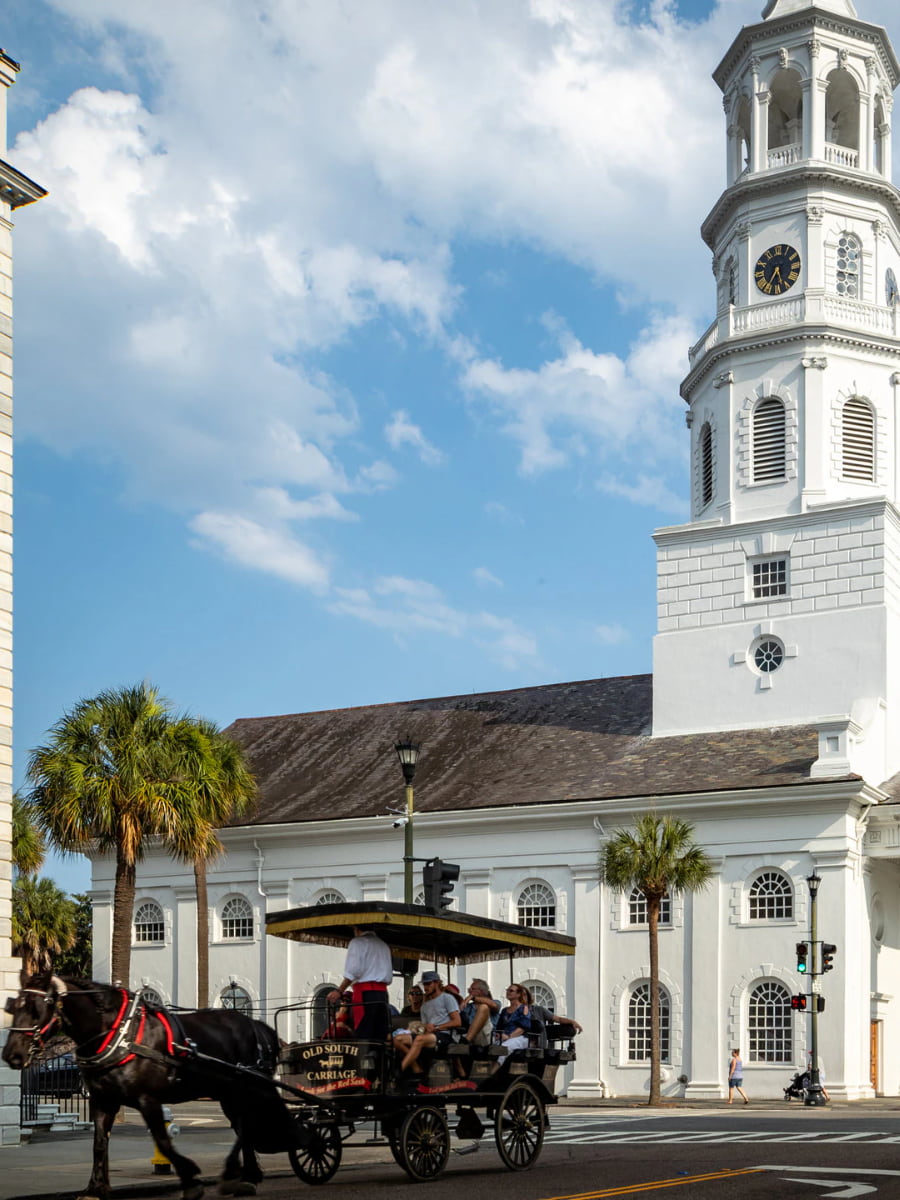
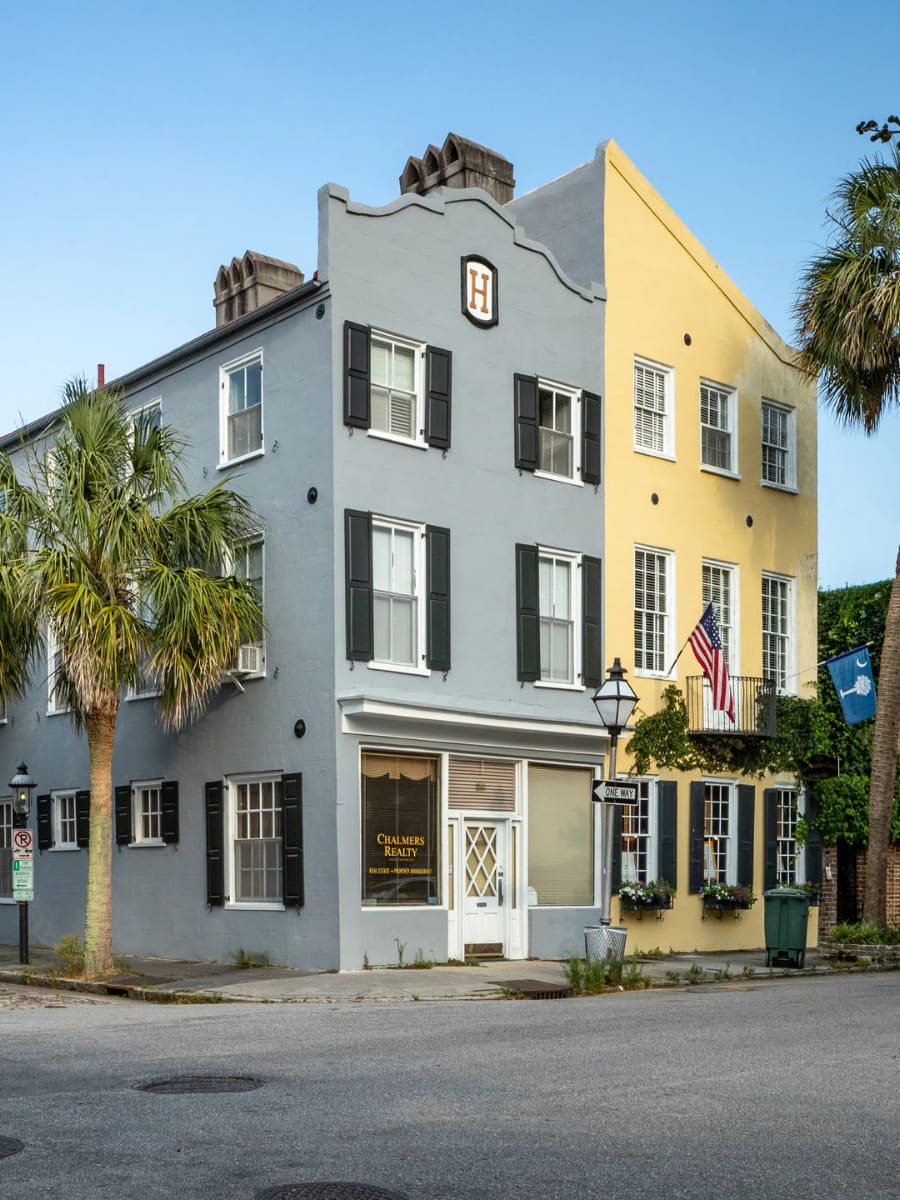
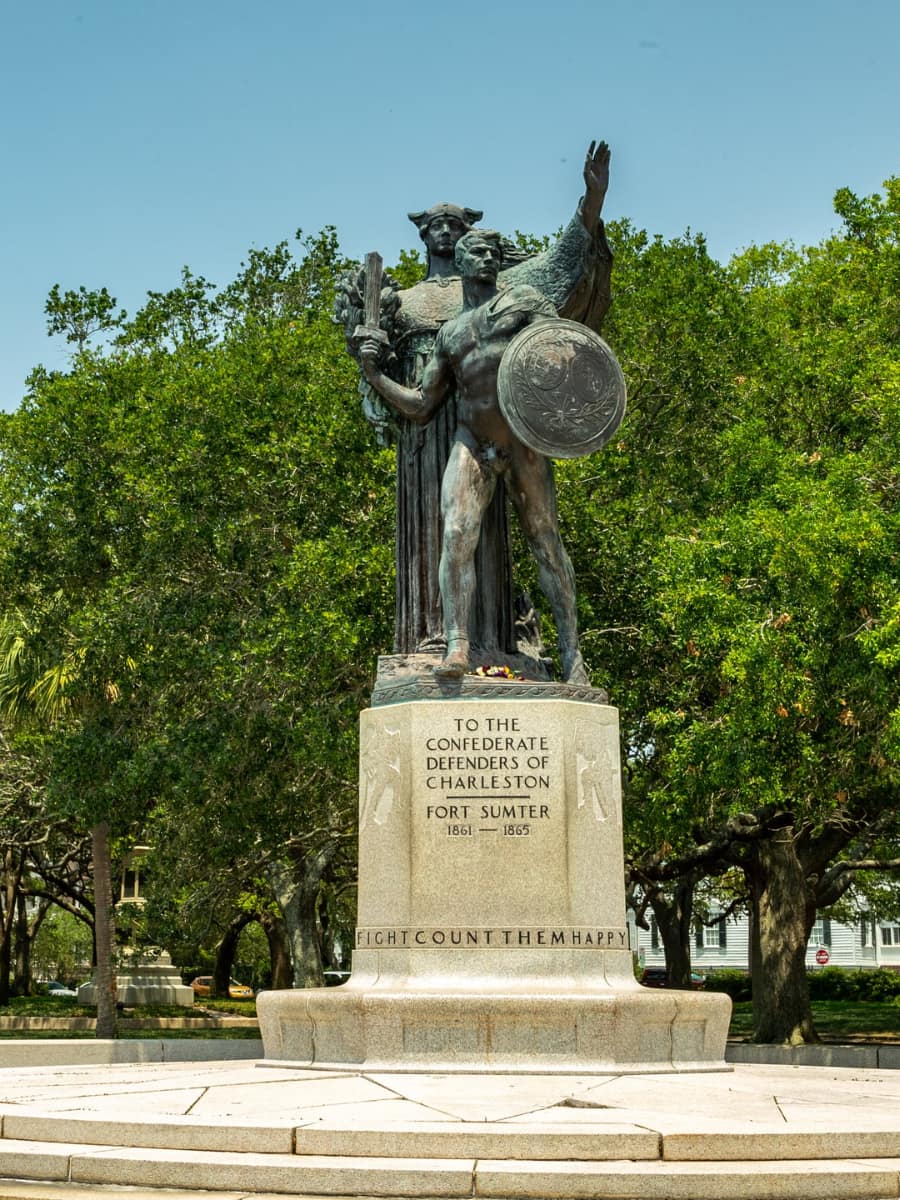
| Tour Type | Price (USD) | Duration | Meeting Point |
|---|---|---|---|
| Self-guided walking | Free | 2-4 hours | Charleston City Market |
| Guided walking tour | $37-40 | 2 hours | Meeting House Inn |
| Horse-drawn carriage | $27-37 | 1 hour | Various downtown locations |
Local experiences. Beyond the famous landmarks, I’ve discovered that the real magic happens in the district’s everyday moments. Street vendors at Charleston City Market sell handwoven sweetgrass baskets, continuing Gullah traditions passed down through generations. The cobblestone alleys between East Bay and Meeting Street hide art galleries, antique shops, and cozy cafes serving authentic Lowcountry cuisine. Walking these streets at different times reveals changing light patterns that highlight the district’s architectural details and garden blooms.
⭐ Best Activities
- Charleston's Old South Carriage Historic Horse & Carriage Tour – Experience over 300 years of Charleston history on this 1-hour guided horse-drawn carriage tour through 30 blocks of the historic district. See grand antebellum mansions, historic churches, and beautiful gardens while Belgian and Percheron draft horses lead you through cobblestone streets.
2. King Street Shopping
Upper King Street. This stretch transforms from trendy boutiques to local artisan shops, creating Charleston’s most diverse shopping experience. I’ve found unique pieces at Blue Bicycle Books, where local authors often host readings in their cozy back room. The antique stores here sell everything from Civil War memorabilia to vintage sweetgrass baskets made by Gullah craftspeople. George C. Birlant & Co. remains my favorite stop for authentic Charleston souvenirs and locally-made crafts.
| Shopping Area | Price Range | Best For | Hours |
|---|---|---|---|
| Upper King Street | $15-200 | Local crafts, books | 10am-9pm |
| Middle King Street | $25-500 | Fashion, antiques | 10am-8pm |
| Lower King Street | $50-1000 | High-end boutiques | 10am-7pm |
Middle King Street. The heart of Charleston’s fashion scene pulses with both national brands and local designers showcasing Lowcountry style. I always browse the art galleries here, where contemporary Southern artists display paintings inspired by Charleston’s architecture and harbor views. The antique shops specialize in period furniture and Charleston-specific collectibles that tell stories of the city’s past. Street musicians often perform near Marion Square, adding soundtrack to the shopping experience.
Lower King Street. The cobblestone side streets hide specialty stores selling handcrafted jewelry inspired by Charleston’s maritime heritage. I’ve discovered that many shops here offer custom services, from tailored clothing to personalized art pieces featuring Rainbow Row or The Battery. The proximity to Charleston Harbor means you can combine shopping with waterfront dining and harbor views.
⭐️ Best Activities
- Charleston King Street Shopping Tour with Drinks – Discover Charleston’s premier shopping district on King Street while enjoying local beverages and exploring boutiques, galleries, and historic landmarks.
3. Charleston City Market
Historic market halls. Four connected buildings stretch from Meeting Street to East Bay Street, housing over 100 vendors selling everything from Gullah crafts to Lowcountry spices. I’ve watched sweetgrass basket weavers work their magic, continuing traditions passed down through generations of African American artisans. The market’s red brick architecture dates back to the 1800s, creating an authentic backdrop for discovering Charleston’s cultural heritage. Local vendors share stories about their crafts while you browse handmade soaps, pottery, and artwork.
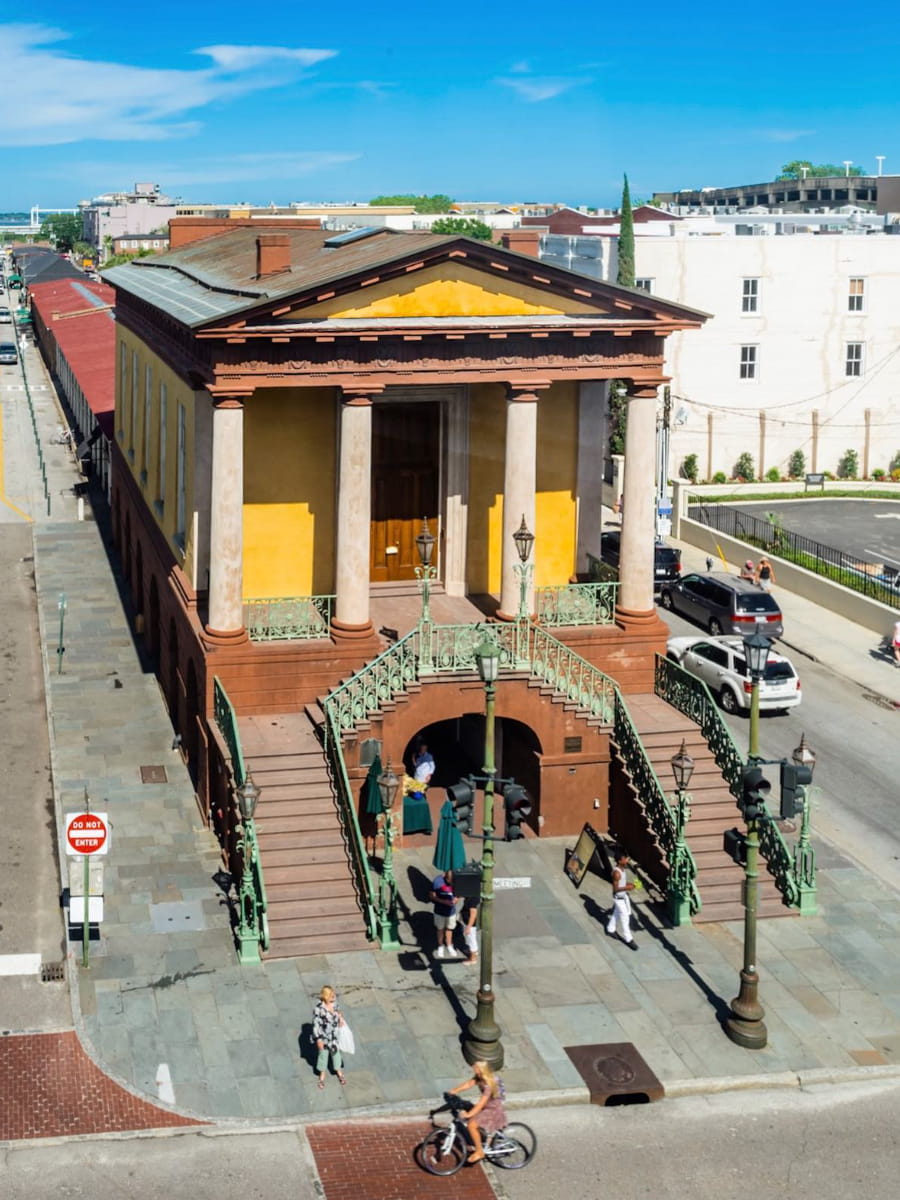
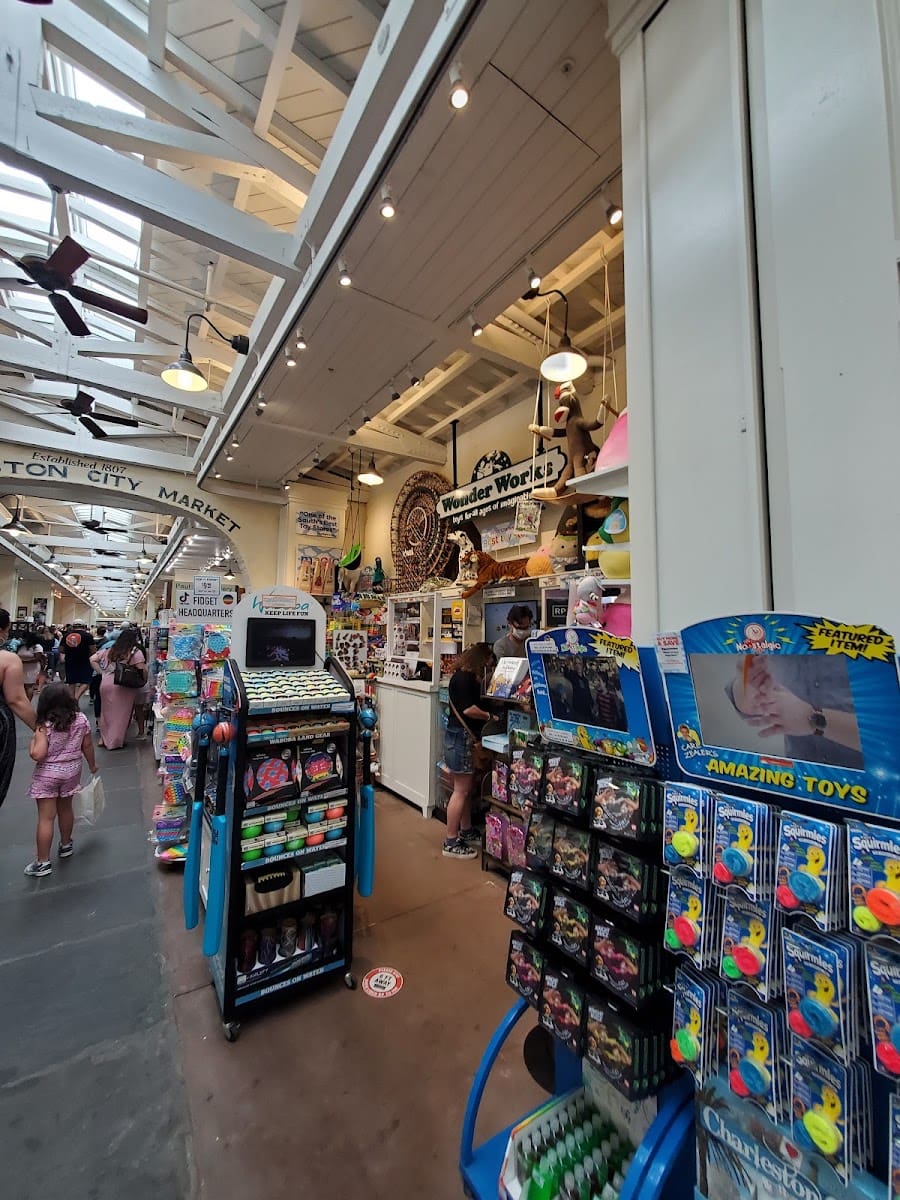
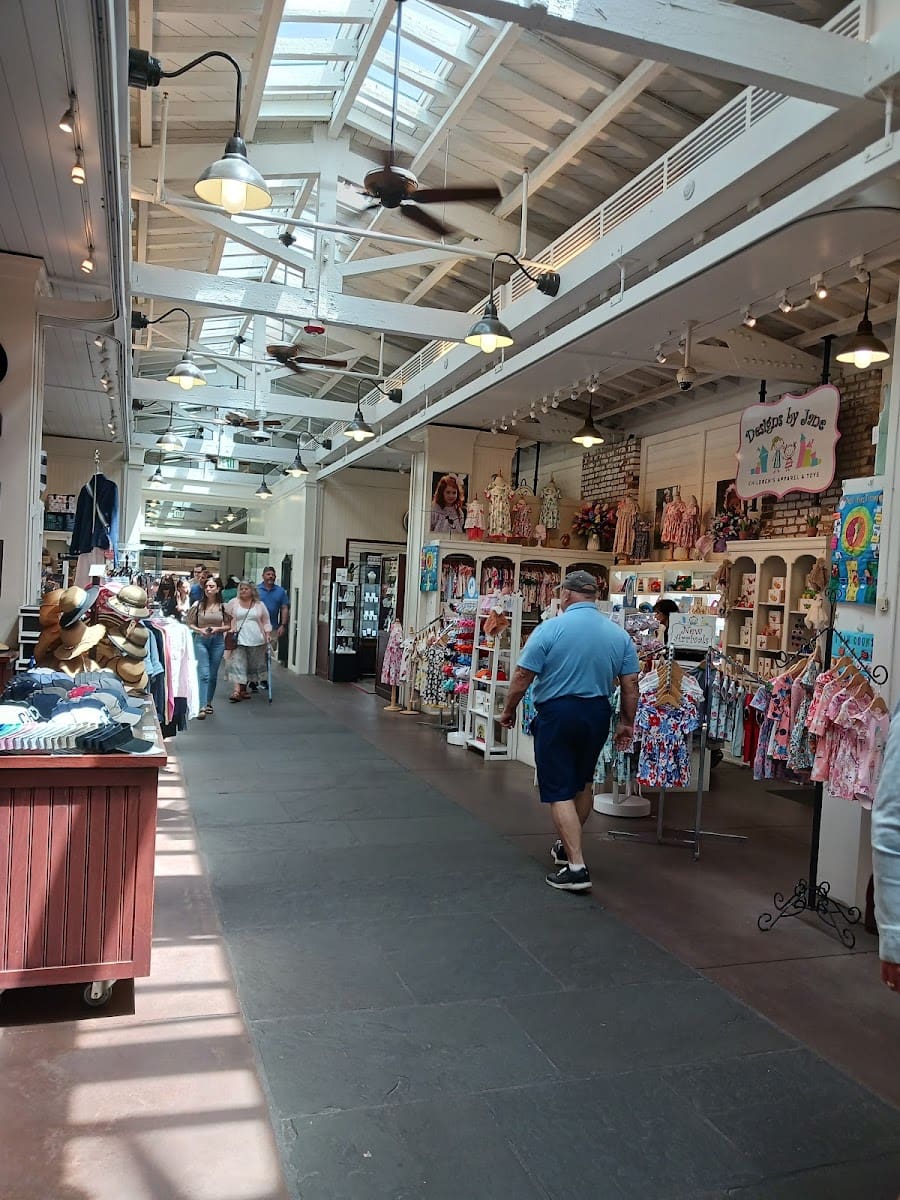
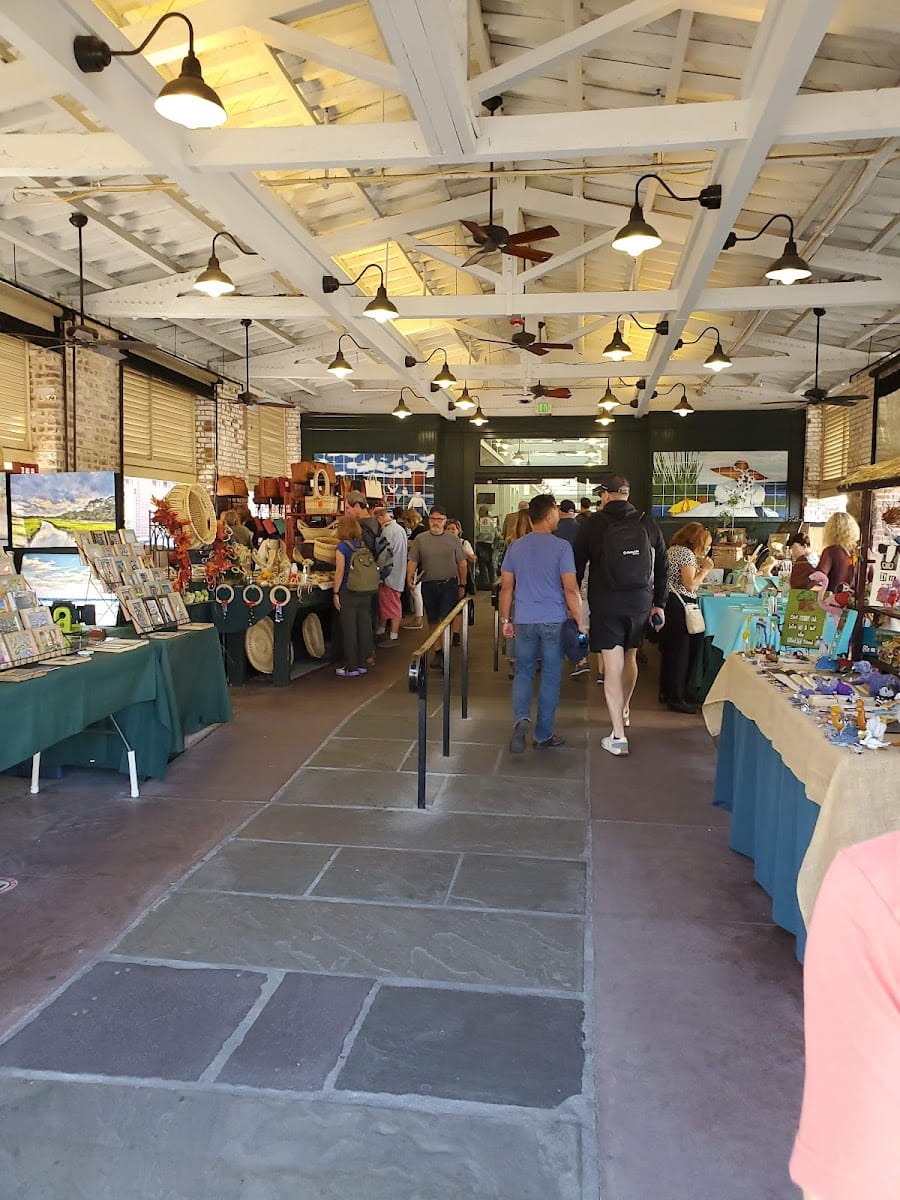
| Vendor Type | Price Range | Popular Items | Location |
|---|---|---|---|
| Sweetgrass baskets | $25-300 | Traditional baskets | Market Street entrance |
| Local food vendors | $8-25 | Pralines, boiled peanuts | Throughout market |
| Art and crafts | $15-150 | Paintings, jewelry | East Bay Street end |
Gullah culture. The market serves as Charleston’s premier destination for experiencing authentic Gullah traditions through handcrafted sweetgrass baskets and storytelling. I’ve learned that each basket pattern carries specific meaning, with techniques unchanged since enslaved Africans first brought this art to Charleston. Their work represents one of America’s oldest African art forms still practiced today.
Local flavors. I always stop for fresh-made benne wafers, a Charleston specialty featuring sesame seeds brought by enslaved Africans centuries ago. The market’s location near Charleston Harbor means many vendors incorporate seafood themes into their crafts and foods. Street performers add energy to the atmosphere, playing traditional Gullah music and sharing cultural stories.
4. Fort Sumter National Monument
Civil War history. This artificial island fortress marks where America’s Civil War began, accessible only by ferry from downtown Charleston or Patriots Point. I’ve stood where the first shots were fired, feeling the weight of history while Charleston Harbor stretches endlessly around the fort. The ferry ride itself offers spectacular views of Charleston’s skyline, The Battery, and Rainbow Row from the water. Park rangers provide detailed accounts of the fort’s strategic importance and the events that changed American history forever.
| Access Option | Price (USD) | Duration | Departure Point |
|---|---|---|---|
| Downtown ferry | $22-28 | 2.5 hours total | Liberty Square |
| Patriots Point ferry | $22-28 | 2.5 hours total | Mount Pleasant |
| Private boat tour | $45-75 | 3-4 hours | Various marinas |
Harbor views. The ferry journey provides unmatched perspectives of Charleston’s historic waterfront, with dolphins often swimming alongside the boat during the 30-minute crossing. The fort’s walls offer 360-degree views of Charleston Harbor, Sullivan’s Island, and the Atlantic Ocean beyond. On clear days, you can see Kiawah Island in the distance while seabirds dive for fish in the harbor’s blue waters.
Museum exhibits. The fort’s visitor center houses artifacts recovered from the harbor floor, including cannonballs, uniform buttons, and personal items from soldiers stationed here. Interactive displays explain the complex political tensions that led to war, while preserved fort structures show battle damage from Union bombardments. I always recommend timing visits with ranger-led programs that bring the fort’s stories to life through dramatic reenactments. The bookstore sells specialized Civil War literature and Charleston-specific historical accounts unavailable elsewhere.
⭐️ Best Activities
- Fort Sumter Admission with Round-Trip Ferry – Visit the historic site where the Civil War began with admission ticket and ferry transportation from downtown Charleston to Fort Sumter National Monument.
5. Magnolia Plantation & Gardens
Garden paradise. America’s oldest public gardens showcase 500 acres of azaleas, camellias, and ancient live oaks draped in Spanish moss creating natural cathedral spaces. I’ve wandered these paths during different seasons, discovering that each visit reveals new blooms and wildlife sightings throughout the property. The gardens feature themed areas including a Biblical garden, herb garden, and maze that challenges visitors while providing harbor glimpses. Peacocks roam freely, adding unexpected beauty to already spectacular surroundings.
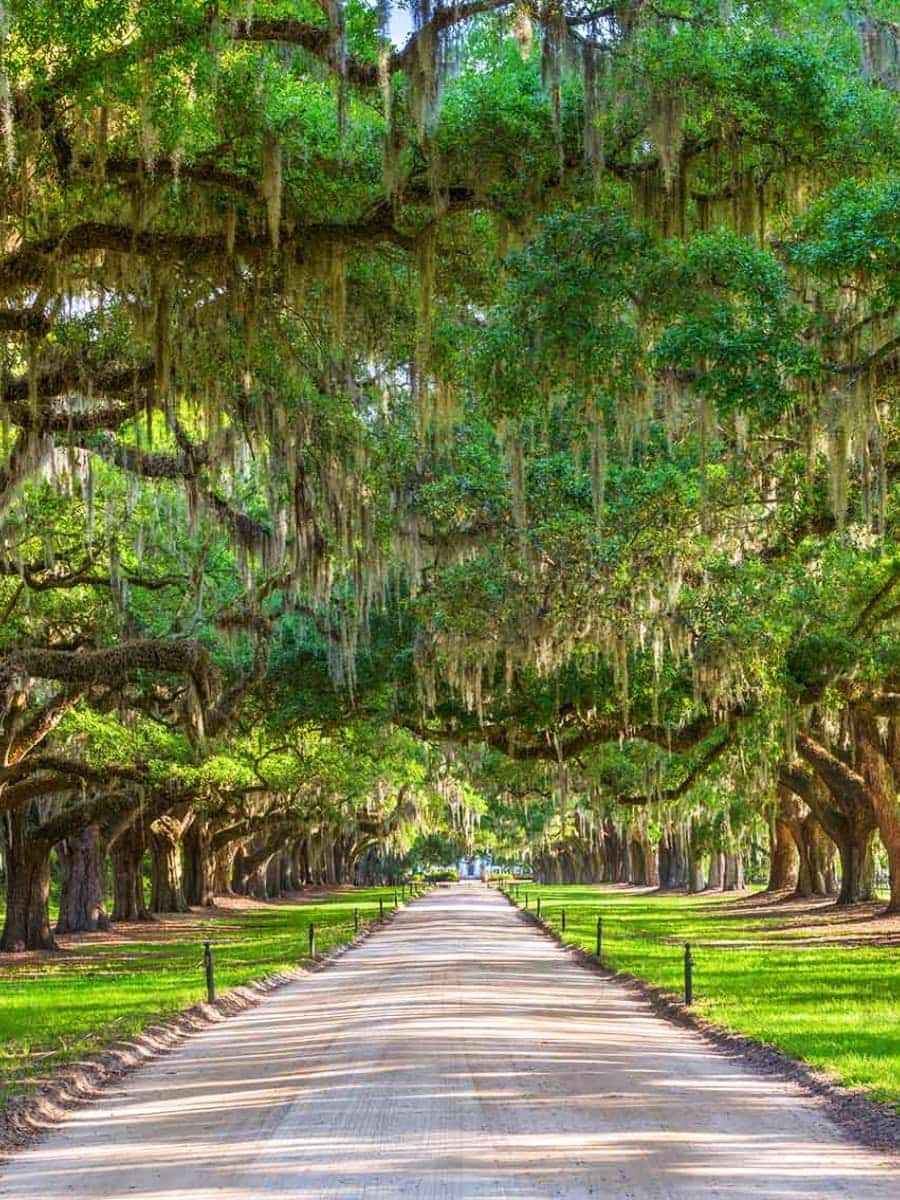
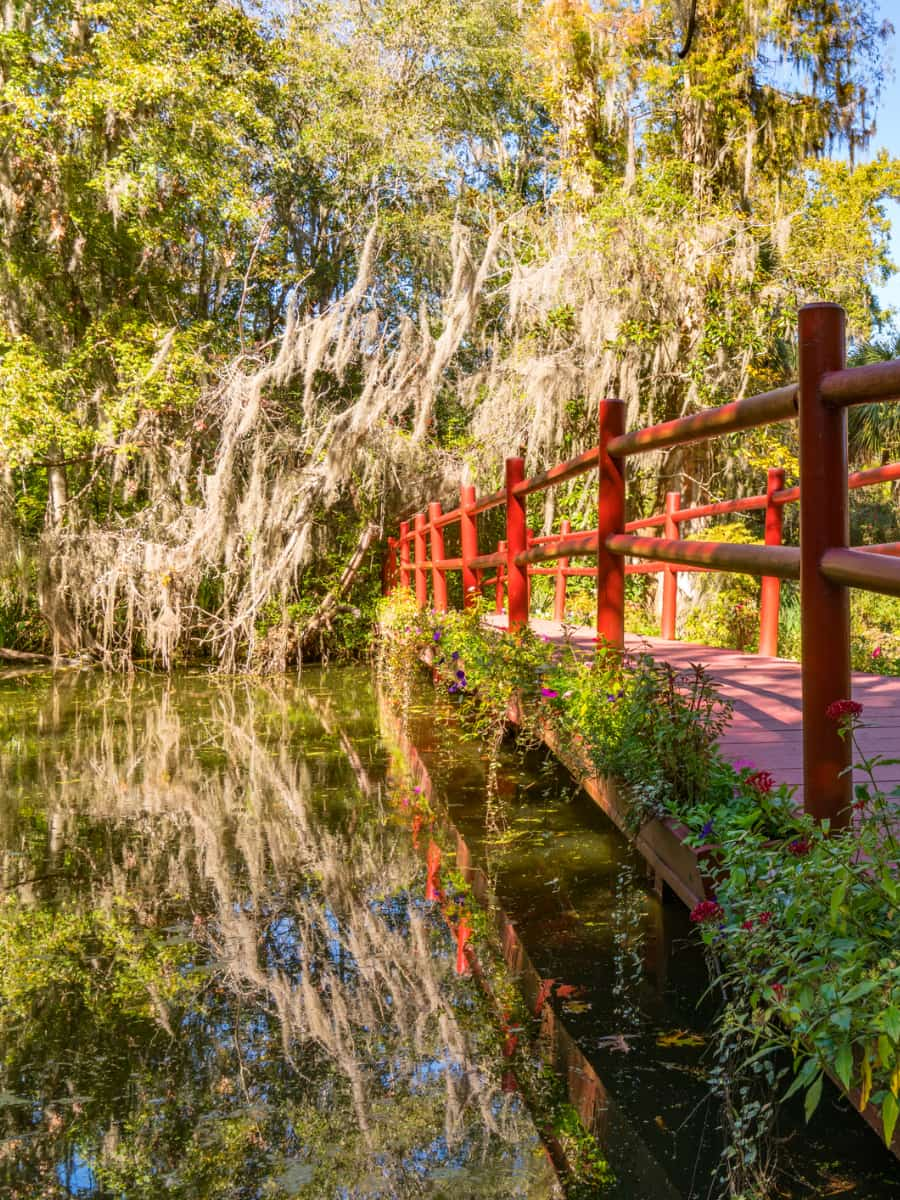
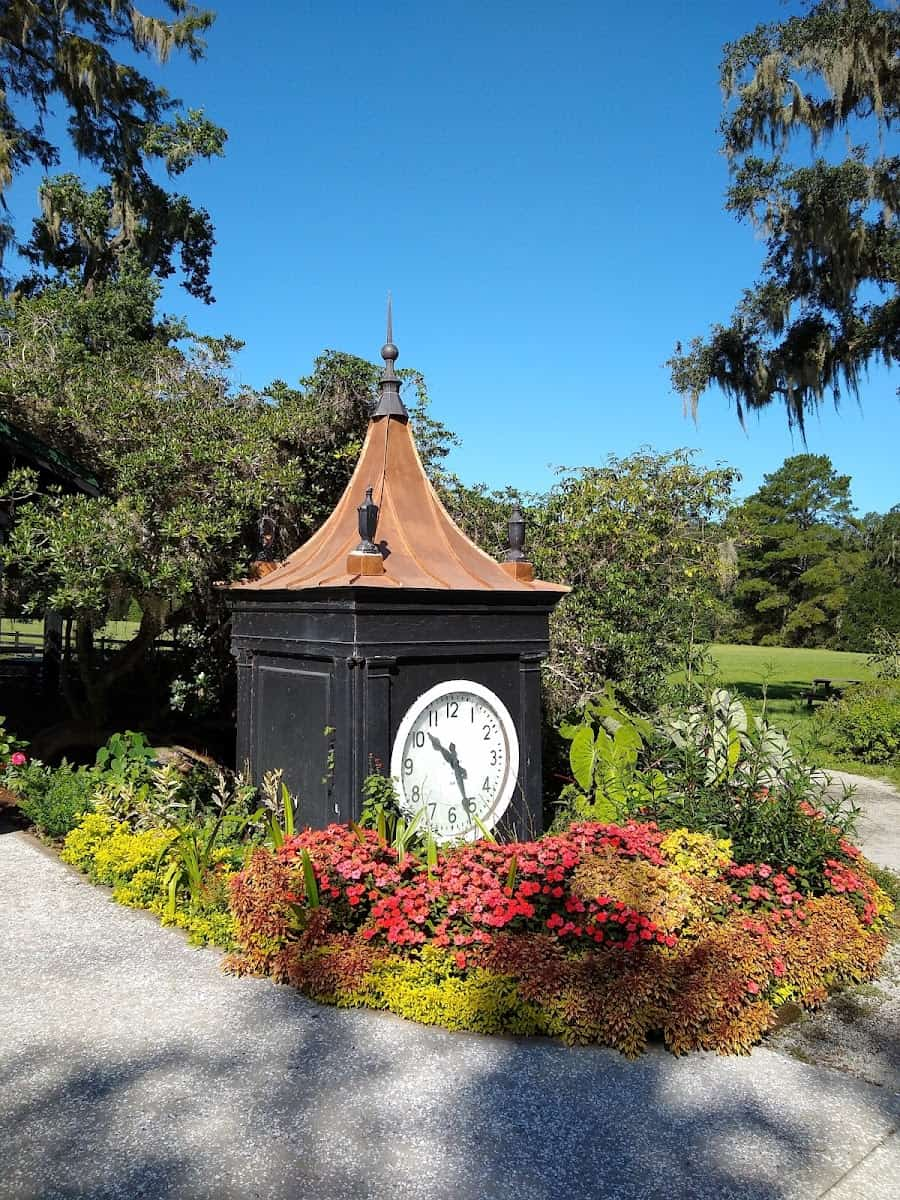
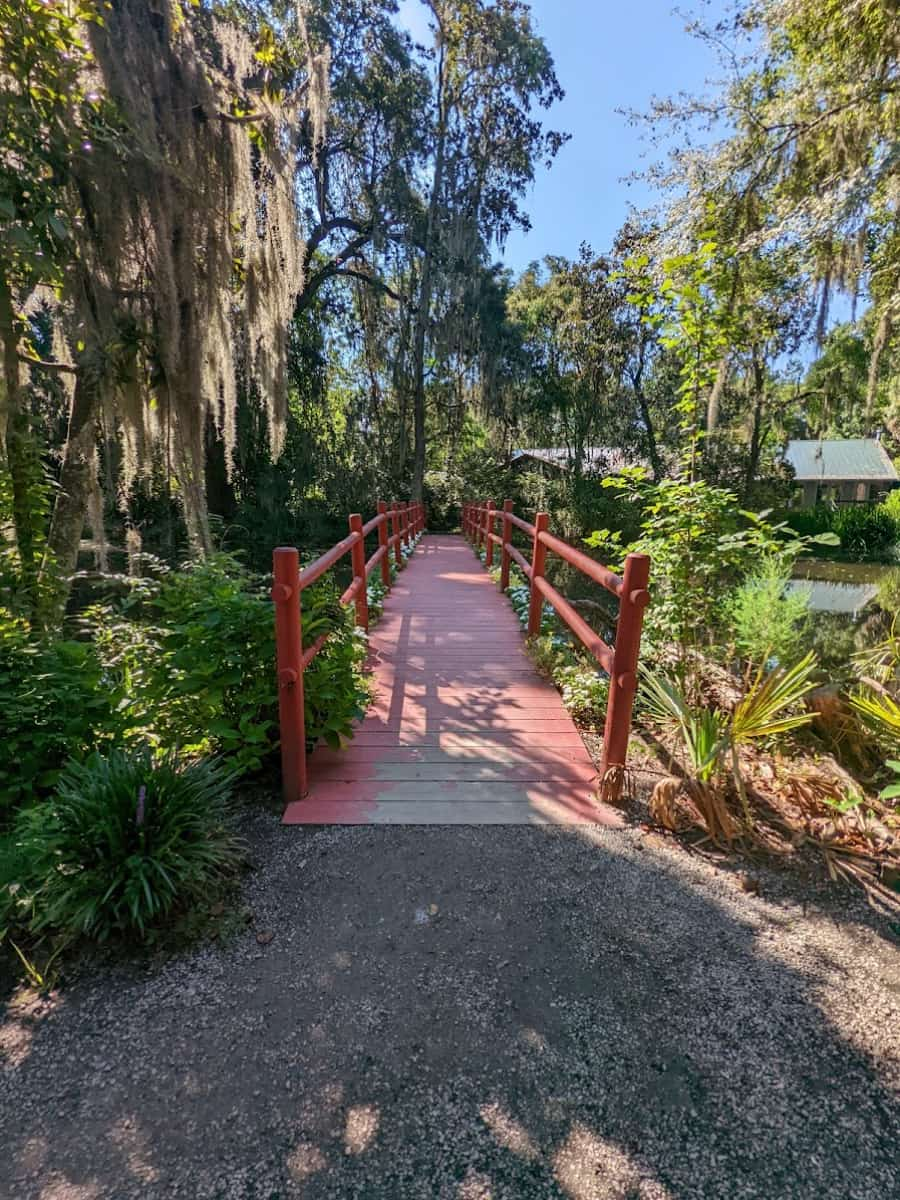
| Experience | Price (USD) | Duration | Best Season |
|---|---|---|---|
| Garden admission | $20-25 | 2-4 hours | March-May |
| House tour | $35-40 | 45 minutes | Year-round |
| Nature tram | $10-15 | 45 minutes | Year-round |
Plantation history. The house tour reveals complex stories of plantation life, including the experiences of enslaved people who built and maintained this property for generations. I’ve learned about the Drayton family’s 300-year connection to this land while exploring rooms filled with period furniture and family portraits. The Slavery to Freedom exhibit provides honest perspectives on plantation life through artifacts, documents, and personal accounts. Gardens originally designed by enslaved workers demonstrate their horticultural knowledge and artistic vision.
Wildlife sanctuary. Beyond the formal gardens, nature trails wind through swamps and marshes where alligators, turtles, and over 125 bird species thrive in natural habitats. I’ve spotted great blue herons fishing in the Ashley River while wood ducks paddle through cypress swamps dotted with blooming water lilies. The Audubon Swamp Garden features elevated walkways that provide safe wildlife viewing without disturbing natural ecosystems.
⭐️ Best Activities
- Charleston Magnolia Plantation & Historic City Tour – Comprehensive tour combining America’s oldest public gardens at Magnolia Plantation with Charleston’s historic downtown landmarks and architecture.
6. Middleton Place
Landscaped gardens. These formal gardens represent America’s oldest landscaped gardens, featuring geometric patterns, butterfly lakes, and terraced lawns that cascade toward the Ashley River. I’ve marveled at the precision of these 18th-century designs, created by enslaved workers who shaped the landscape into living art. The camellia collection blooms from December through March, while azaleas create spectacular color displays during spring months. Ancient live oaks frame garden vistas, some over 500 years old and draped in Spanish moss.
| Attraction | Price (USD) | Duration | Highlights |
|---|---|---|---|
| Gardens only | $28-32 | 2-3 hours | Butterfly Lakes, Rice Mill |
| House Museum | $18-22 | 45 minutes | Period furnishings |
| Stableyards | $15-18 | 1 hour | Living history demos |
Living history. The Stableyards demonstrate traditional crafts through blacksmithing, pottery making, and carpentry using period tools and techniques. I’ve watched artisans create items identical to those made by enslaved craftspeople, explaining how their skills built Charleston’s economy. The House Museum displays family heirlooms and furniture that survived Sherman’s march, including pieces crafted by plantation workers. Interactive demonstrations show rice cultivation methods that made Charleston wealthy while honoring those who performed the labor.
Ashley River views. The plantation’s location on the Ashley River provides stunning water views framed by ancient live oaks and formal garden elements. I often sit by the butterfly lakes, watching river traffic while egrets and herons fish in the shallows. The rice mill ruins tell stories of the crop that built Charleston’s fortune, with interpretive signs explaining cultivation techniques developed by enslaved Africans. Sunset views from the river terrace create perfect endings to garden visits, with golden light filtering through Spanish moss.
⭐️ Best Activities
- Charleston Middleton Place Excursion with Low Country Cuisine – Experience America’s oldest landscaped gardens at Middleton Place while learning about plantation history and enjoying authentic Lowcountry cuisine.
7. Boone Hall Plantation
Avenue of Oaks. This three-quarter-mile entrance drive lined with massive live oaks creates one of America’s most photographed plantation approaches. I’ve driven this avenue countless times, always amazed by the natural cathedral formed by interlocking branches draped in Spanish moss. The trees, planted in 1743, frame views of the plantation house while filtering sunlight into dappled patterns on the ground. This iconic scene has appeared in numerous films and represents the quintessential Southern plantation image.
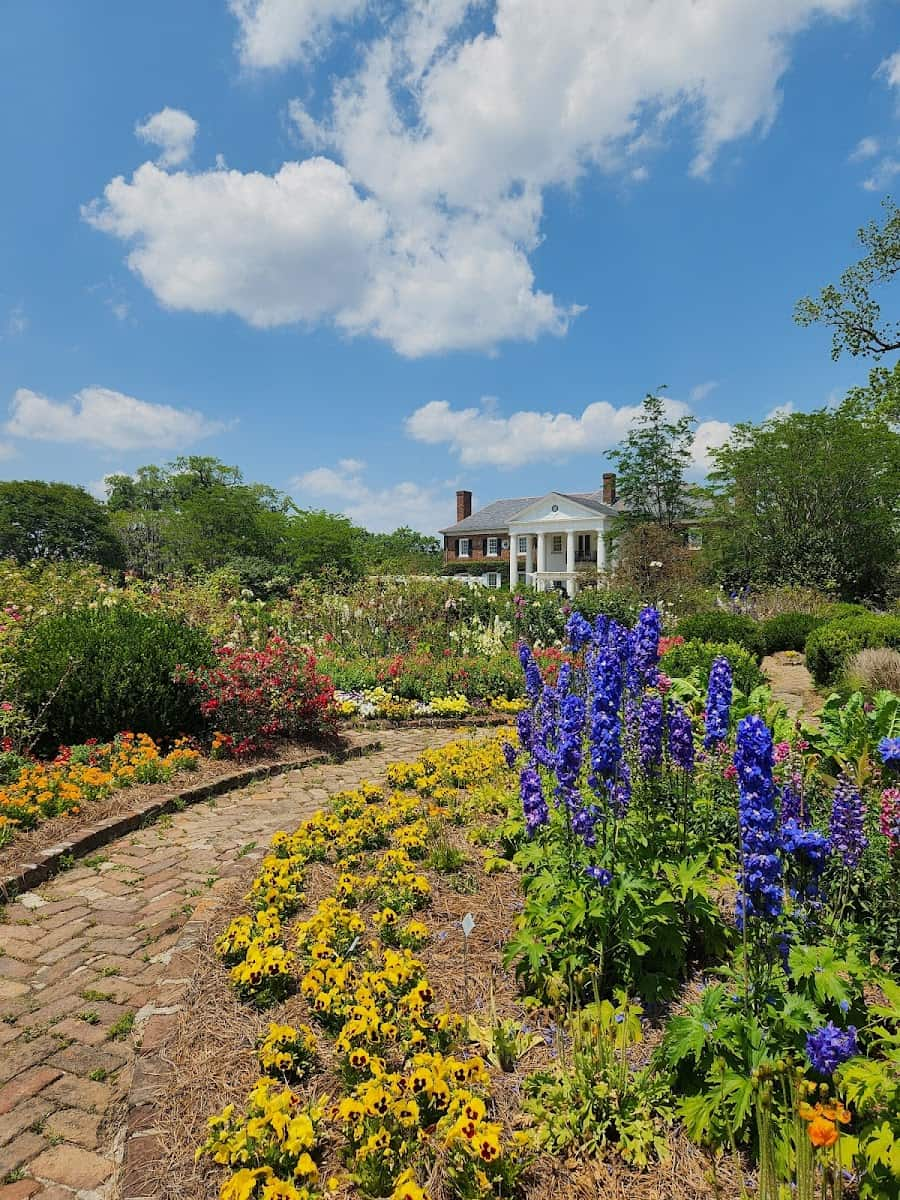
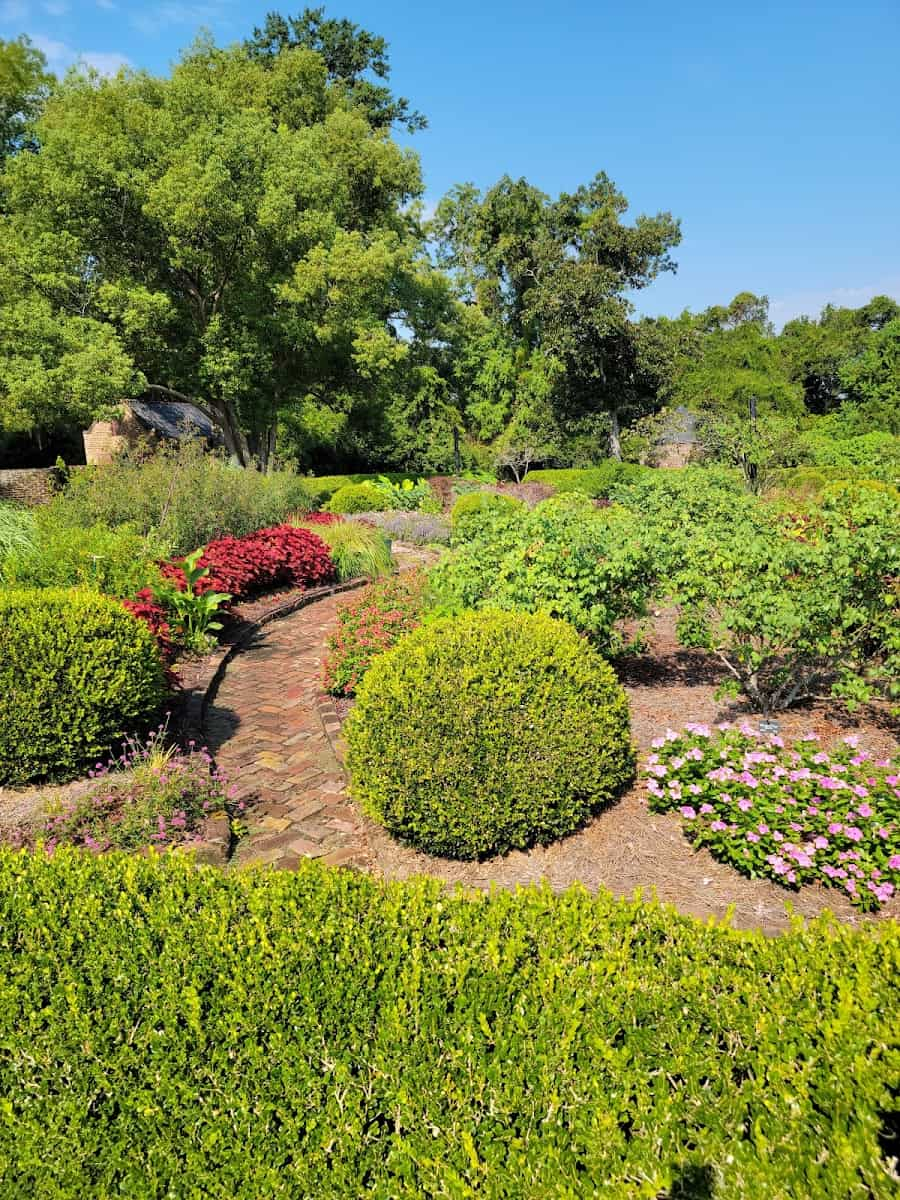
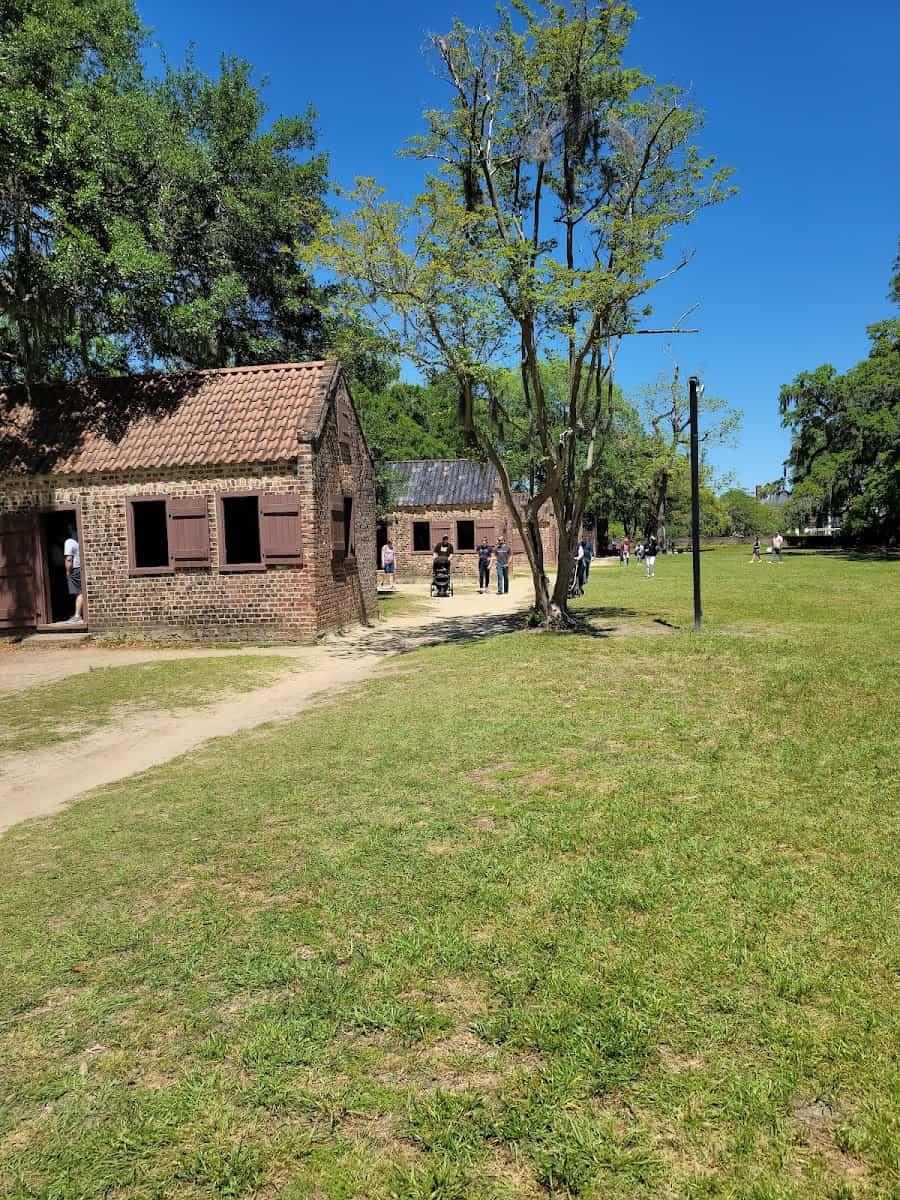
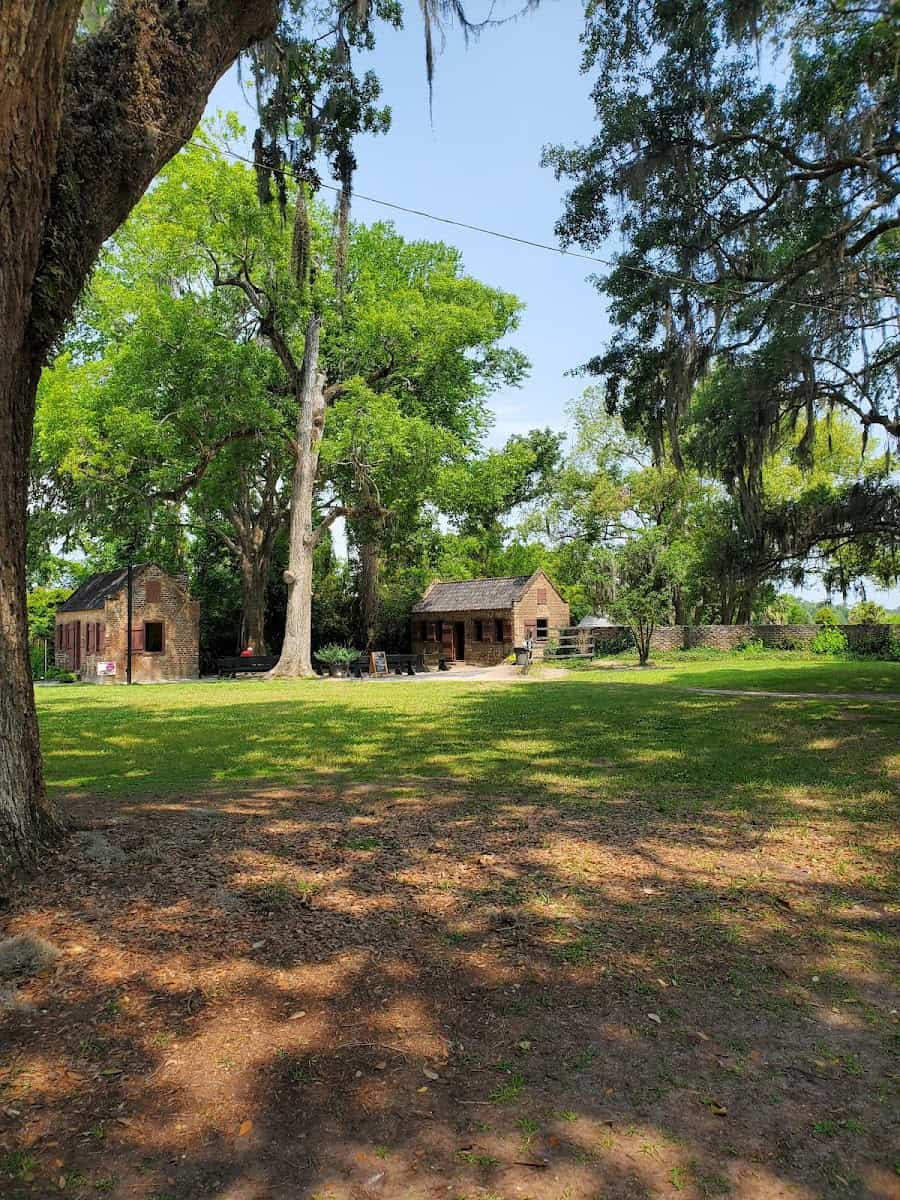
| Tour Option | Price (USD) | Duration | Focus |
|---|---|---|---|
| House & grounds | $27-32 | 2-3 hours | Architecture, gardens |
| Gullah culture tour | $35-40 | 1.5 hours | African American heritage |
| Butterfly pavilion | $8-12 | 30 minutes | Native species |
Slave street. Nine original brick slave quarters line a street that provides powerful testimony to plantation life realities. I’ve walked this street many times, reading interpretive signs that share stories of the families who lived in these small buildings. The Gullah culture presentations held here honor African traditions that survived slavery, including basket weaving, storytelling, and spiritual practices. These quarters represent some of Charleston’s best-preserved examples of slave housing, offering important historical context.
Working plantation. Boone Hall continues operating as a working farm, growing strawberries, tomatoes, and other crops using sustainable methods. I enjoy visiting during harvest seasons when you can pick your own strawberries while learning about modern farming techniques. The plantation’s market sells fresh produce, local honey, and handmade items created by area artisans. Seasonal events include pumpkin patches and Christmas tree farms that blend agricultural traditions with family entertainment.
⭐️ Best Activities
- Charleston Boone Hall Plantation Tour – Explore the famous Avenue of Oaks and historic slave quarters at Boone Hall Plantation, one of America’s most photographed plantations.
8. Nathaniel Russell House
Architectural marvel. The free-flying spiral staircase at 51 Meeting Street represents one of America’s most impressive architectural achievements, with each cantilevered step supporting those above and below. I’ve stood beneath this three-story elliptical wonder, marveling at the engineering that allows it to rise without visible support from floor to ceiling. The Federal-style townhouse showcases neoclassical design through geometrically shaped rooms including rectangular, oval, and square spaces on each floor. Nathaniel Russell’s initials “NR” remain visible in the wrought-iron balcony above the entrance, announcing his wealth to every passerby on Meeting Street.
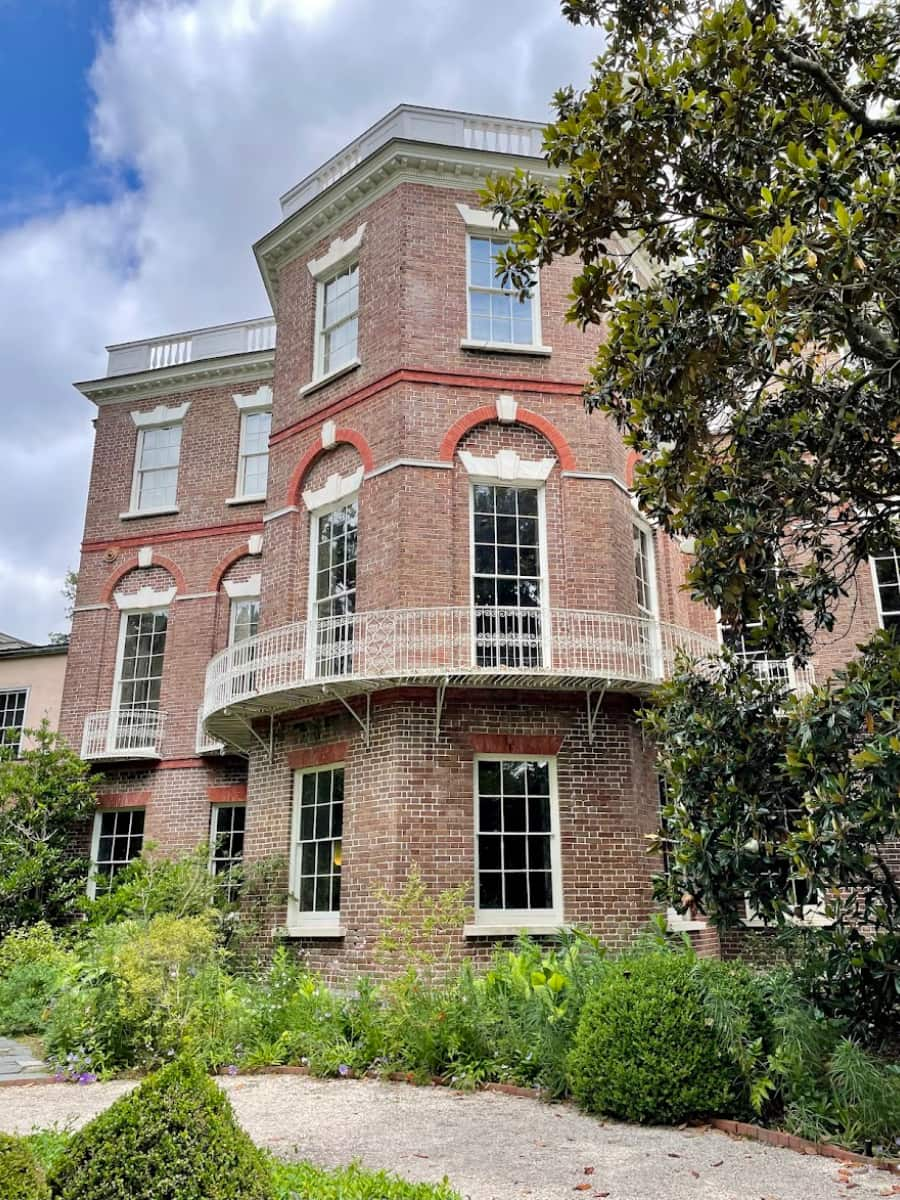
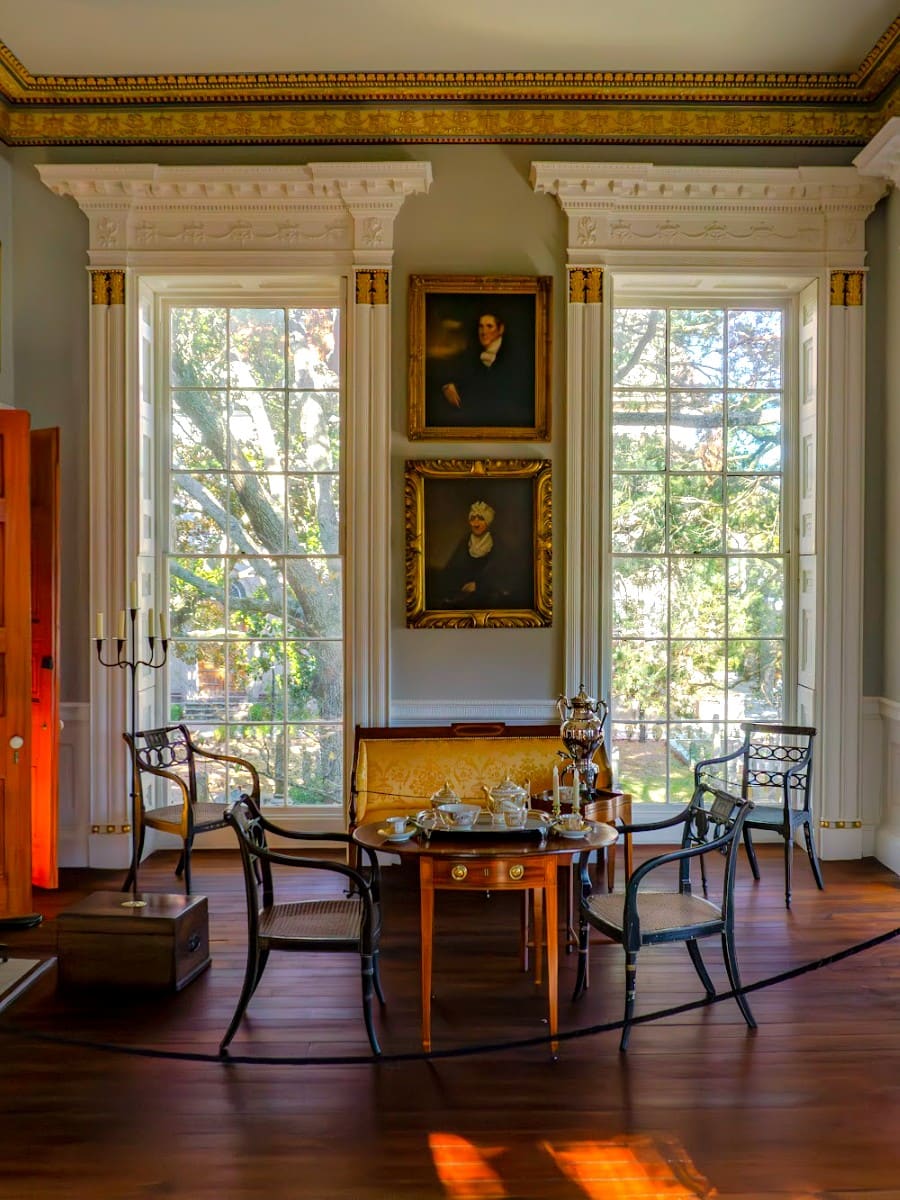
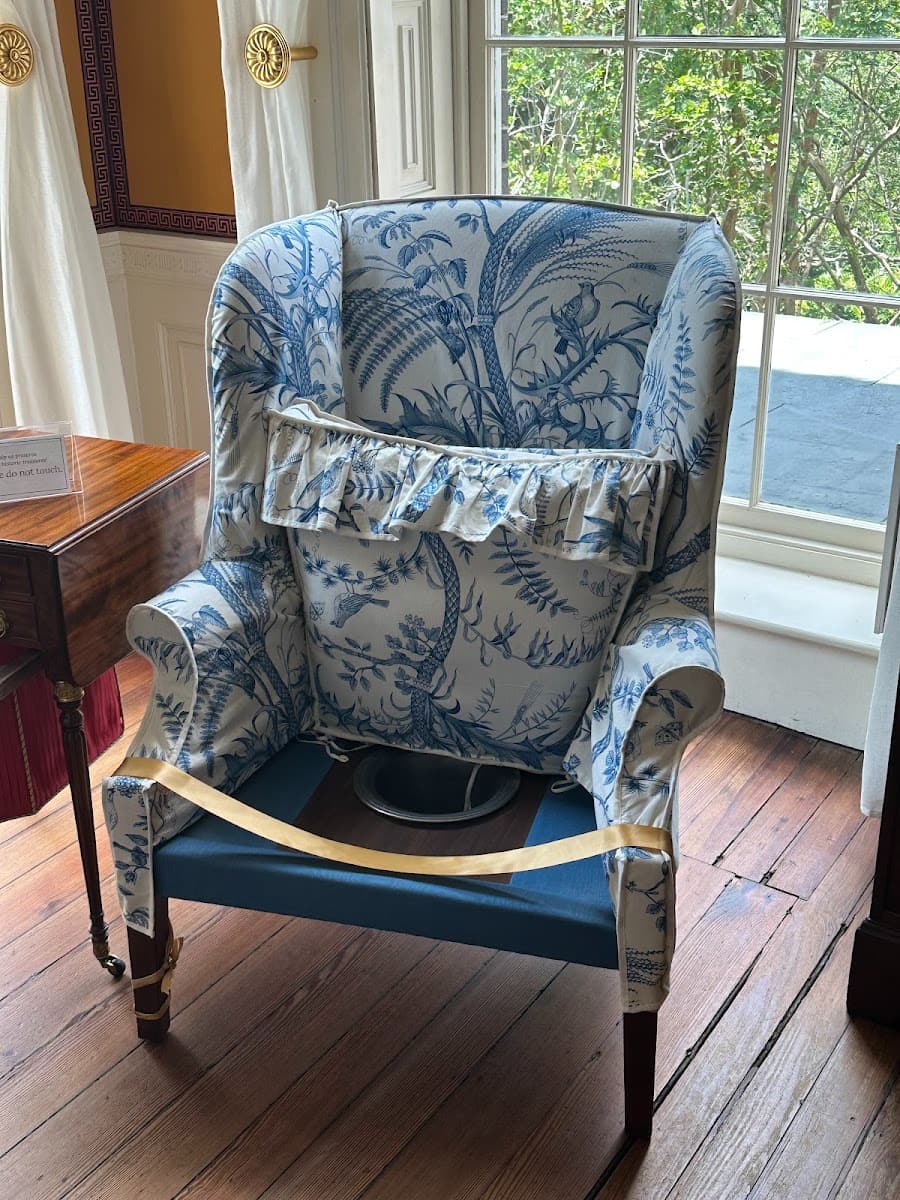
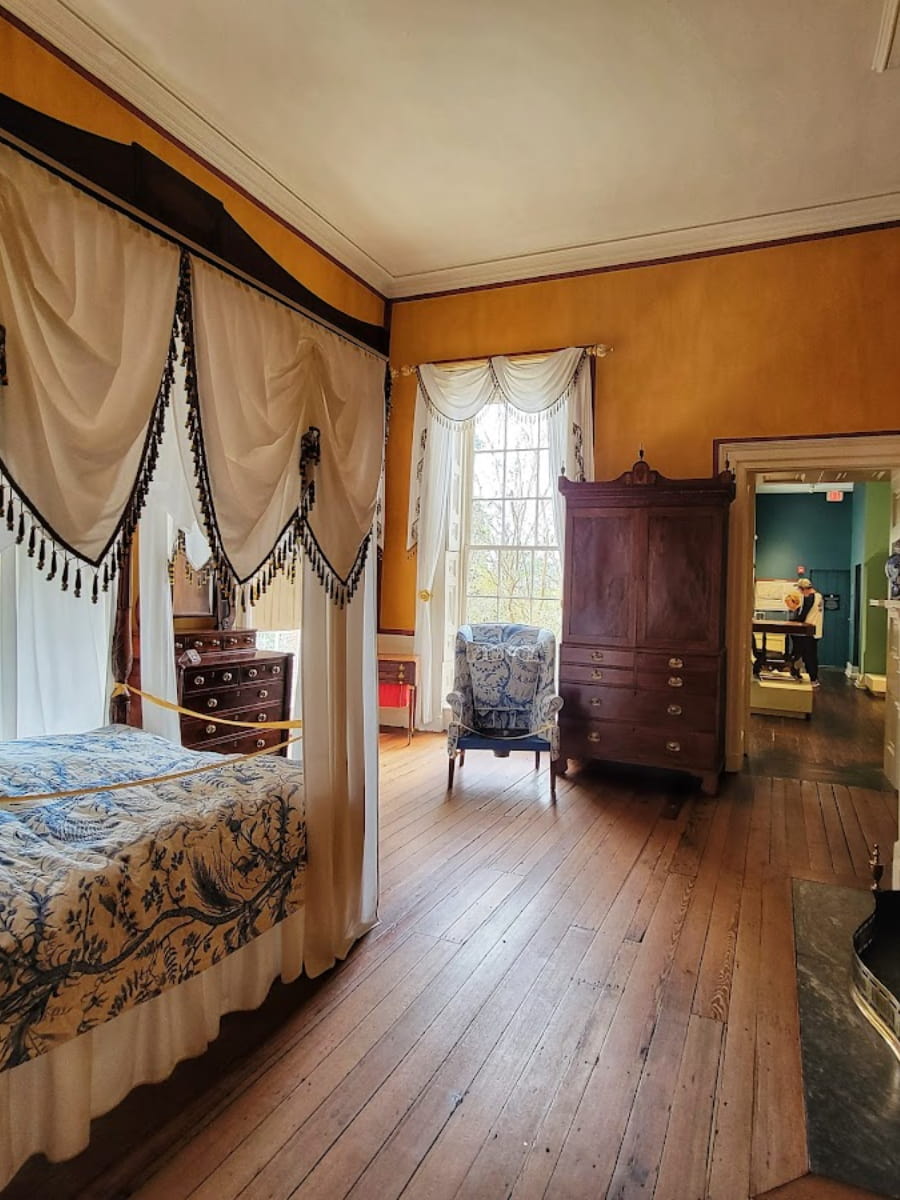
| Visit Option | Price (USD) | Hours | Duration |
|---|---|---|---|
| Single house admission | $16 adults, $7 children | Mon 1-4pm, Tue-Sun 10am-4pm | 1-2 hours |
| Combination ticket (with Aiken-Rhett) | $24 adults, $12 children | Same hours | Full day |
| Docent-led tours | Included with admission | Hourly, last tour 4pm | 45 minutes |
Interior splendor. The oval dining room features turquoise walls created from small squares of unpatterned wallpaper bordered with red and gold interlocking rings above white cypress wainscoting. I’ve discovered that many visual effects use theatrical tricks, including trompe-l’oeil painting that creates the illusion of elaborate plasterwork where walls meet ceilings. Heart pine doors are painted to mimic rich mahogany, while the blue embellishments in Alicia Russell’s wedding room simulate expensive lapis lazuli stone inserts. The house contains original heart pine floors, wood interior shutters, and period furnishings that recreate the lifestyle of Charleston’s merchant elite.
Enslaved history. The kitchen house exhibit reveals archaeological artifacts and educational panels that tell stories of the eighteen enslaved Africans who lived and worked on this property. I’ve learned about their daily lives through ongoing restoration of the enslaved quarters and material history uncovered during excavation work. Visitors can download the free HCF app for multimedia tours that include both the Nathaniel Russell House and city guide information for sites around Charleston.
⭐️ Best Activities
- Charleston City Sightseeing Bus Tour – Get an overview of Charleston without walking while staying in air-conditioned comfort on this luxury minibus tour with wide viewing windows. See highlights like Rainbow Row, White Point Gardens, and St. Michael’s Church with entertaining stories from your guide.
9. White Point Garden
Harbor views. This 5.7-acre waterfront park sits at the tip of Charleston’s peninsula where the Ashley and Cooper Rivers meet to form Charleston Harbor. I’ve spent countless hours on the benches lining the oyster shell pathways, watching sailboats navigate past Fort Sumter and Castle Pinckney in the distance. The park’s strategic location provides unobstructed views of Sullivan’s Island Lighthouse while massive live oaks draped in Spanish moss create natural shade throughout the grounds. Originally called Oyster Point due to sun-bleached shells covering the ground, the area became White Point Garden when the city purchased it for public use in 1837.
| Feature | Cost | Hours | Best Views |
|---|---|---|---|
| Park access | Free | Dawn to dusk | Harbor, Fort Sumter |
| Gazebo rental | Contact Charleston Recreation | By appointment | Wedding ceremonies |
| Walking paths | Free | Always open | Battery promenade |
Pirate history. The park’s dark past includes the execution of 49 pirates over five weeks in 1718, including the infamous “Gentleman Pirate” Stede Bonnet. I’ve discovered that visitors often search for the fake Revolutionary War cannon placed in the park as a joke in 1933, creating a popular game among tourists. The historic Civil War cannons scattered throughout the grounds provide climbing opportunities for children while adults read the monuments honoring Charleston’s military heritage. Ghost tour guides frequently share stories about apparitions spotted hanging from the ancient oak trees where pirates once met their fate.
Family activities. The central gazebo built in 1907 hosts weddings and community events while providing a focal point for family photos and relaxation. I always recommend bringing a picnic blanket since the expansive lawn areas under palmetto trees offer perfect spots for afternoon meals with harbor breezes. Children enjoy climbing on the historic cannons and cannonball stacks while parents appreciate the numerous benches positioned for optimal water views.
⭐️ Best Activities
- 90-Minute Charleston City Sightseeing Bus Tour – Discover historic Charleston on this guided educational tour featuring The Battery, Rainbow Row, and over 100 points of interest. Optional upgrade available to include a guided tour of the famous Joseph Manigault House or Charleston Museum.
10. McLeod Plantation Historic Site
Gullah heritage. This 37-acre historic site on James Island preserves one of America’s most important Gullah/Geechee cultural heritage locations just 15 minutes from downtown Charleston. I’ve walked through the six original slave cabins that housed generations of enslaved families, discovering how their West African traditions evolved into the unique Gullah culture. The McLeod Oak, estimated at over 600 years old, stands as a living witness to centuries of human stories. The plantation’s location at 325 Country Club Drive provides easy access while maintaining the rural atmosphere that shaped Lowcountry life.
| Experience | Price (USD) | Hours | Duration |
|---|---|---|---|
| General admission | $20 adults, $15 seniors | Tue-Sun 9am-4pm | 2-3 hours |
| Children (3-12) | $6 | Same hours | Self-paced |
| Guided tours | Included with admission | Every hour | 45 minutes |
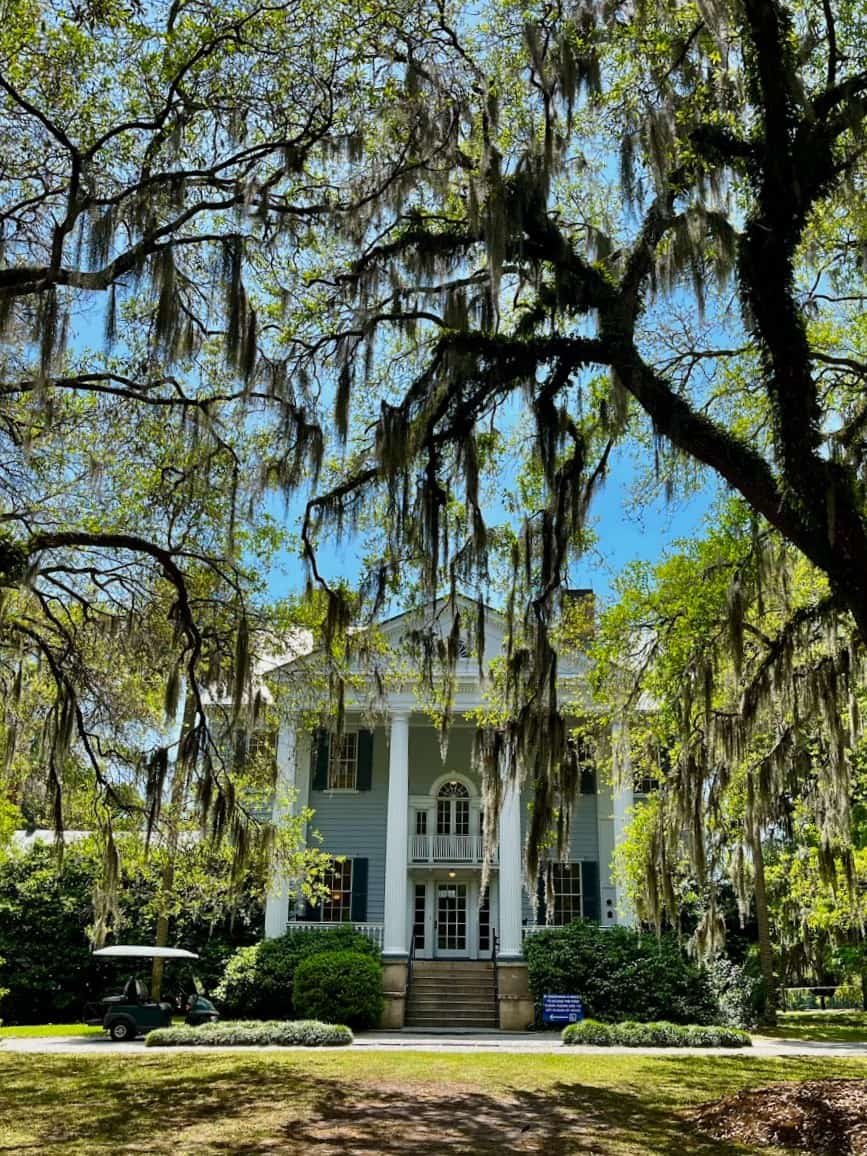
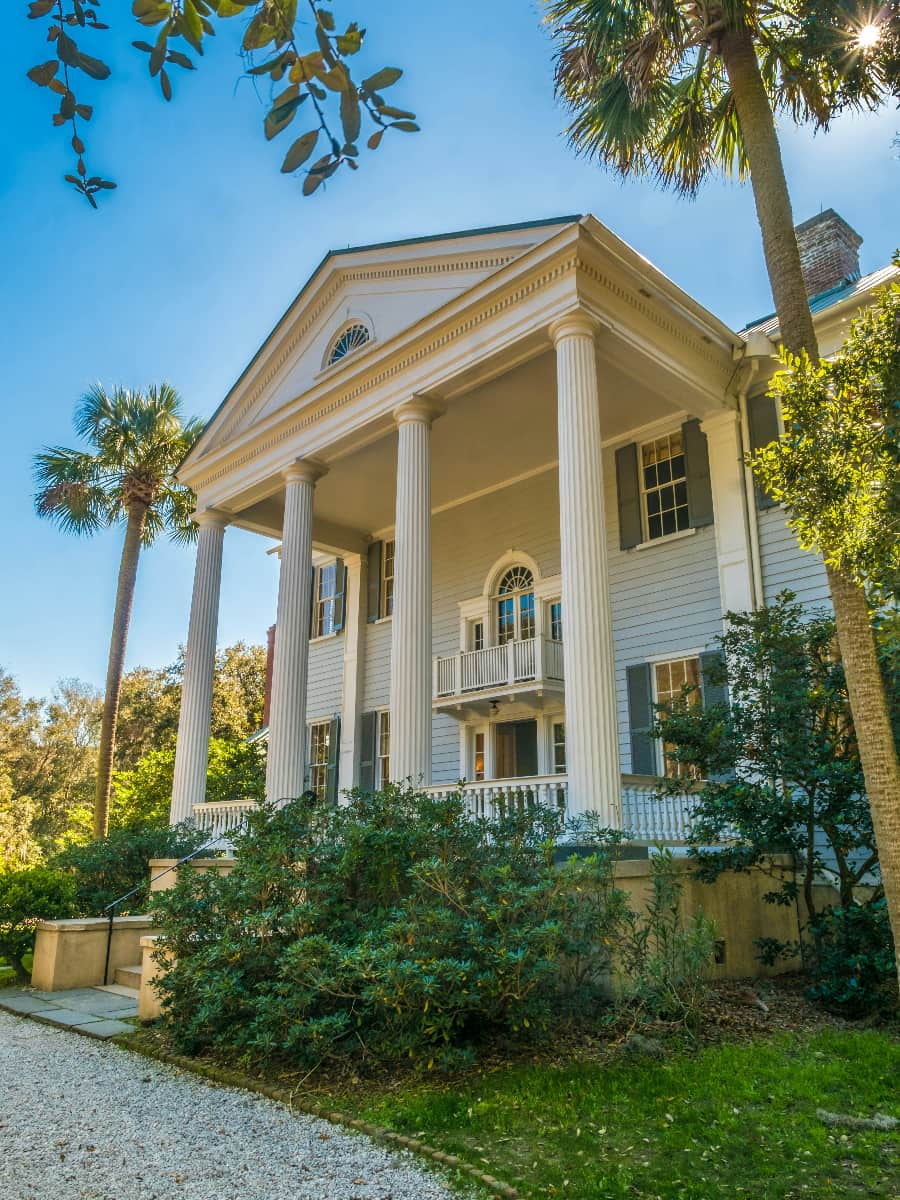
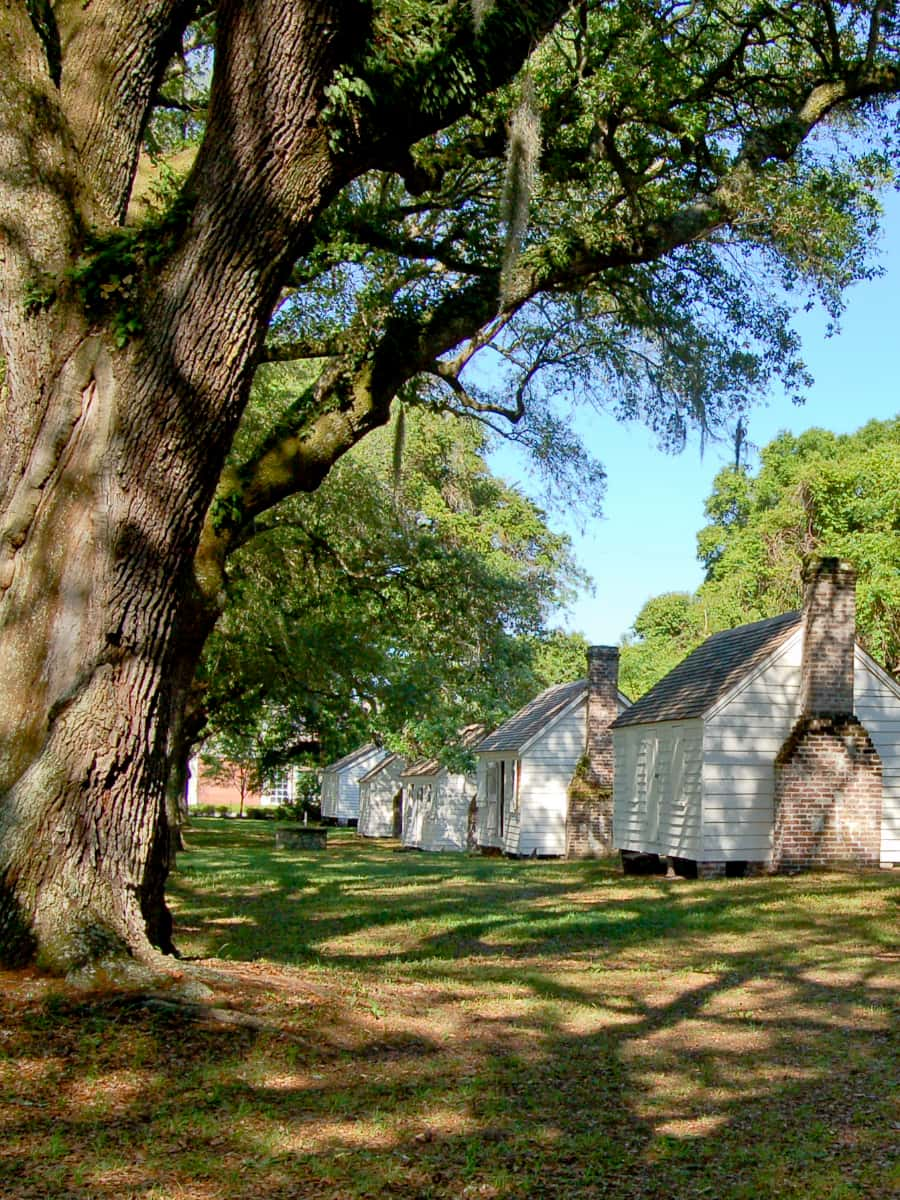
Authentic preservation. The contrast between the elegant Georgian-style main house and the simple one-room slave cabins reveals the stark realities of plantation life. I’ve examined fingerprints left by enslaved children in handmade bricks from the 1700s, creating tangible connections to individual lives. The gin house demonstrates the labor-intensive process of preparing sea island cotton, while the kitchen and dairy buildings show daily work routines. These structures remained occupied until 1990, making this one of the most continuously inhabited plantation sites in the area of charleston.
Educational programs. The site offers guided tours focusing on different themes including Gullah culture, Civil War history, and the Freedmen’s Bureau period. I recommend downloading the free “McLeod Plantation: Transition to Freedom” app for iPhone users seeking self-guided exploration. The Massachusetts 55th Volunteer Infantry’s role in emancipation comes alive through ranger presentations and historical reenactments.
⭐️ Best Activities
- The Ashley River Road Plantations: Visit 3 Plantations and Old St. Andrews Church – Experience Charleston’s plantation history with visits to three historic plantations along Ashley River Road plus Old St. Andrews Church, showcasing antebellum architecture and Lowcountry heritage.
11. Patriots Point Naval & Maritime Museum
Historic warships. Located at 40 Patriots Point Road in Mount Pleasant, this museum centers around the World War II aircraft carrier USS Yorktown, a National Historic Landmark. I’ve explored all three vessels – the USS Yorktown, destroyer USS Laffey, and submarine USS Clamagore – each offering unique perspectives on naval history. The museum spans nearly 1,000,000 square feet with 40 interactive exhibits including the Medal of Honor Museum and Vietnam Experience. Climbing through the ship’s narrow corridors and steep ladders gives you a real sense of what sailors experienced during wartime.
| Ticket Type | Price (USD) | Age Range | Requirements |
|---|---|---|---|
| Adults | $28-30 | 13-61 | None |
| Seniors | $25 | 62+ | ID required |
| Children | $23 | 6-12 | Adult supervision |
| Military/Veterans | $22 | All ages | Valid ID |
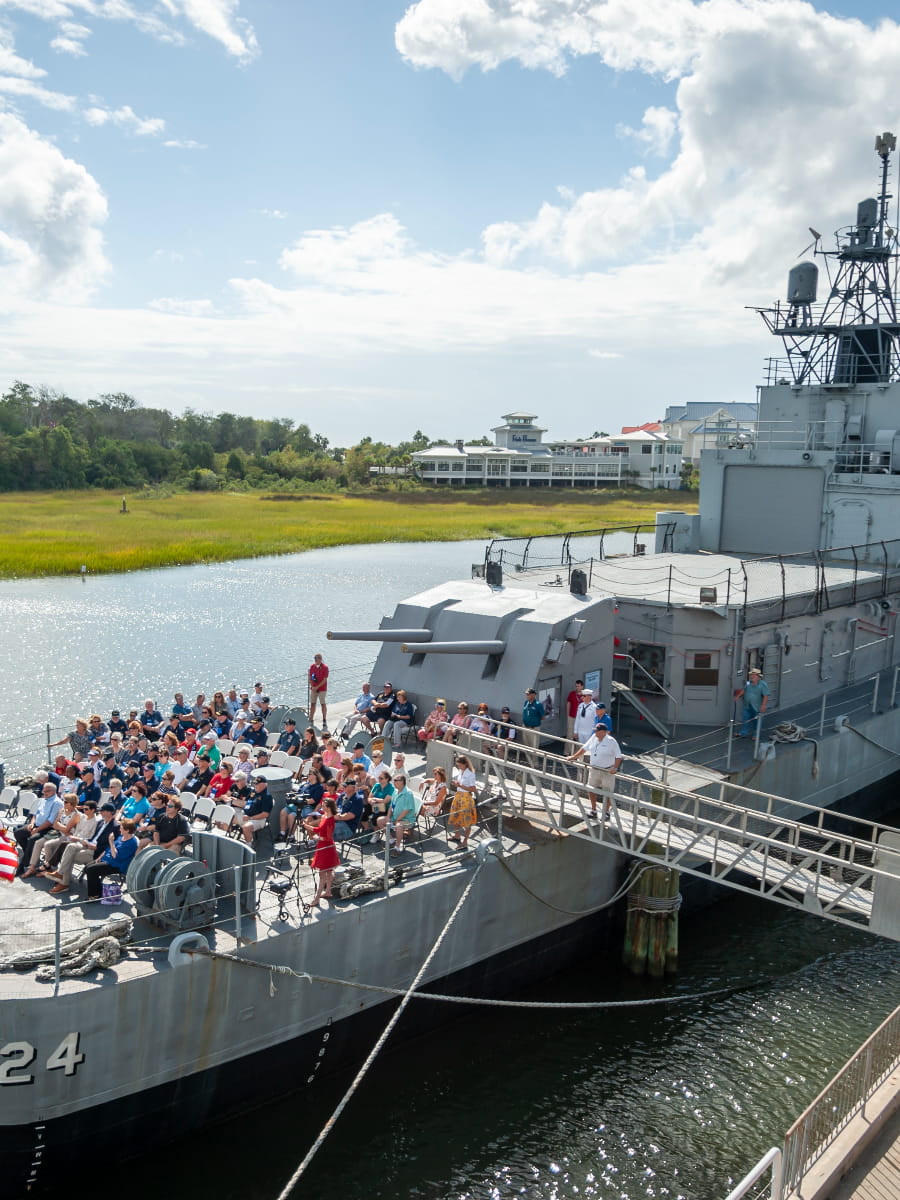
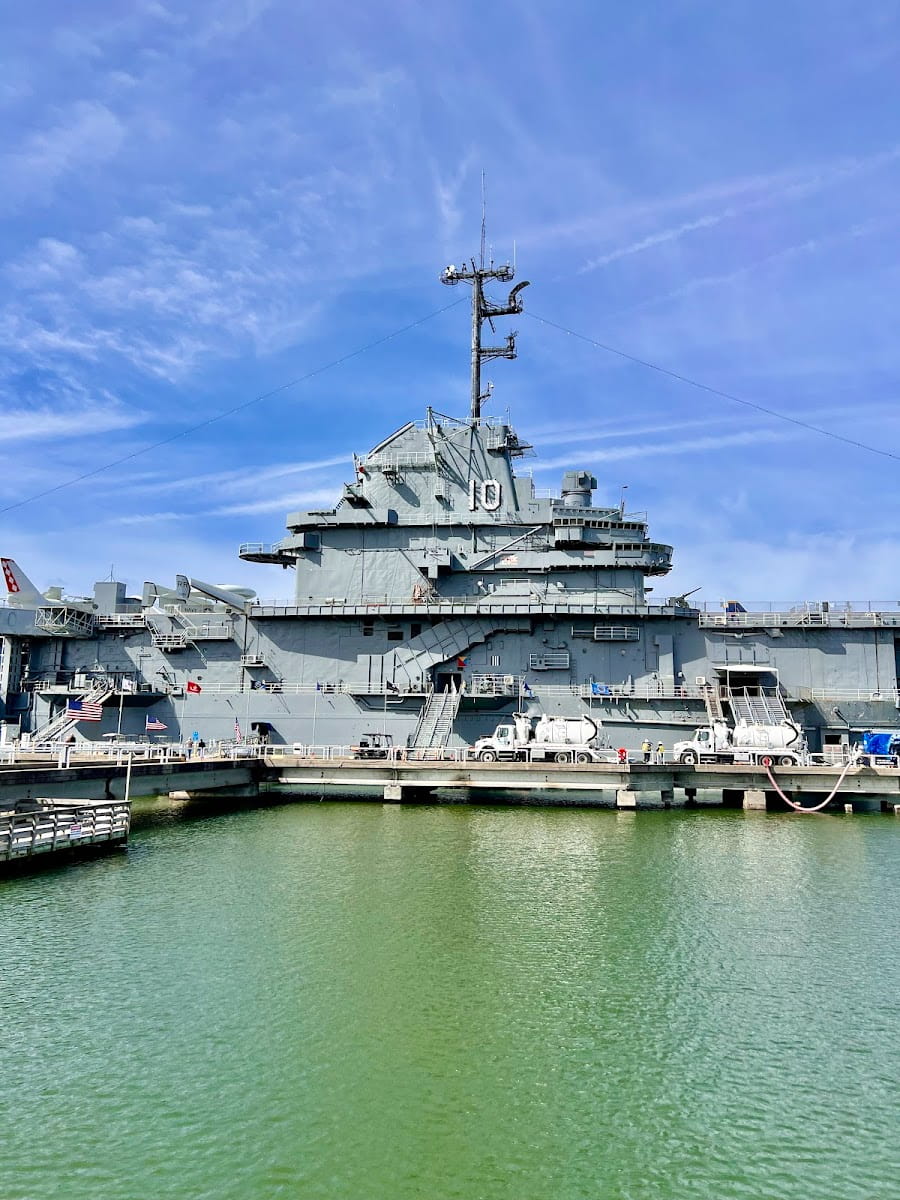
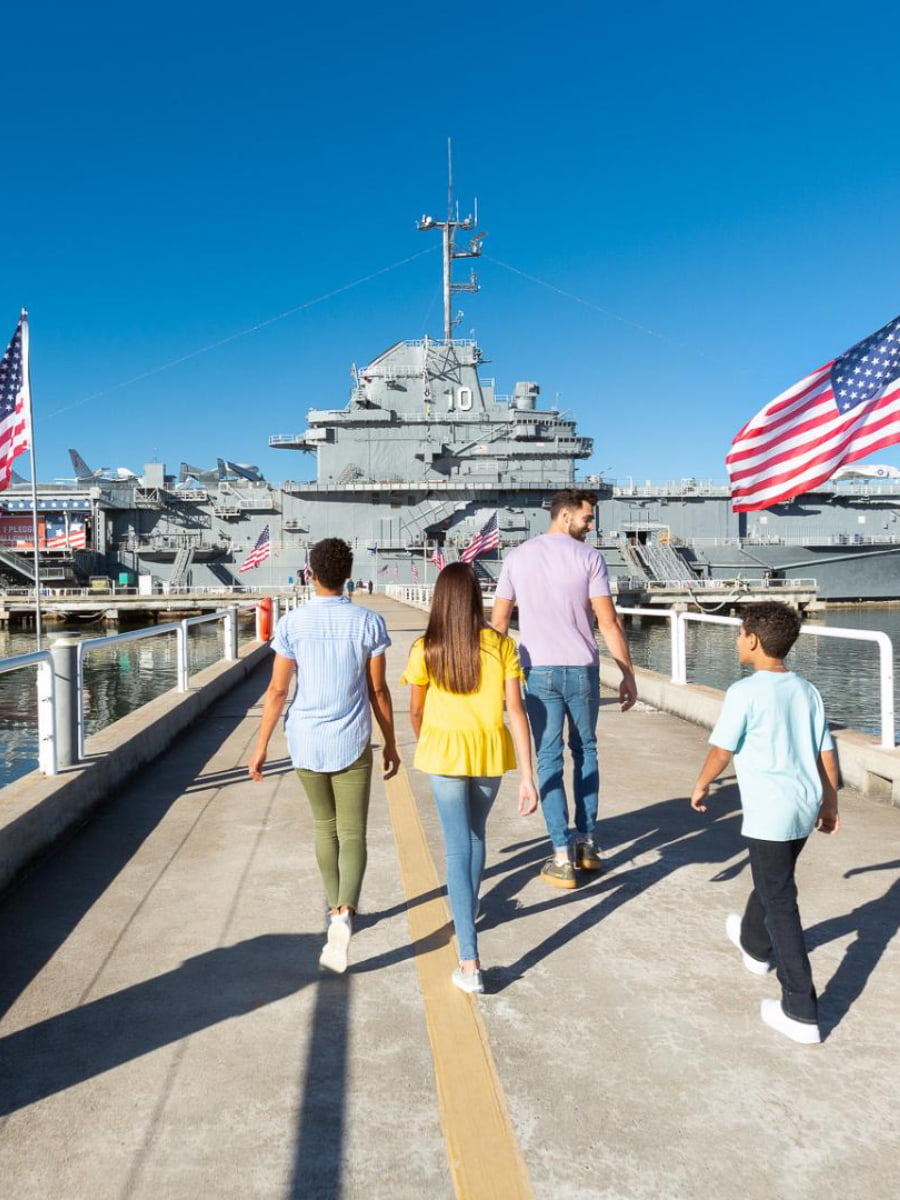
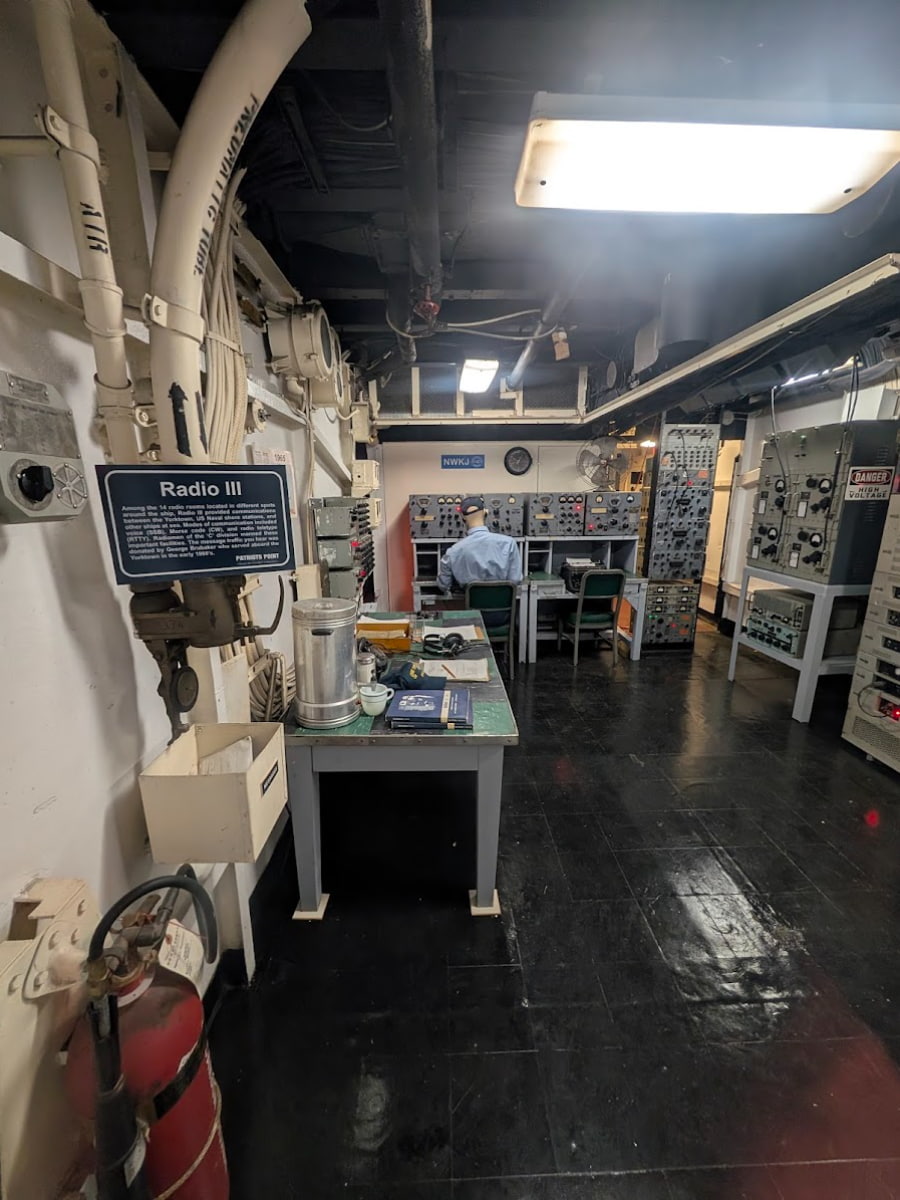
Immersive experiences. The Vietnam Experience recreates a “Brown Water Navy” support base with authentic Quonset huts, riverine patrol boats, and period aircraft. I recommend the VIP guided tours that take you behind the scenes into areas normally closed to the public, including the engine rooms and combat information centers. The Apollo 8 space capsule display lets visitors sit inside the actual spacecraft, though expect lines during peak times. The museum’s mascot Scrappy the Canine Sailor, based on a real dog from the USS Yorktown, appears throughout exhibits and educational programs.
Practical planning. The museum operates daily from 9am to 6:30pm with the ticket office closing at 5pm, requiring at least 3-4 hours for a complete visit. Parking costs $20-30 for four hours, but I’ve discovered free parking at Patriots Point Soccer Stadium just a quarter-mile walk away. The facility offers overnight camping programs in authentic ship berths and helicopter tours ranging from 5-20 minutes over Charleston Harbor. Veterans and active military receive significant discounts, while children under 6 enter free with paying adults.
⭐ Best Activities
- Charleston Water Taxi Dolphin Cruises – Enjoy scenic harbor views while spotting dolphins on this relaxing water taxi cruise through Charleston’s historic waterways and coastal areas.
12. Black Fedora Comedy Mystery Theatre and Shoppe
Interactive entertainment. Located at 1 Vendue Range, this unique dinner theater combines comedy, mystery, and audience participation in Charleston’s French Quarter. I’ve attended several shows where guests become part of the investigation, questioning suspects and solving crimes alongside professional actors. The intimate 60-seat venue creates an immersive experience where the mystery unfolds around your dinner table. Shows run Friday and Saturday evenings with occasional Thursday performances, featuring original scripts written specifically for Charleston audiences.
| Experience | Price (USD) | Duration | Includes |
|---|---|---|---|
| Dinner & Show | $65-75 | 3 hours | 3-course meal |
| Show Only | $35-45 | 2 hours | Appetizers included |
| Private Events | $55-65 per person | 2.5 hours | Customizable menu |
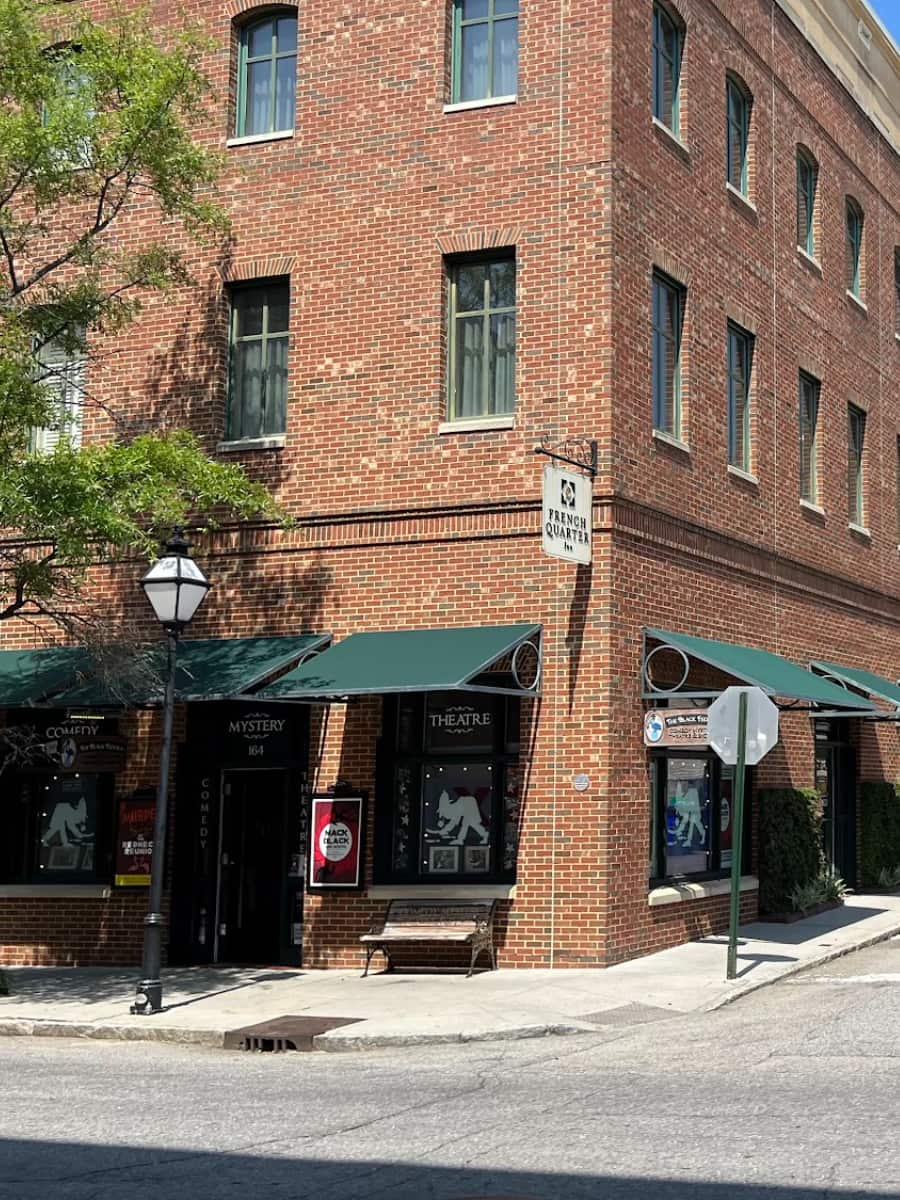
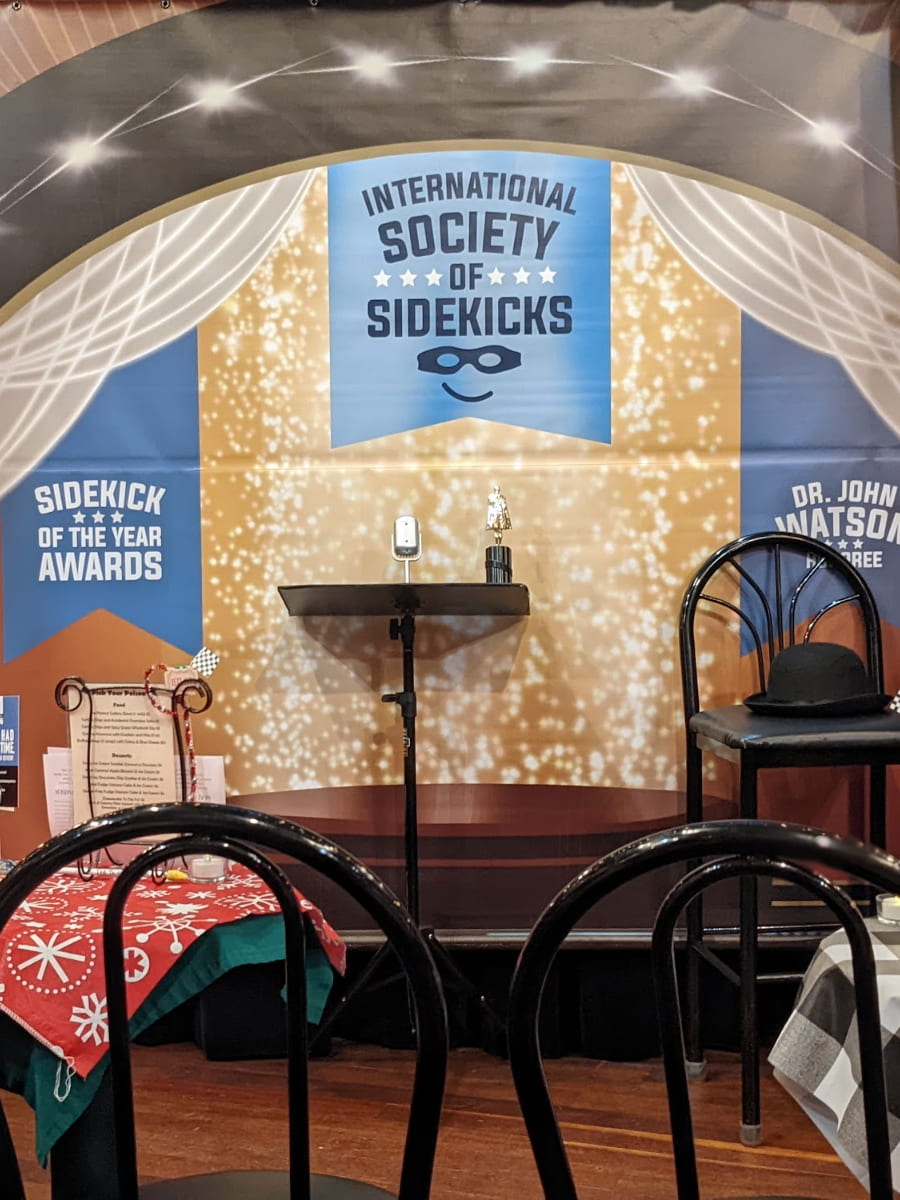
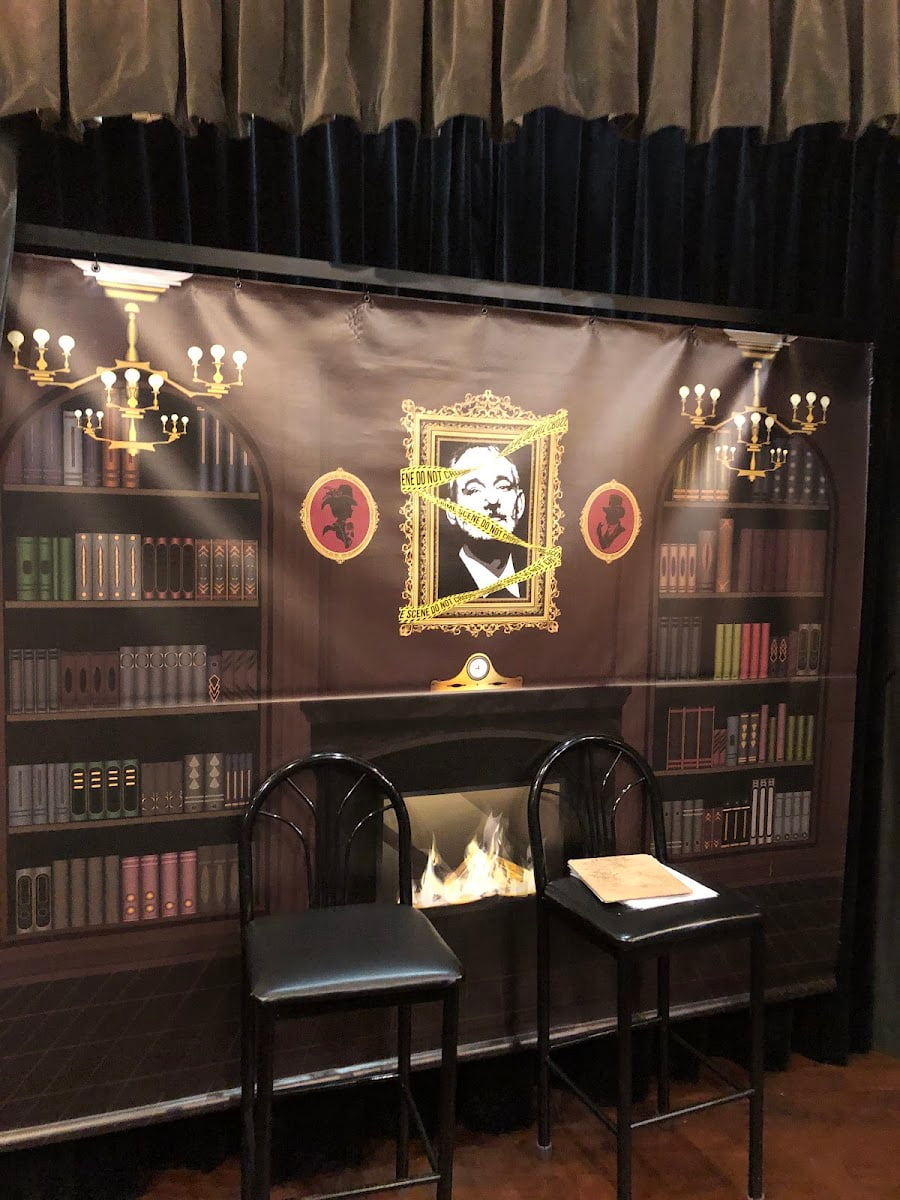
Mystery themes. The theater rotates between different murder mystery scenarios, from 1920s speakeasy settings to modern corporate intrigue stories. I particularly enjoyed “Death by Chocolate” where the victim was a candy shop owner and clues were hidden in dessert courses. The actors stay in character throughout dinner, dropping hints and red herrings while serving multiple courses of Southern cuisine. Audience members receive character backgrounds and must work together to identify the killer before the final reveal.
Booking essentials. Reservations are required since shows frequently sell out, especially during peak tourist seasons and holiday weekends. The venue accommodates dietary restrictions with advance notice, offering vegetarian and gluten-free options alongside traditional Lowcountry dishes. I recommend arriving 30 minutes early to settle in and review your character information before the mystery begins. The shoppe sells mystery-themed gifts, local crafts, and signed copies of the theater’s original scripts.
13. The Charleston Museum
America’s first museum. Founded in 1773, this institution at 360 Meeting Street houses the world’s largest collection of Charleston artifacts and natural history specimens. I’ve explored exhibits spanning from prehistoric fossils to Civil War memorabilia, including the largest collection of Charleston silver and furniture. The museum’s natural history wing features local wildlife displays, massive shark teeth found on area beaches, and interactive exhibits about Lowcountry ecology. The Kidstory exhibit transforms Charleston’s history into hands-on experiences where children can dress in period costumes and handle artifacts.
Must-see collections:
- Charleston silver collection (largest in the world)
- Civil War artifacts and weapons
- Natural history specimens including fossils
- Period furniture and decorative arts
- Interactive children’s exhibits
- Local wildlife and ecology displays
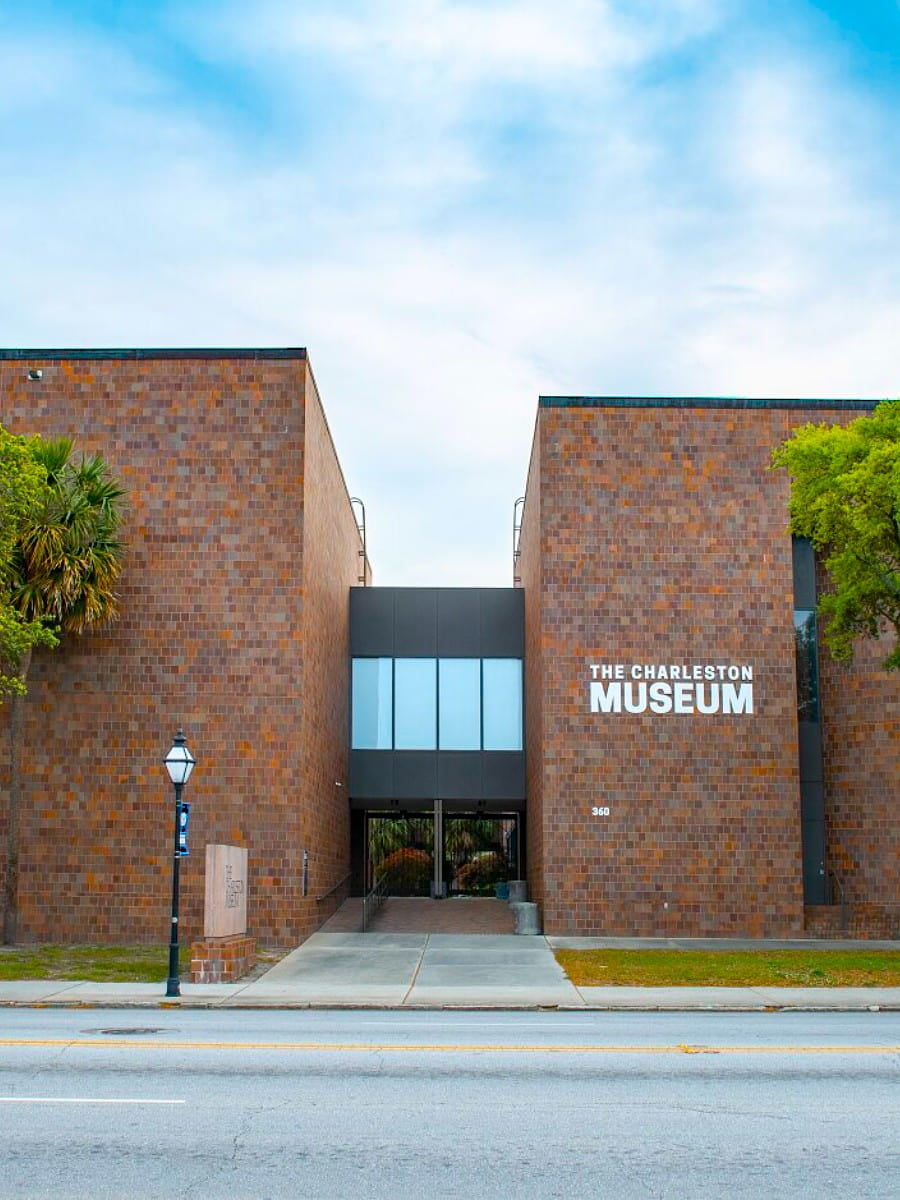

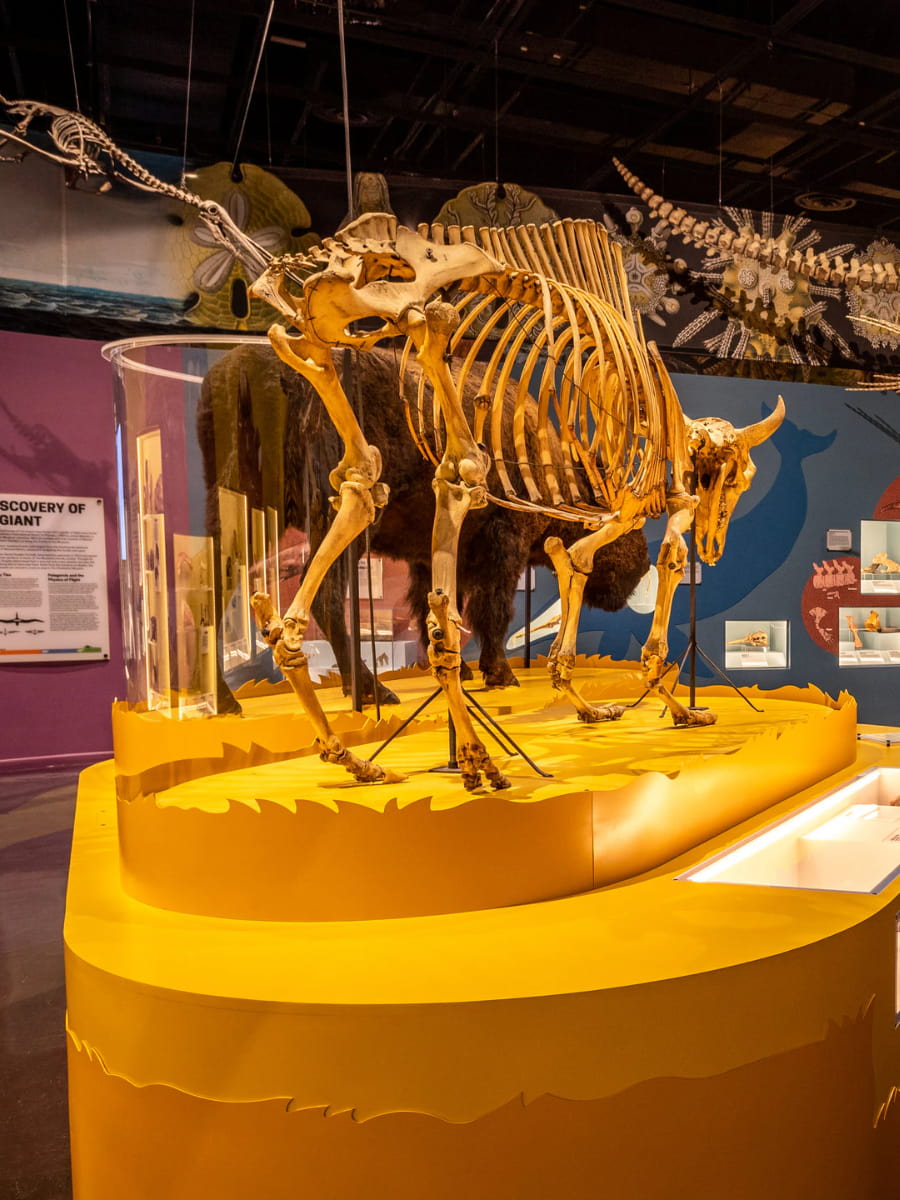
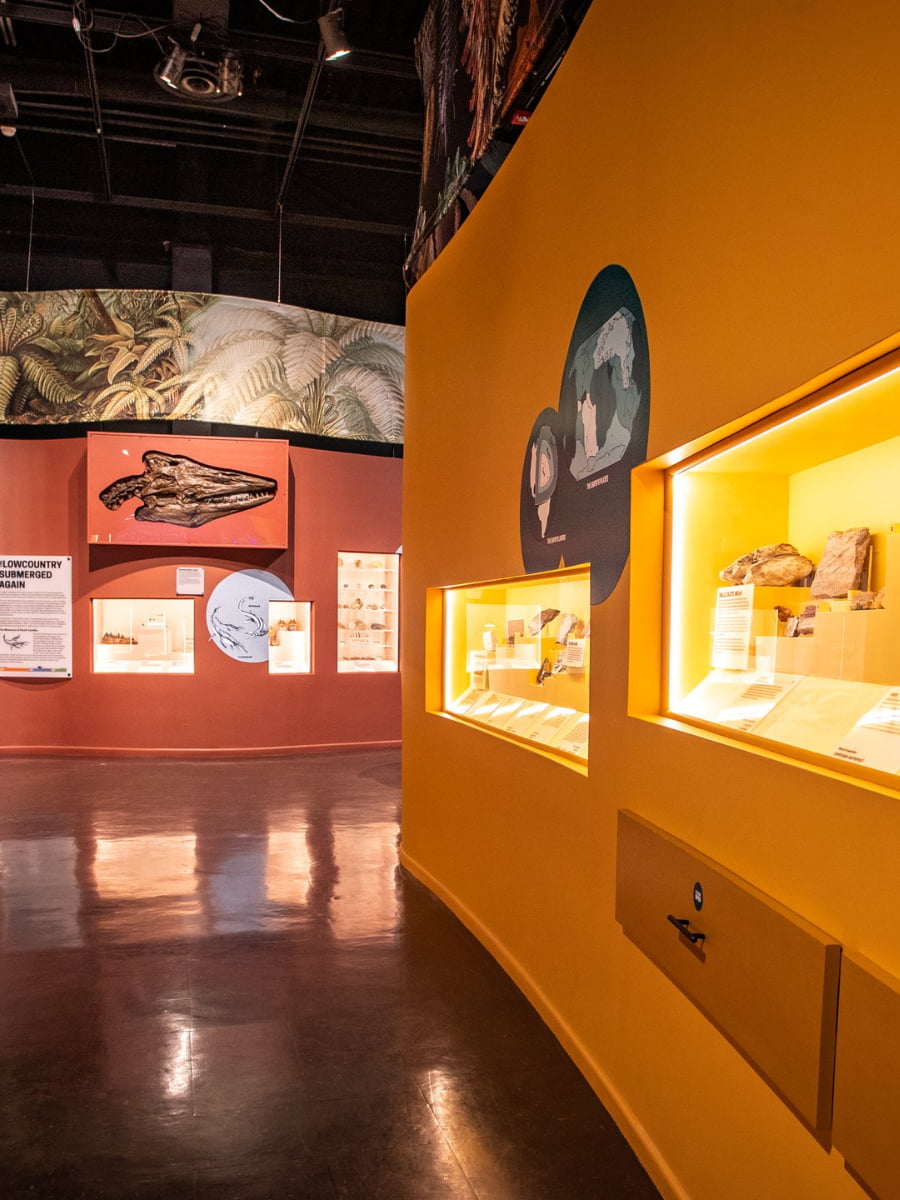
Historic houses. The museum operates two additional historic properties: the Heyward-Washington House and Joseph Manigault House, both showcasing different periods of Charleston architecture. I recommend the combination tickets since each house tells unique stories about Charleston families and their enslaved workers. The Heyward-Washington House features the only remaining 18th-century kitchen building in Charleston, while the Manigault House displays Federal-style architecture and period furnishings. Guided tours adapt content for different age groups, making complex history accessible for young visitors.
Educational programs. Special events throughout the year include hands-on workshops where visitors create crafts using traditional techniques and materials. I’ve participated in sweetgrass basket weaving sessions that teach about Gullah culture while developing fine motor skills. The museum’s location makes it easy to combine with walking tours of Rainbow Row and The Battery. School holiday programs often feature themed activities connecting museum collections to seasonal celebrations and local traditions.
⭐ Best Activities
- 90-Minute Charleston City Sightseeing Bus Tour – Experience Charleston’s historic landmarks including Rainbow Row, The Battery, and Fort Sumter views from an air-conditioned mini-coach with professional guide commentary.
14. International African American Museum
Cultural heritage. Located at 14 Wharfside Street on the former Gadsden’s Wharf, this museum sits where an estimated 40% of enslaved Africans first arrived in North America. I’ve walked through exhibits that trace the African diaspora from ancient civilizations through modern achievements, using cutting-edge technology and immersive storytelling. The museum’s architecture incorporates water features and elevated walkways that honor the sacred ground beneath while providing harbor views. Nine galleries explore different aspects of African American history, culture, and contributions to American society.
| Gallery | Focus | Highlights | Duration |
|---|---|---|---|
| Origins | African civilizations | Interactive maps, artifacts | 45 minutes |
| Middle Passage | Transatlantic journey | Immersive experience | 30 minutes |
| Rice Culture | Lowcountry agriculture | Gullah traditions | 30 minutes |
| Family Stories | Personal narratives | Genealogy center | 60 minutes |
Genealogy center. The Center for Family History provides resources for visitors researching their African American ancestry, including access to databases and expert genealogists. I’ve observed families discovering connections to Charleston through ship manifests, census records, and other historical documents. The center offers both walk-in assistance and scheduled appointments for more intensive research sessions. Digital tools help visitors trace family histories while learning about broader historical contexts and migration patterns.
Community connections. The museum partners with local Gullah/Geechee communities to present authentic cultural programs including sweetgrass basket demonstrations and storytelling sessions. I recommend timing visits with special events that feature live music, traditional foods, and cultural performances. The museum shop sells works by local African American artists, books by Charleston authors, and authentic Gullah crafts. Educational programs connect visitors to ongoing community initiatives preserving African American heritage throughout the Lowcountry region.
15. Gibbes Museum of Art
Southern art collection. Located at 135 Meeting Street, this museum houses over 10,000 works spanning 350 years of American art with emphasis on Charleston and Southern artists. I’ve spent hours admiring portrait miniatures, landscape paintings, and contemporary works that capture the essence of Lowcountry life. The museum’s collection includes works by Charleston Renaissance artists like Alice Ravenel Huger Smith and Elizabeth O’Neill Verner. Recent acquisitions focus on contemporary African American artists and emerging Southern voices that reflect Charleston’s evolving cultural landscape.
Featured exhibitions:
- Charleston Renaissance paintings and prints
- Portrait miniatures collection (one of America’s finest)
- Contemporary Southern artists
- African American art and culture
- Rotating special exhibitions
- Interactive family galleries
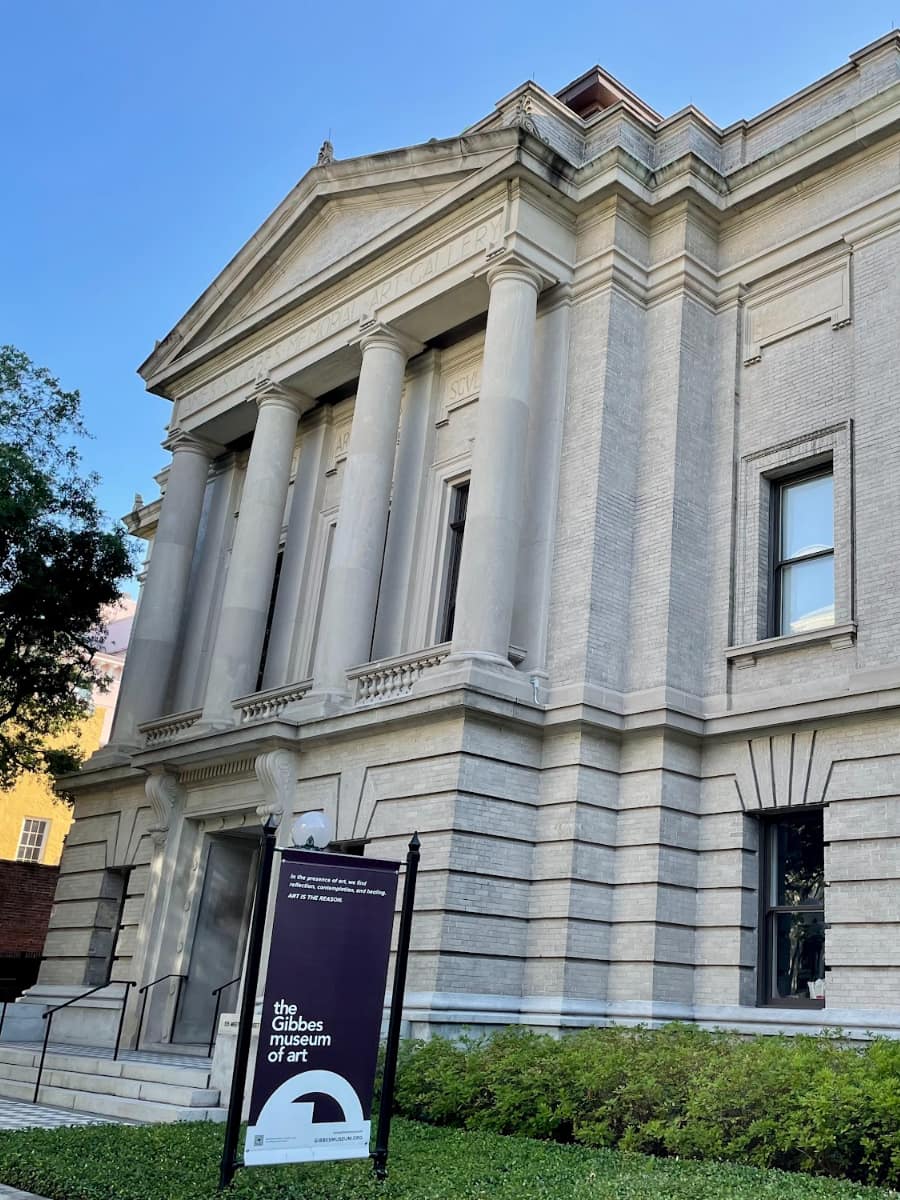
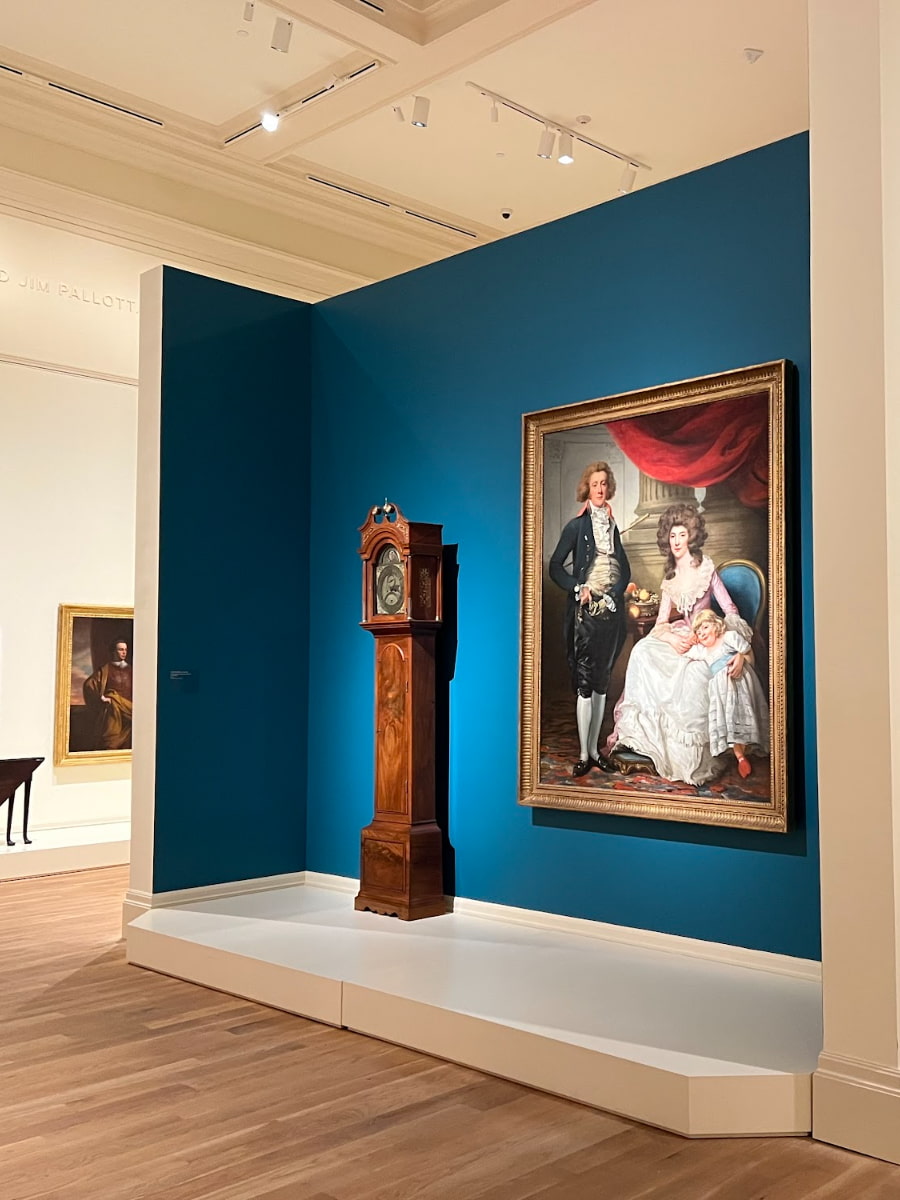
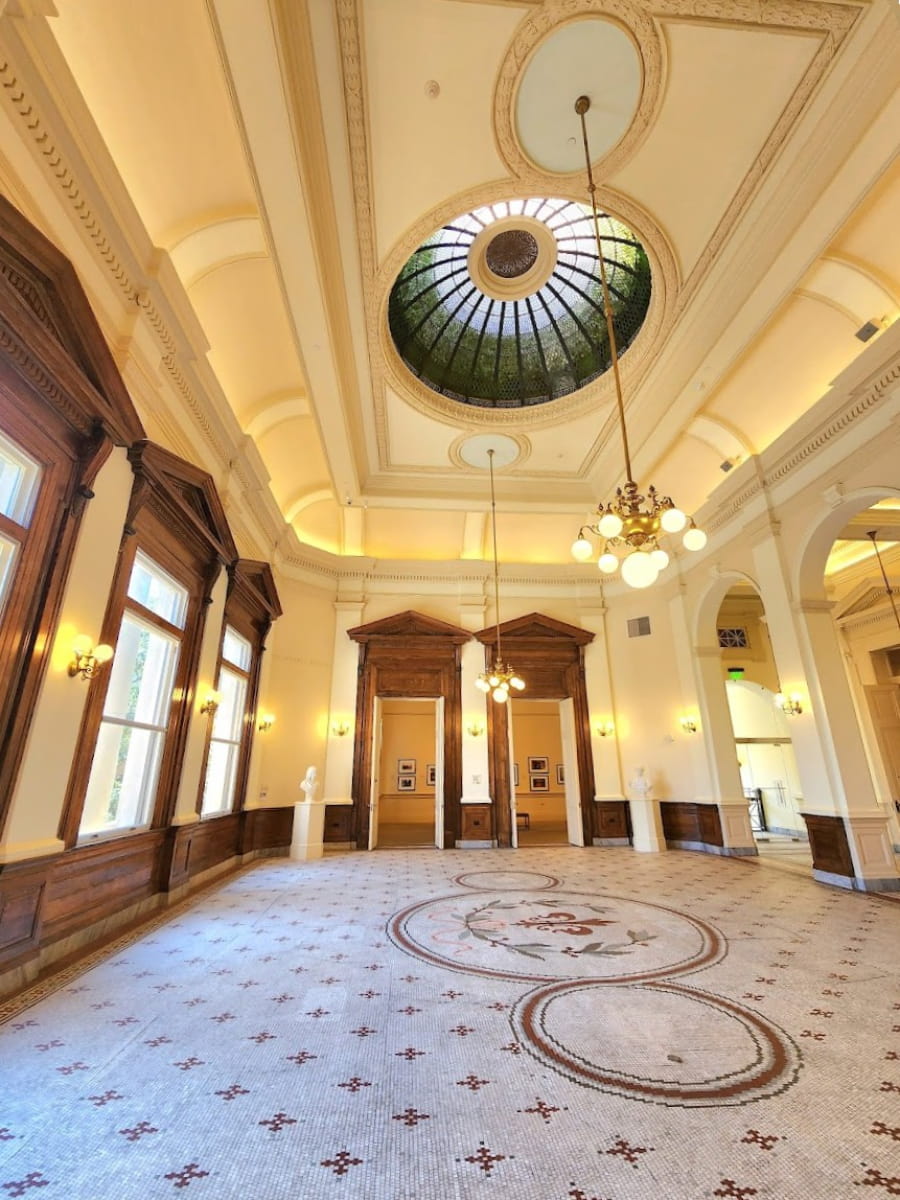
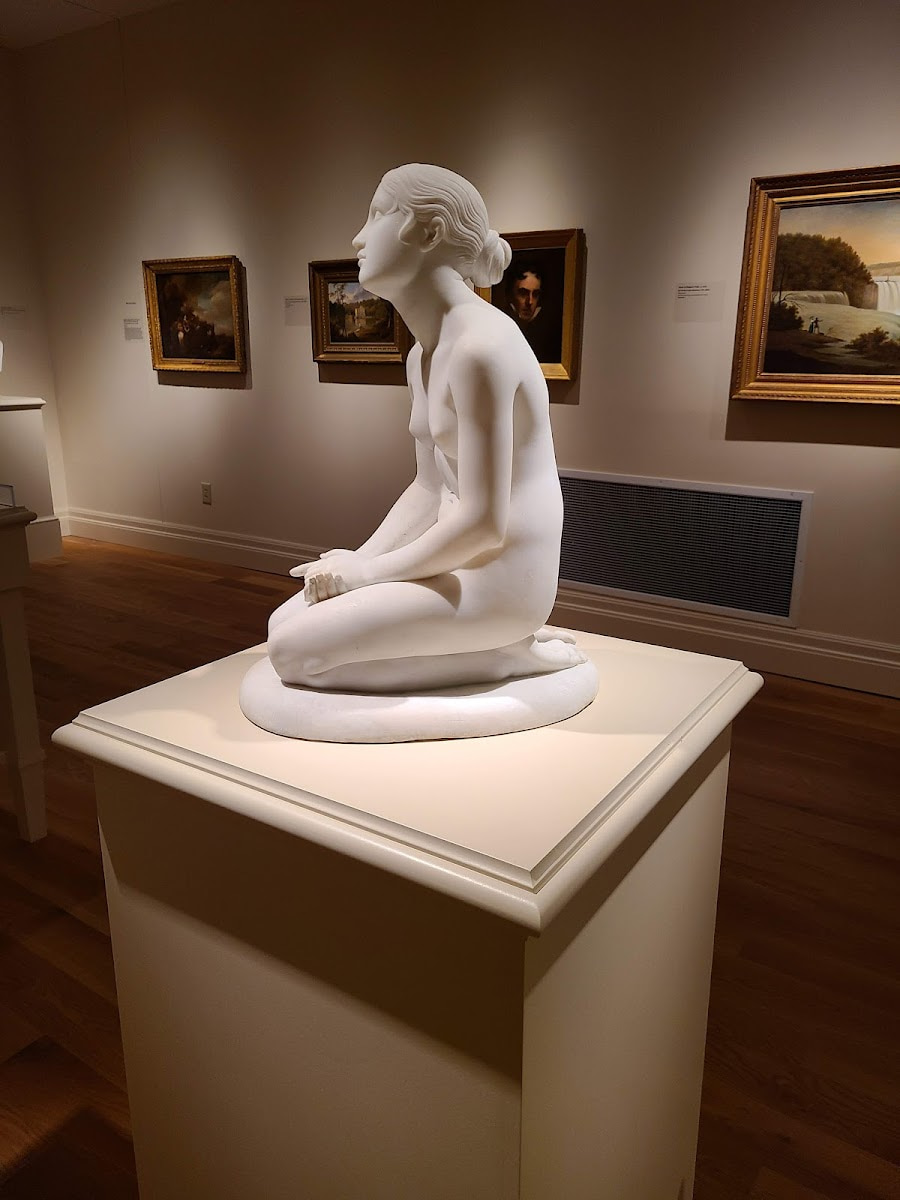
Historic building. The 1905 Beaux Arts building underwent major renovations that added climate-controlled galleries, expanded education spaces, and improved accessibility throughout the facility. I appreciate the museum’s integration of historic architecture with modern exhibition techniques that protect artwork while enhancing visitor experiences. The building’s location in Charleston’s Arts and Cultural District places it within walking distance of other cultural attractions and King Street shopping. The museum’s courtyard provides peaceful respite during busy sightseeing days.
Educational offerings. The museum provides family-friendly programs including art-making workshops, gallery talks, and special events that connect art to Charleston’s history and culture. I’ve attended evening programs featuring local artists, wine tastings, and live music that create social atmospheres for art appreciation. The museum shop sells works by local artists, art books, and unique gifts inspired by the collection. Free admission days and reduced-price memberships make the museum accessible to diverse audiences throughout the Charleston community.
⭐ Best Activities
- Charleston Footprints Walking Tour – Discover Charleston’s hidden stories and historic neighborhoods on this guided walking tour starting from the Historic Charleston Foundation Gift Shop at Meeting Street and Chalmers Street.
Things to Do in Charleston with Kids
1. South Carolina Aquarium
Interactive exhibits. The aquarium’s touch tanks let kids handle horseshoe crabs and stingrays while learning about Charleston Harbor’s marine life. I’ve watched children’s faces light up when they feel a stingray’s smooth skin for the first time. The Sea Turtle Care Center shows real rehabilitation efforts, where kids can see injured sea turtles recovering before release back into the Atlantic Ocean. Nine galleries guide families from South Carolina’s mountains to the sea, featuring over 5,000 aquatic animals.
| Ticket Type | Price (USD) | Hours | Best Time |
|---|---|---|---|
| Adults | $29-35 | 9am-5pm | Weekdays before 11am |
| Children (3-12) | $23-26 | Last entry 3:30pm | After 2pm |
| Children under 2 | Free | Daily except holidays | Avoid weekends |
Great Ocean Tank. This 385,000-gallon centerpiece houses sharks, sea turtles, and hundreds of fish swimming in a two-level display that mesmerizes kids of all ages. I always position myself near the viewing windows during feeding times when divers enter the tank to feed the animals. The daily dive shows feature aquarium staff answering children’s questions through underwater communication systems. Kids press their faces against the glass watching nurse sharks glide overhead while loggerhead turtles swim gracefully below.
Educational programs. The aquarium offers hands-on learning experiences where children discover how pollution affects Charleston’s waterways and marine ecosystems. Staff members encourage kids to participate in conservation efforts through interactive games and demonstrations throughout the facility. I’ve seen children become passionate about protecting sea turtles after learning about plastic pollution in the ocean. The gift shop sells educational toys and books that extend the learning experience beyond the visit.
2. Charleston Museum Kidstory
Hands-on learning. The Kidstory exhibit transforms Charleston’s history into interactive experiences where children can handle artifacts and participate in educational activities. I’ve watched kids dress up in period costumes while learning about colonial life through role-playing games and demonstrations. The natural history section features local wildlife specimens, including massive shark teeth that children can examine up close. Interactive displays encourage kids to explore Lowcountry ecology through touch-and-feel exhibits designed specifically for young learners.
| Museum Option | Price (USD) | Age Range | Duration |
|---|---|---|---|
| Single site | $15 adults, $6 kids | 3-12 years | 1-2 hours |
| Two sites | $22 adults | All ages | 2-3 hours |
| Three sites | $30 adults | All ages | Full day |
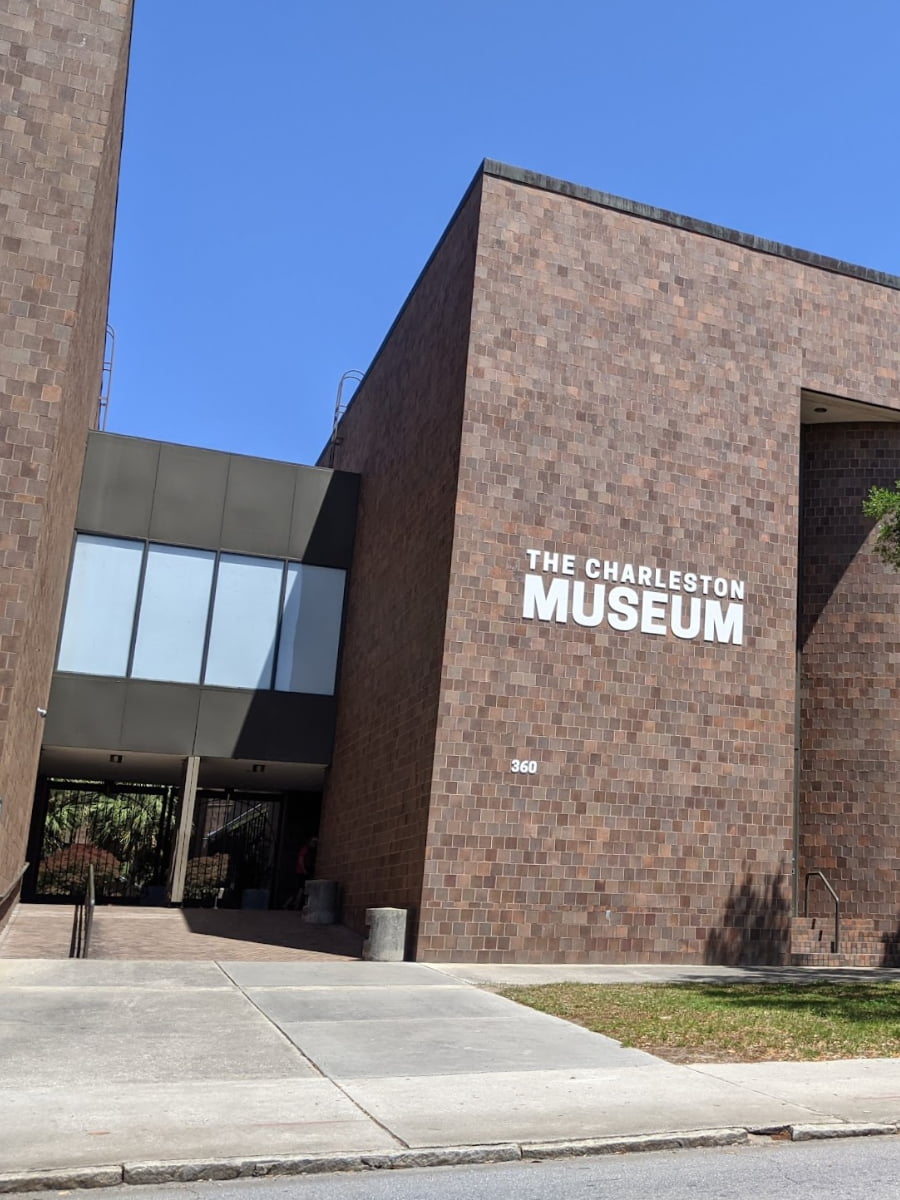
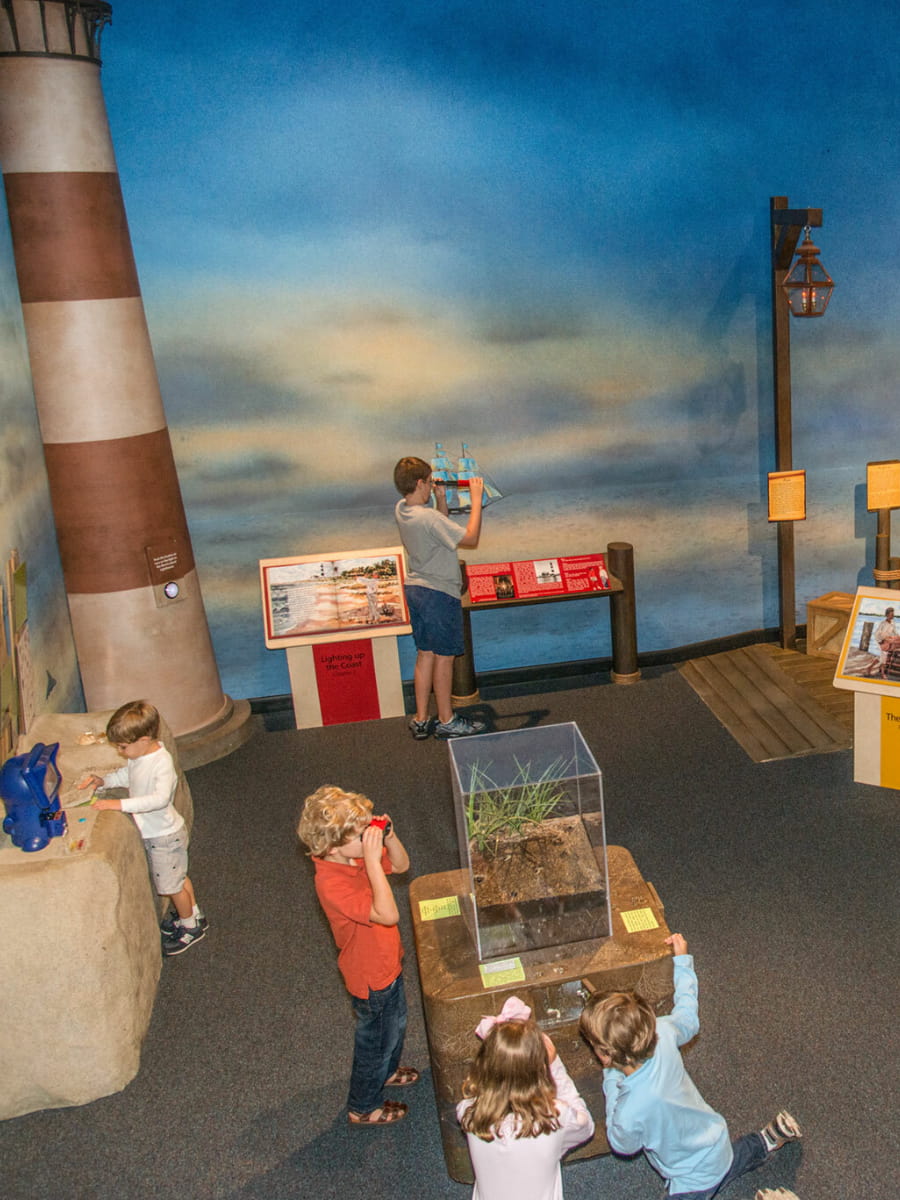
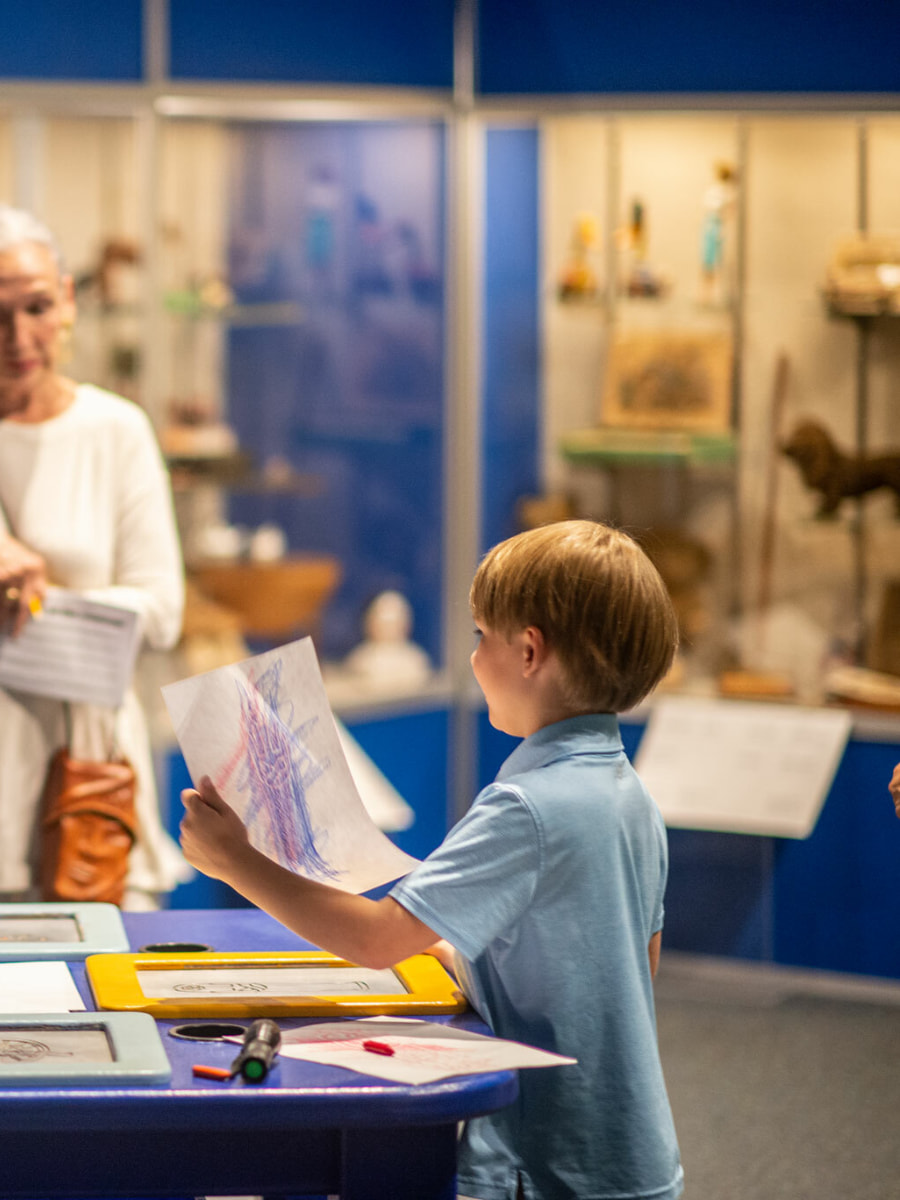
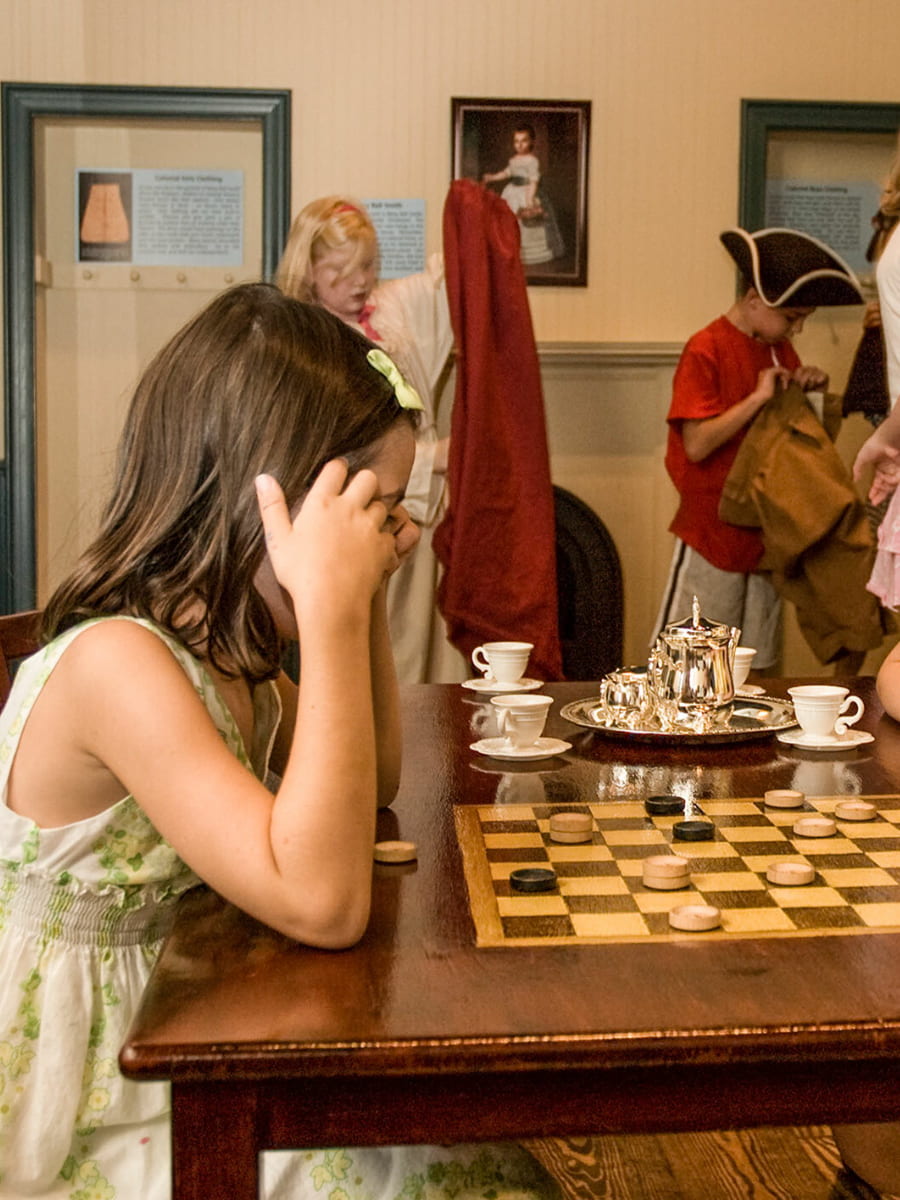
Historic houses. The Heyward-Washington House and Joseph Manigault House offer kid-friendly tours that bring Charleston’s past to life through storytelling and period room displays. I always recommend the combination tickets since children enjoy comparing different architectural styles and family stories across multiple properties. Young visitors learn about daily life in historic Charleston through furniture, toys, and household items displayed in authentic room settings. The museum staff adapts tours for different age groups, ensuring content remains engaging for curious minds.
Educational programs. Special events throughout the season include hands-on workshops where kids create crafts using traditional techniques and materials. I’ve seen children make sweetgrass baskets, learning about Gullah culture while developing fine motor skills through weaving activities. School holiday programs often feature themed activities that connect museum collections to seasonal celebrations and local traditions.
3. Charleston Carriage Tours
Horse-drawn adventures. These one-hour tours provide comfortable seating for families while experienced guides share Charleston’s stories through entertaining narratives that captivate children’s attention. I’ve noticed kids become fascinated watching the horses navigate cobblestone streets while learning about historic architecture and local legends. The carriage drivers adapt their commentary for younger passengers, including fun facts about pirates, ghosts, and famous residents. Most tours pass Rainbow Row, The Battery, and other iconic locations that children recognize from photos.
| Tour Type | Price (USD) | Capacity | Duration |
|---|---|---|---|
| Public carriage | $27-37 | Mixed groups | 1 hour |
| Private carriage (1-4) | $325 | Family only | 1 hour |
| Private carriage (5-8) | $450 | Large families | 1 hour |
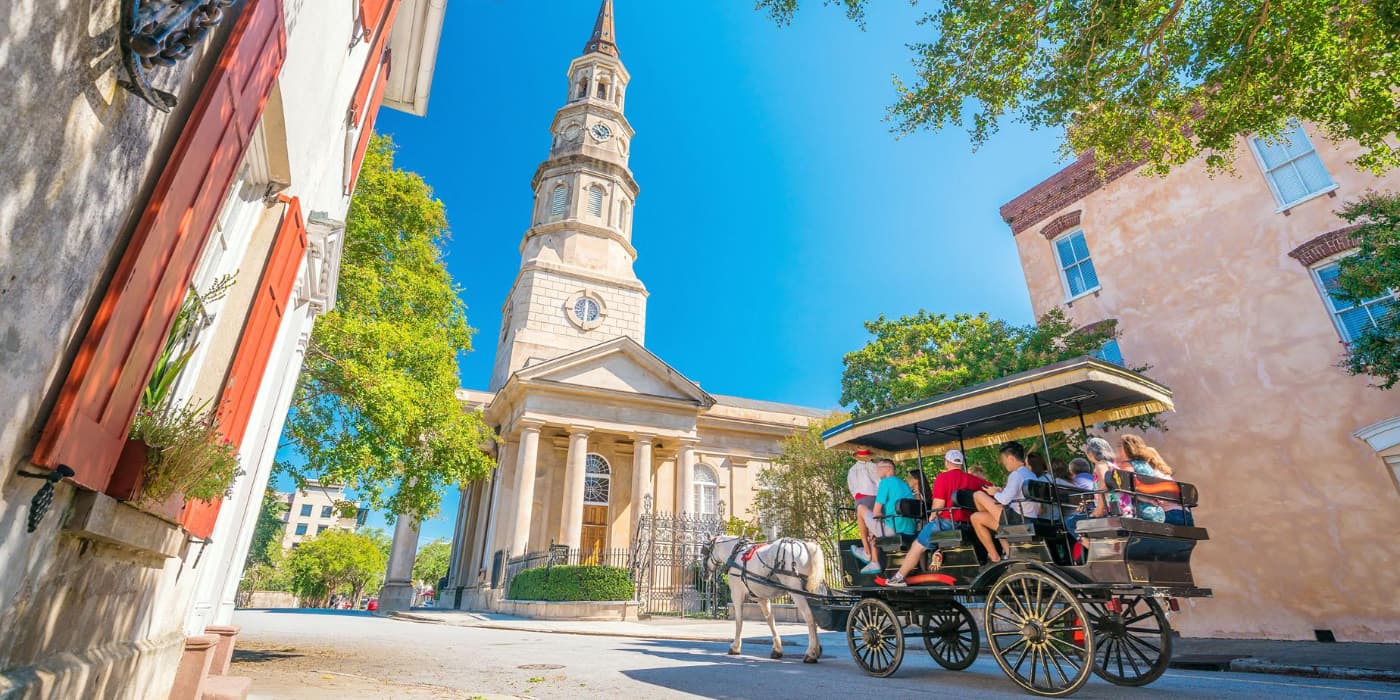
Interactive experiences. Many tour companies allow children to pet the horses before or after rides, creating memorable connections with these gentle animals. I always suggest visiting the barn at 20 Anson Street where kids can learn about horse care and see the stables up close. The guides encourage questions throughout the tour, making children feel like active participants rather than passive observers. Some carriages feature special seating arrangements that give smaller children better views of Charleston’s historic landmarks and harbor glimpses.
Educational storytelling. The tour guides weave Charleston’s complex history into age-appropriate stories that teach children about different time periods and cultural influences. I’ve heard drivers explain how enslaved people built many of the beautiful buildings while making the information accessible for young minds. The tours often include stops where children can ask questions and take photos with the horses and carriages.
⭐️ Best Activities
- Charleston Downtown Horse-Drawn Carriage Tour – Discover Charleston’s historic district in comfort aboard a horse-drawn carriage while learning about antebellum architecture and local legends from experienced guides.
4. SK8 Charleston Skatepark
Concrete playground. This 32,000-square-foot skate park designed by Team Pain offers different skill levels from beginner areas to pro bowls with 11.5-foot deep ends. I’ve watched kids as young as five learn basic skateboarding skills in the safer shallow areas while older children tackle more challenging features. The park includes a 200-foot snake run that provides thrilling rides for intermediate skaters developing their confidence and abilities. Street course sections feature skate art and granite elements that create unique obstacles for creative expression.
| Service | Price (USD) | Requirements | Hours |
|---|---|---|---|
| Daily admission | $3 per person | Helmet required | Varies seasonally |
| Annual pass | $40 | Non-transferable ID | Year-round access |
| Skateboard rental | $10 + $25 deposit | Same day return | During operating hours |
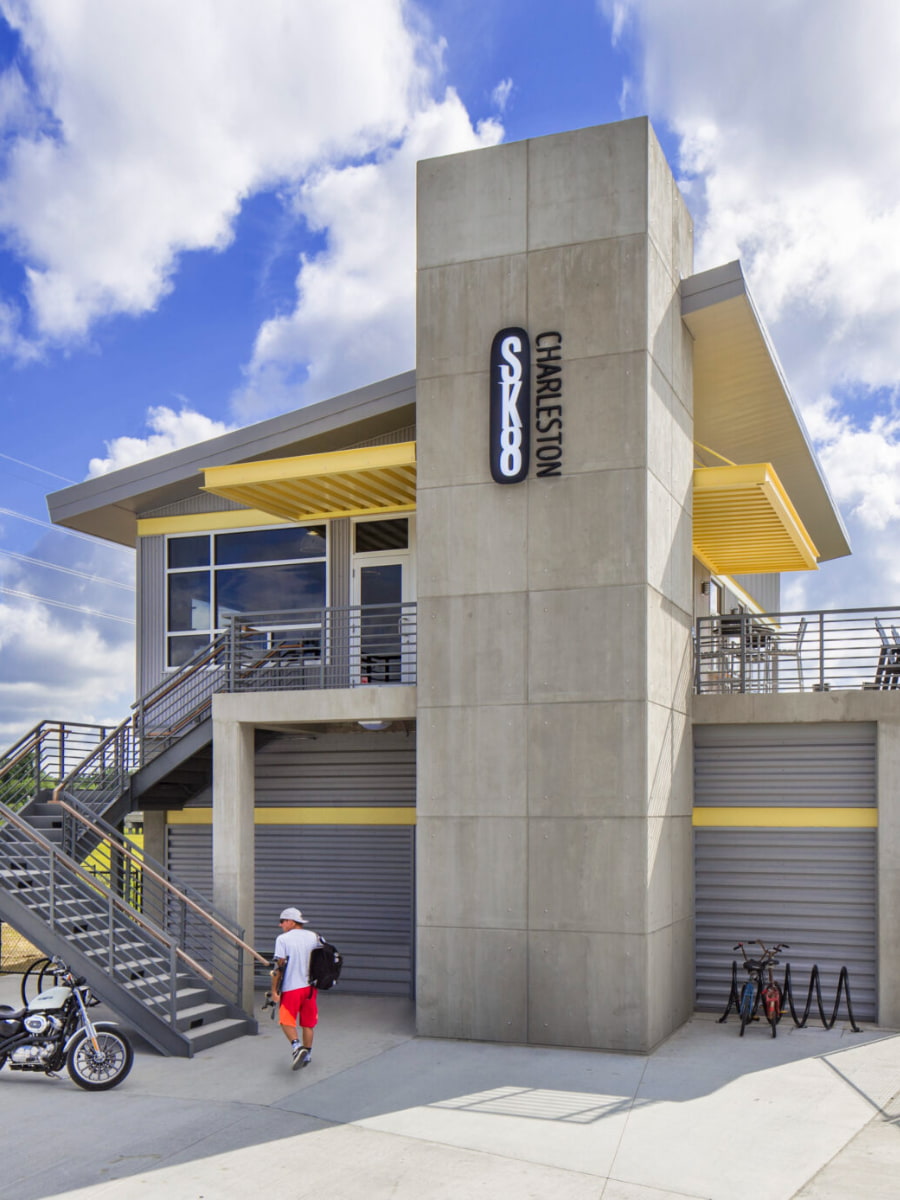
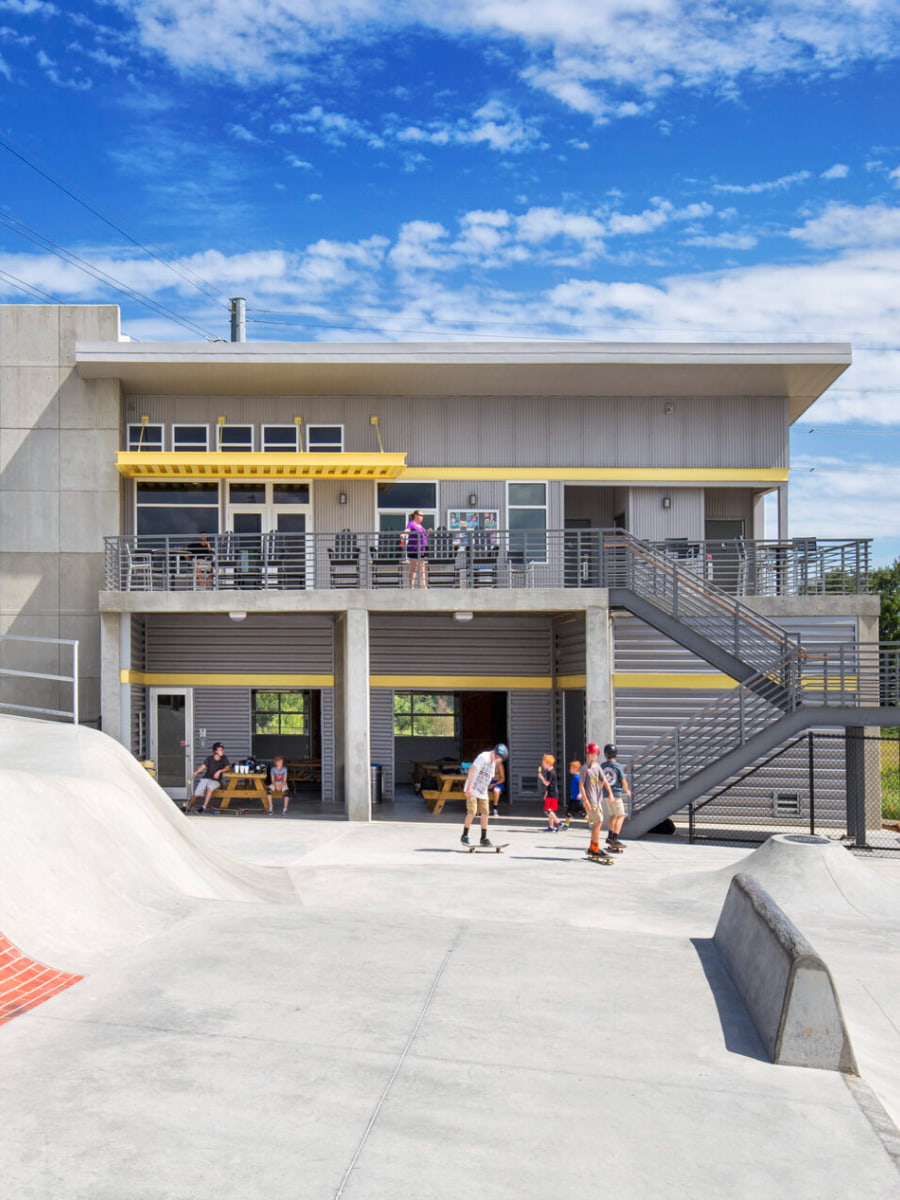
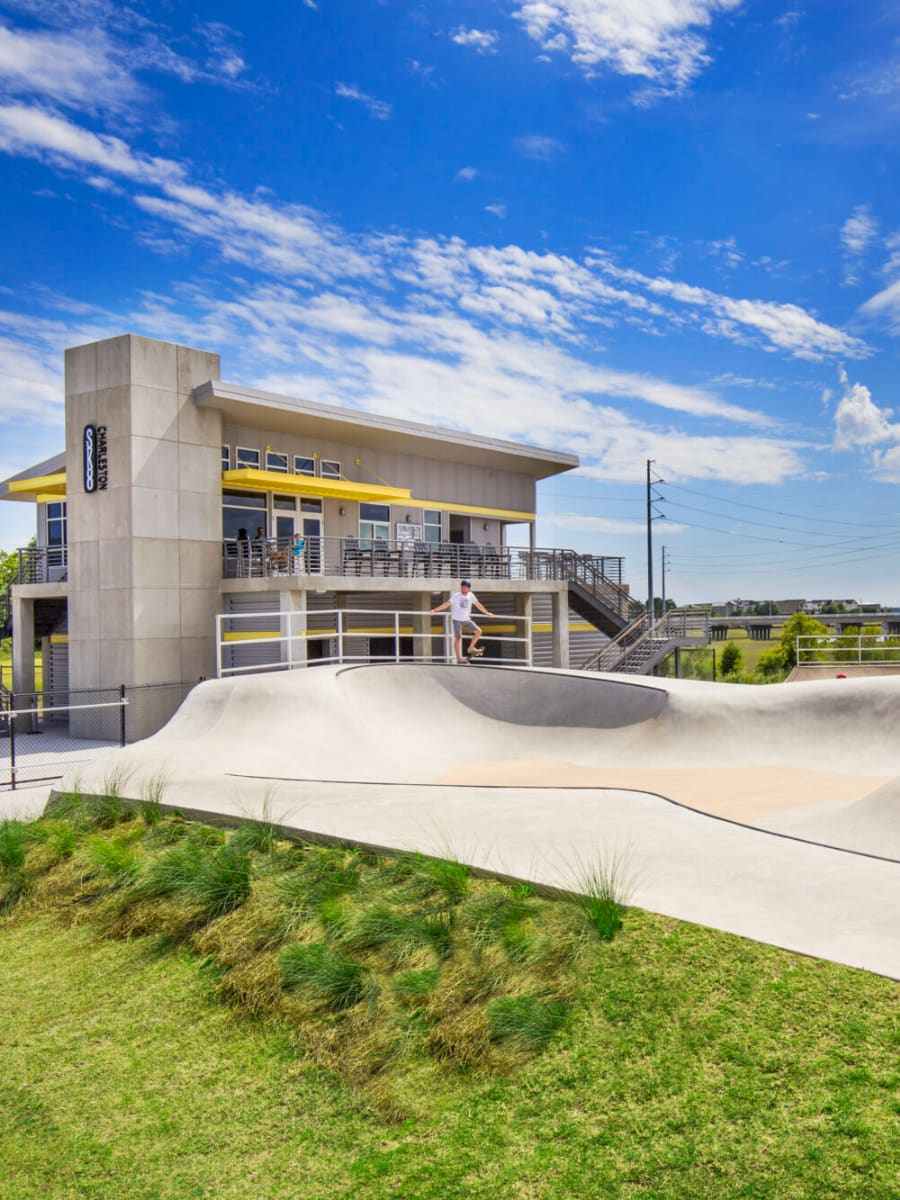
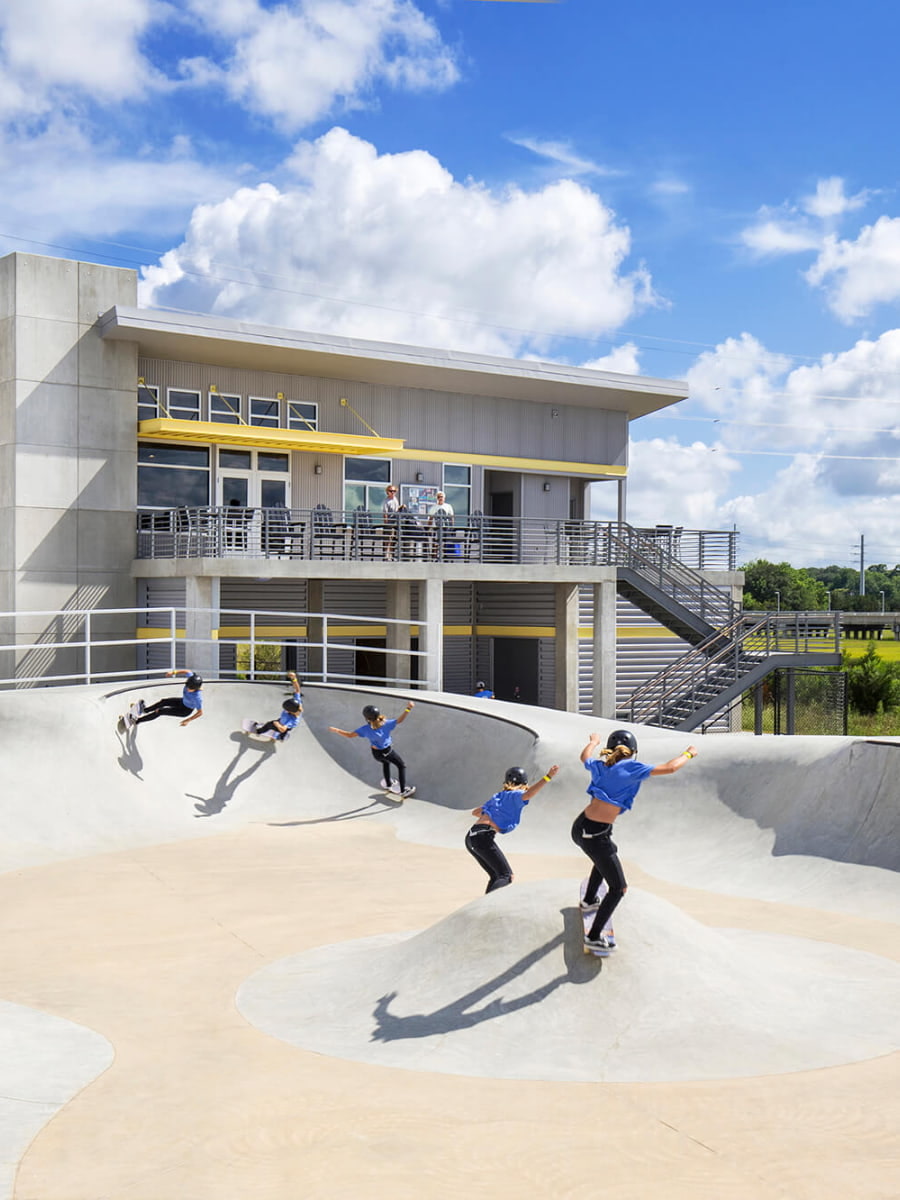
Safety features. Helmet rentals cost $5 with a refundable deposit, ensuring all young skaters meet safety requirements while learning new skills. I recommend the annual pass for local families since it pays for itself after just 14 visits to this popular attraction. The park features covered seating areas where parents can watch their children while staying comfortable during hot Charleston weather. Professional skateboarding lessons help beginners learn proper techniques while building confidence in a supportive environment.
Community atmosphere. The park attracts skaters of all ages, creating a welcoming environment where experienced riders often help newcomers learn basic skills and techniques. I’ve observed older skaters mentoring younger children, fostering a positive community spirit that makes everyone feel included and supported. The on-site skate shop sells equipment and accessories while the concession stand provides snacks and drinks for hungry skaters. The large viewing deck and accessible design ensure that family members can enjoy watching even if they don’t participate in skating activities.
Free Things to Do in Charleston SC
1. Waterfront Park & Pineapple Fountain
Harbor views. This 12-acre waterfront paradise stretches along the Cooper River, offering spectacular views of Charleston Harbor and the Ravenel Bridge. I’ve spent countless hours on the park’s swings facing the water, watching sailboats glide past while pelicans dive for fish. The wooden pier extends into the harbor, providing perfect vantage points for photographing Fort Sumter and Castle Pinckney. The floating dock near the fountain offers unobstructed views of the USS Yorktown at Patriots Point across the harbor.
| Feature | Cost | Hours | Best Time |
|---|---|---|---|
| Park access | Free | 7:30am-10:30pm | Weekdays |
| Pineapple Fountain | Free | Always on | Avoid crowds |
| Parking | $2-5/hour | Varies | Early morning |
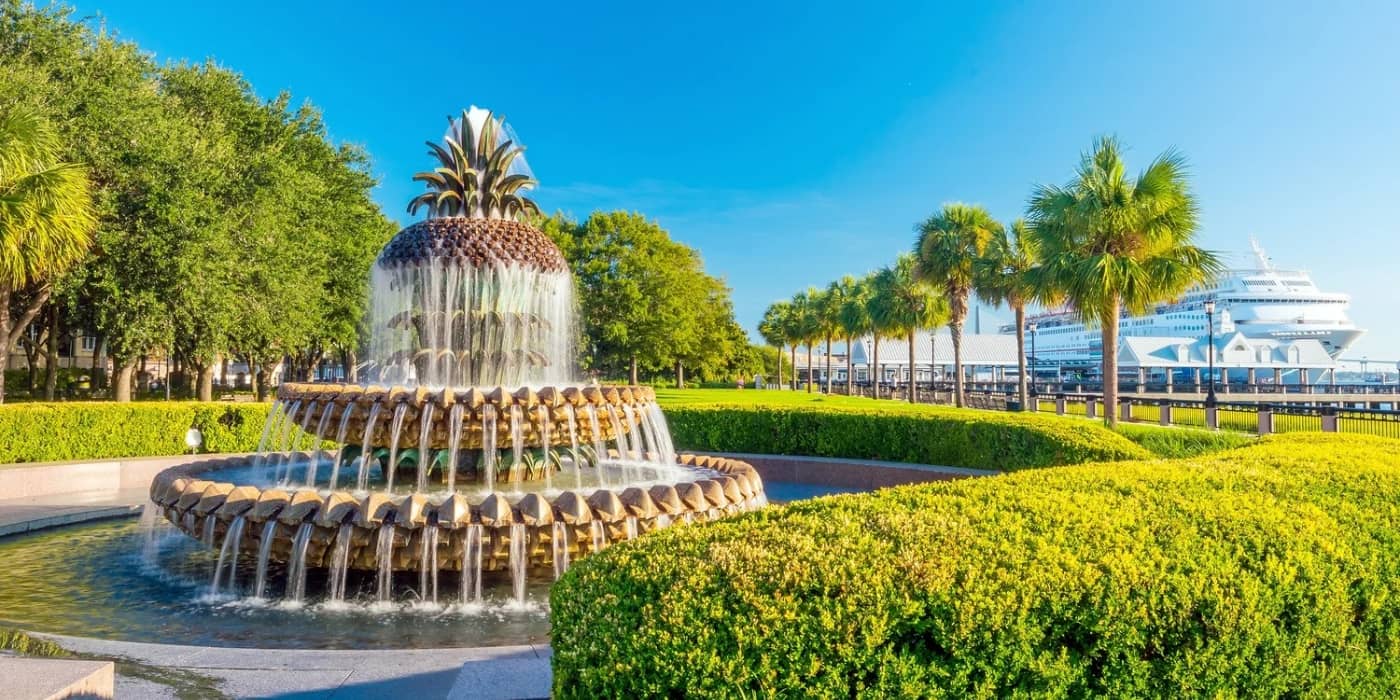
Pineapple Fountain. Charleston’s symbol of hospitality tops this iconic fountain, creating the perfect centerpiece for this waterfront oasis. The gentle sound of cascading water adds peaceful ambiance while children splash in the fountain during hot Charleston days. I always recommend bringing towels since the fountain’s surprise water bursts catch visitors off guard with delightful soaks. The fountain illuminates beautifully at night, reflecting off the harbor water and creating magical photo opportunities against the city skyline.
Garden spaces. Palmetto trees and floral garden displays change seasonally, providing colorful backdrops throughout different visits to this popular gathering place. The expansive lawn areas offer perfect spots for picnics, frisbee games, and relaxation while enjoying harbor breezes. I’ve noticed that locals and tourists alike use this space for everything from wedding photos to family reunions. The strategically placed benches and drinking fountains make extended visits comfortable while trash bins keep the area pristine for everyone’s enjoyment.
2. Marion Square & Charleston Farmers Market
Historic gathering place. This 6-acre park in the heart of Charleston’s peninsula serves as the city’s premier event space and recreational area. I’ve attended countless festivals here, from the Southeastern Wildlife Exposition to Piccolo Spoleto performances that transform the square into cultural celebrations. Large shade trees provide relief during summer events while open spaces accommodate everything from food festivals to holiday markets.
| Event | Cost | Schedule | Season |
|---|---|---|---|
| Farmers Market | Free entry | Saturdays 8am-2pm | Spring-December |
| Festival events | Varies | Seasonal | Year-round |
| Park access | Free | 24/7 | Always open |
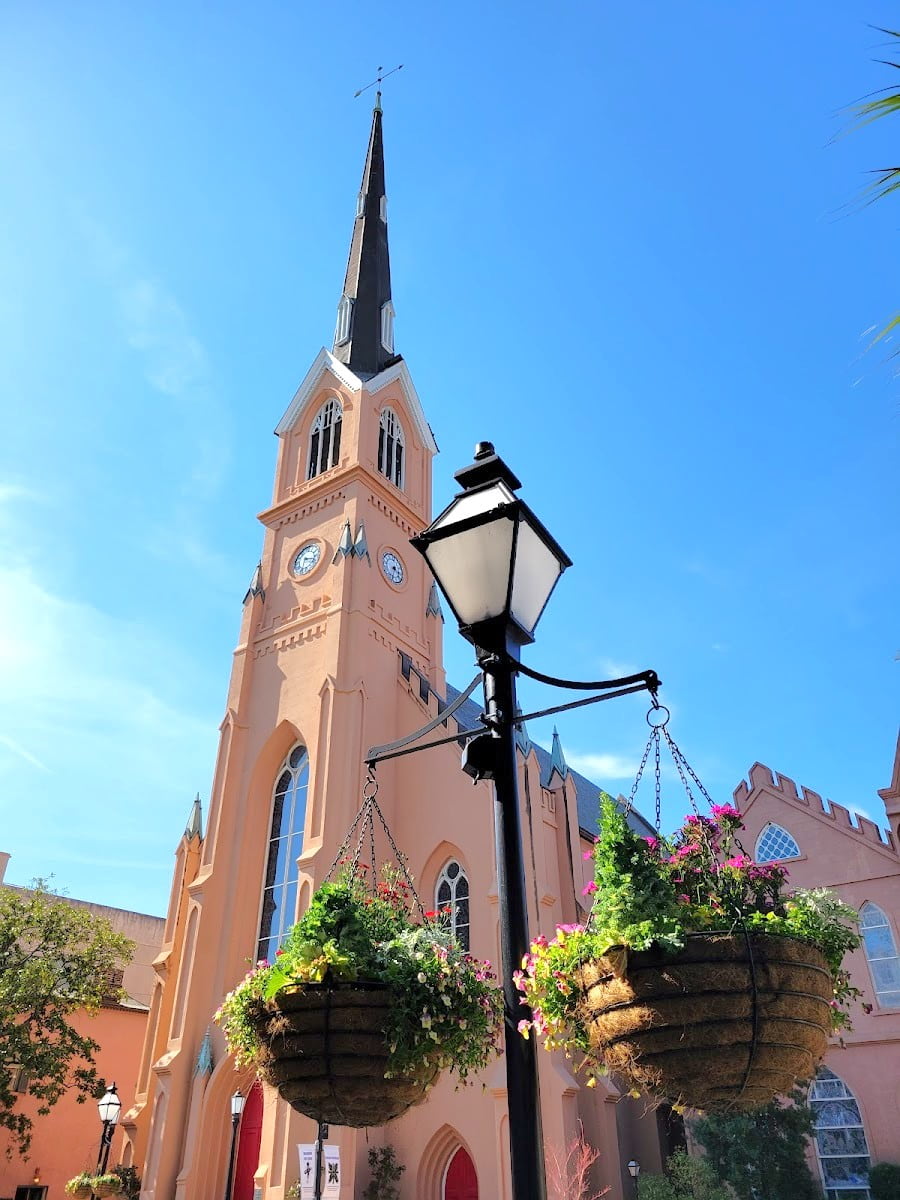
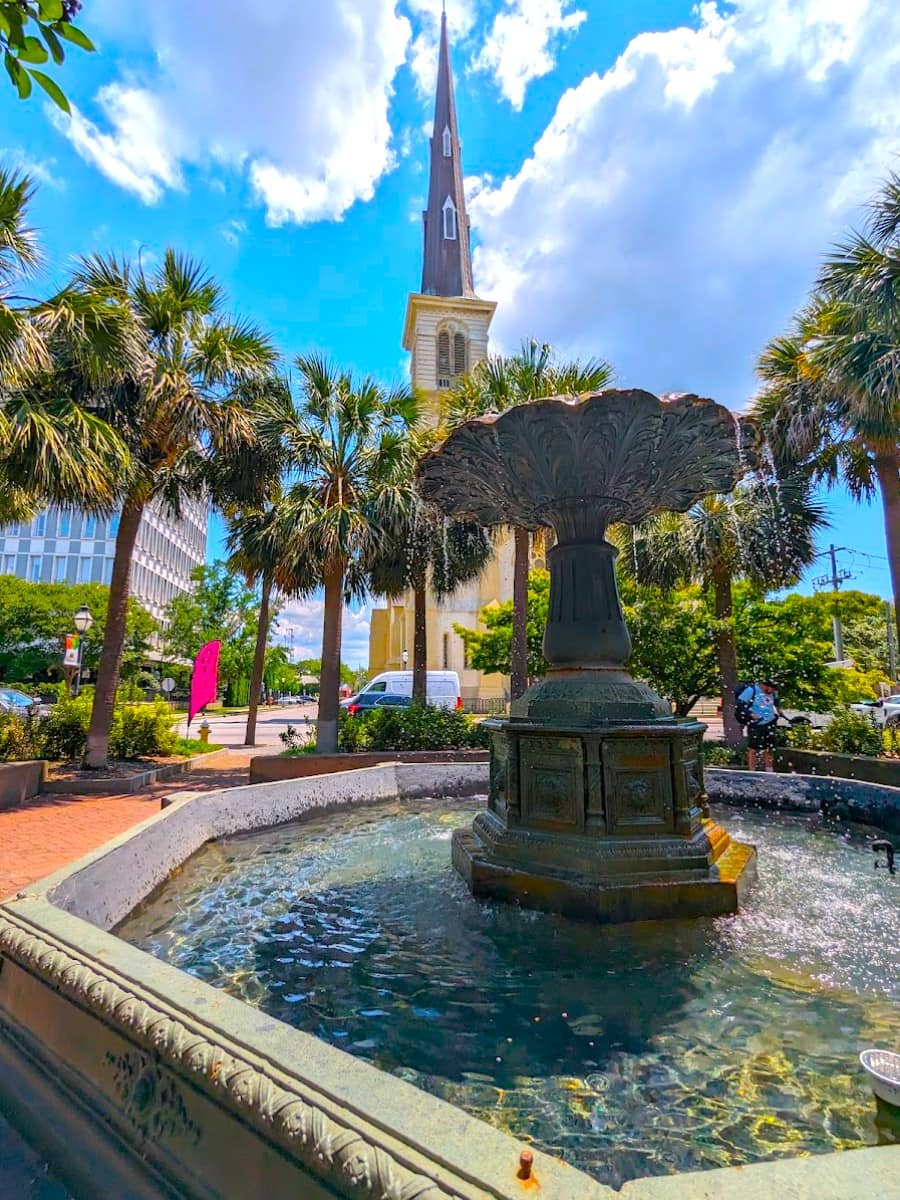
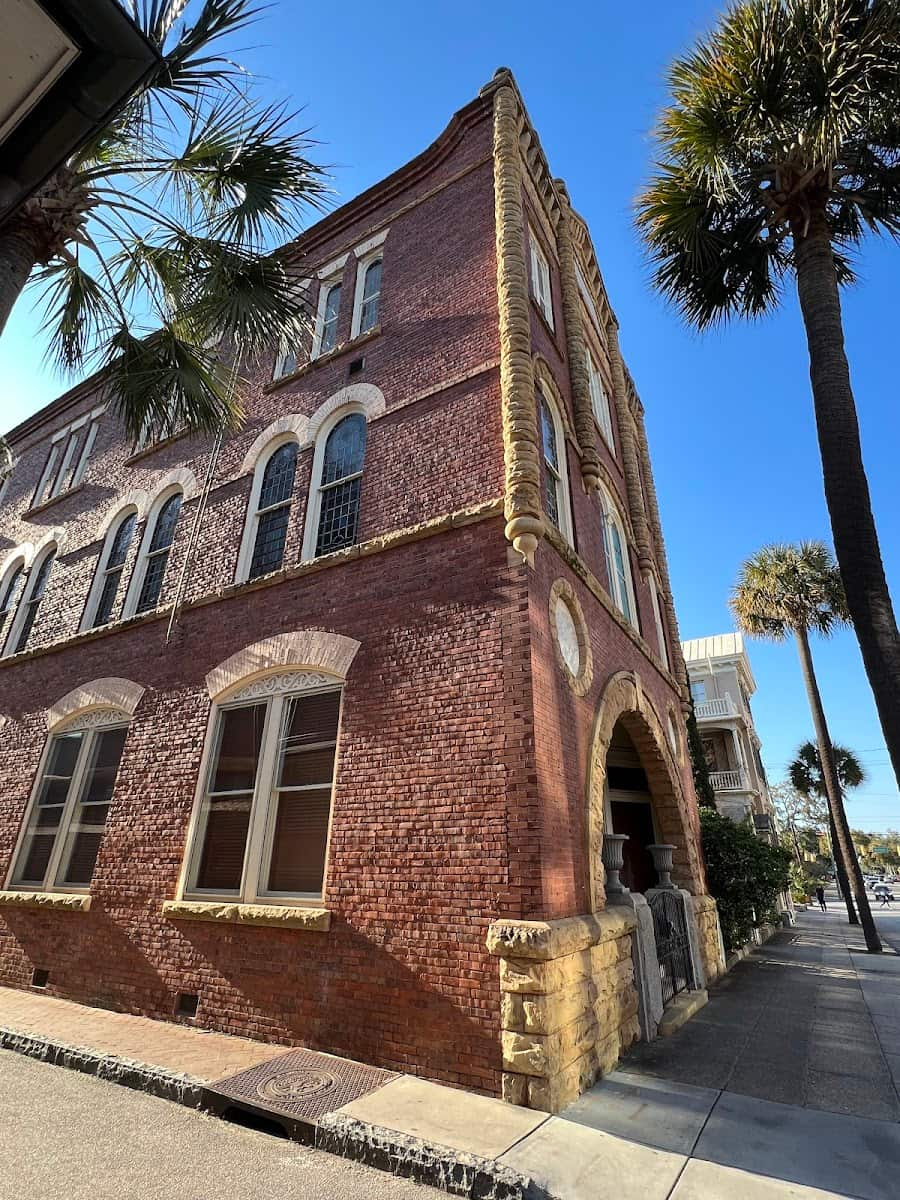
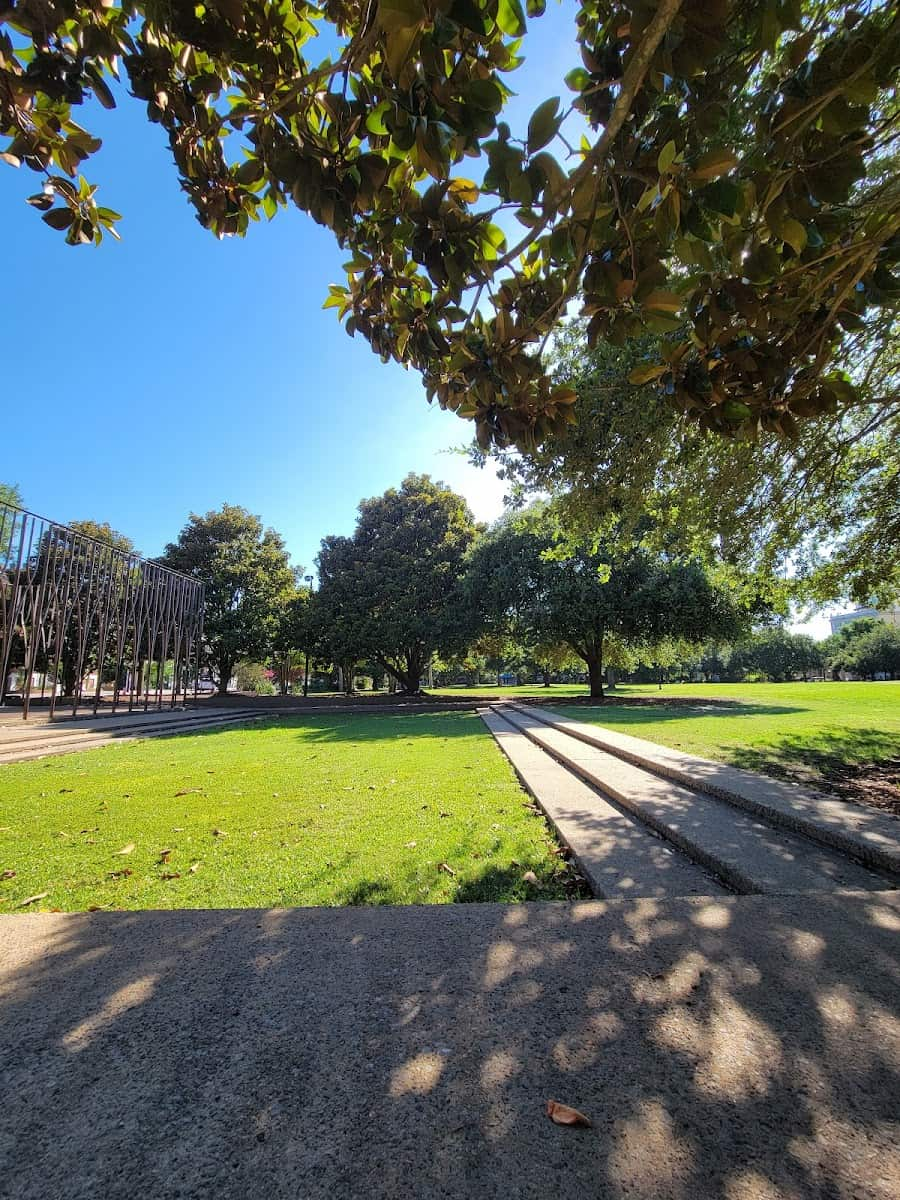
Charleston Farmers Market. Every Saturday brings local produce farmers, food vendors, artists, and craftspeople to this beloved community gathering that showcases Lowcountry culture. I always arrive early to get the best selection of heirloom vegetables, locally made honey, and handcrafted furniture from area artisans. Food trucks circle the square serving everything from grit bowls to fresh-pressed juices while live bluegrass music creates festive atmosphere. Chef demonstrations throughout the day show visitors how to prepare dishes using local ingredients available at vendor booths.
Community events. The square hosts major Charleston festivals including the Charleston Wine + Food Festival, MOJA Arts Festival, and holiday celebrations that bring the community together. I’ve watched children play on the playground equipment while parents browse vendor booths selling jewelry, baby clothes, and local artwork. The park’s proximity to hotels and restaurants makes it a convenient stop during downtown exploration and sightseeing tours. Street performers and musicians often entertain crowds during market days, adding spontaneous entertainment to the shopping experience.
3. Mount Pleasant Memorial Waterfront Park
Bridge views. Located at the base of the Arthur Ravenel Jr. Bridge, this crown jewel park offers stunning perspectives of Charleston Harbor and the iconic cable-stayed bridge. I’ve picnicked on the lush lawn while watching massive container ships navigate the harbor beneath the bridge’s impressive span. The park’s elevated position provides panoramic views of Charleston’s skyline across the Cooper River, especially spectacular during sunset hours. The 1,250-foot Mount Pleasant Pier extends into the harbor, offering fishing opportunities and bench swings for relaxation.
| Amenity | Cost | Hours | Features |
|---|---|---|---|
| Park access | Free | Dawn-dusk | Lawn, playground |
| Pier access | Free | 24/7 | Fishing, swings |
| Ice cream café | $3-8 | Seasonal | Harbor views |
Cultural heritage. The Sweetgrass Cultural Arts Pavilion celebrates over 300 years of Lowcountry basket-making traditions as part of the Gullah/Geechee Cultural Heritage Corridor. I’ve learned about this important African-inspired art form through interpretive displays that honor the generations who preserved these skills. The War Memorial features names of Mount Pleasant veterans while Raymond Kaskey’s sculpture commemorates those who made ultimate sacrifices. First Responder and 9/11 monuments add solemn beauty to this waterfront setting dedicated to remembrance and reflection.
Family activities. The nautical-themed playground keeps children entertained while parents enjoy harbor views and bridge photography from multiple vantage points throughout the park. I recommend the River Watch Café for soft-serve ice cream and refreshments while taking in spectacular Charleston Harbor panoramas. The park’s open design accommodates large family gatherings, corporate events, and community celebrations throughout different seasons.
4. Rainbow Row
Colorful architecture. These 13 brightly-colored Georgian houses along East Bay Street create Charleston’s most photographed and iconic streetscape. I’ve captured countless images of these pastel homes that appear on t-shirts, postcards, and paintings sold throughout Charleston’s gift shops. The houses originally served as shops with living quarters above during the 18th century before falling into disrepair after the Civil War. Dorothy Haskell Porcher Legge started the colorful trend in the 1930s by painting her section pink to uplift the neighborhood.
| Access | Cost | Transportation | Best Viewing |
|---|---|---|---|
| Street viewing | Free | Walking preferred | East Bay Street |
| DASH Shuttle | Free | Route 211 to City Hall | Short walk |
| Parking | $2-5/hour | Limited street spots | Early morning |
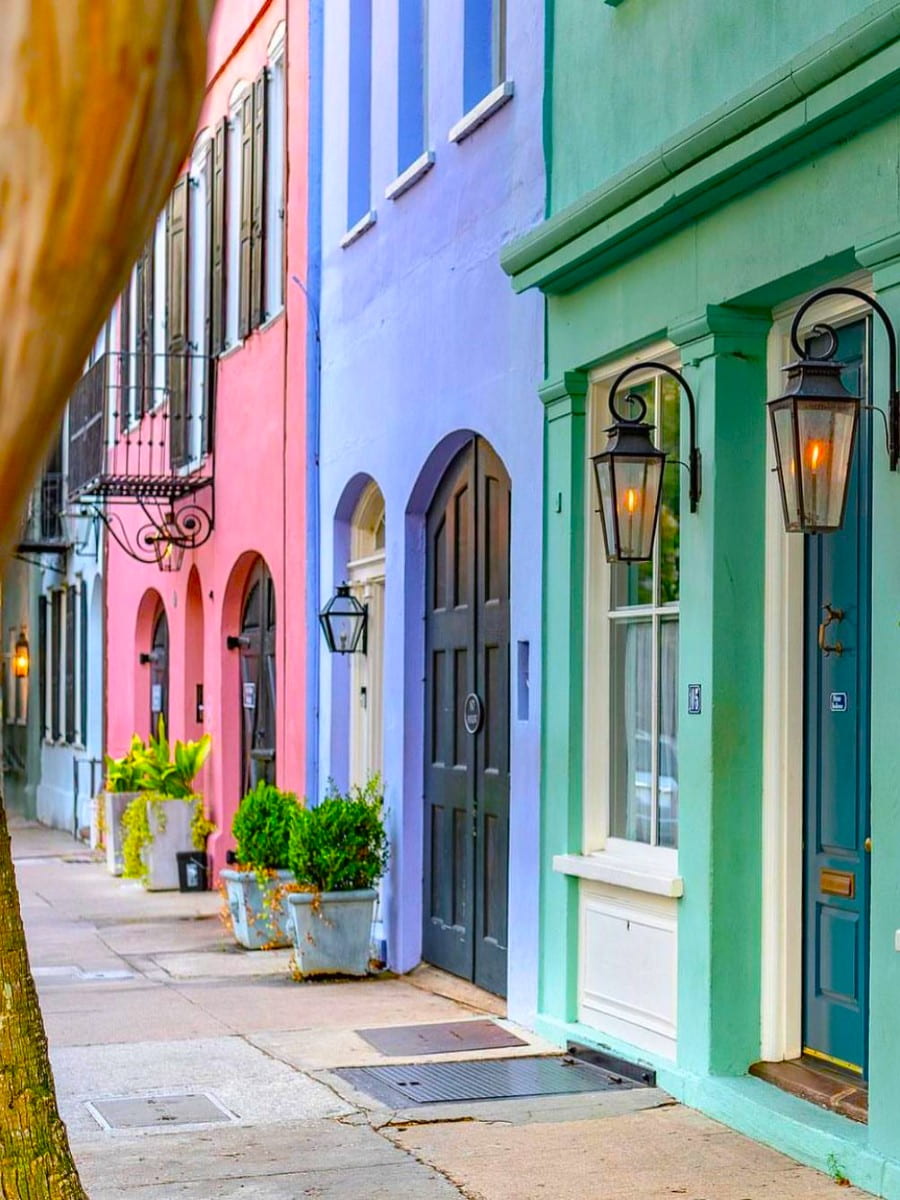
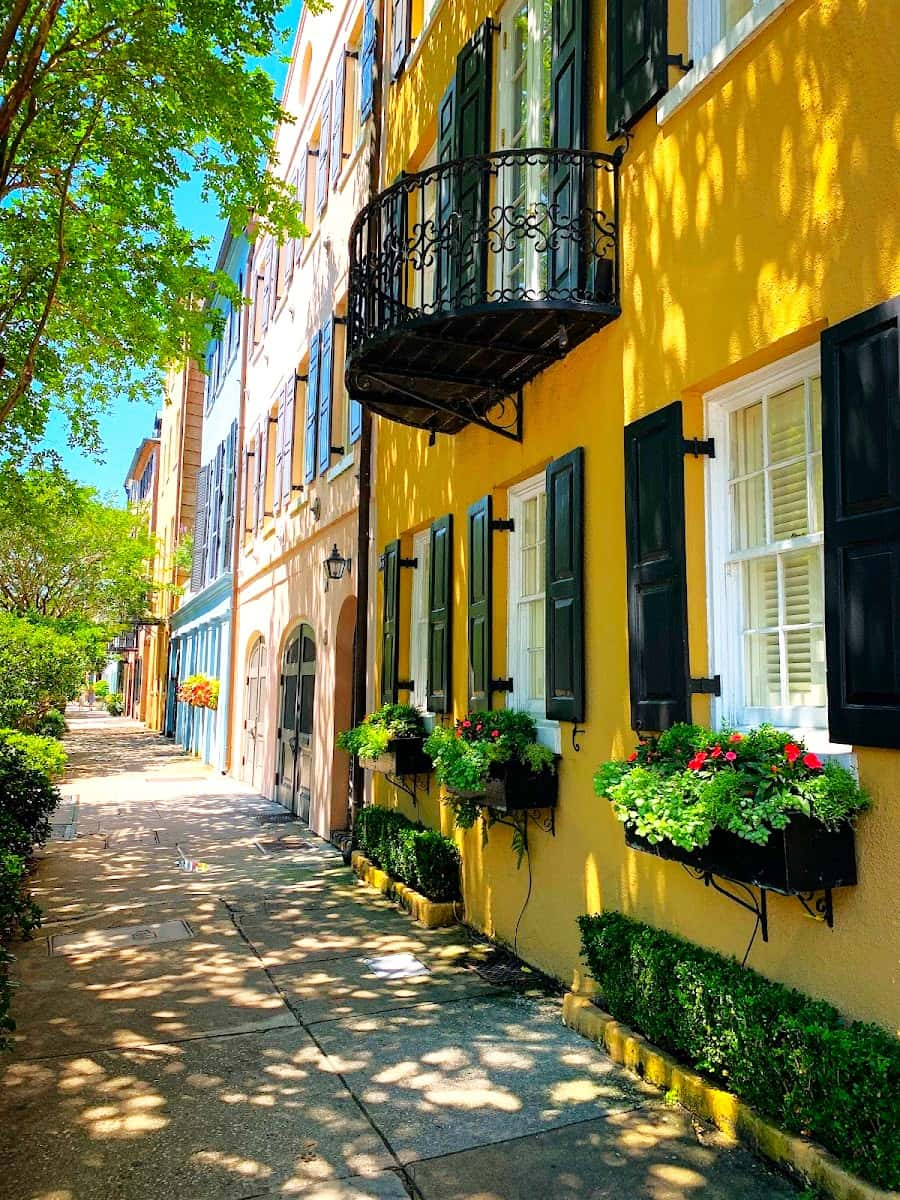
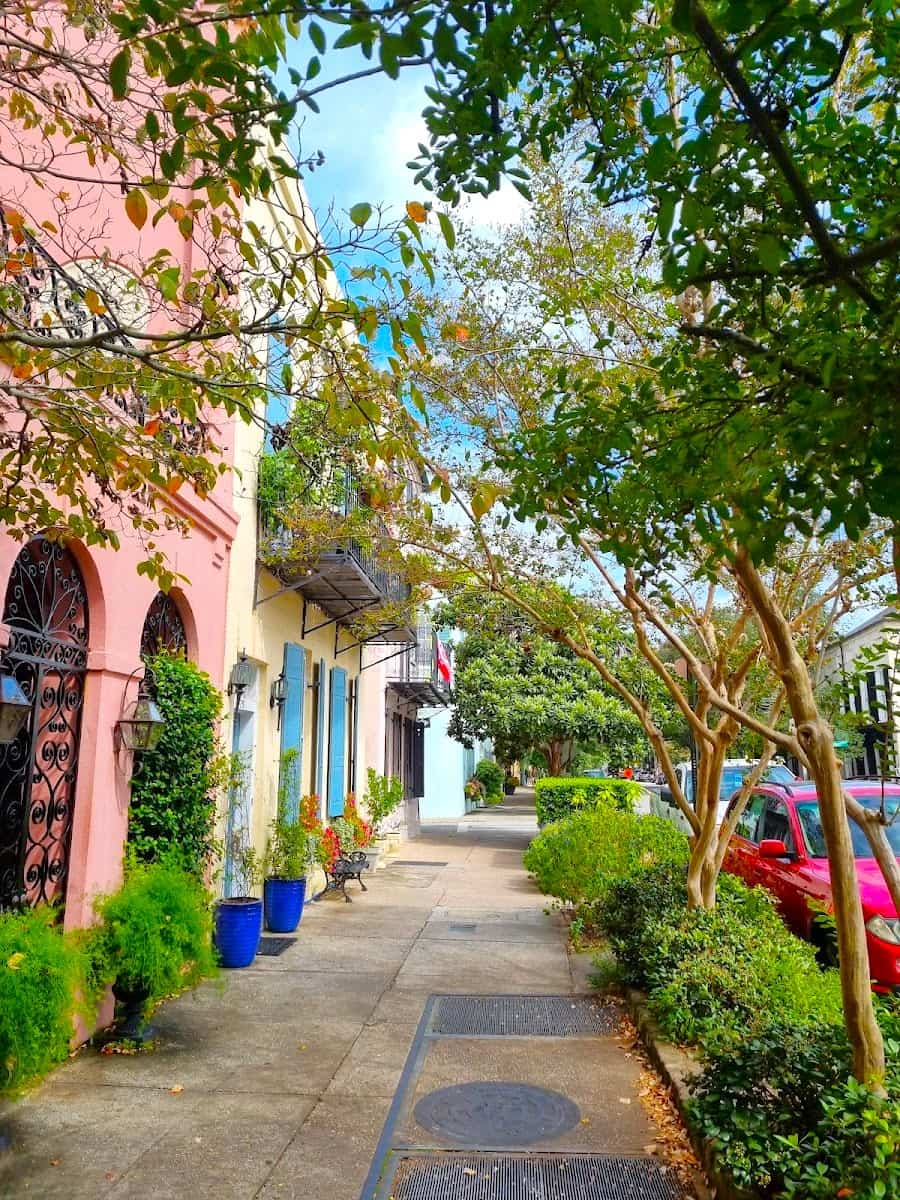
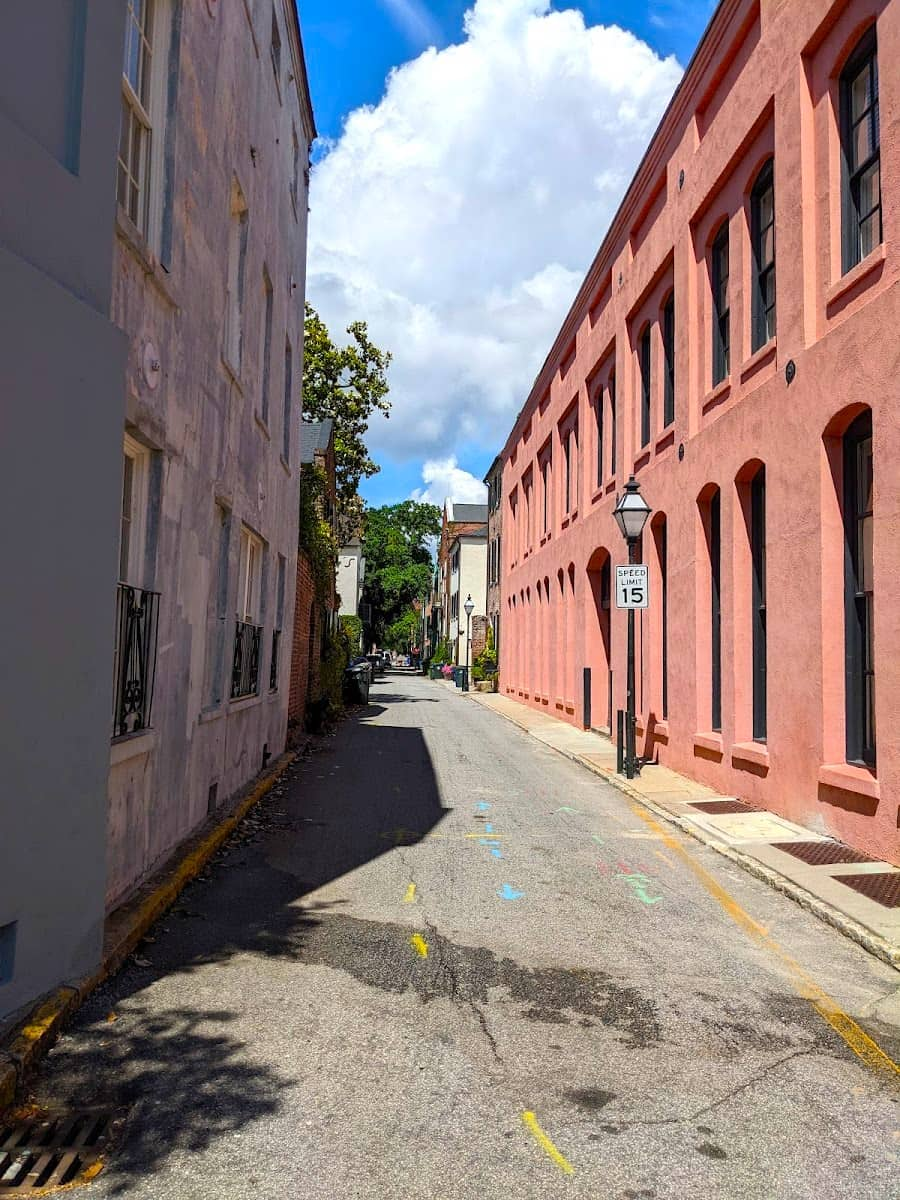
Photography tips. The best approach involves walking rather than driving since traffic congestion makes vehicle access difficult in this popular area. I always suggest taking the free Charleston DASH Shuttle Route 211 to City Hall, then walking the short distance to Rainbow Row. The houses face Charleston Harbor, providing beautiful backdrops that combine colorful architecture with water views and historic context. Different lighting throughout the day creates varying moods and shadow patterns that enhance the pastel colors.
Historic significance. Preservationist Susan Pringle Frost purchased six homes in 1920 but lacked restoration funds, leading to the area’s gradual transformation over subsequent decades. The trend of bright pastel colors quickly spread as other owners followed Legge’s example, creating the unique streetscape visitors see today. I’ve learned that these homes represent successful historic preservation efforts that saved an important Charleston neighborhood from demolition. The area continues attracting visitors from around the globe who come specifically to photograph these distinctive Charleston houses.
5. Folly Beach
Folly Beach. Known as the “Edge of America,” this laid-back beach town offers 6 miles of sandy coastline with excellent surfing conditions and fishing opportunities. I love the 1,045-foot fishing pier that extends into the Atlantic Ocean, providing spectacular sunrise views and chances to catch red drum and flounder. The downtown area features casual restaurants, surf shops, and beach bars that create a relaxed coastal atmosphere. Street parking remains free in most areas, making beach access affordable for budget-conscious travelers.
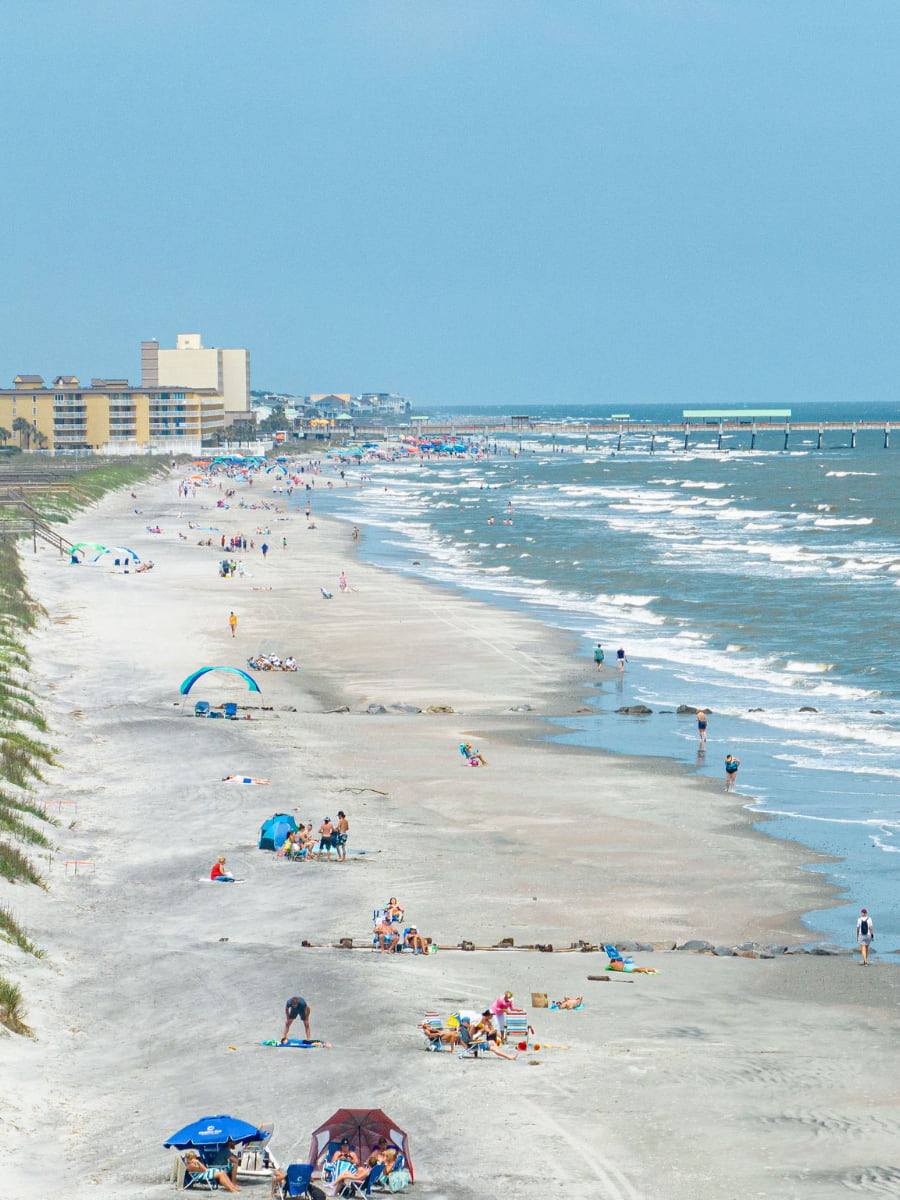
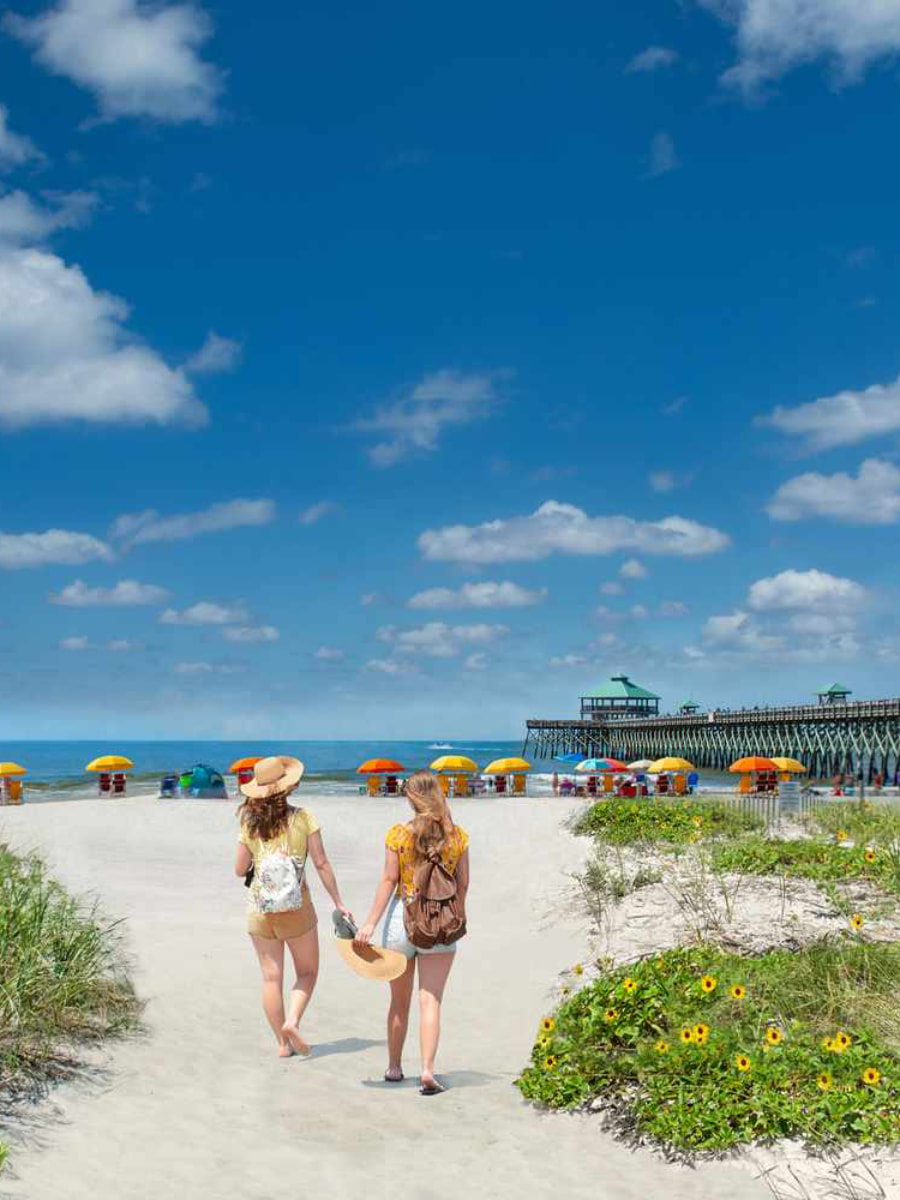
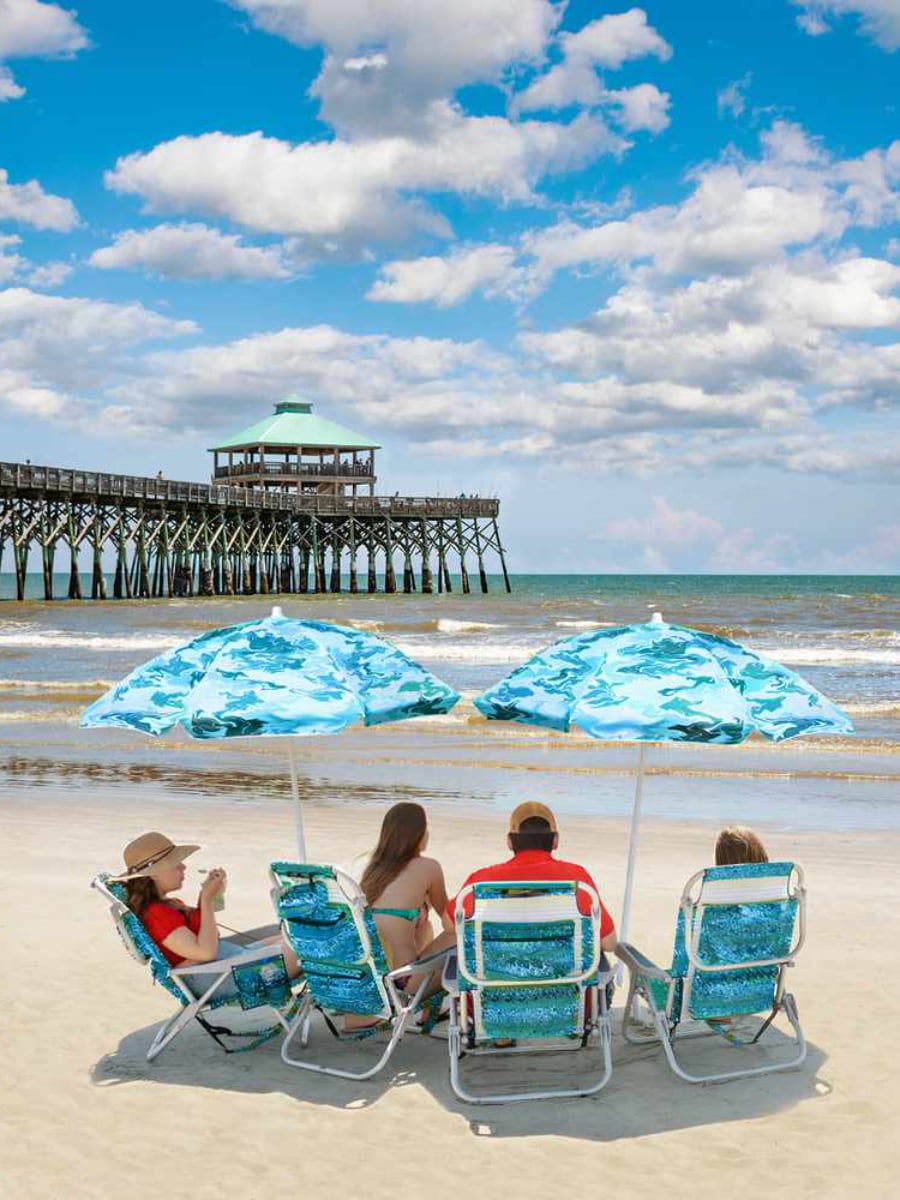
| Beach | Parking | Amenities | Distance from Charleston |
|---|---|---|---|
| Folly Beach | $5-10/day | Pier, shops, rentals | 25 minutes |
| Isle of Palms | Free/paid lots | Full facilities | 30 minutes |
Beach activities. Both beaches offer excellent conditions for paddleboarding, kayaking, and volleyball while providing safe swimming areas monitored by seasonal lifeguards. I’ve discovered that early morning visits provide the best shell collecting opportunities and fewer crowds for peaceful beach walks. The beaches serve as perfect day trip destinations from Charleston, offering natural escapes from city sightseeing and historic tours. Local outfitters rent surfboards, bikes, and beach equipment, while numerous restaurants serve fresh seafood and Lowcountry specialties.
6. Old Town Walks
Cobblestone streets. I’ve discovered secret courtyards and architectural details by simply wandering streets like Legare, Tradd, and Church where every block reveals new photographic opportunities. The cobblestone alleys between Meeting Street and East Bay Street hide art galleries, antique shops, and local cafes serving authentic Lowcountry cuisine. Gas-lit streets create romantic evening strolls through neighborhoods where horse-drawn carriages clip-clop past historic landmarks.
| Walking Route | Distance | Highlights | Duration |
|---|---|---|---|
| French Quarter loop | 1.5 miles | Churches, galleries | 1-2 hours |
| South of Broad | 2 miles | Mansions, gardens | 2-3 hours |
| King Street corridor | 1 mile | Shopping, dining | 1-2 hours |
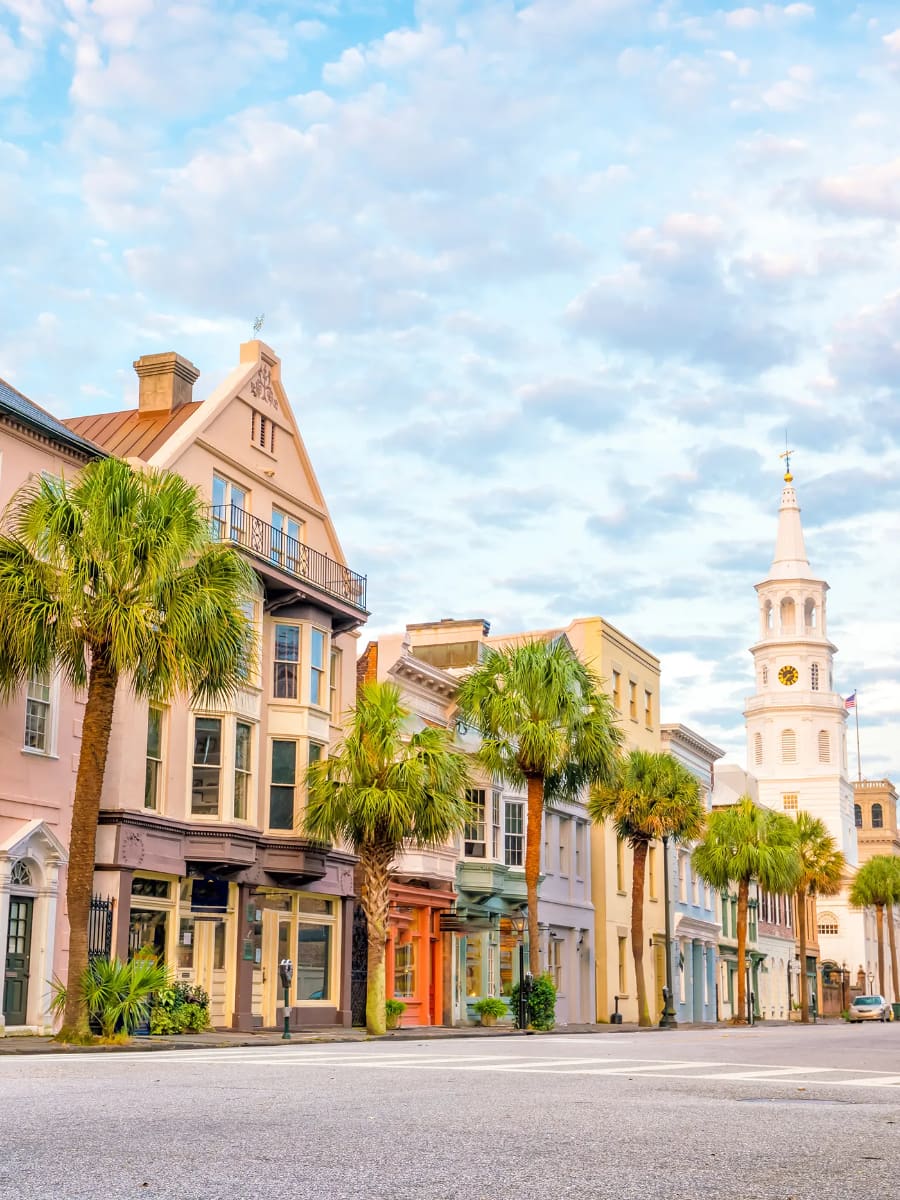
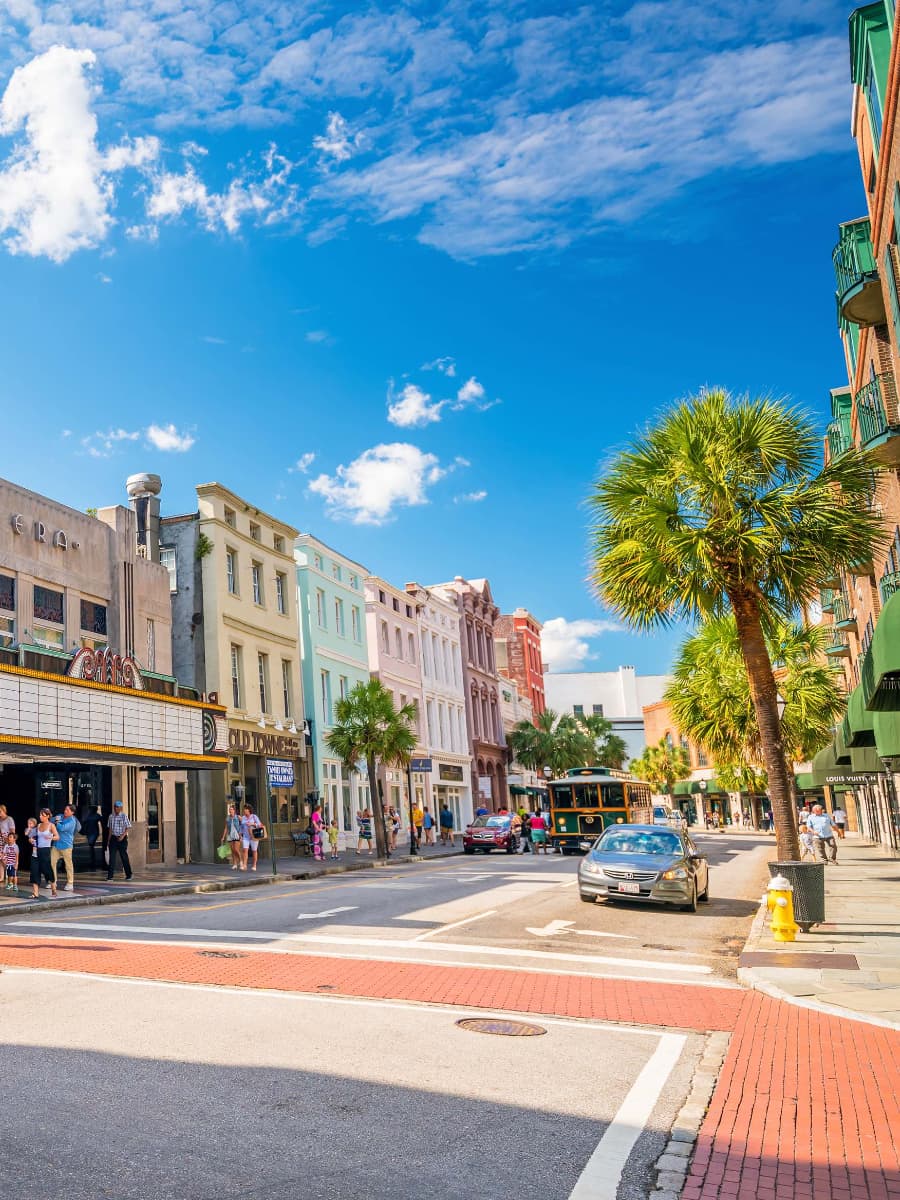
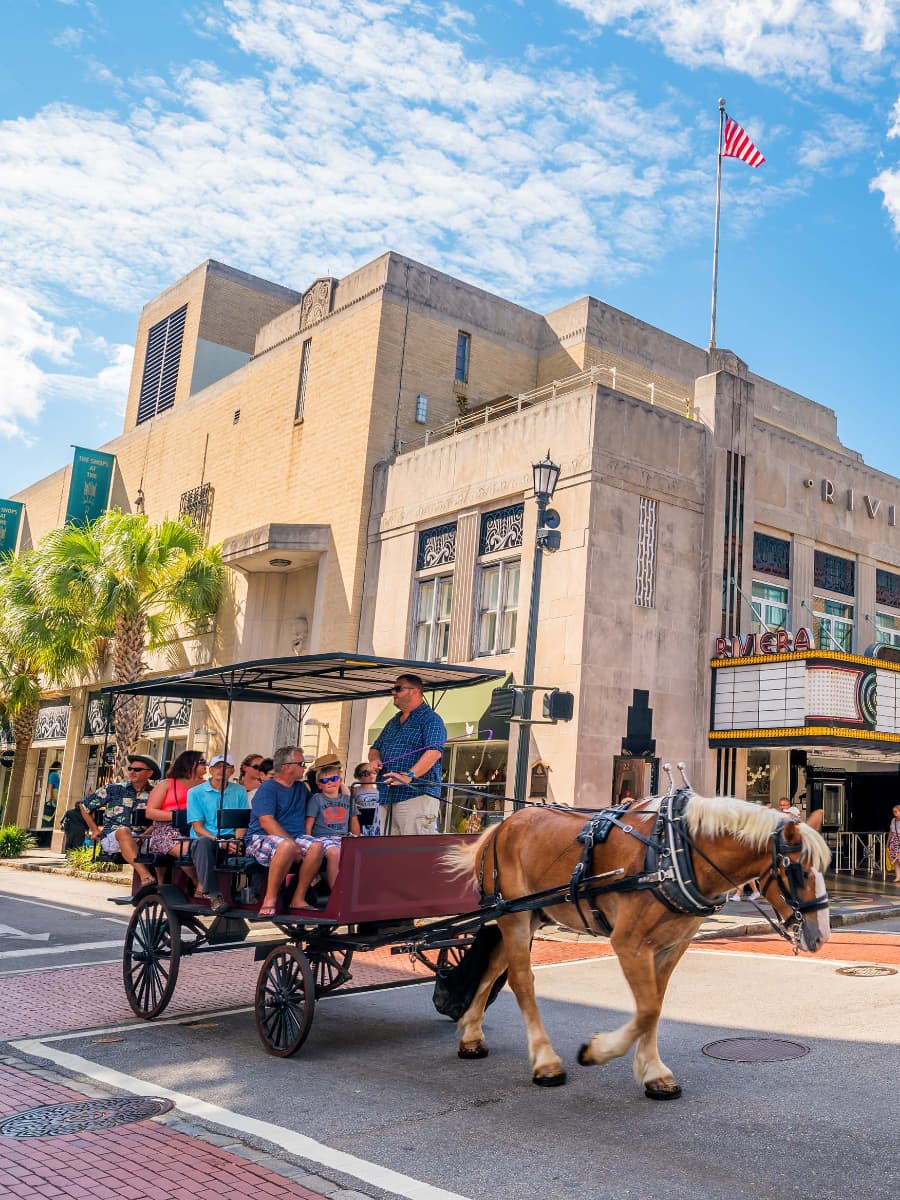
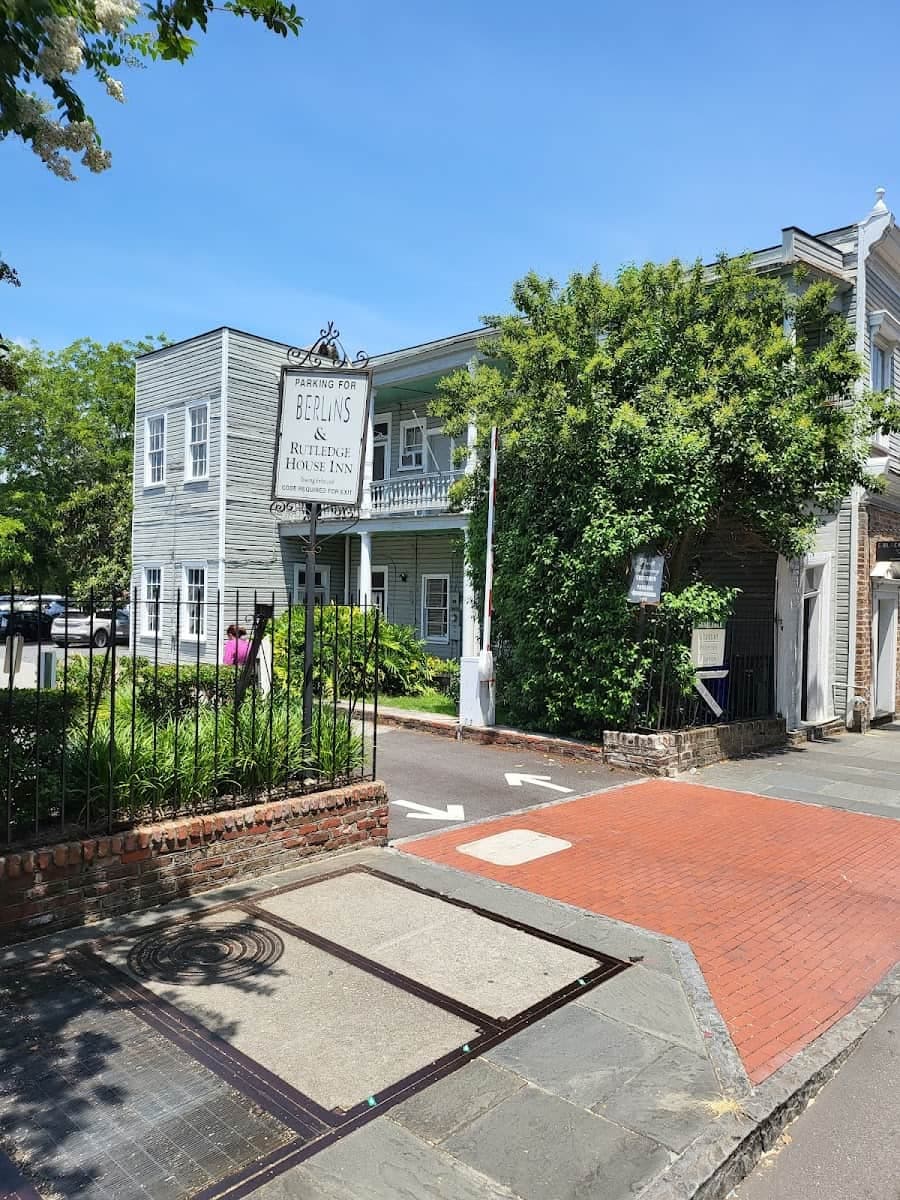
Architectural discoveries. Self-guided exploration reveals Charleston’s famous single houses, double galleries, and Earthquake bolts that tell stories of the city’s adaptation to climate and natural disasters. The wrought-iron gates and balconies showcase craftsmanship from different periods while Spanish moss-draped live oaks frame views of historic buildings. Each neighborhood offers unique architectural styles from Georgian and Federal to Greek Revival and Victorian influences.
Garden glimpses. Many historic homes feature gardens visible from sidewalks, showcasing camellias, azaleas, and other Southern plants that bloom throughout different seasons. I’ve learned to spot the small plaques that identify historic buildings and provide brief histories accessible to curious pedestrians. The tree-lined streets offer natural shade during hot Charleston days while providing habitat for local birds and wildlife. Walking these streets connects visitors to Charleston’s past while revealing how the city continues evolving while preserving its historic character and Southern charm.
Seasonal Activities in Charleston SC
Christmas in Charleston SC
Holiday Magic. The city of charleston transforms into a winter wonderland with twinkling lights adorning historic charleston sc buildings and cobblestone streets. I’ve walked through the historic downtown during Holiday Magic in Historic Charleston, where Marion Square hosts tree lighting ceremonies and holiday parades that bring the community together. The Charleston Santa appears at The Best Friend Train Museum each weekend between Thanksgiving and Christmas, creating magical moments for families visiting the holy city. Christmas carriage tours down historic streets offer cozy ways to see holiday decorations while staying warm during chilly December evenings.
| Holiday Event | Price (USD) | Dates | Location |
|---|---|---|---|
| Holiday Festival of Lights | $20-25 per car | November 15-December 31 | James Island County Park |
| Christmas carriage tours | $35-45 | December weekends | Historic charleston city market area |
| Marion Square tree lighting | Free | Early December | Marion Square |
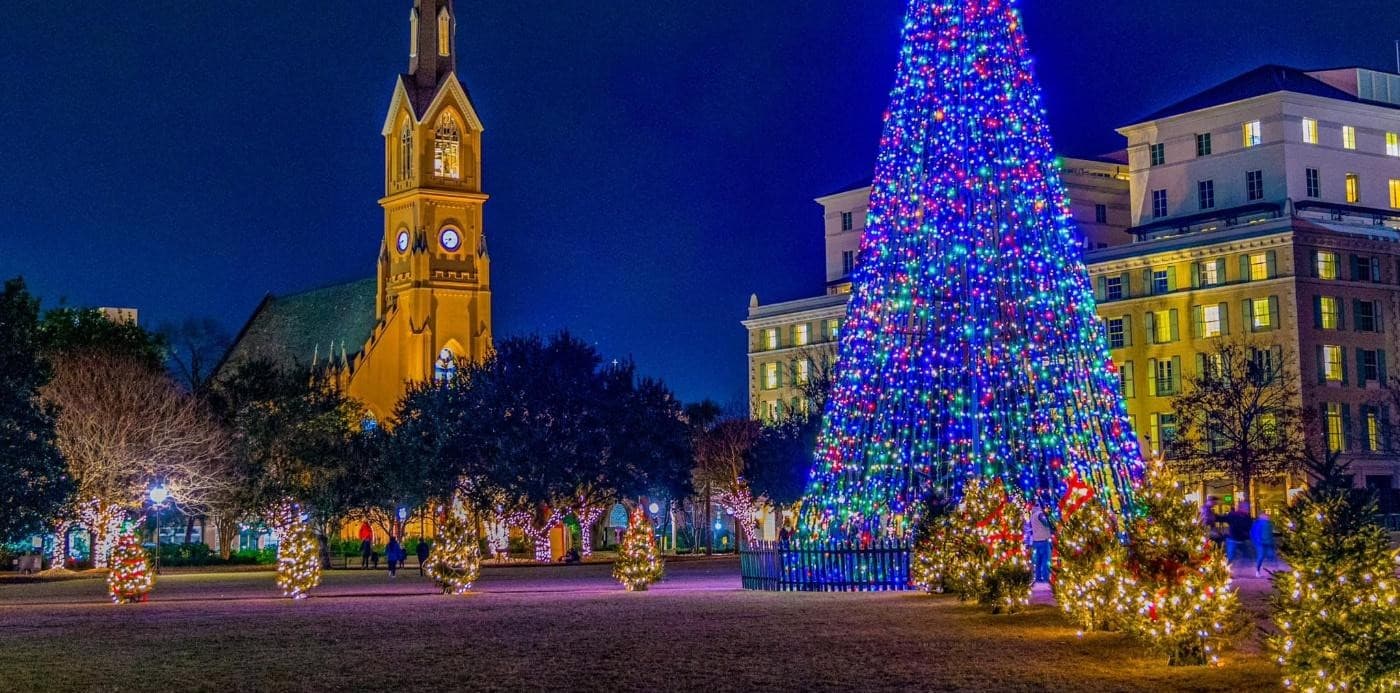
Light displays. I always recommend arriving early since this popular attraction draws visitors from across charleston county and beyond during peak holiday season. Santa visits are free at the festival, while digital photos cost extra for families wanting to capture memories with the jolly old elf. The festival opens at 5:30pm nightly, providing perfect timing for families to enjoy dinner before experiencing the magical light show.
Historic charm. Charleston’s antebellum mansions and historic churches create stunning backdrops for holiday celebrations, with many buildings in the south of broad area decorated with wreaths and garland. I’ve discovered that the area of charleston near Rainbow Row and The Battery looks particularly magical when historic homes are illuminated with white lights reflecting off the harbor. The combination of Southern hospitality and holiday traditions makes Christmas in the holy city an unforgettable experience for visitors and natives of charleston alike.
Summer Festivals and Events
Spoleto Festival. This 17-day arts celebration fills charleston’s theaters, churches, and outdoor spaces with opera, theater, dance, and music from acclaimed artists worldwide. I’ve attended performances at venues throughout historic charleston sc, from intimate church concerts to grand productions that showcase the city’s cultural sophistication. The festival runs from late May through early June, transforming the trip to the holy city into an arts lover’s paradise. Piccolo Spoleto runs alongside the main festival, featuring local and regional artists in more accessible community-focused events throughout charleston county.

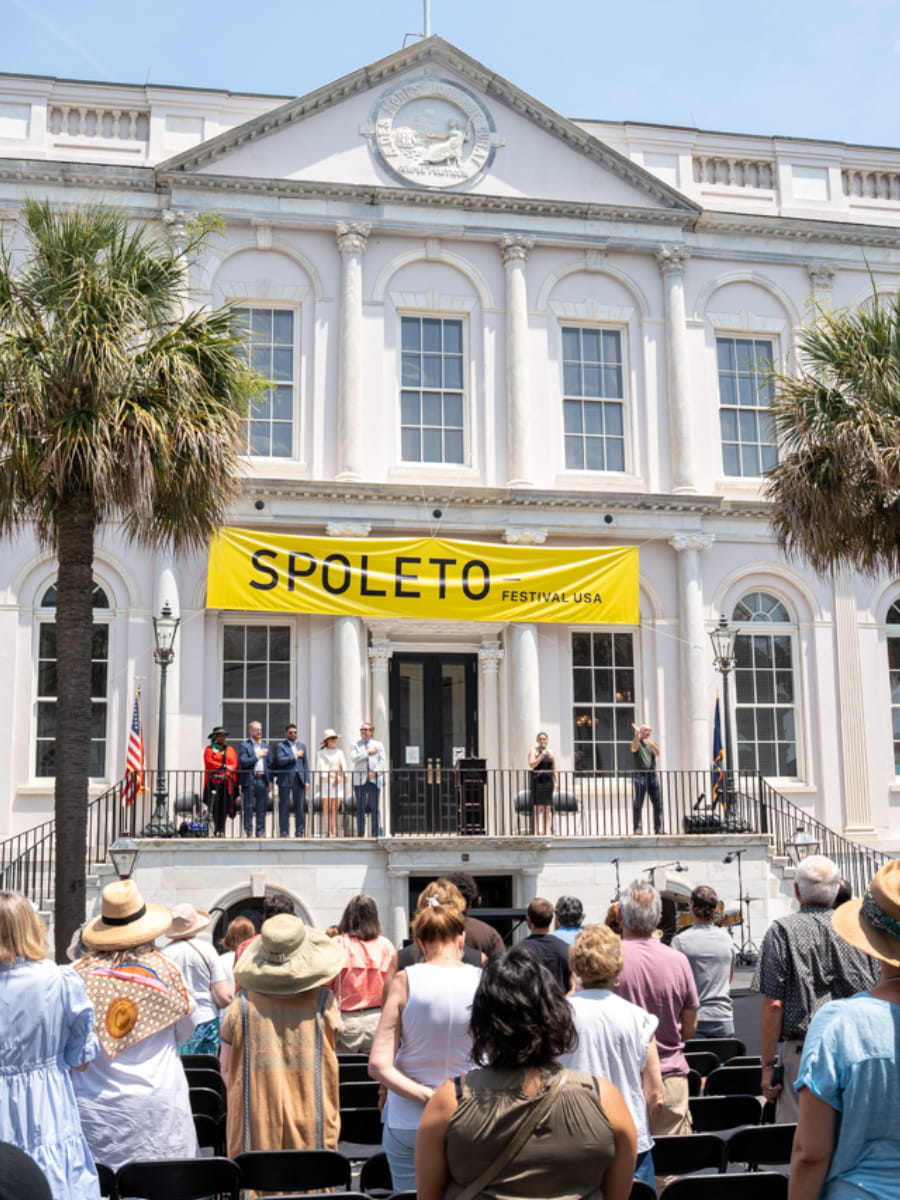

| Summer Festival | Duration | Typical Dates | Venues |
|---|---|---|---|
| Spoleto Festival USA | 17 days | Late May-Early June | Multiple historic venues |
| Charleston Wine + Food | 5 days | First weekend March | Downtown restaurants |
| Reggae Nights | 4 concerts | May-August | James Island County Park |
Community celebrations. Marion Square hosts numerous summer festivals including art markets, food truck gatherings, and live music performances that bring together visitors and natives of charleston. I love browsing the Saturday farmers market where local vendors sell fresh produce, handcrafted items, and prepared foods representing the diverse cultures that make charleston special. The area around charleston harbor comes alive with boat parades, fireworks displays, and waterfront concerts during summer holiday weekends.
Spring Blooms in Royal Parks
Camellia season. Middleton Place hosts Camellia Walks at 11am Tuesday, Thursday, and Saturday through March, showcasing over 4,000 camellias including 220-year-old specimens planted by French botanist André Michaux. I’ve learned that the 1786 Reine des Fleurs represents one of the first camellias planted in an American garden, making this historic site a must-see for garden enthusiasts. The 90-minute guided tours focus on both original gardens and the camellia garden created in the 1950s, providing comprehensive education about these winter-blooming beauties. Reservations are required for these free tours that complement general admission to this oldest unrestored plantation house and gardens.
| Garden Experience | Price (USD) | Best Months | Highlights |
|---|---|---|---|
| Magnolia Plantation camellias | $20-25 admission | December-March | 20,000 camellias, 1,000+ varieties |
| Middleton Place camellias | $28-32 admission | January-March | Ancient specimens, guided walks |
| Azalea blooms | Included with admission | March-April | Spectacular color displays |
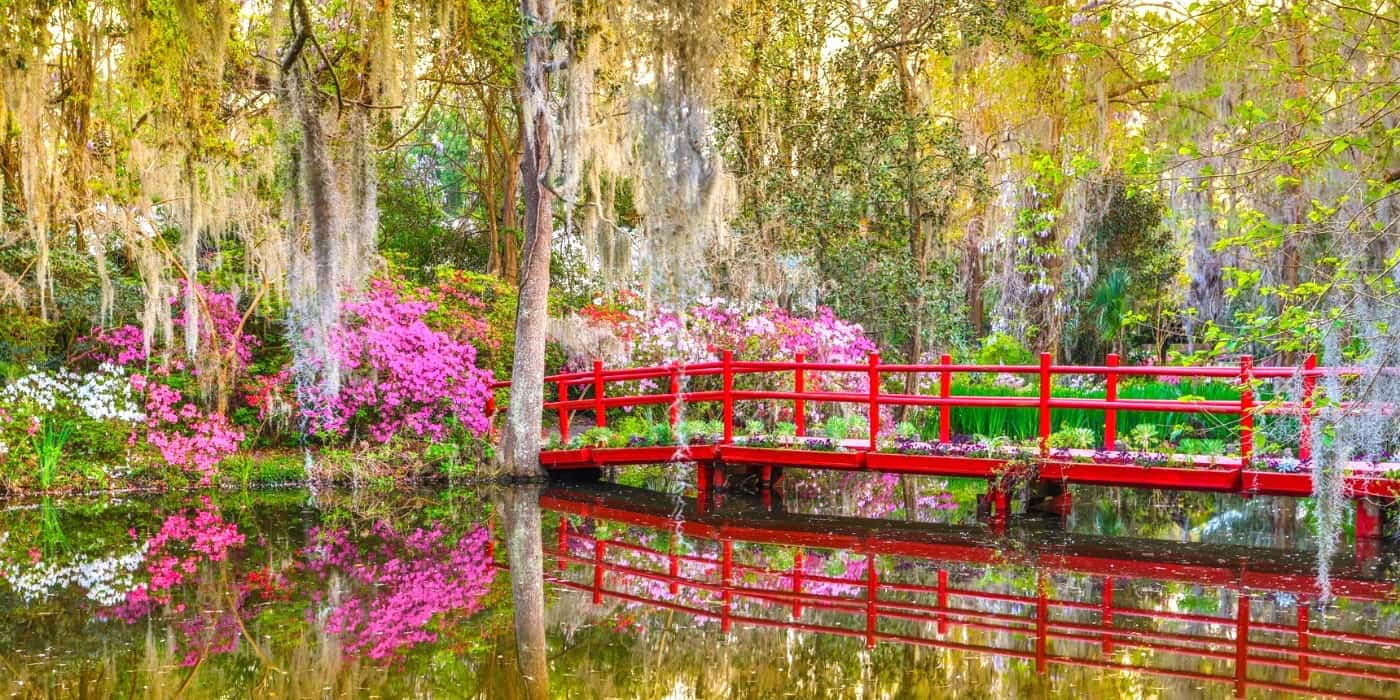
Azalea spectacle. Magnolia Plantation and Gardens showcases America’s oldest public gardens with azaleas creating unparalleled spring displays that have inspired poets, painters, and authors for over two centuries. I’ve wandered the original paths designed in the 1840s, marveling at the magnificence of 500 acres filled with colorful blooms and ancient live oaks draped in Spanish moss. The gardens feature themed areas including Biblical gardens, herb gardens, and mazes that provide harbor glimpses while peacocks roam freely throughout the property. Spring brings the turning of camellias to azaleas, creating continuous blooming seasons that extend the garden experience from winter through late spring.
Garden heritage. The Rev. John Grimké Drayton began designing Magnolia’s informal “picturesque style” gardens in the early 1840s to showcase his azalea and camellia collections, opening them to the public shortly after the Civil War. I’ve discovered that these gardens represent successful preservation efforts that saved important charleston horticultural heritage while continuing to introduce new varieties and conservation efforts. Both Magnolia and Middleton Place offer nature trails, swamp gardens, and wildlife viewing opportunities that complement the formal garden displays. The combination of historic significance, horticultural excellence, and natural beauty makes these plantation gardens essential stops for anyone wanting to experience charleston’s spring blooming season.
Autumn Foliage Walks
Fall colors. Charleston’s fall foliage season starts later than northern regions, with peak colors occurring in mid-November rather than October, allowing visitors to experience two different leaf seasons in consecutive months. The city’s mature live oaks, sweetgum trees, and bald cypress create stunning color displays along the Ashley and Cooper Rivers. Fall brings ideal conditions for walking tours through historic charleston sc, where tree-lined streets provide natural shade and colorful canopies.
| Fall Activity | Cost | Best Time | Location |
|---|---|---|---|
| Plantation garden walks | $20-30 admission | November-December | Magnolia, Middleton |
| Park nature trails | Free-$5 | October-December | Various county parks |
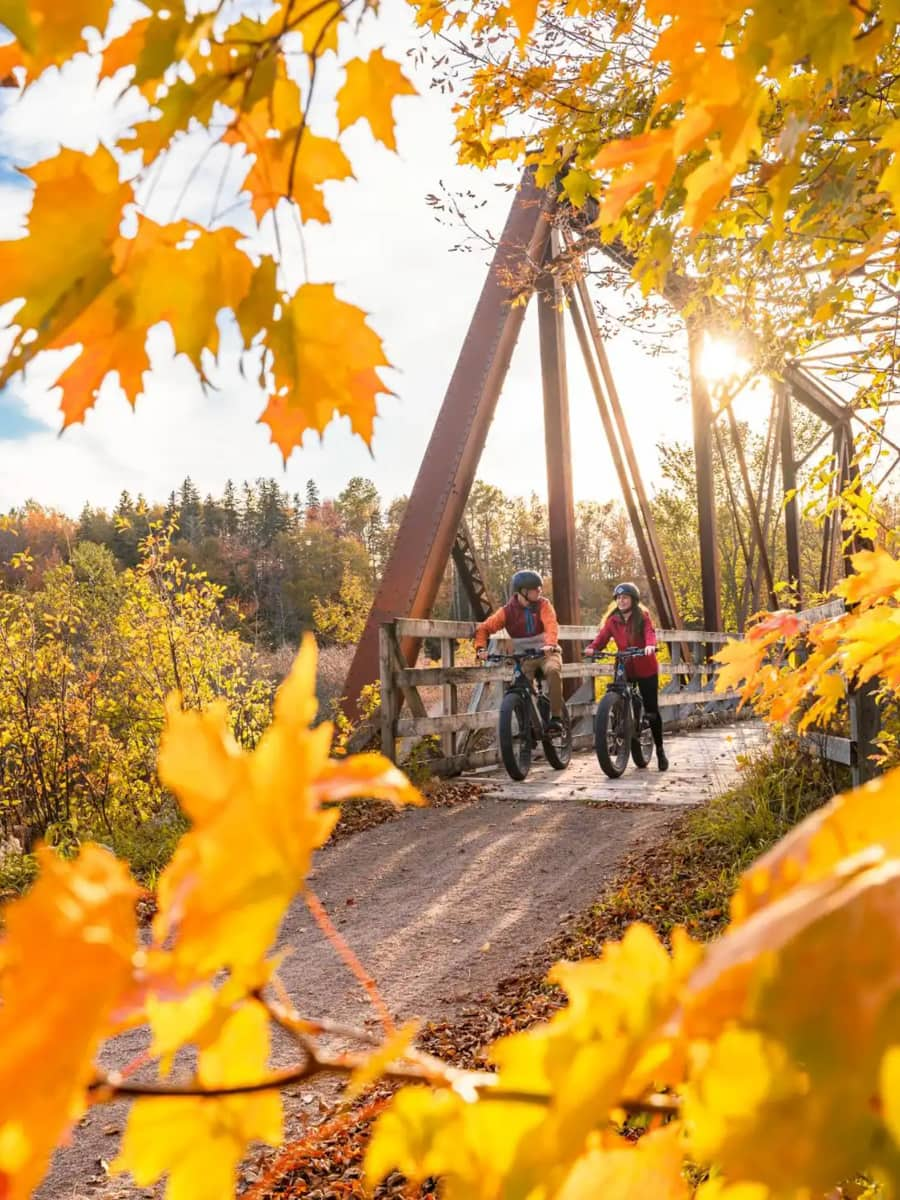
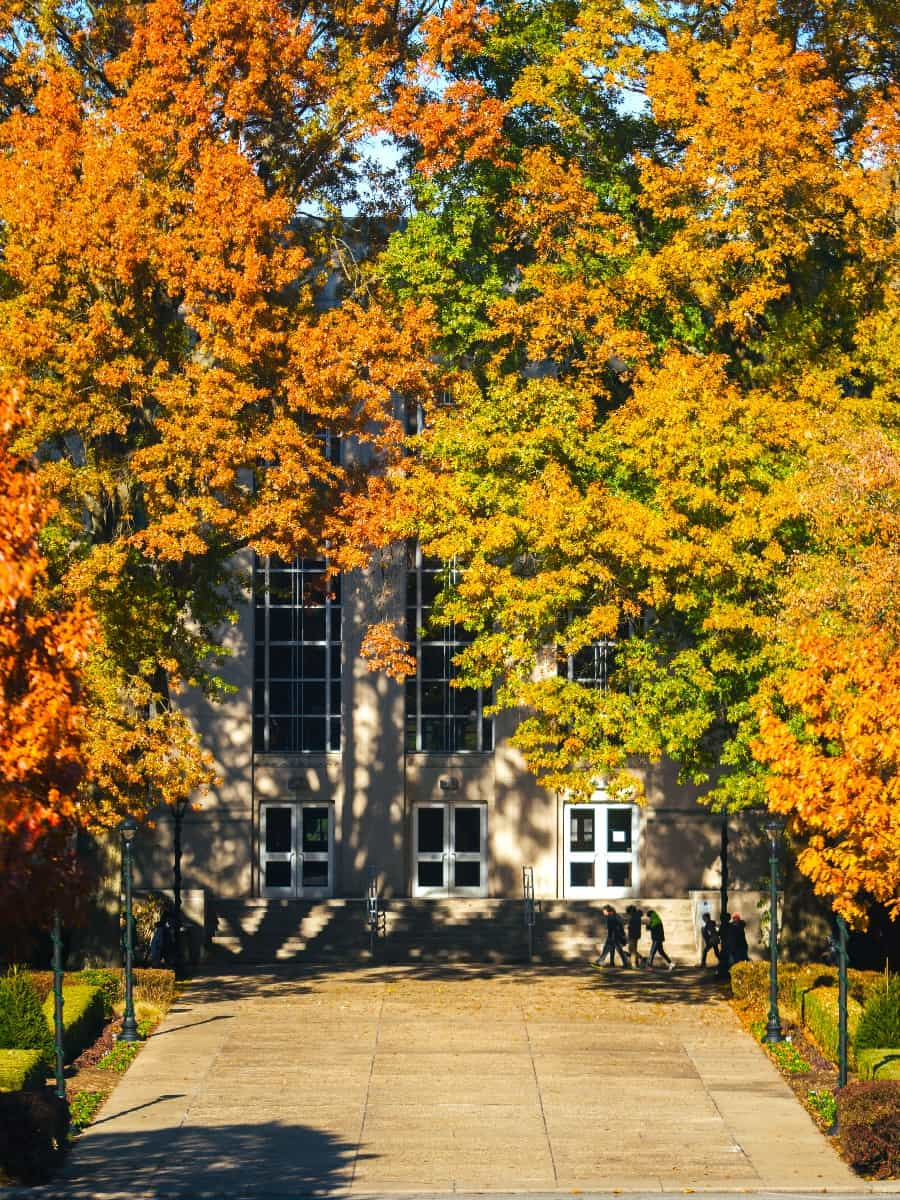
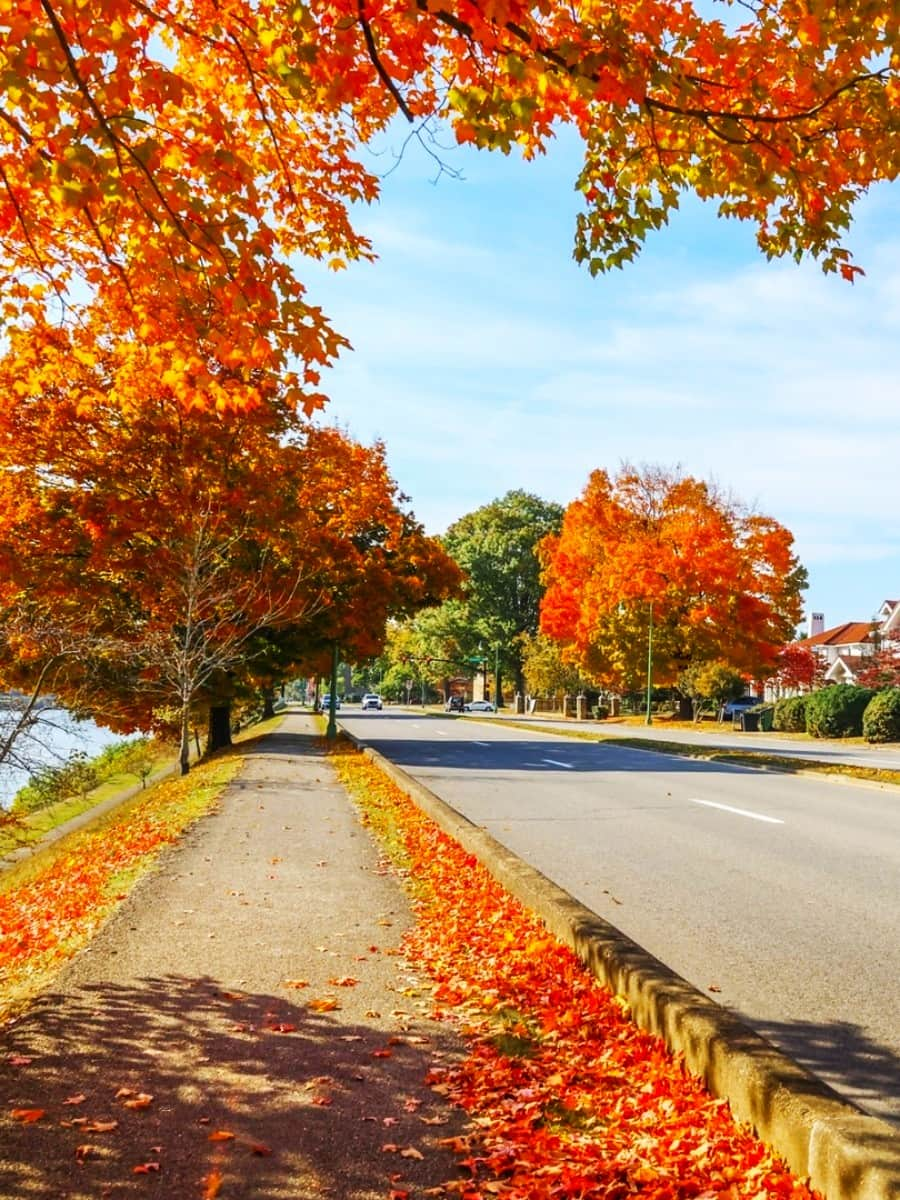
Nature trails. Charleston County Parks offer numerous hiking and biking trails that showcase autumn foliage while providing opportunities to spot local wildlife in their natural habitats. I recommend the Wannamaker North Trail for mountain biking and hiking through 15 miles of trails that feature bare soil paths winding through large-diameter trees showing fall colors. Nature Adventures on Shem Creek offers walking tours of the 2,200-foot boardwalk that stretches from Coleman Boulevard to charleston harbor, perfect for cooler autumn days. The elevated walkways provide excellent vantage points for photographing fall foliage reflected in tidal marshes and creek waters.
Seasonal adventures. Autumn provides ideal weather for kayaking tours through salt marshes where fall colors reflect off calm waters while dolphins play nearby. I’ve taken guided tours to Capers Island during fall months when the “boneyard beach” filled with bleached tree skeletons creates dramatic contrasts against autumn skies. The college of charleston campus and surrounding neighborhoods feature tree-lined streets perfect for self-guided walking tours during peak foliage season. Fall festivals throughout the area of charleston celebrate harvest seasons with pumpkin patches, corn mazes, and outdoor markets that take advantage of comfortable autumn weather.
Day Trips from Charleston SC
1. Sullivan’s Island
Beach paradise. This barrier island located at the mouth of Charleston Harbor offers wide sandy beaches perfect for swimming, sunbathing, and beachcombing just 20 minutes from downtown Charleston. I’ve spent countless hours searching for sand dollars along the shoreline, where white bleached specimens can be kept while gray fuzzy ones should be returned to the water. The island’s 3.3 square miles provide a peaceful escape from the hustle and bustle of the holy city while maintaining easy access via the Ben Sawyer Bridge. Fort Moultrie National Historical Park showcases Revolutionary War history where palmetto-log fortifications successfully repelled British forces during the American Revolution.
| Activity | Cost | Duration | Best Time |
|---|---|---|---|
| Beach access | Free | Full day | Weekdays |
| Fort Moultrie | $15 adults, kids free | 1-2 hours | Morning |
| Restaurant dining | $15-35 per person | 1-2 hours | Lunch/dinner |
Local dining. Sullivan’s Fish Camp serves fresh seafood specialties including oysters, seared tuna, and lobster rolls in a casual post-beach atmosphere perfect for families. I always recommend Mex 1 Coastal Cantina for chips, salsa, and margaritas during afternoon breaks from beach activities. The Obstinate Daughter offers upscale dining with harbor views, while Poe’s Tavern provides casual pub fare in a literary-themed setting. Home Team BBQ brings authentic Lowcountry barbecue to the island, creating diverse dining options for every taste and budget.
Island activities. I’ve discovered that surf fishing, crabbing, surfing, and kayaking provide excellent water sports opportunities in the calm harbor waters. The island’s strict preservation plan maintains its residential character with vacation rental homes rather than large hotels or commercial developments. Beach stations along the coastline offer different access points, each providing unique perspectives of Charleston Harbor and the Atlantic Ocean beyond.
⭐️ Best Activities
- Charleston: The Complete Lowcountry Tour – Full-day comprehensive tour showcasing Charleston’s plantations, gardens, and historic sites beyond the city limits for the complete Lowcountry experience.
2. Kiawah Island
Resort destination. Located 45 minutes from downtown Charleston via scenic Bohicket Road, Kiawah Island offers 10 miles of pristine beaches and world-class golf courses. I’ve driven the picturesque route through Johns Island and James Island, passing under ancient live oaks draped in Spanish moss along roads locals call the Alley of Oaks. The island features five championship golf courses including the Ocean Course, which has hosted major PGA tournaments and offers stunning Atlantic Ocean views. Beachwalker Park provides public beach access with facilities, boardwalks, and nature trails through maritime forests.
| Experience | Price (USD) | Duration | Highlights |
|---|---|---|---|
| Beach access (Beachwalker) | $10 per vehicle | Full day | 11 miles of beach |
| Golf (public courses) | $75-200 | 4-5 hours | Ocean views |
| Bike rentals | $25-35/day | Self-guided | Island exploration |
Natural beauty. The island’s maritime forest preserves showcase native wildlife including loggerhead sea turtles, dolphins, and over 150 bird species in their natural habitats. I’ve spotted painted buntings, considered one of North America’s most beautiful birds, while walking the nature trails that wind through pristine coastal ecosystems. The Kiawah Island Golf Resort area features upscale dining and shopping, while the residential areas showcase stunning beach houses and vacation properties. Night Heron Park offers kayak launches and fishing opportunities in tidal creeks surrounded by salt marshes.
Outdoor adventures. Bike paths connect different areas of the island, providing safe transportation while showcasing the natural beauty of this barrier island paradise. I recommend renting bikes to explore the 30 miles of paved trails that wind through forests, past golf courses, and along beachfront areas. The island’s tennis facilities, spa services, and water sports rentals create comprehensive resort experiences for day visitors and overnight guests. Sunset views from the beach provide spectacular endings to island adventures, with dolphins often visible playing in the surf.
⭐️ Best Activities
- Krazy Kiawah Island Scavenger Hunt – Interactive scavenger hunt adventure on beautiful Kiawah Island combining sightseeing with fun challenges and local discoveries.
3. Angel Oak Tree
Ancient wonder. This 1,550-year-old Southern Live Oak stands 65 feet high and 25.5 feet wide, creating an estimated 17,200 square feet of shade beneath its massive canopy. I’ve marveled at the gnarled branches that resemble elephant trunks, shooting off in all directions and creating natural climbing opportunities that visitors must resist to protect this ancient treasure. The tree predates English settlement and represents one of the oldest living recorded Live Oak species east of the Rocky Mountains. Angel Oak Park provides easy access via Angel Oak Road, an offshoot of Bohicket Road through Johns Island’s scenic countryside.
| Visit Details | Information | Hours | Cost |
|---|---|---|---|
| Park access | Free admission | Mon-Sat 9am-5pm | No charge |
| Sunday hours | 1pm-5pm | Limited time | Free |
| Photography | Encouraged | During open hours | No restrictions |
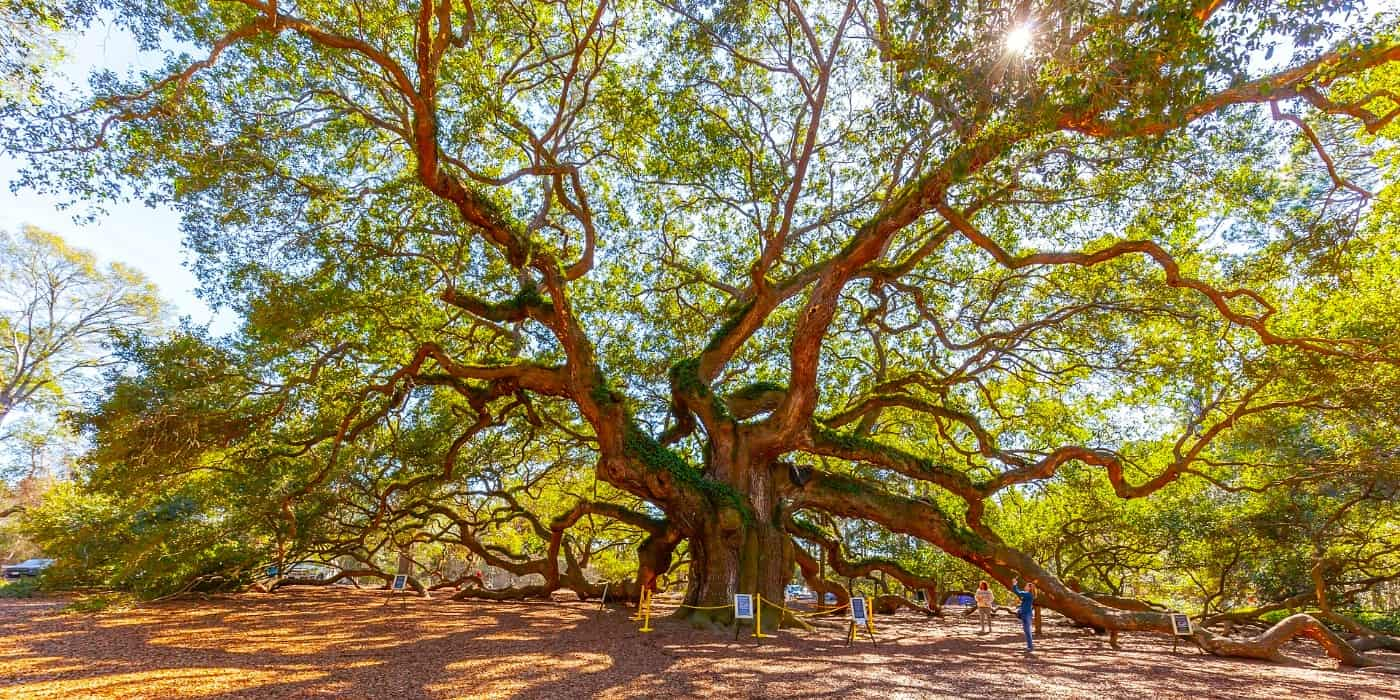
Conservation story. Hurricane Hugo severely damaged the tree in 1989 with massive wind gusts and saltwater flooding, but today the Angel Oak shows no signs of that devastating storm. I’ve learned about the 2012 threat when plans for a 500-unit apartment complex nearly endangered the tree’s extensive root system. The Save the Angel Oak foundation and Coastal Conservation League successfully protected this natural landmark from development pressures.
Cultural significance. Evening Under the Angel Oak series features music, arts, and dramatic presentations throughout the seasons, particularly during Charleston’s Spoleto Festival in late May and early June. The 10-minute visit often extends much longer as visitors discover new angles and perspectives of this living monument to Southern heritage. Local festivals honoring native foliage occur throughout different seasons, celebrating the tree’s role in Johns Island’s wild landscape and Charleston County’s natural history.
⭐️ Best Activities
- Charleston Wadmalaw Island Wine Tasting & Tea Garden Trip – Visit America’s only tea plantation and local vineyard on Wadmalaw Island for wine tastings and tea tours in Charleston’s scenic countryside.
4. Charleston Tea Plantation
America’s only tea farm. Located on Wadmalaw Island, this unique plantation produces the only tea grown commercially in North America, offering trolley tours through acres of tea bushes and factory demonstrations. I’ve taken the 35-40 minute trolley ride that showcases the cultivation process while founder Bill Hall narrates portions of the tour through the bus sound system. The greenhouse stop allows visitors to see up close how new tea bushes are propagated and grown before transplanting to the fields. Unlimited freshly brewed hot and cold tea tastings provide opportunities to sample different varieties produced on the plantation.
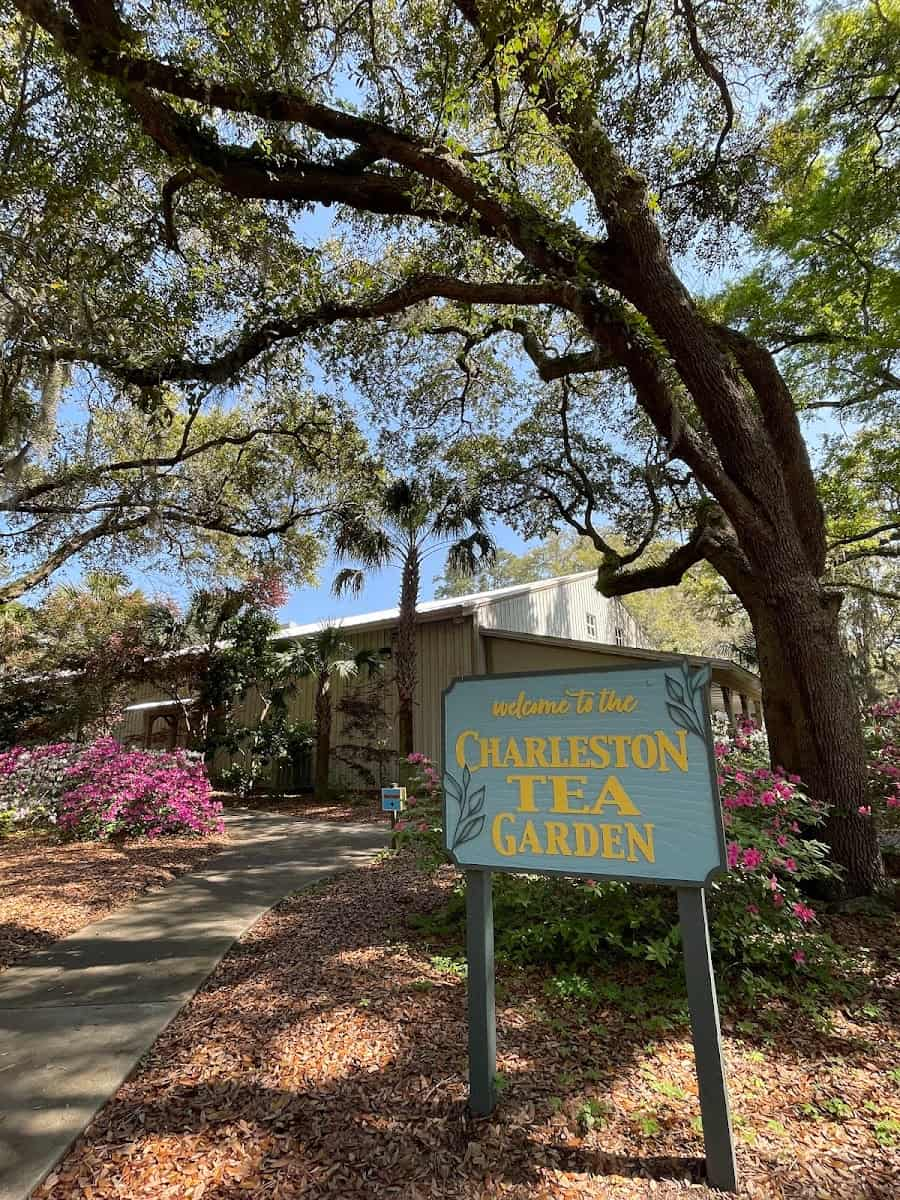
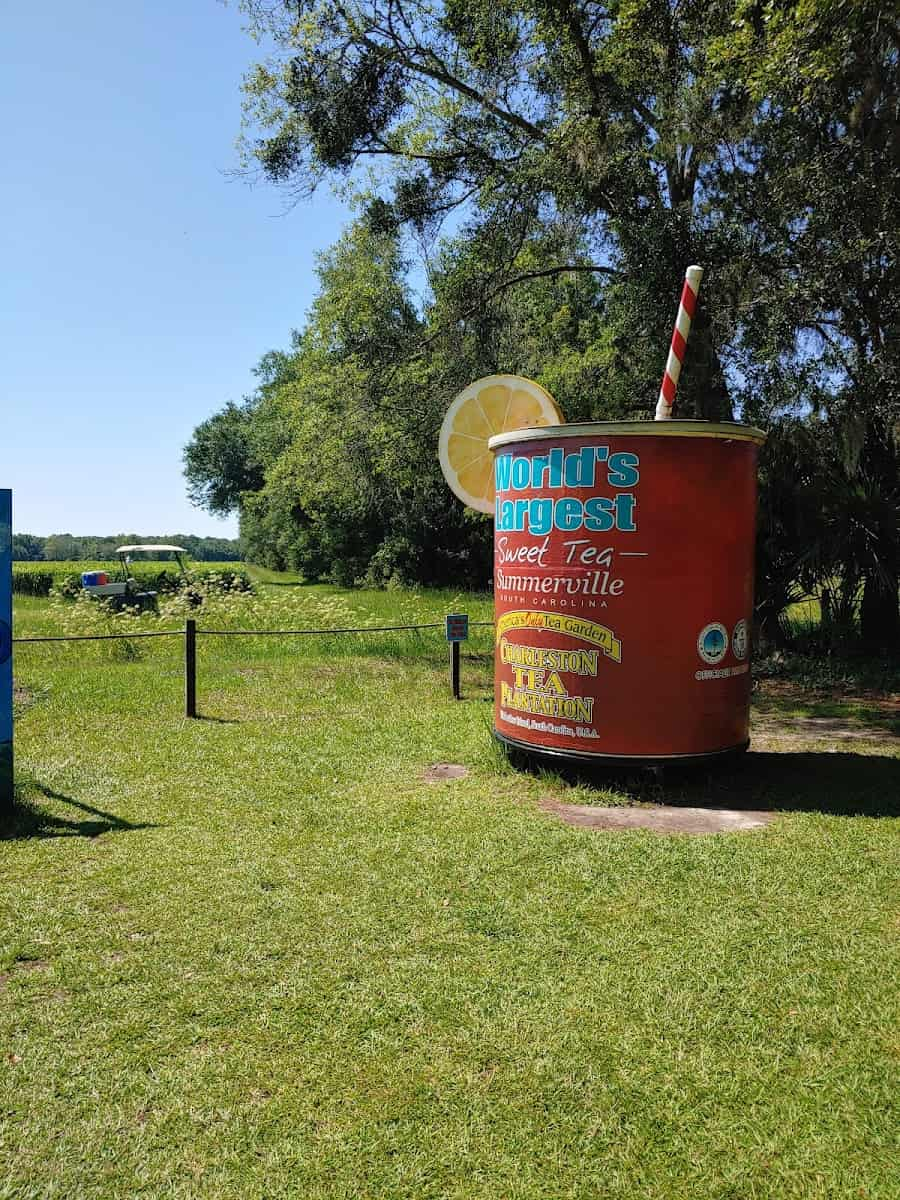
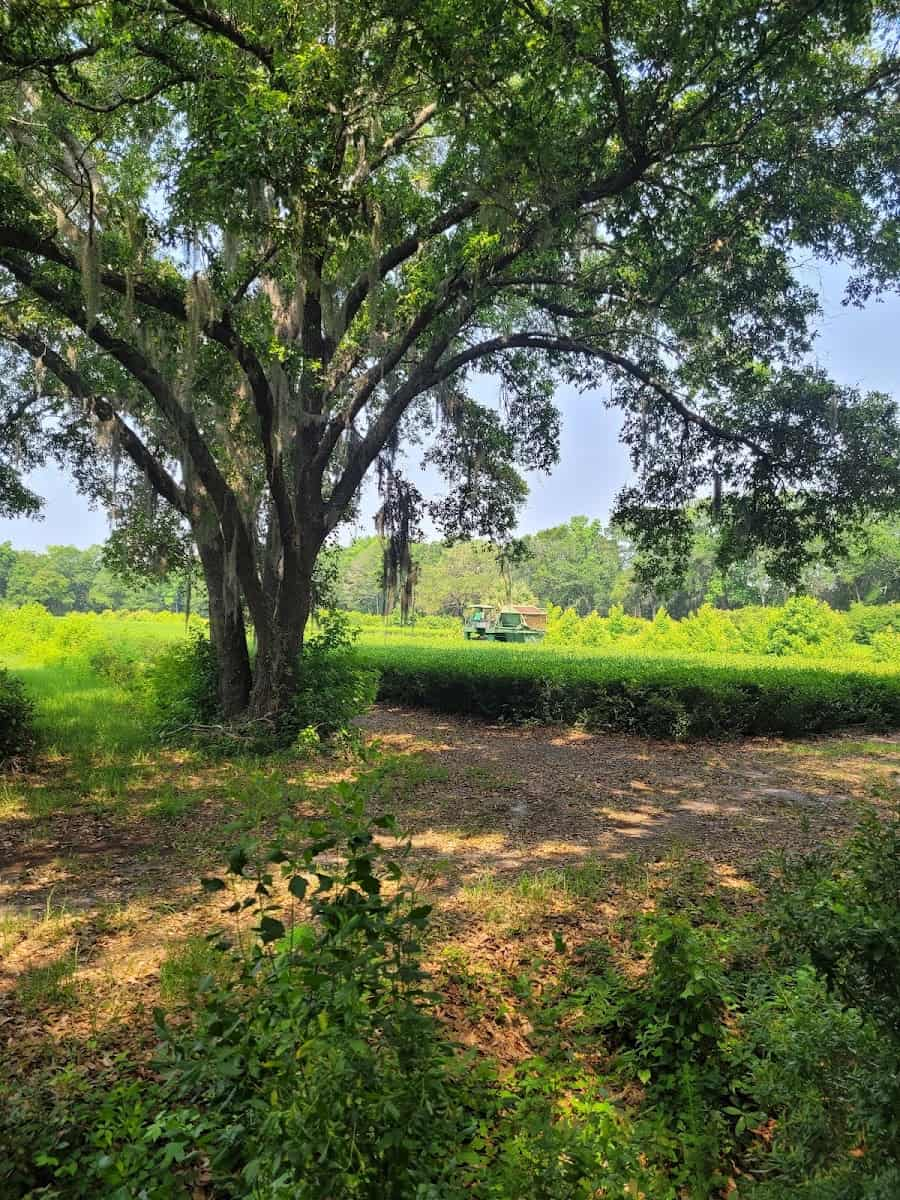
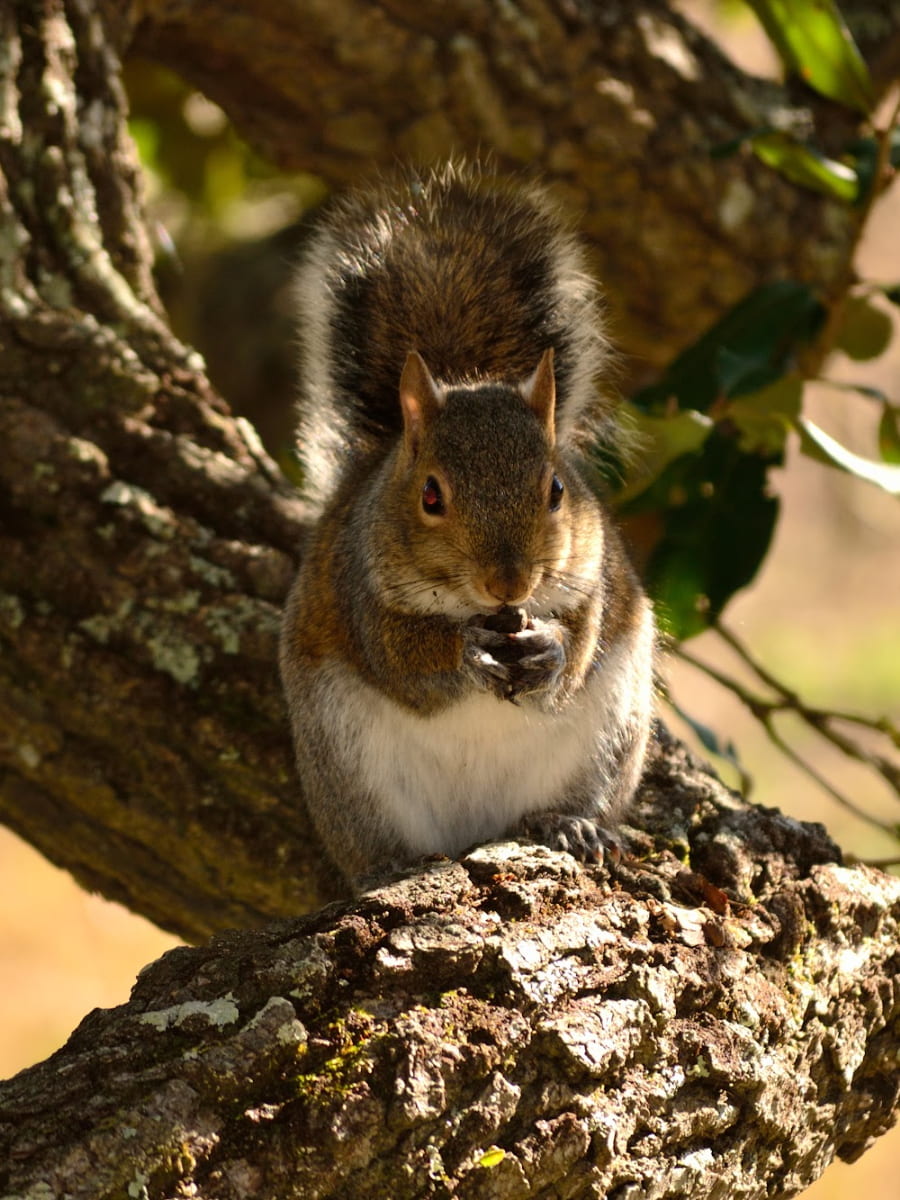
| Tour Option | Price (USD) | Duration | Includes |
|---|---|---|---|
| Factory & trolley tour | $15-20 | 1.5 hours | Tea tastings |
| Combined wine tour | $75-95 | 4-5 hours | Multiple stops |
| Gift shop | Varies | Self-guided | Tea purchases |
Educational experience. The factory tour reveals the complete tea production process from leaf picking through packaging, while knowledgeable guides explain the differences between various tea types and brewing methods. I’ve learned about the challenges of growing tea in South Carolina’s climate and soil conditions compared to traditional tea-growing regions. Visitors can purchase freshly packaged teas, including the signature American Classic blend, directly from the plantation store.
Scenic location. The plantation’s rural Wadmalaw Island setting provides peaceful countryside views with Spanish moss-draped live oaks framing the tea fields and farm buildings. I often combine tea plantation visits with stops at nearby Deep Water Vineyard for wine tastings and Angel Oak Tree viewing. The drive to the plantation takes visitors through Johns Island’s scenic back roads, showcasing the agricultural heritage that continues thriving in Charleston County. Group tours often include transportation from downtown Charleston, making this unique agricultural experience accessible without requiring personal vehicles for navigation through rural island roads.
⭐️ Best Activities
- Luxury Tea Plantation and Winery Tour – Premium tour combining Charleston Tea Plantation and Deep Water Vineyard with luxury transportation and guided tastings of local wines and teas.
FAQ
How long do Charleston walking tours last?
Most Charleston walking tours last about 2 hours and cover approximately 1.5 to 2 miles, depending on the specific tour route. Private tours typically extend to 2.5 hours, allowing for more detailed exploration of historic sites. The tours move at a comfortable pace with plenty of opportunities to stop for photos, making them accessible for most fitness levels while exploring the area of charleston.
Where should I go shopping on king street?
Shopping along king street offers three distinct experiences: Upper King features local boutiques and artisan shops, Middle King showcases fashion and antiques, while Lower King provides luxury shopping in historic buildings. Blue Bicycle Books and George C. Birlant & Co. represent quintessential Charleston shopping experiences. The proximity to Marion Square and the historic charleston city market makes shopping on king street a perfect way to explore downtown.
What can I see in the old village area?
The old village in Mount Pleasant features charming streets like palm boulevard with local shops, restaurants, and waterfront views. The aiken-rhett house downtown showcases preserved antebellum architecture and provides insights into 19th-century Charleston life. Both locations offer authentic glimpses into Charleston’s residential heritage beyond the main tourist corridors.
